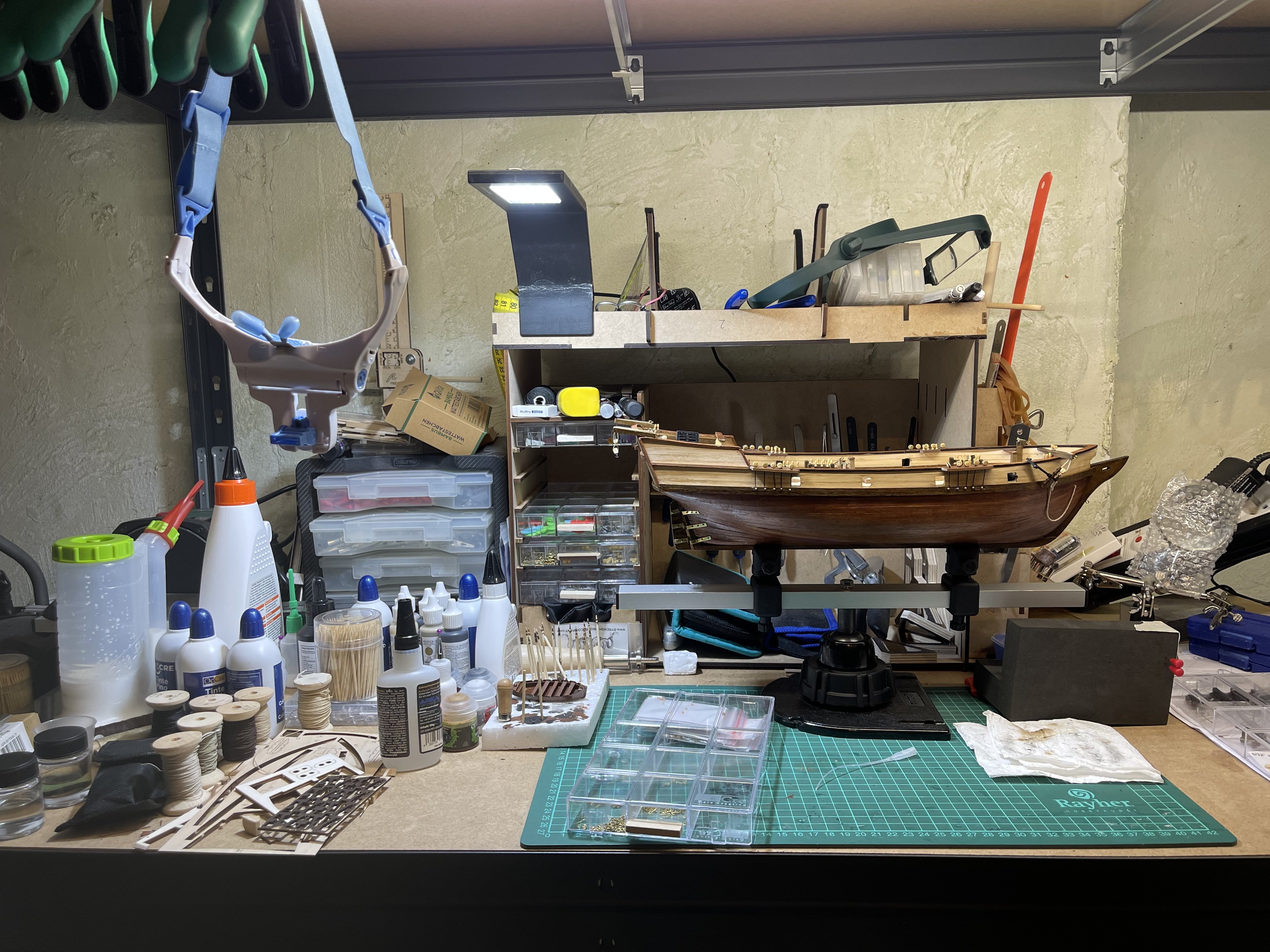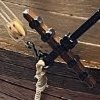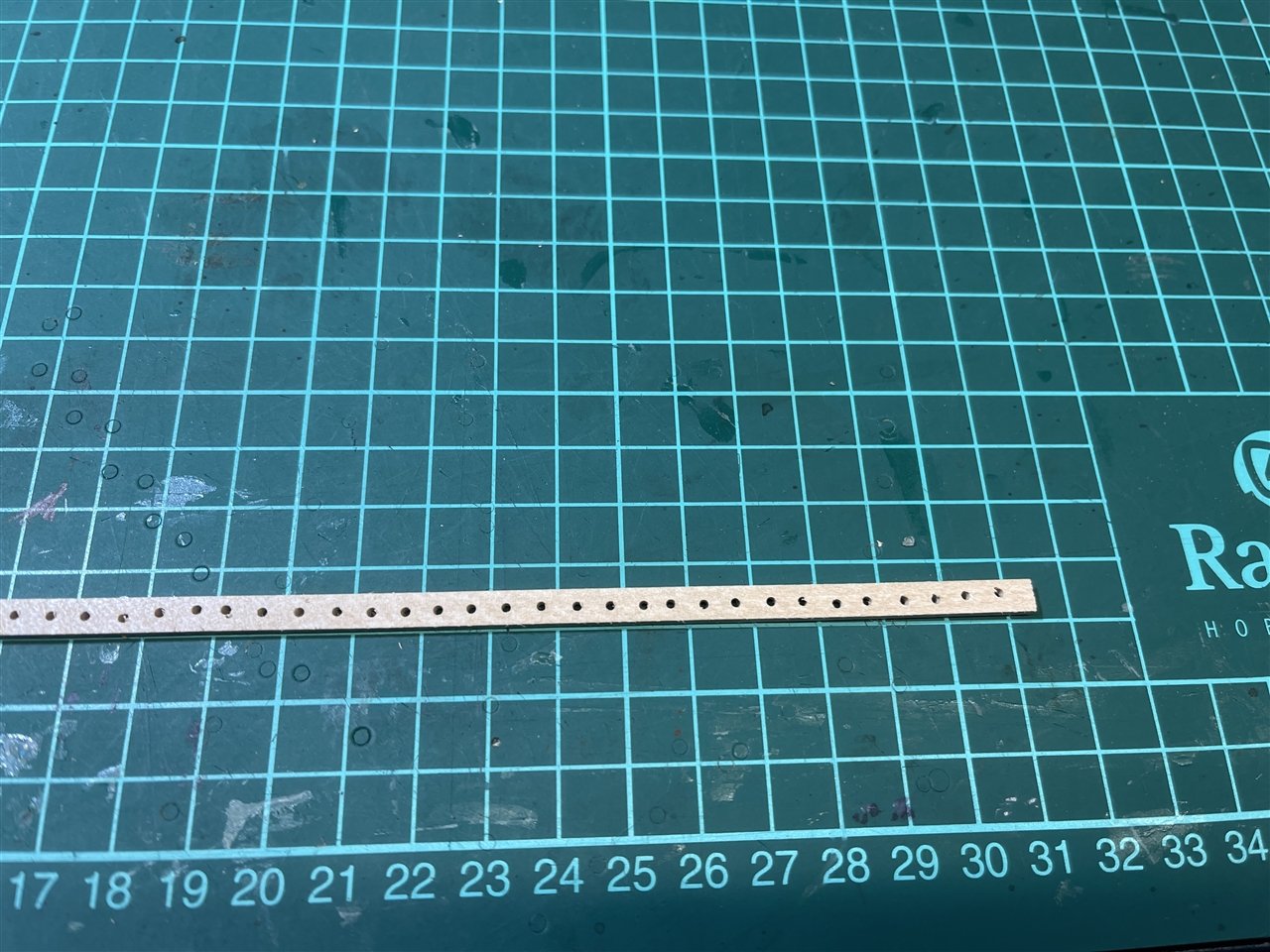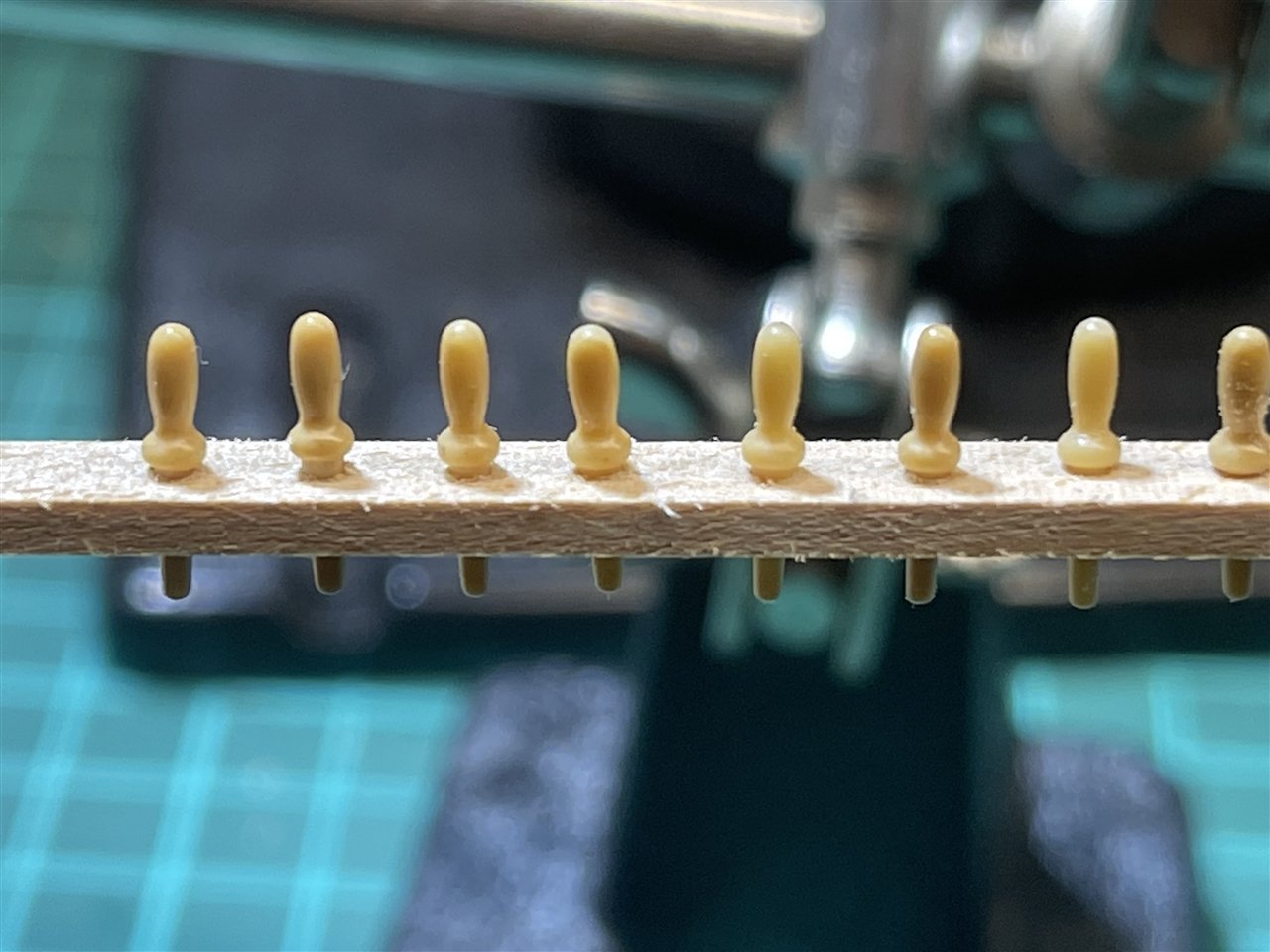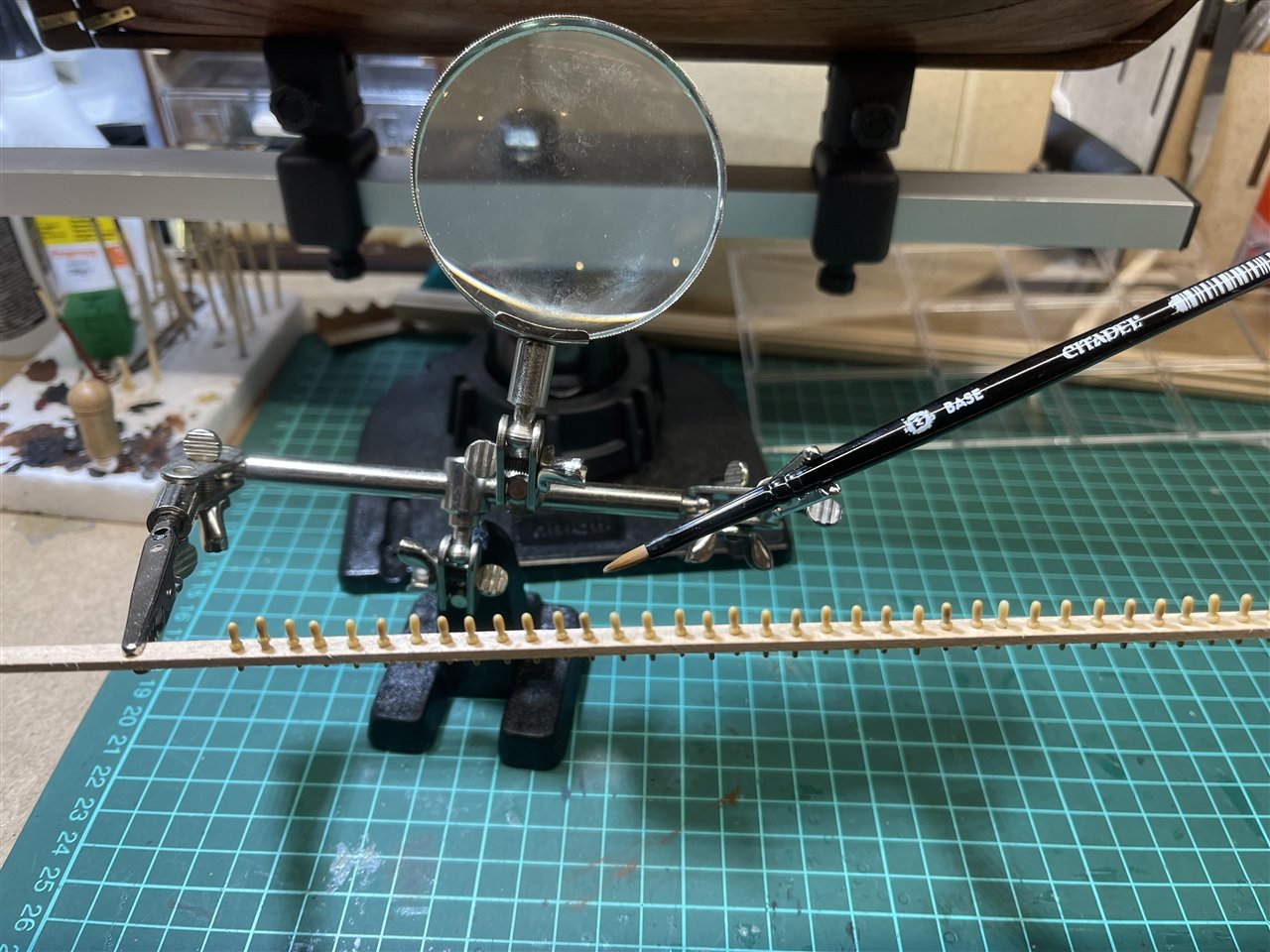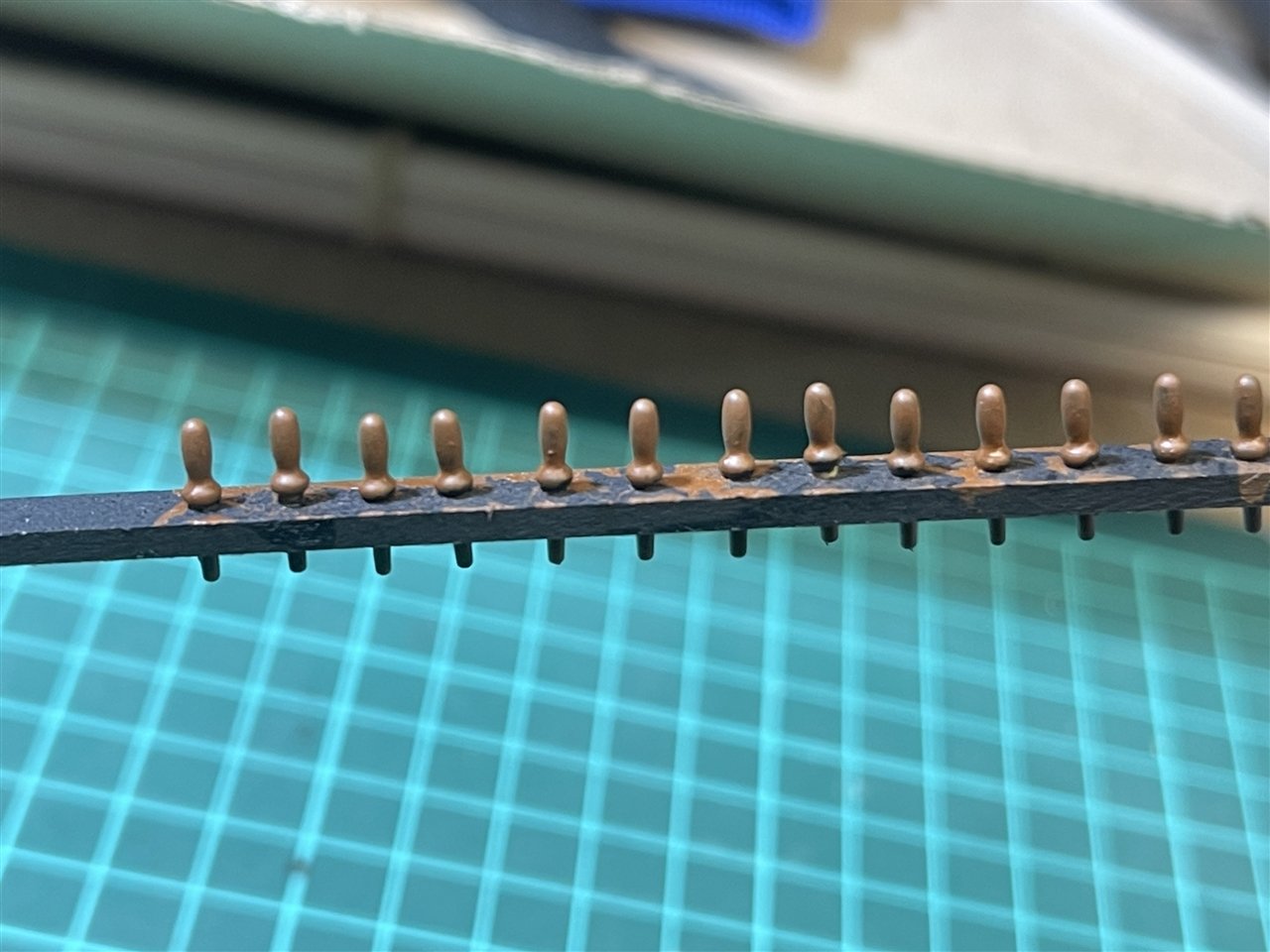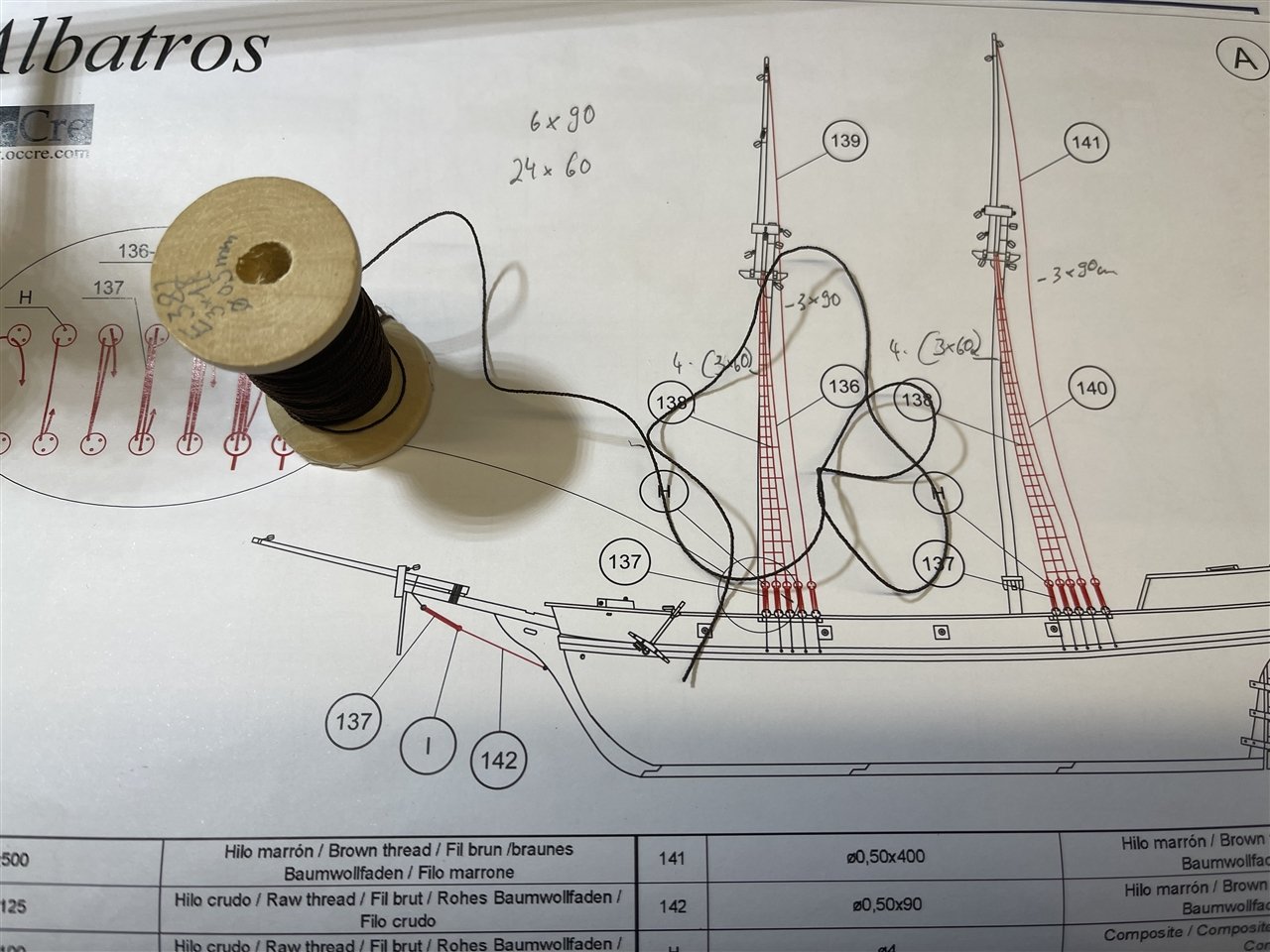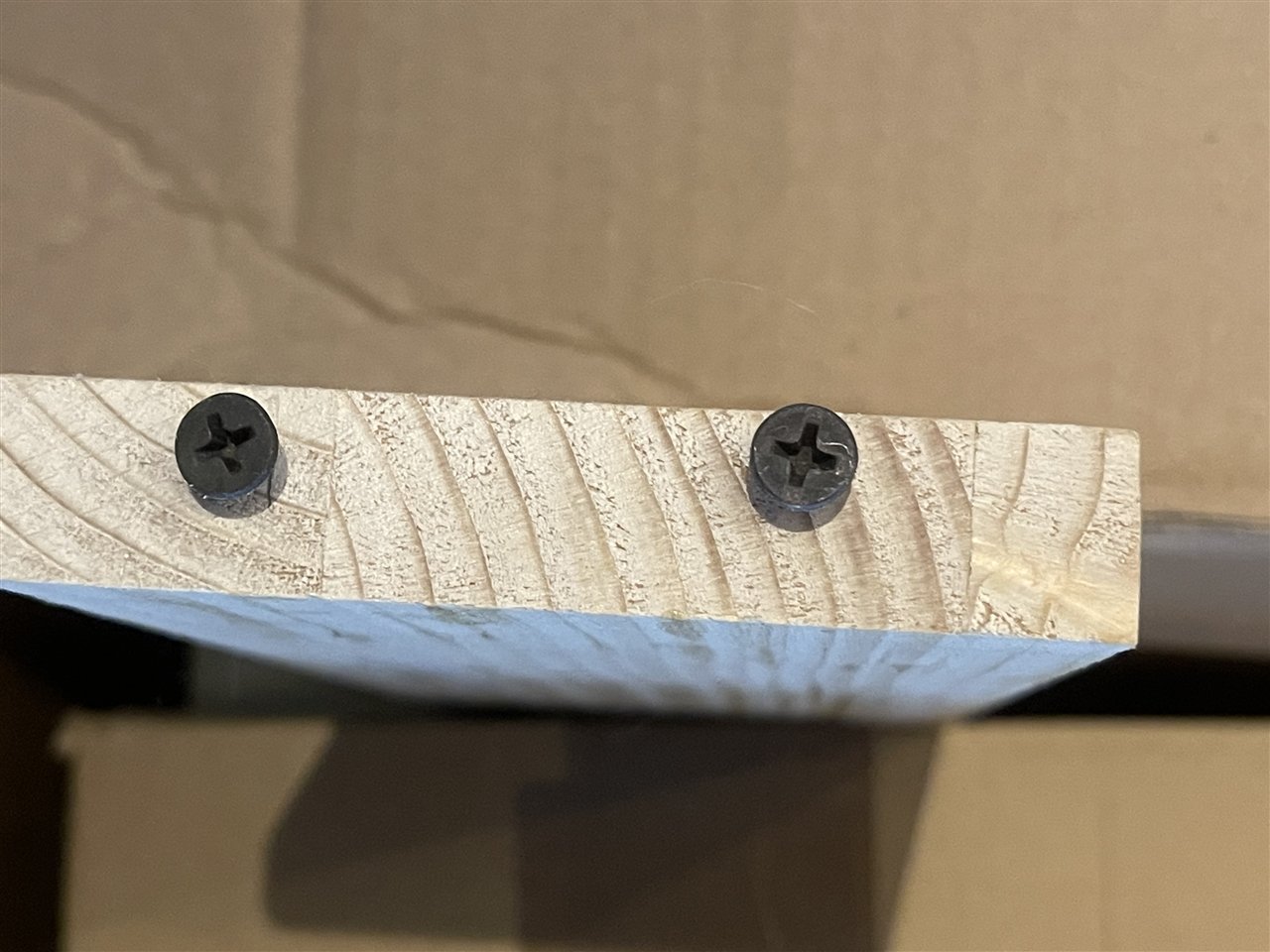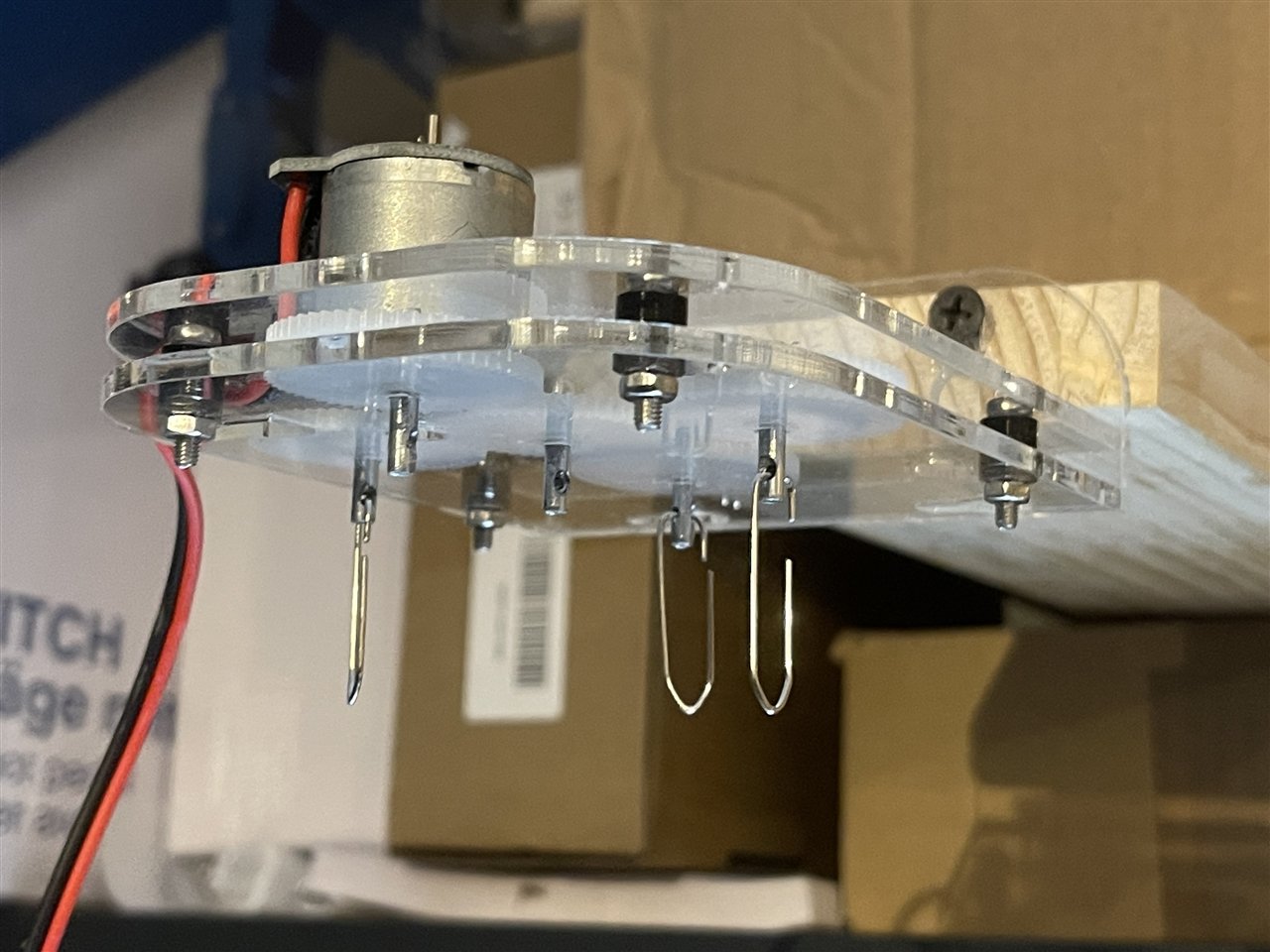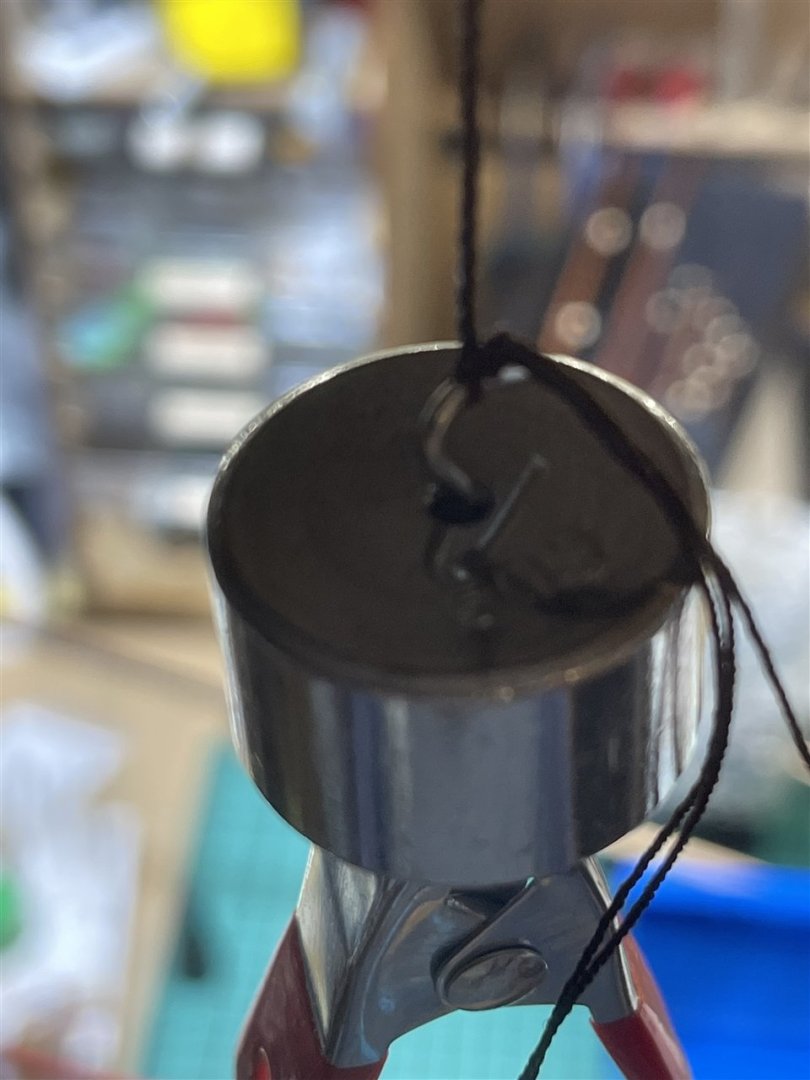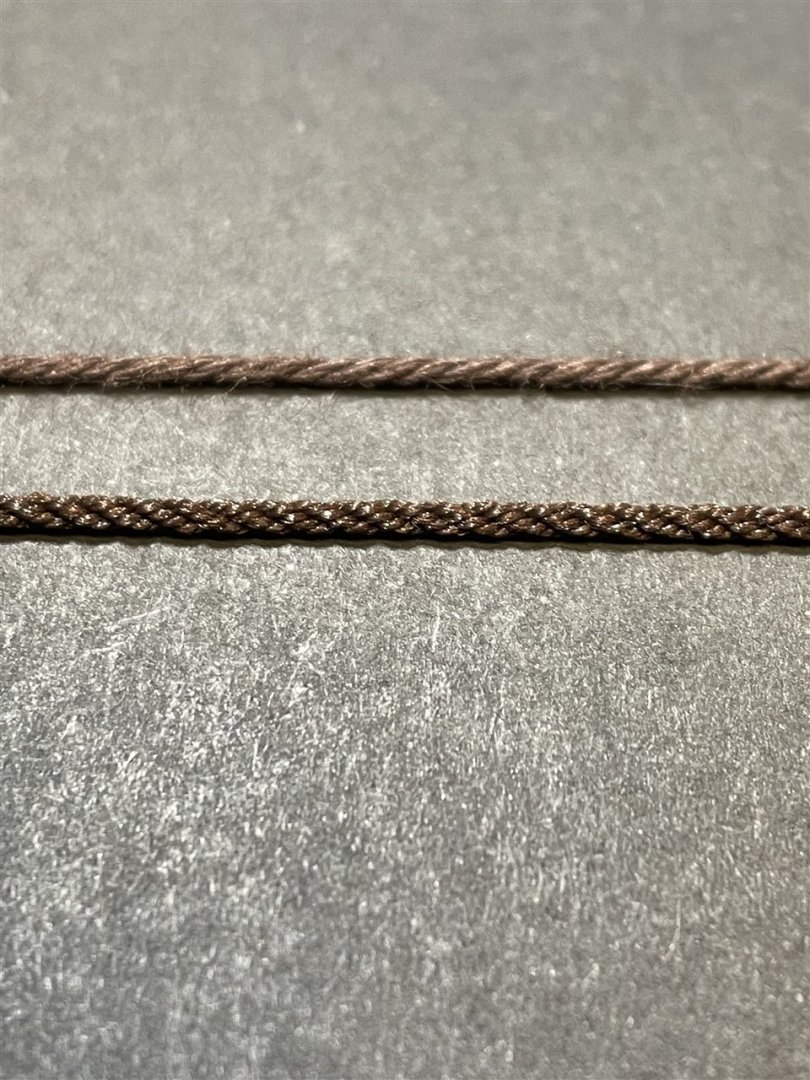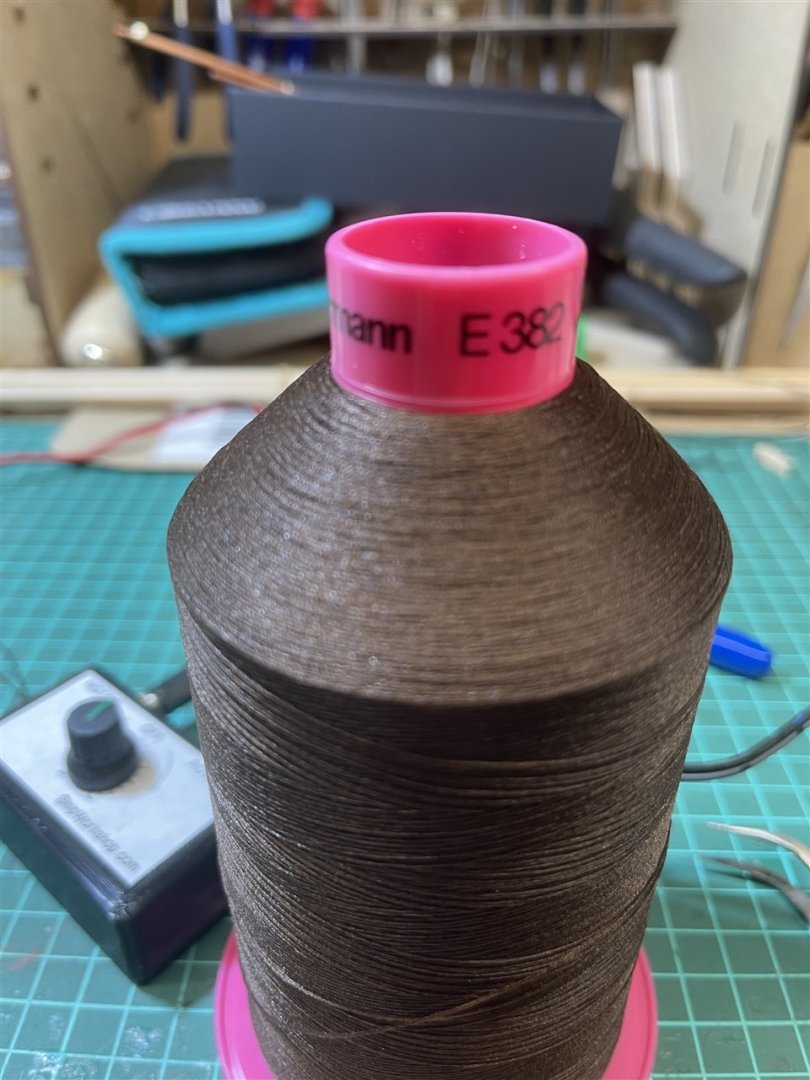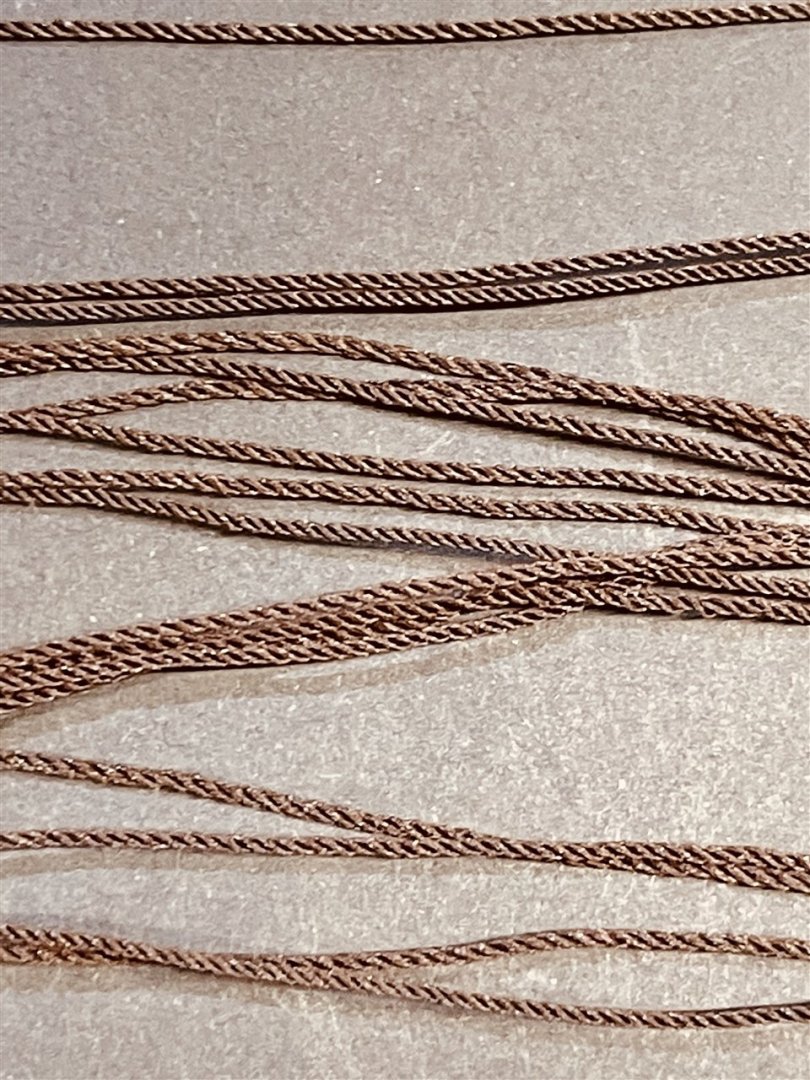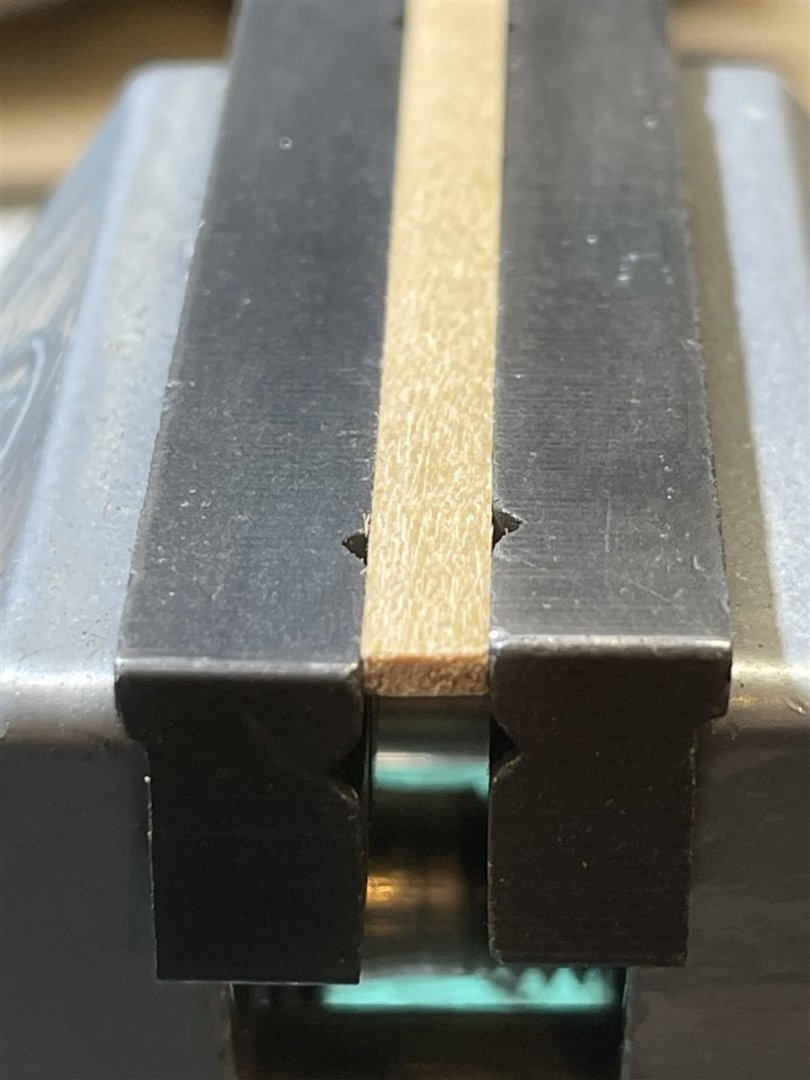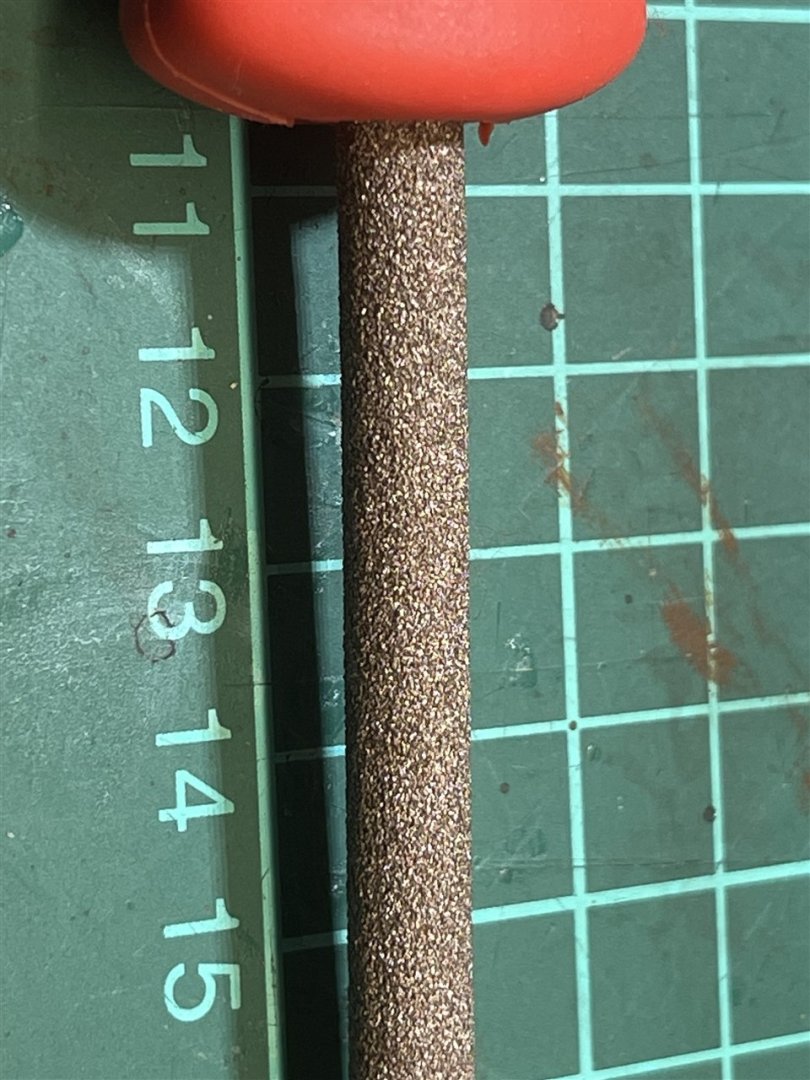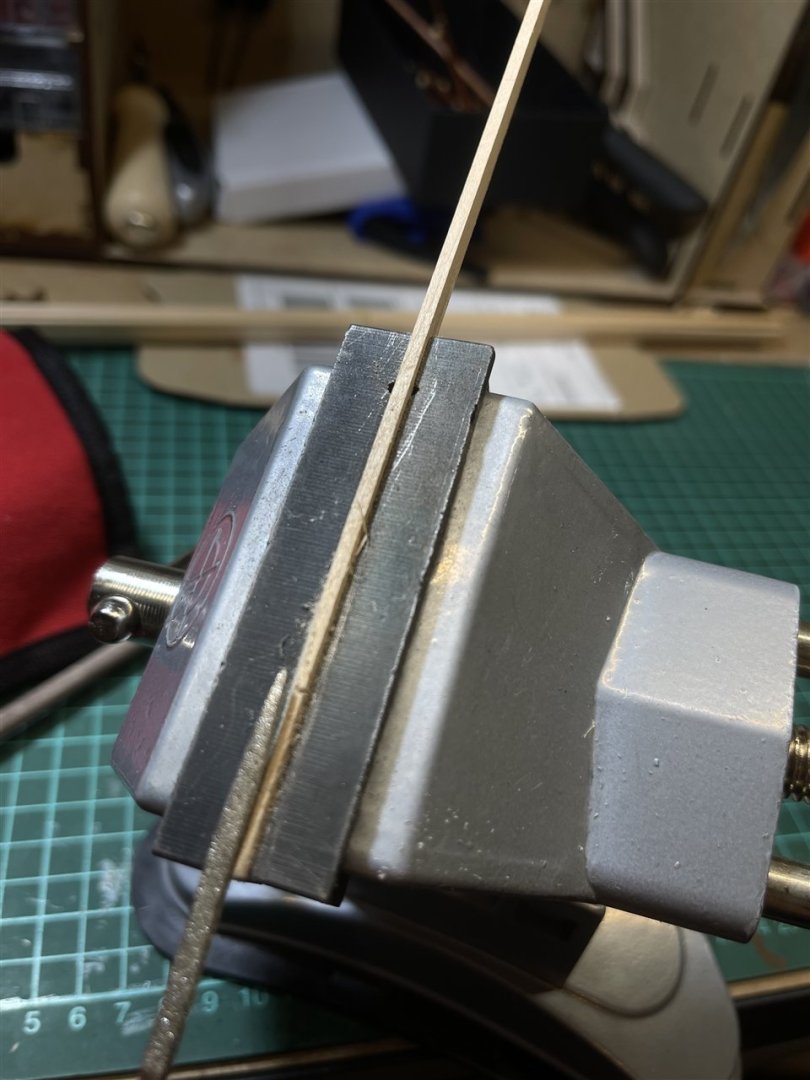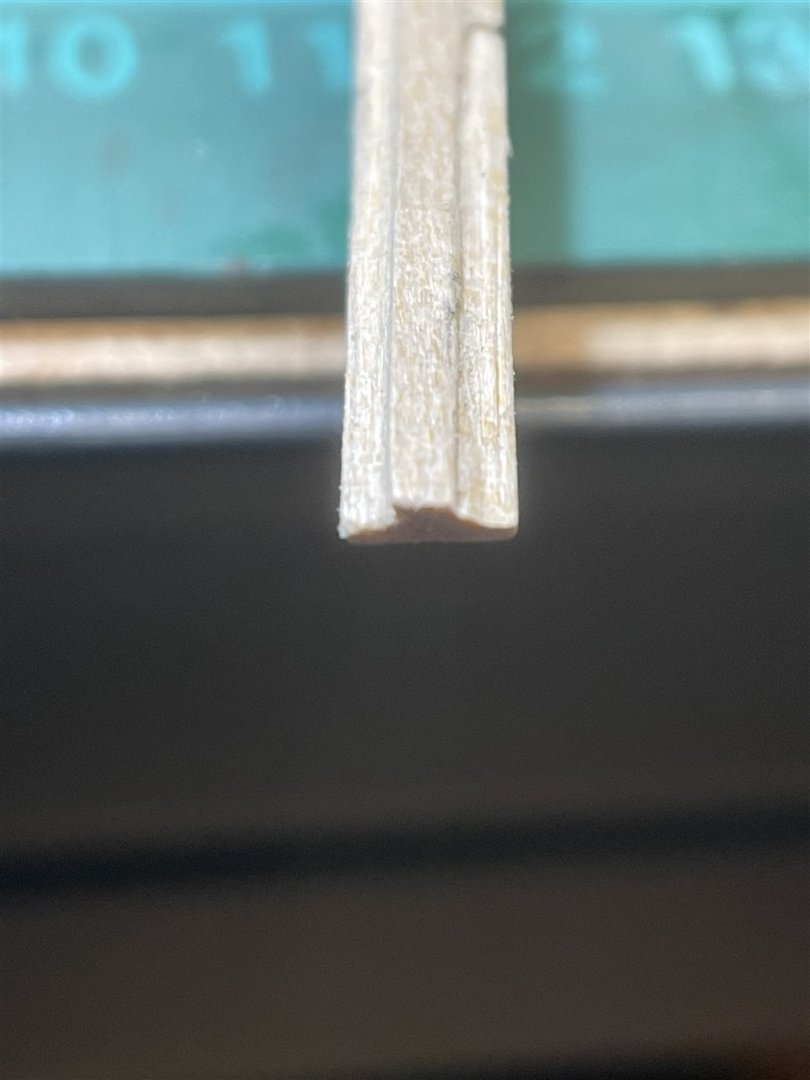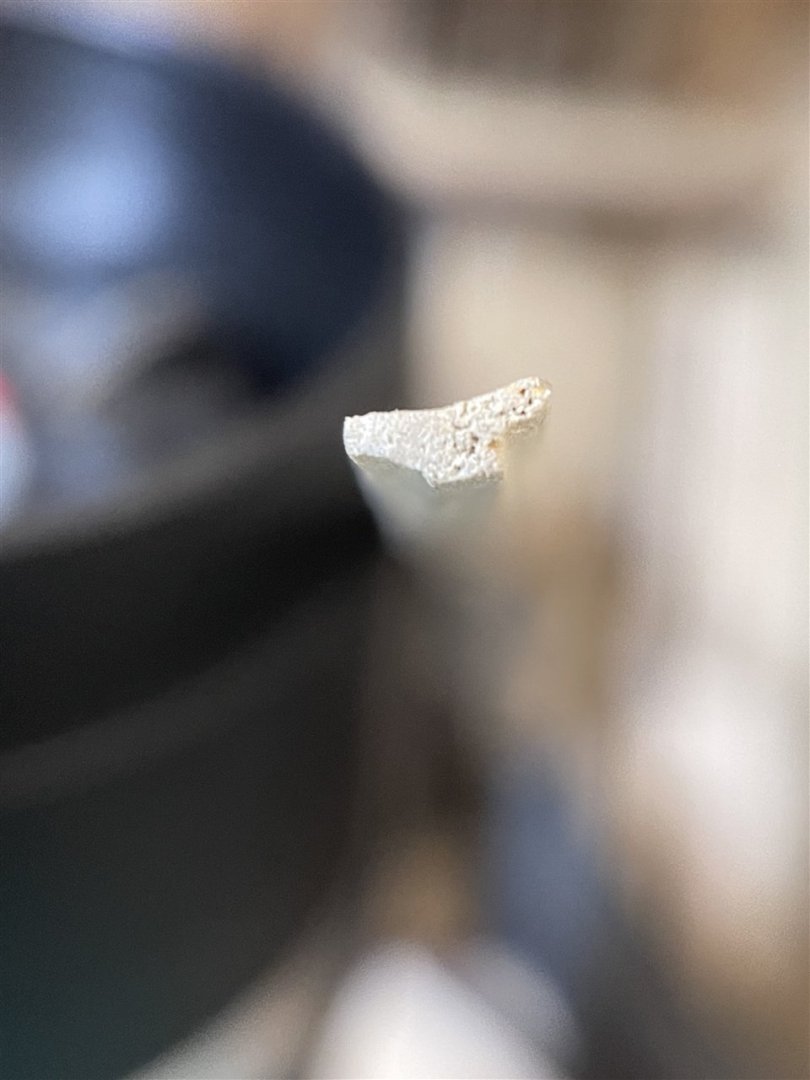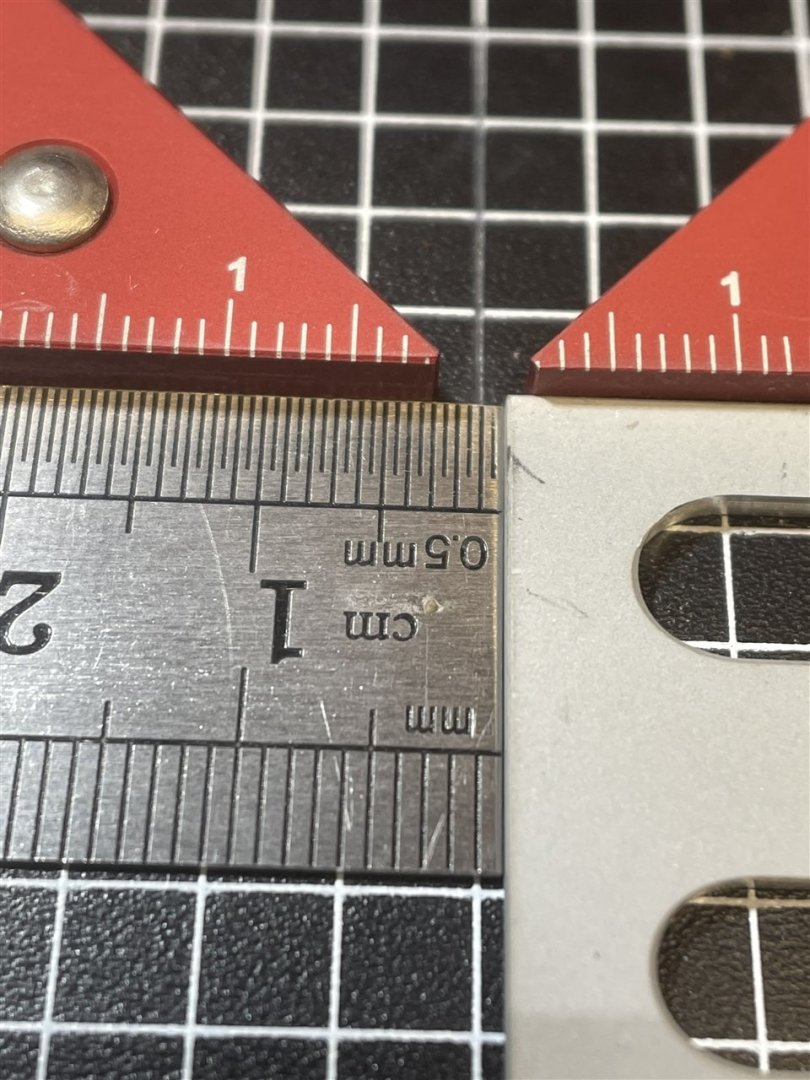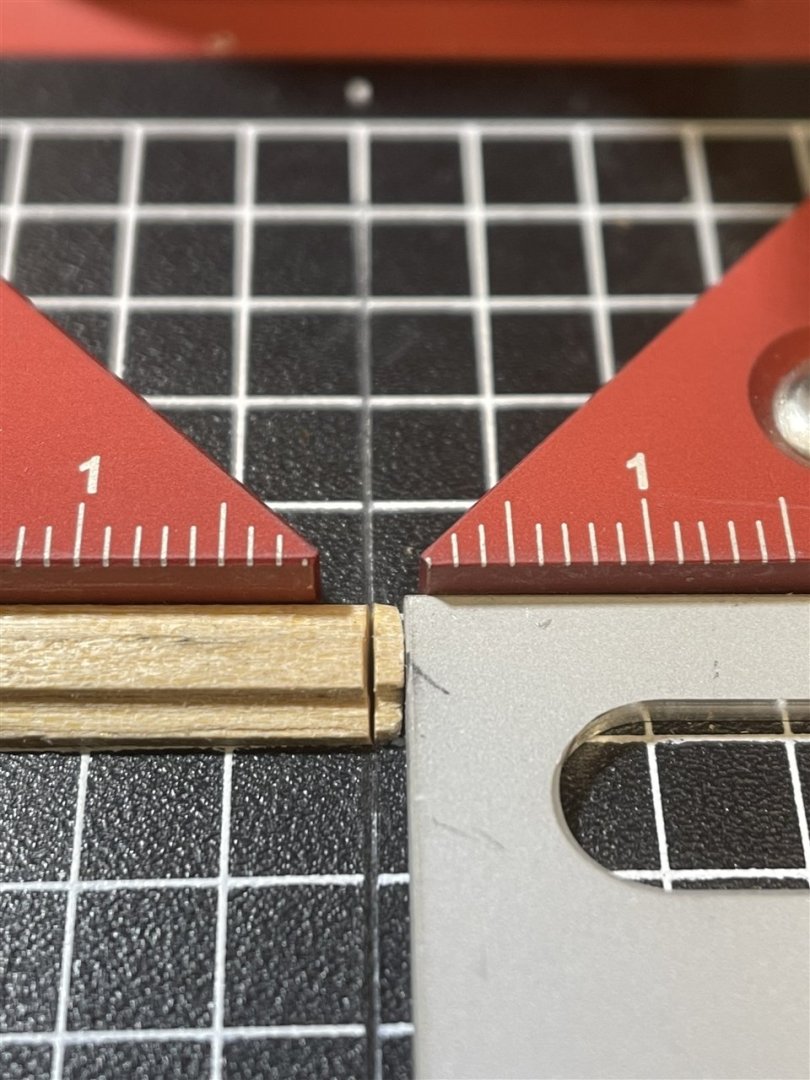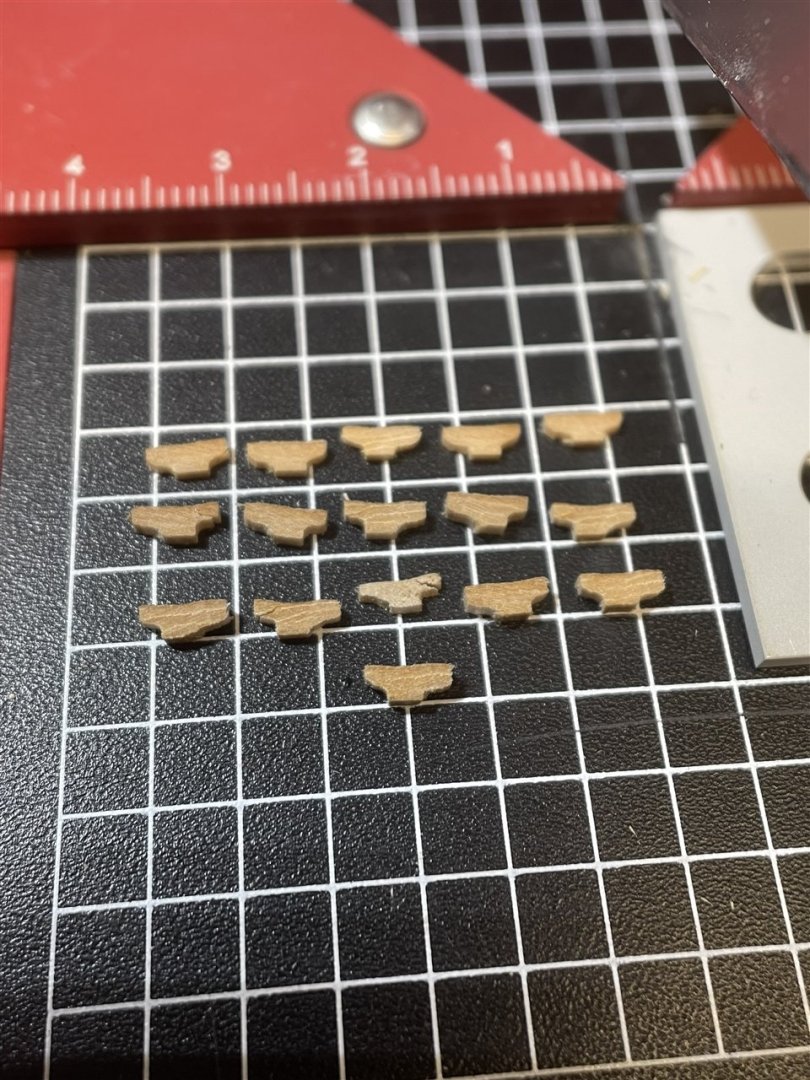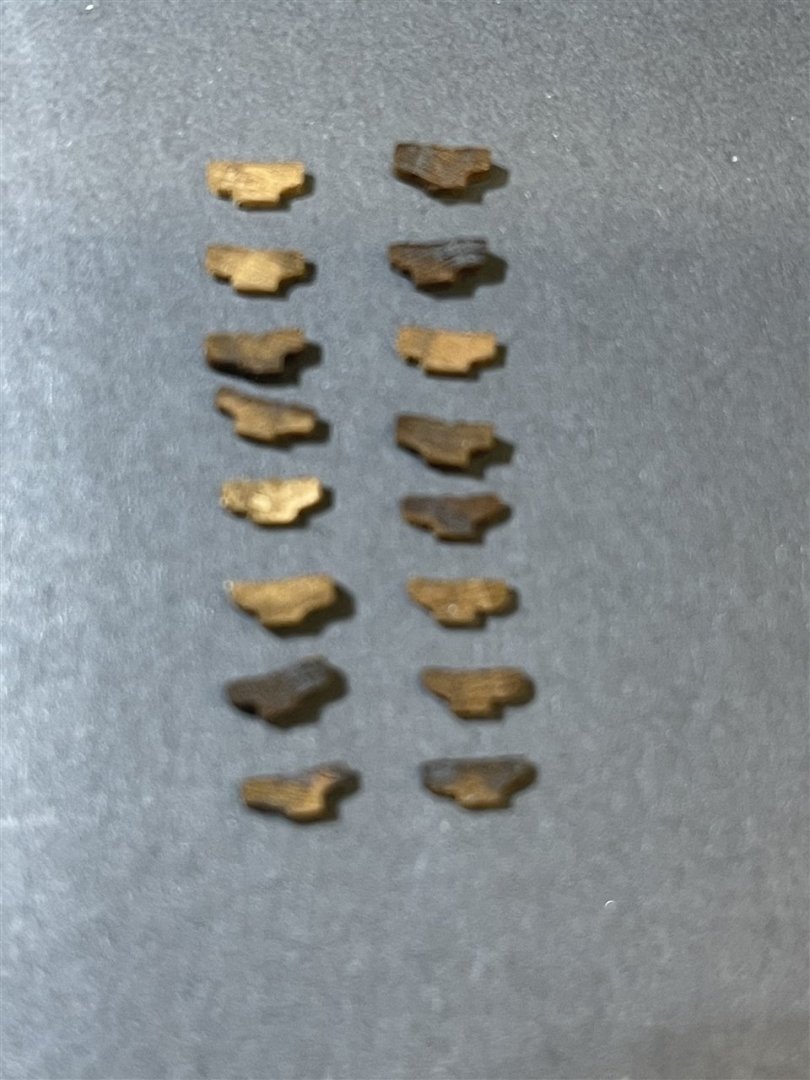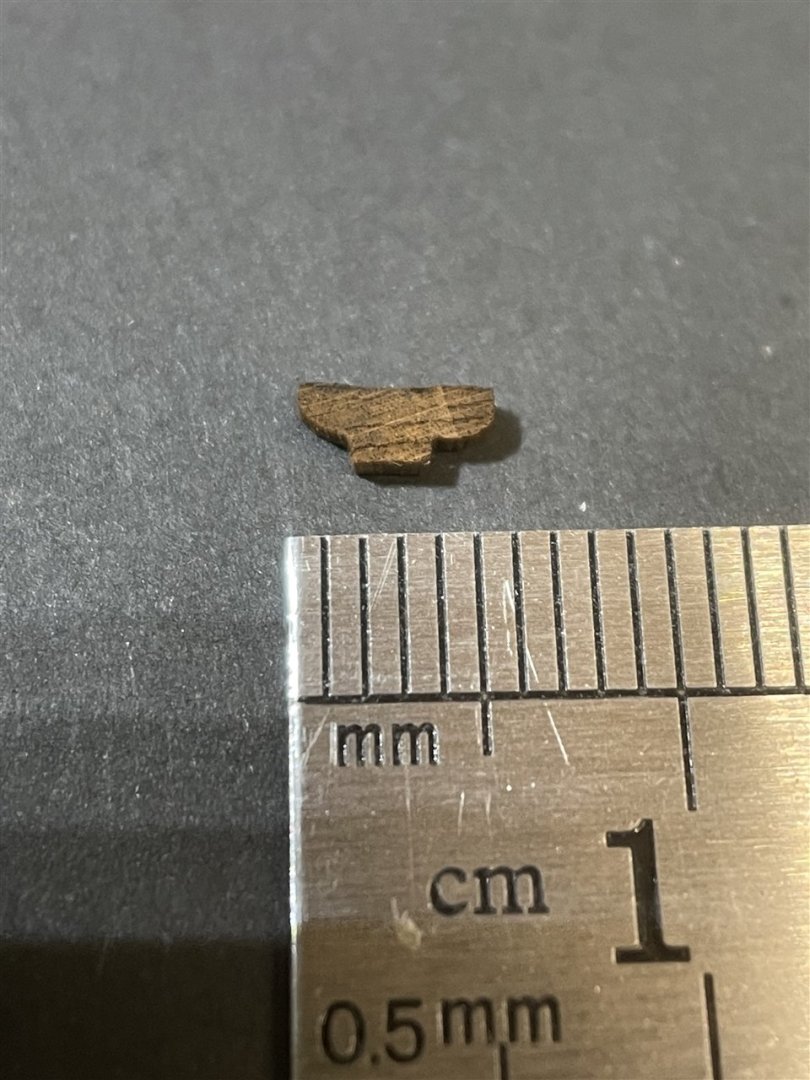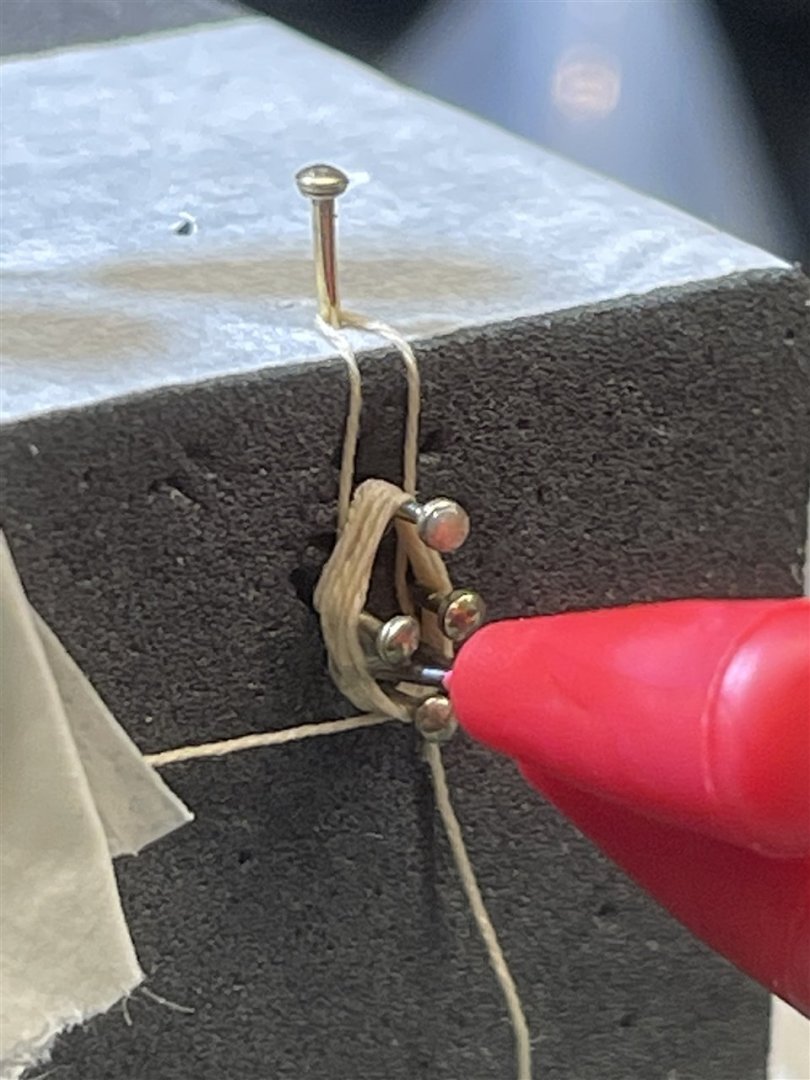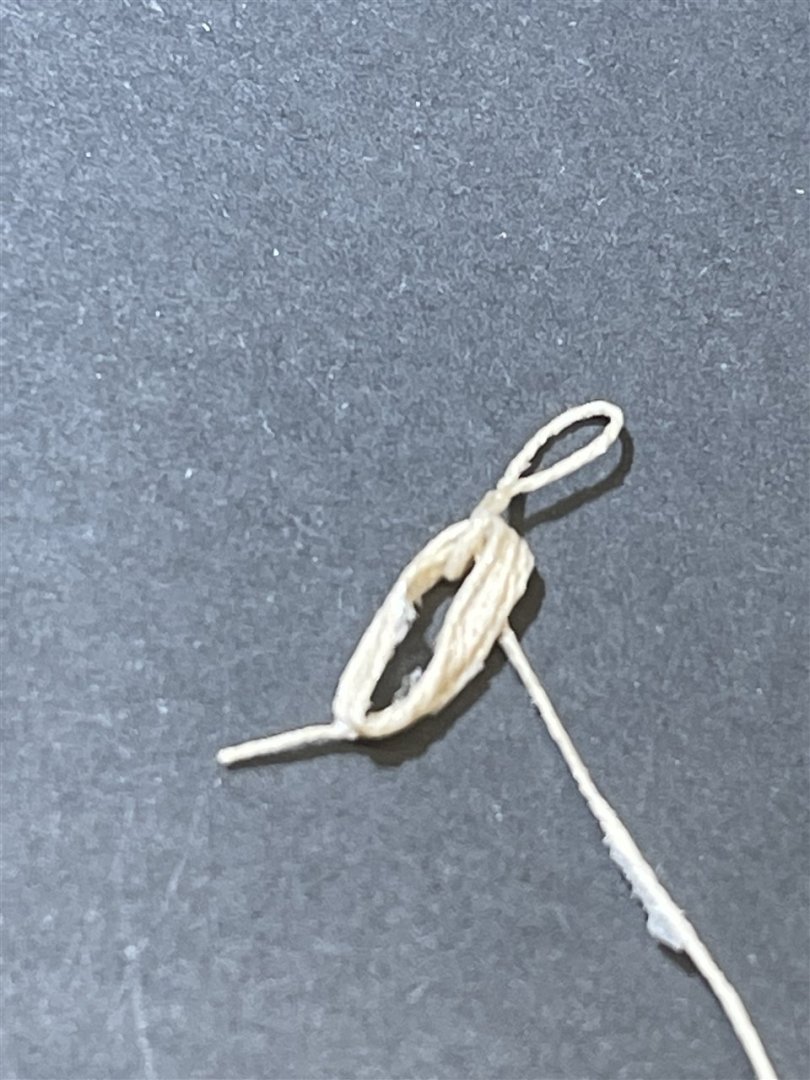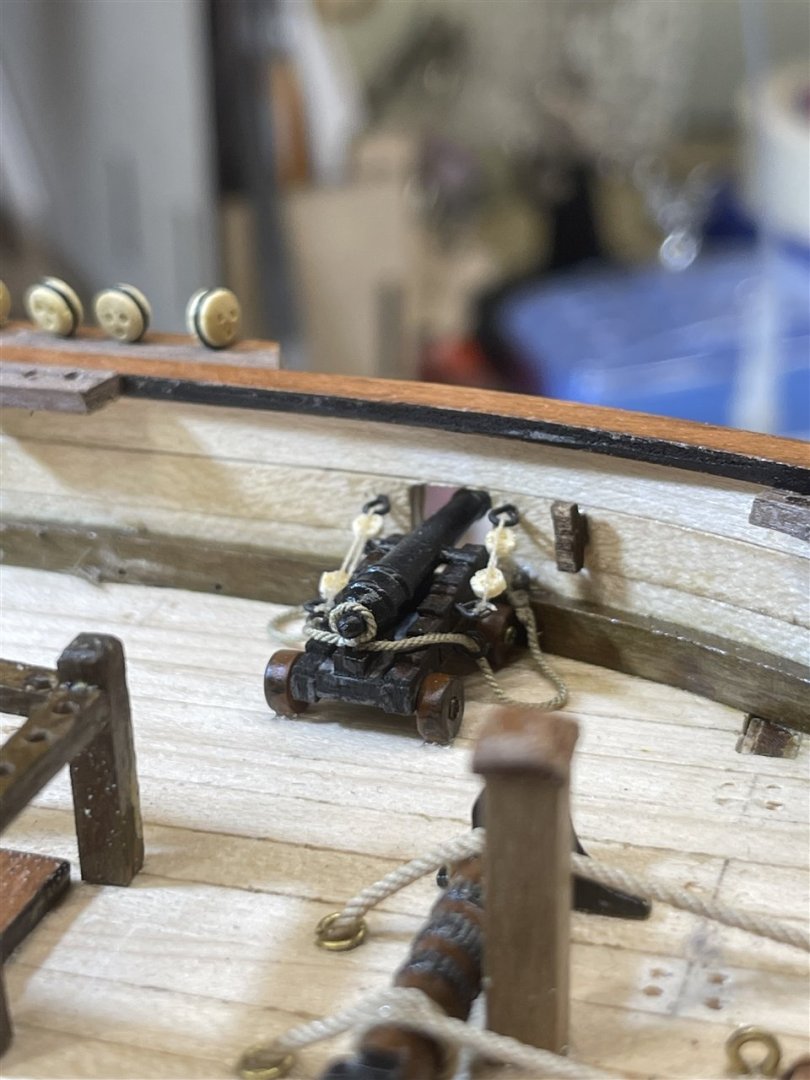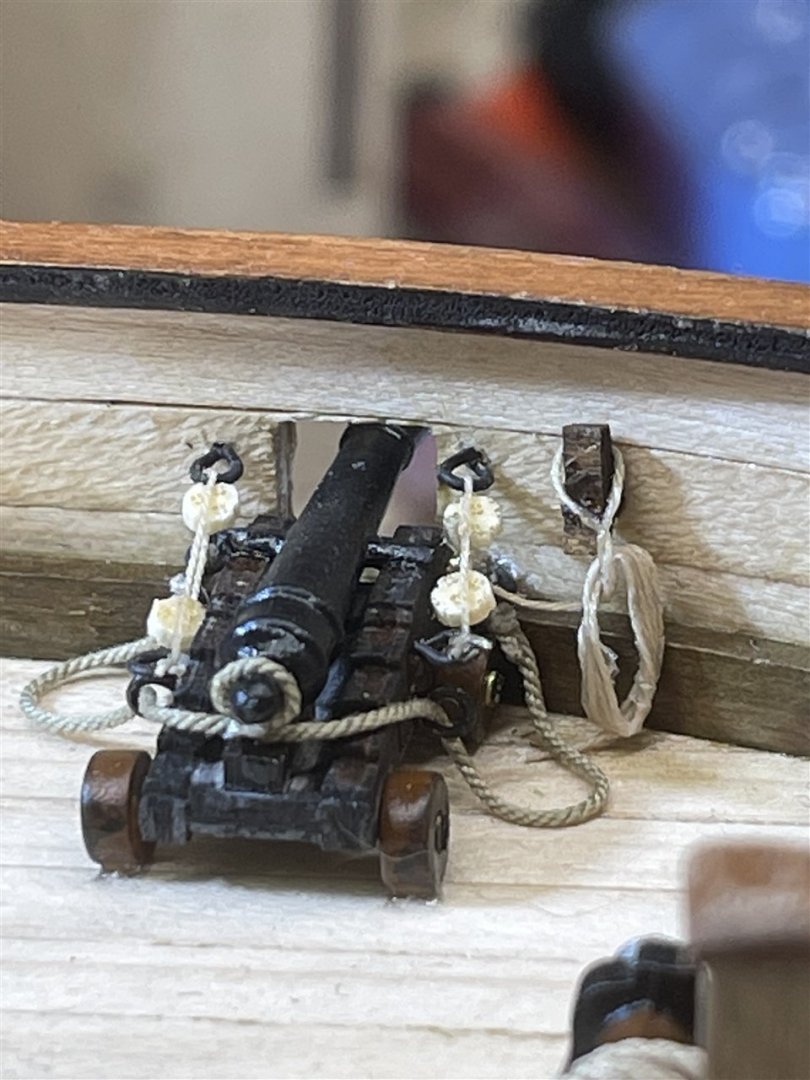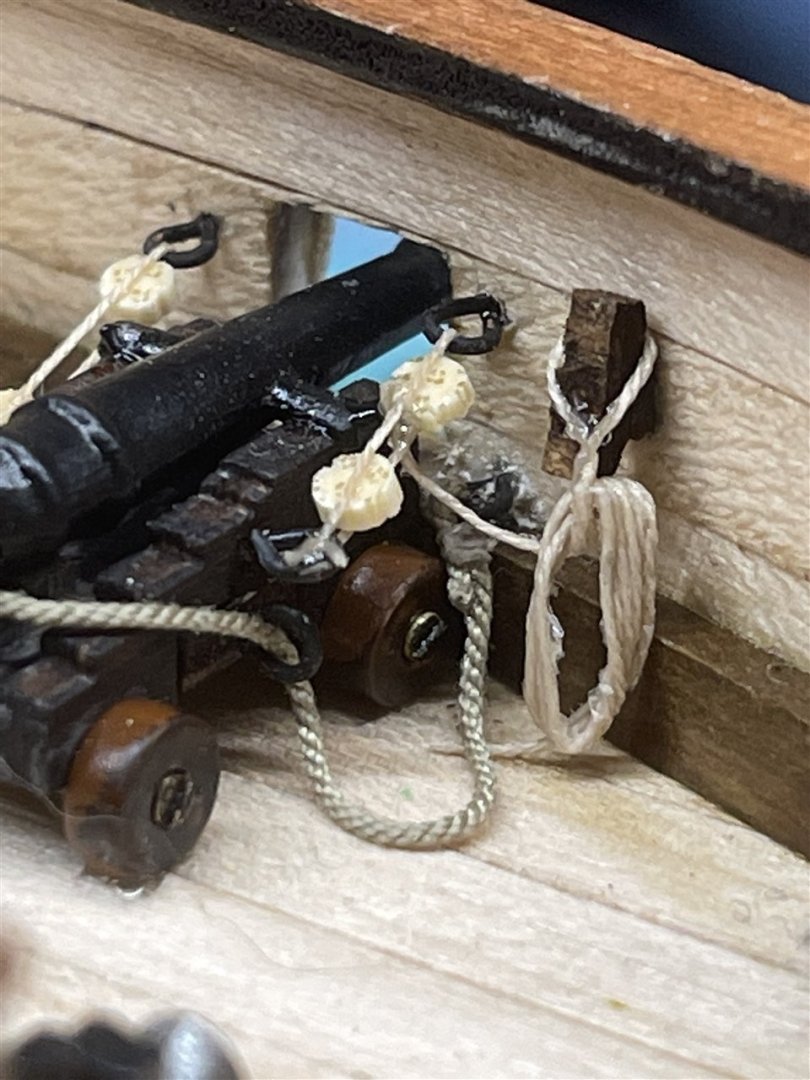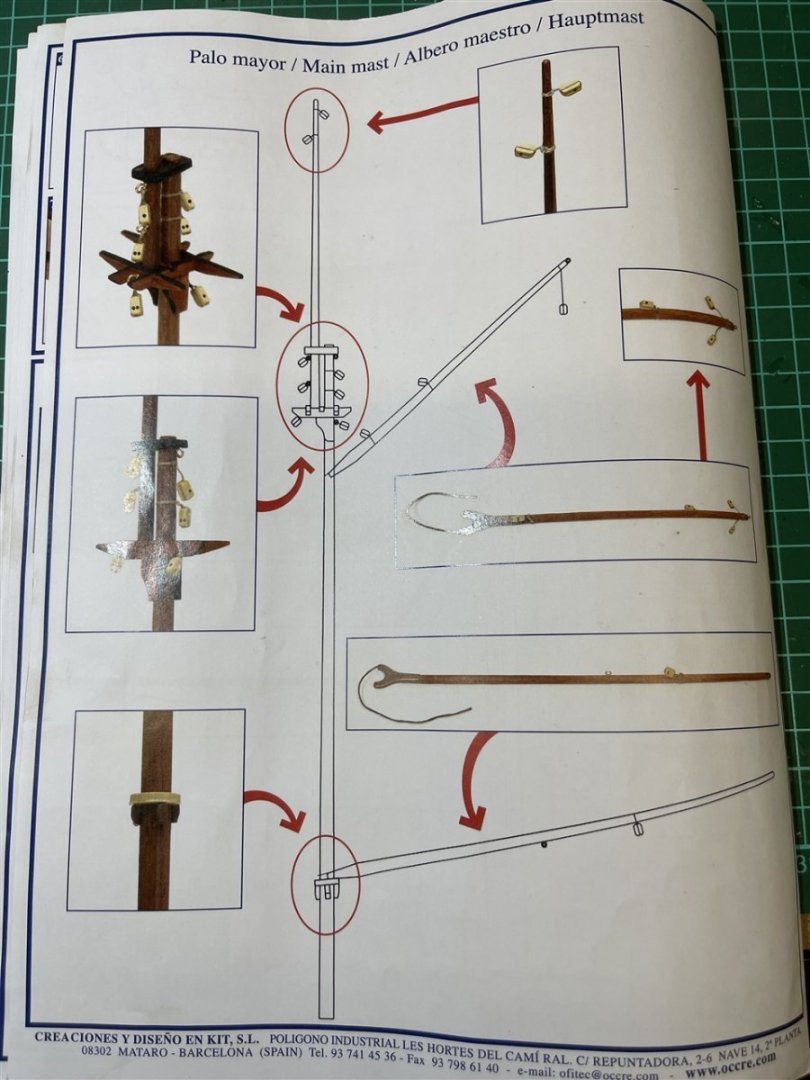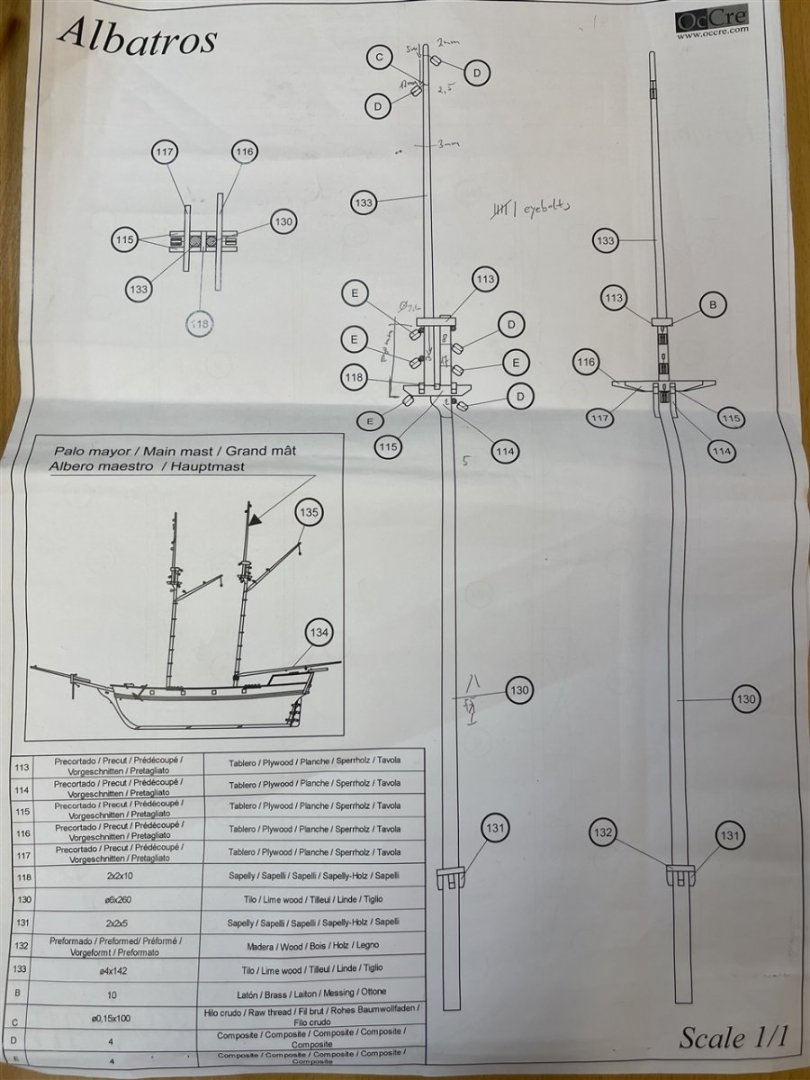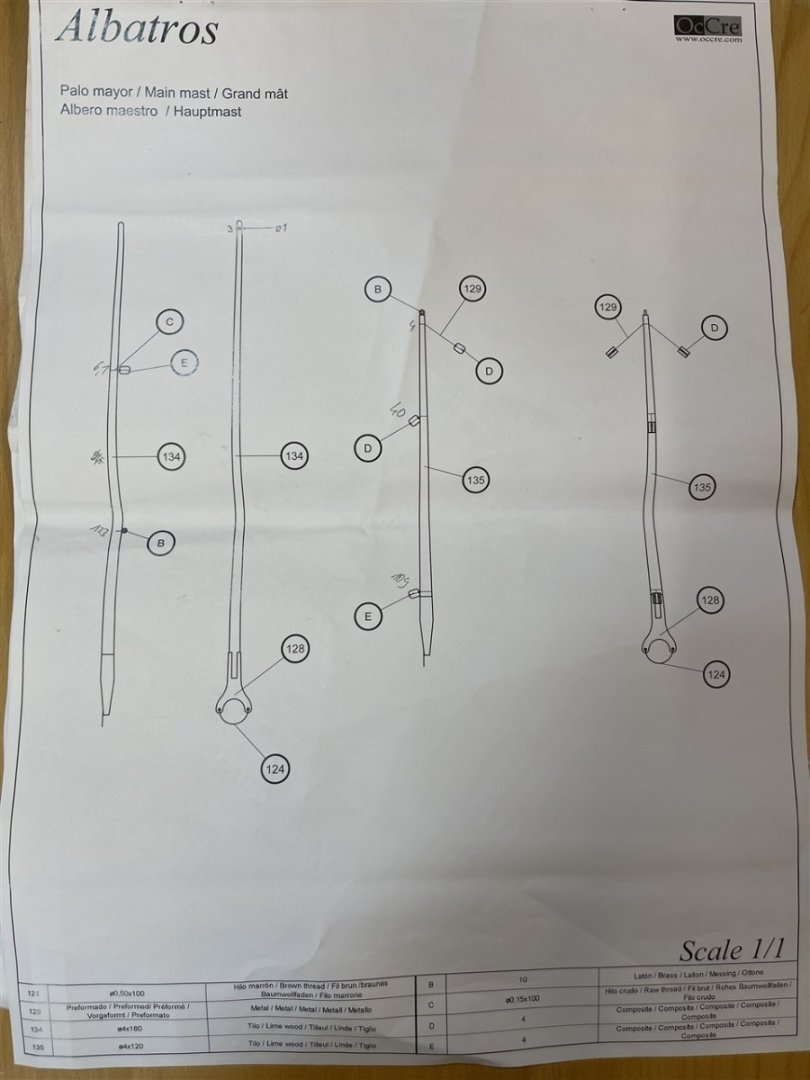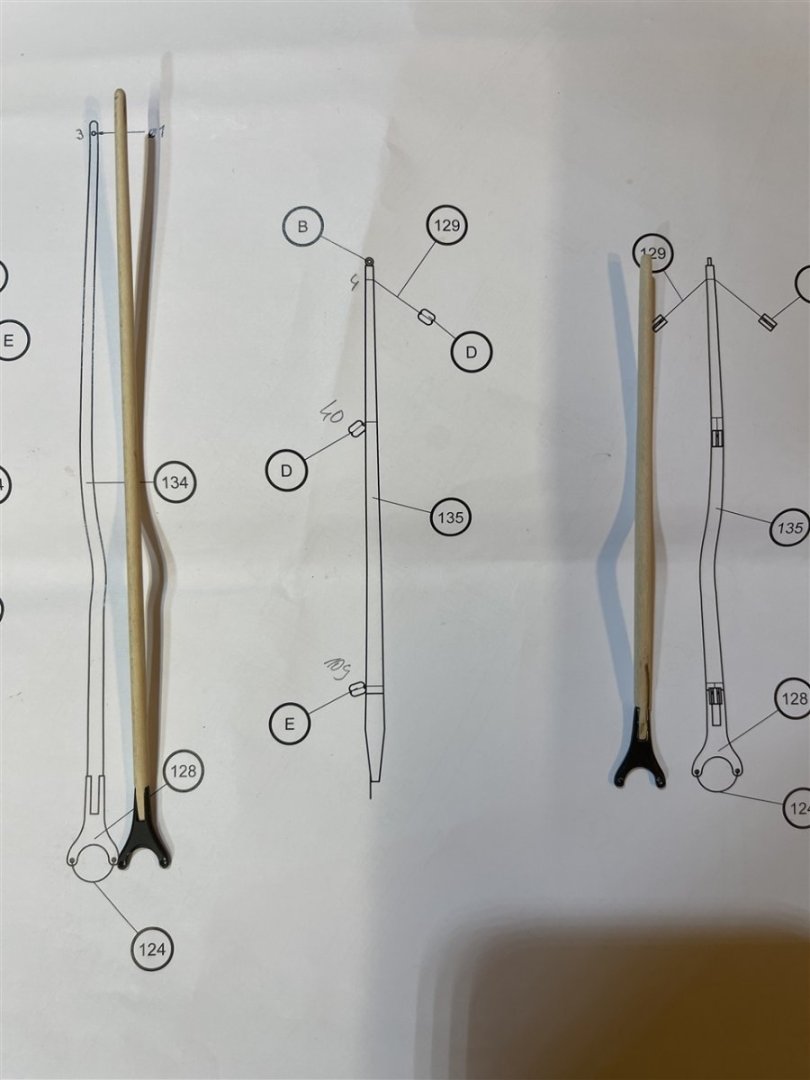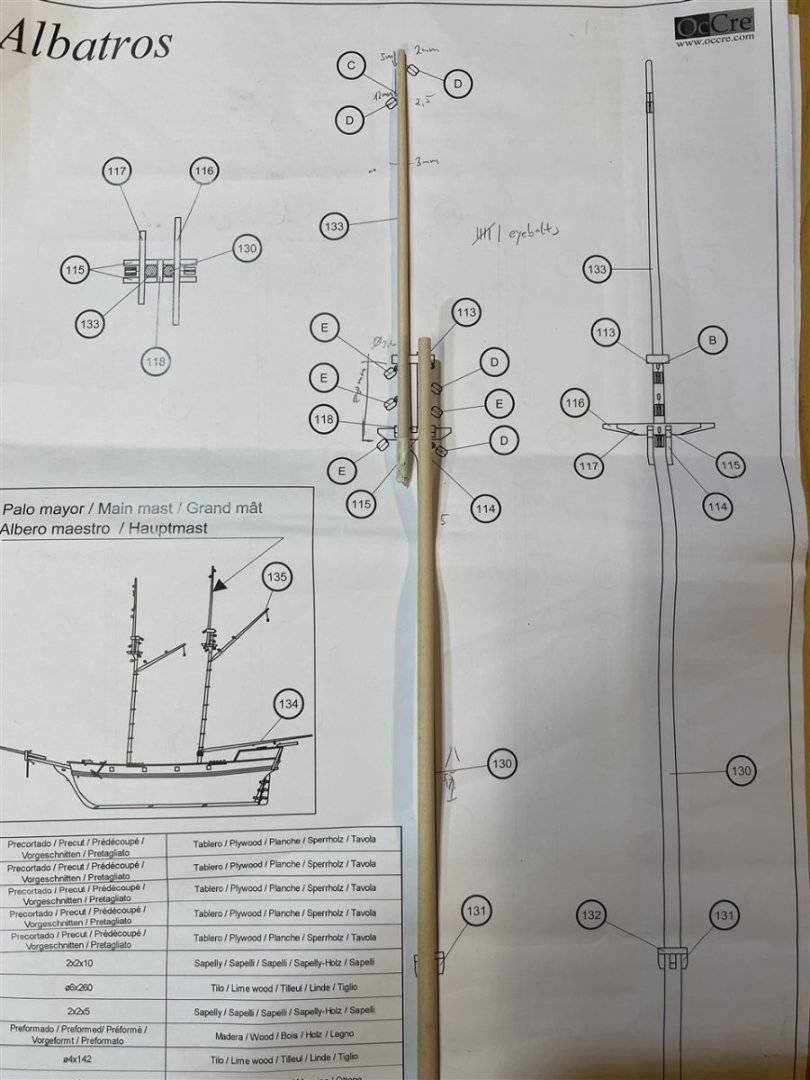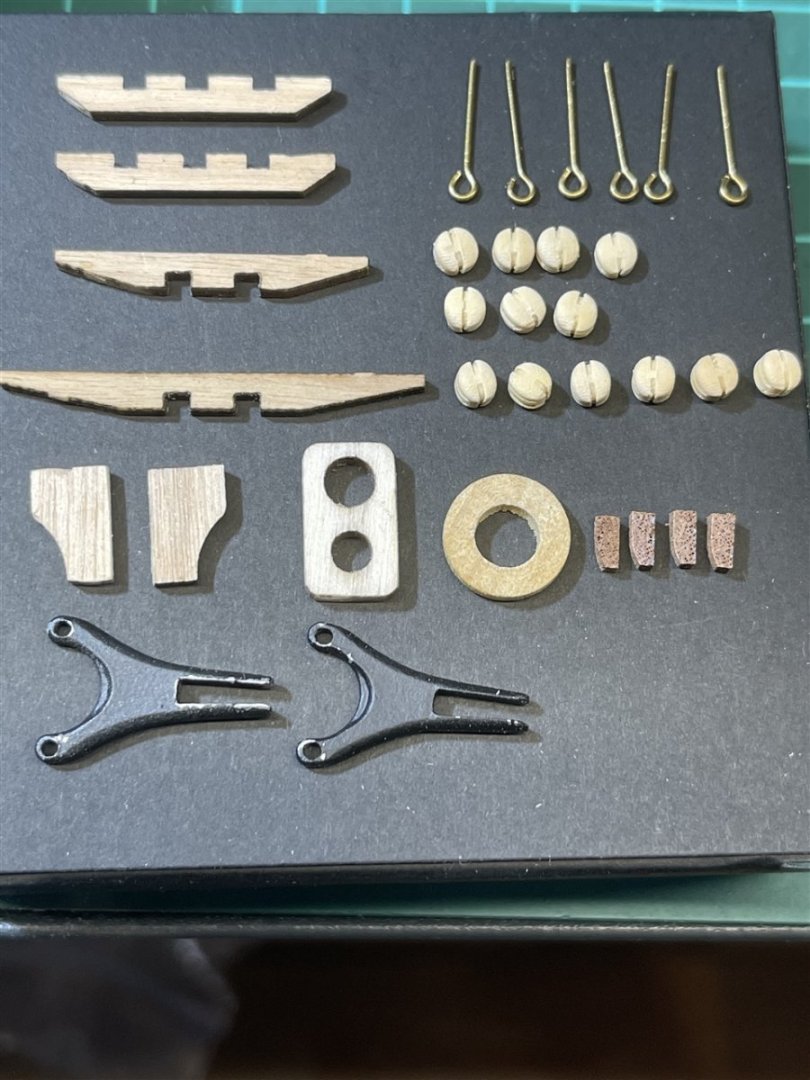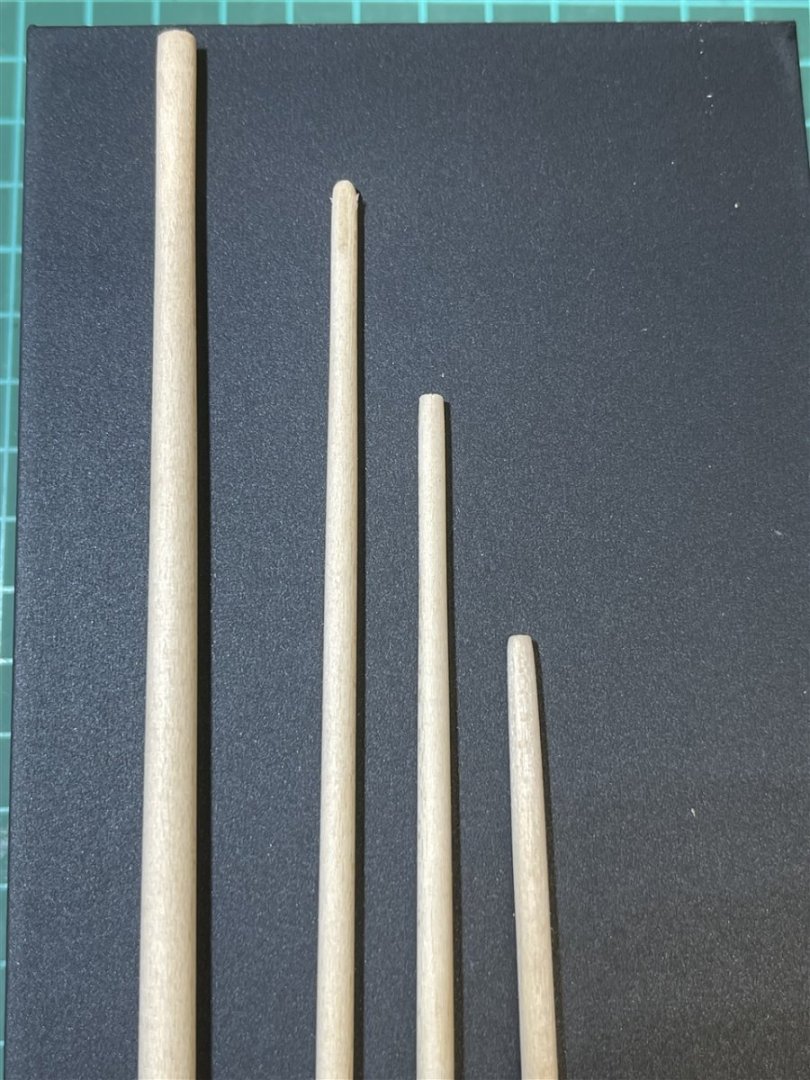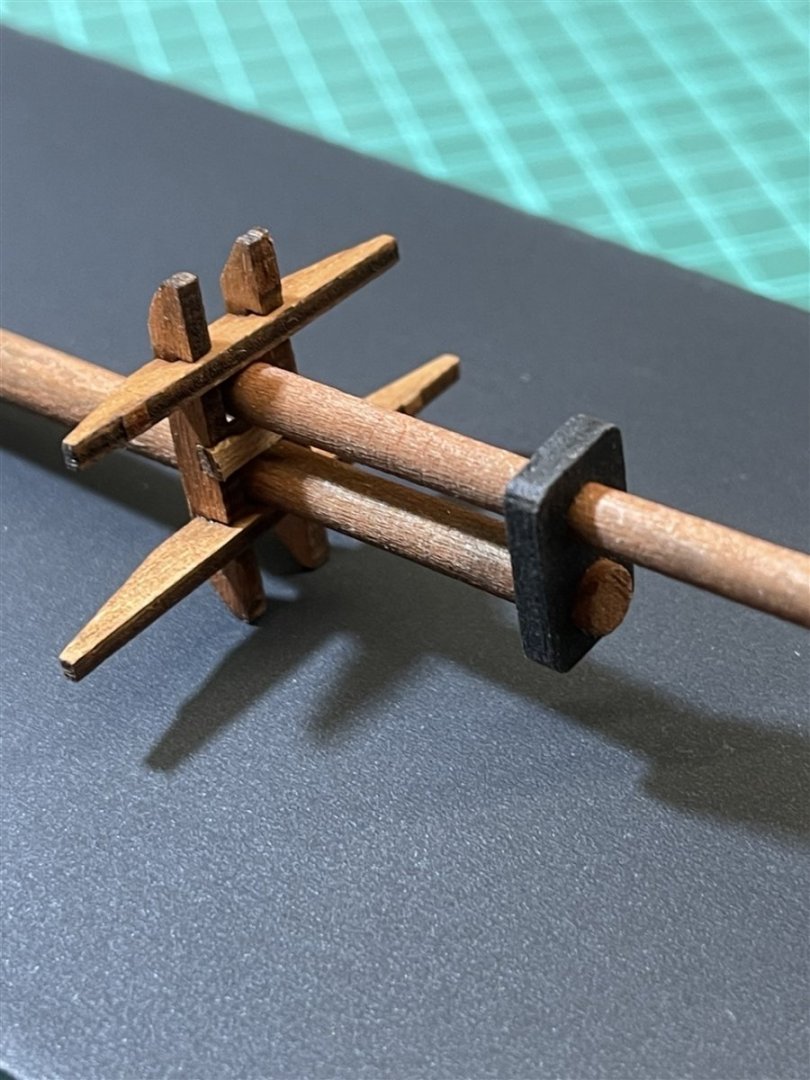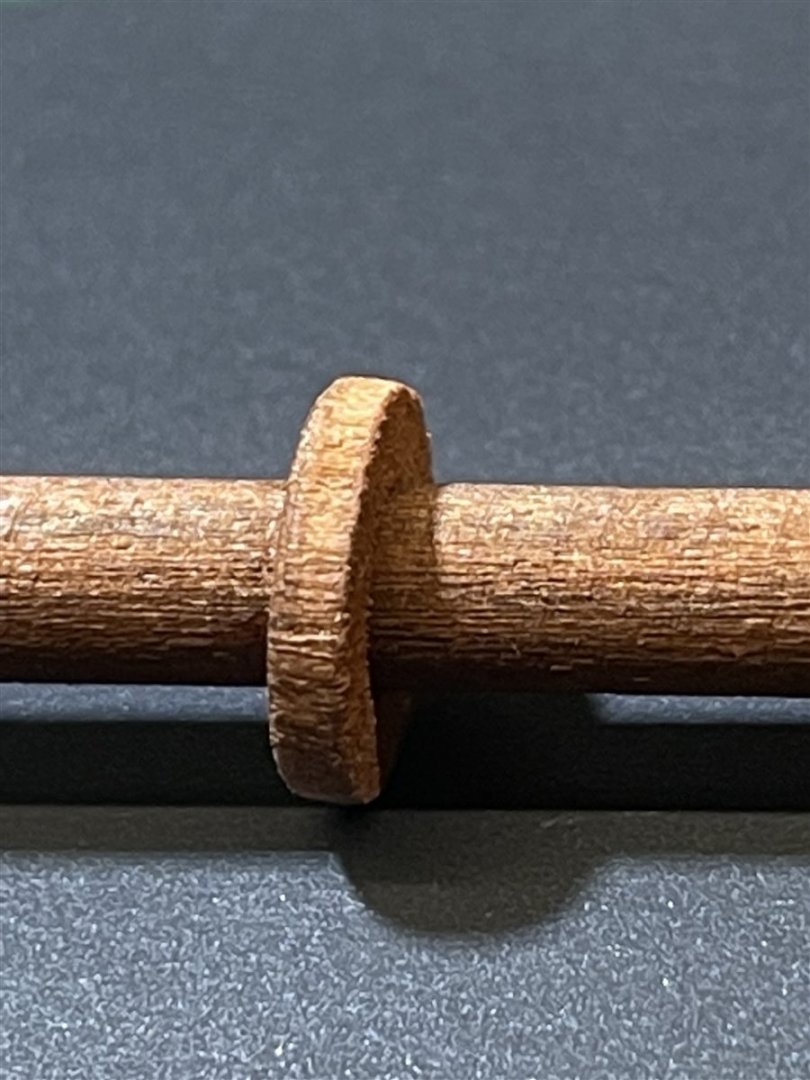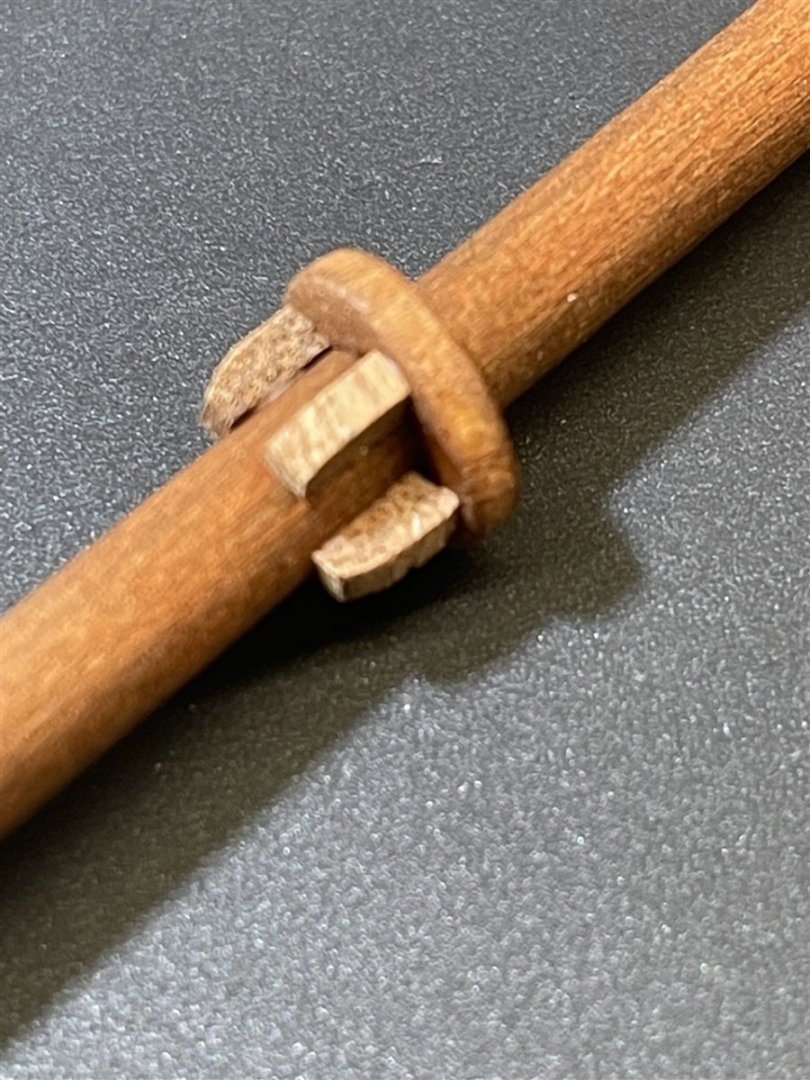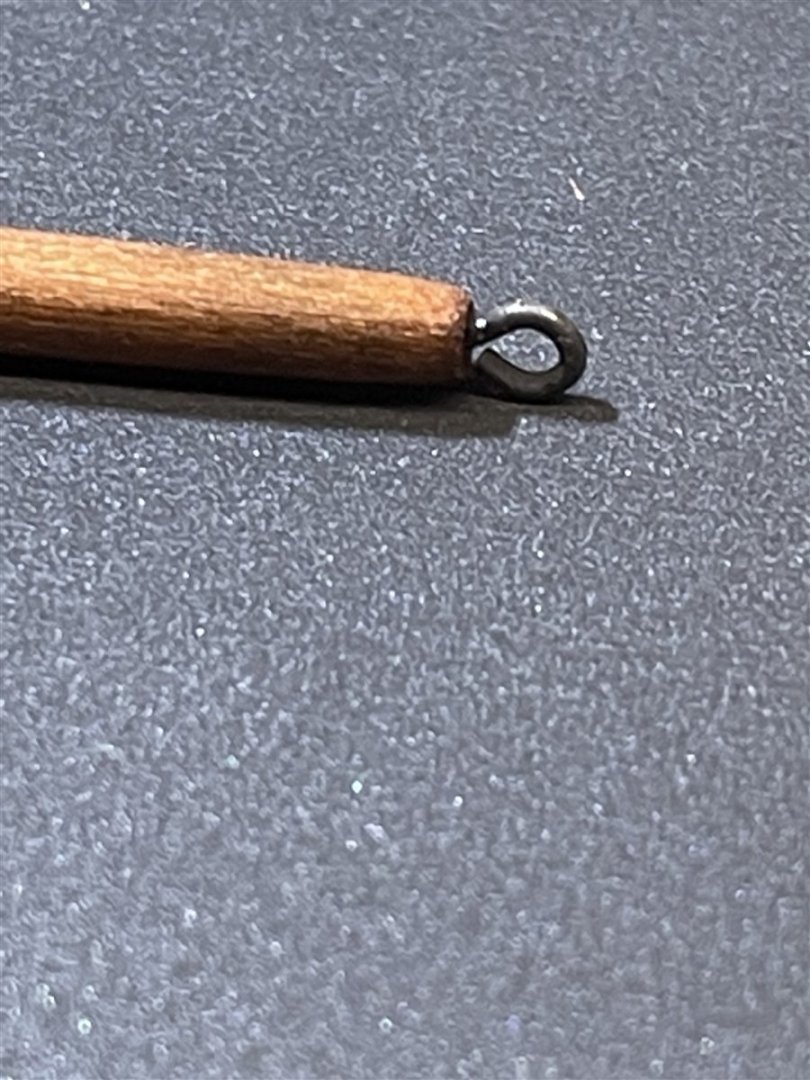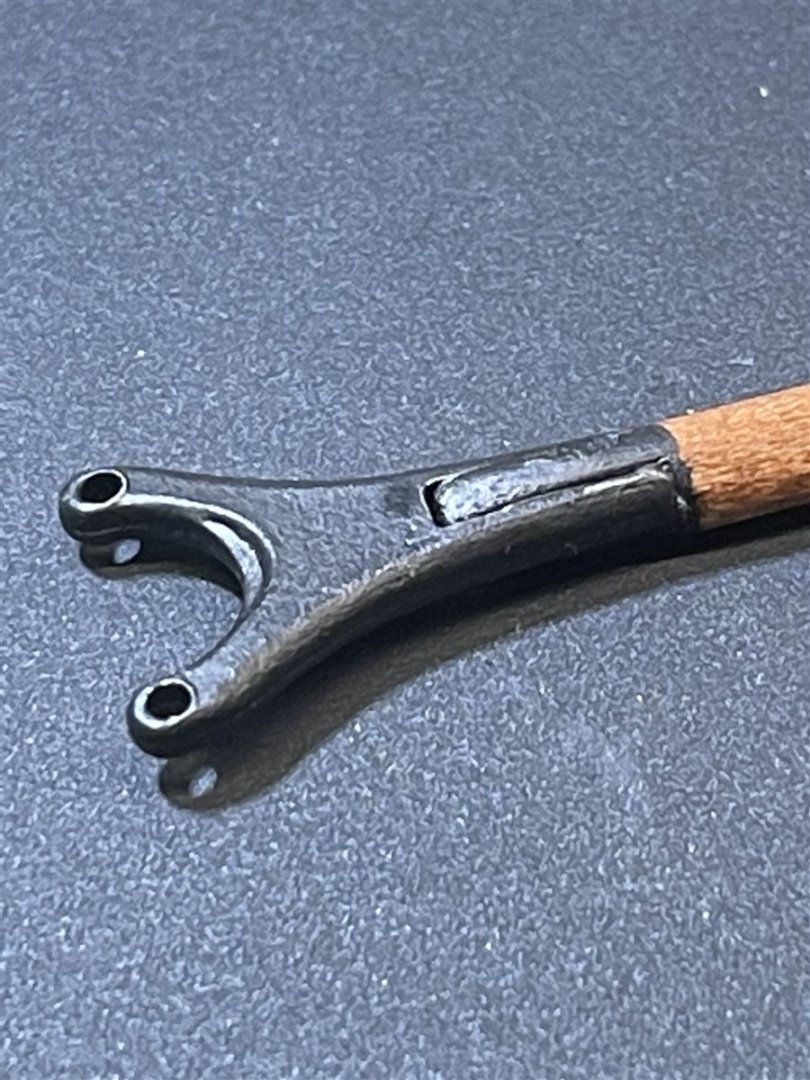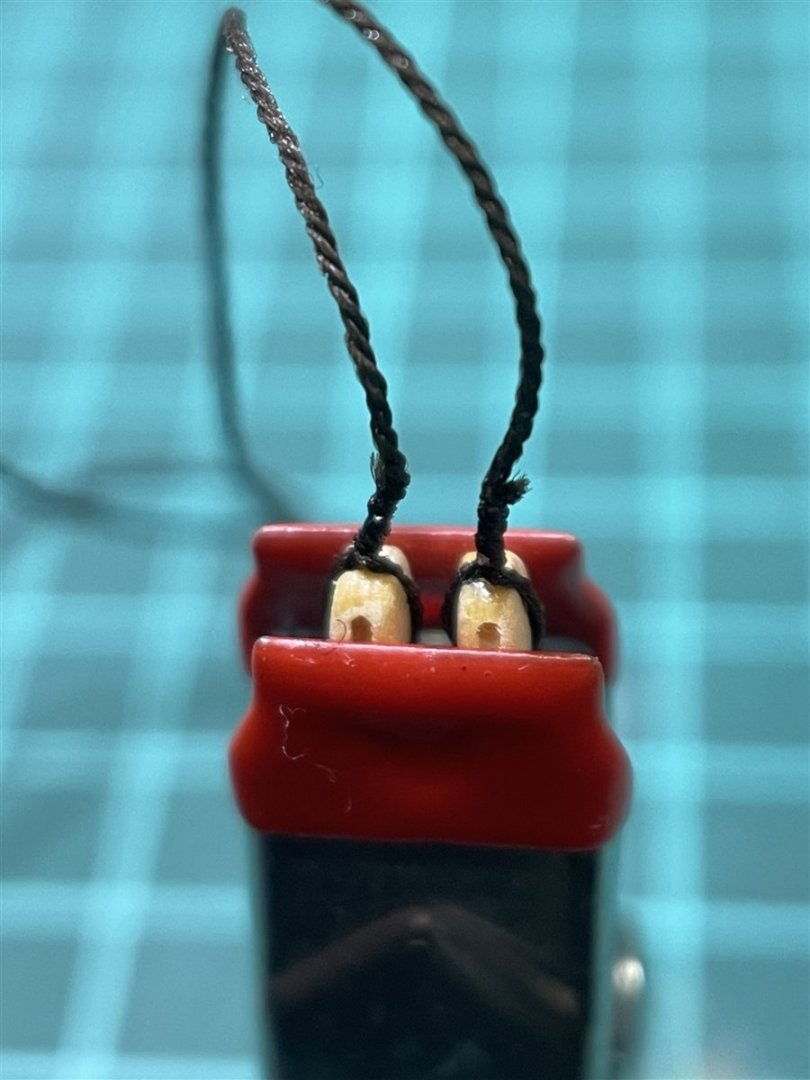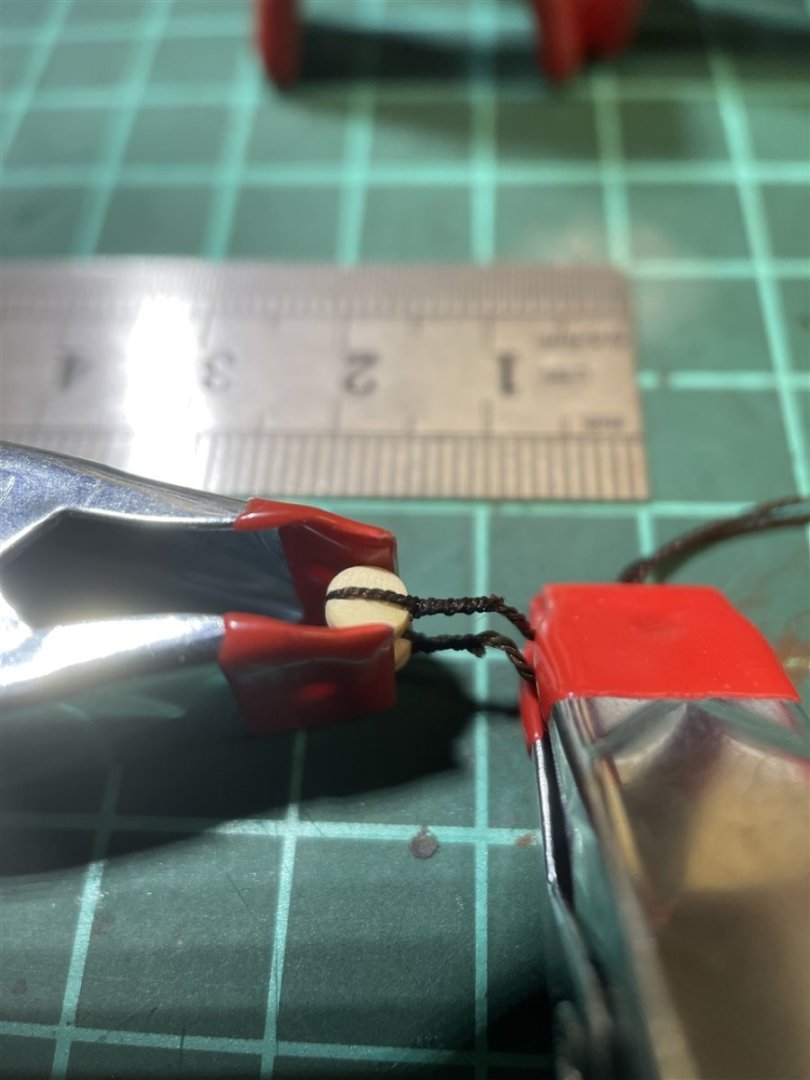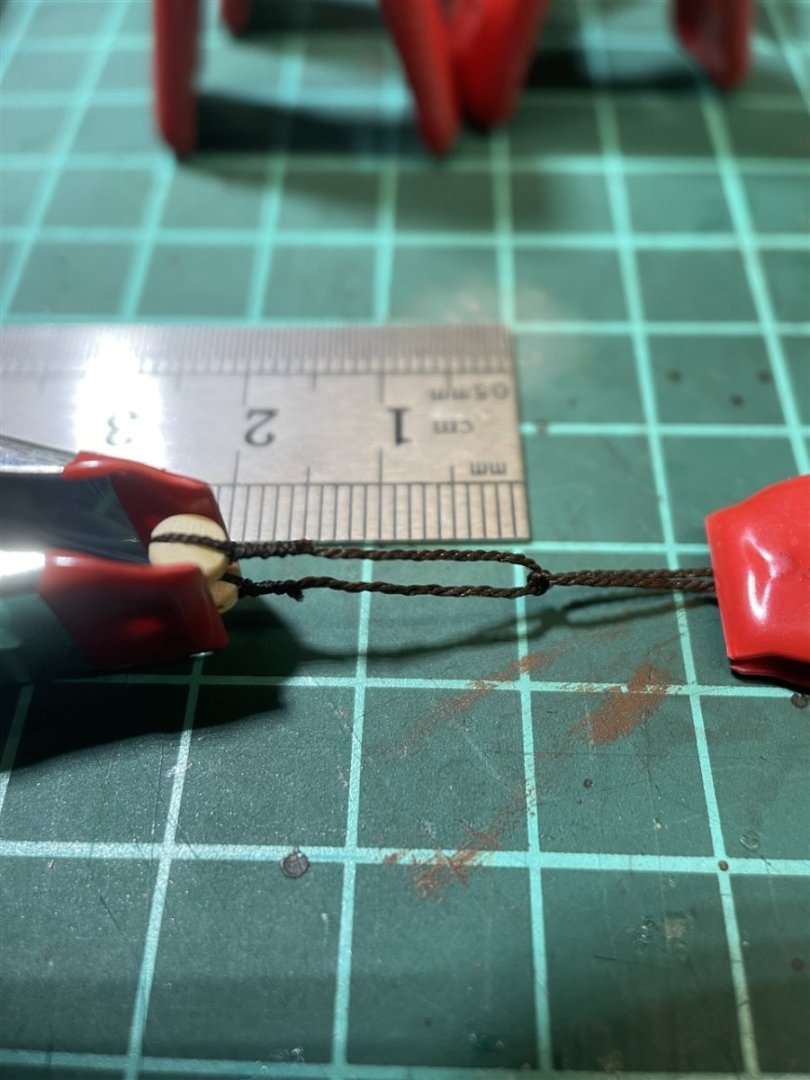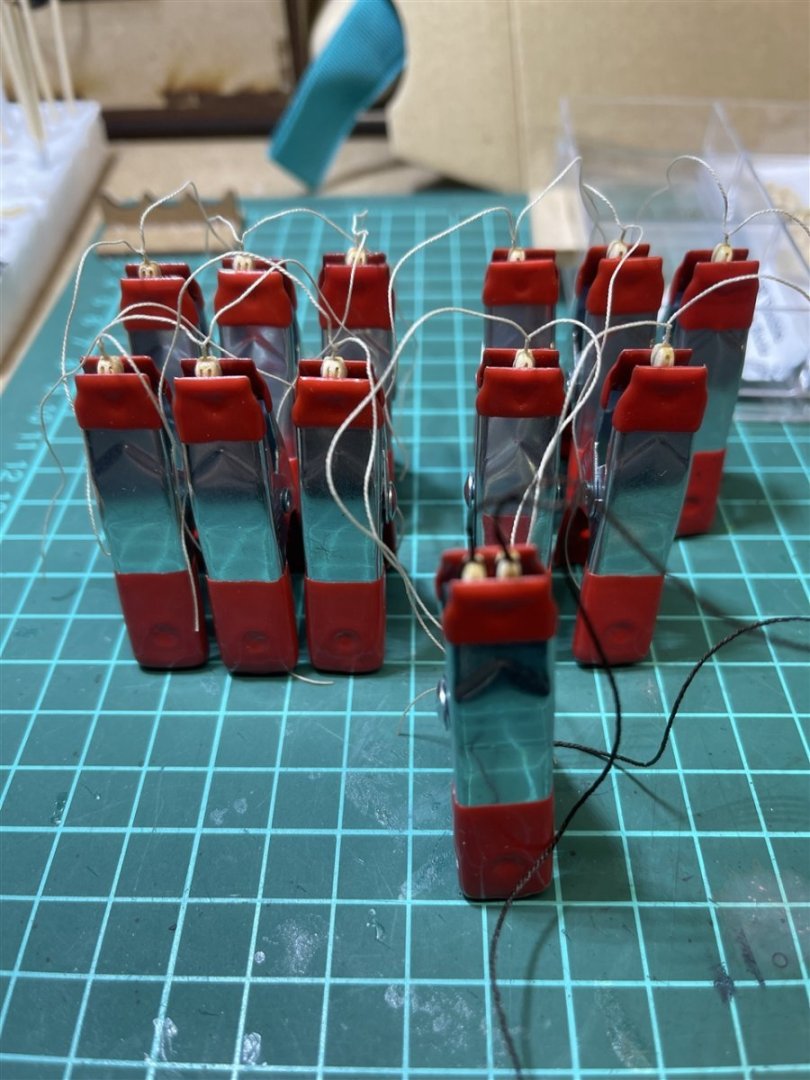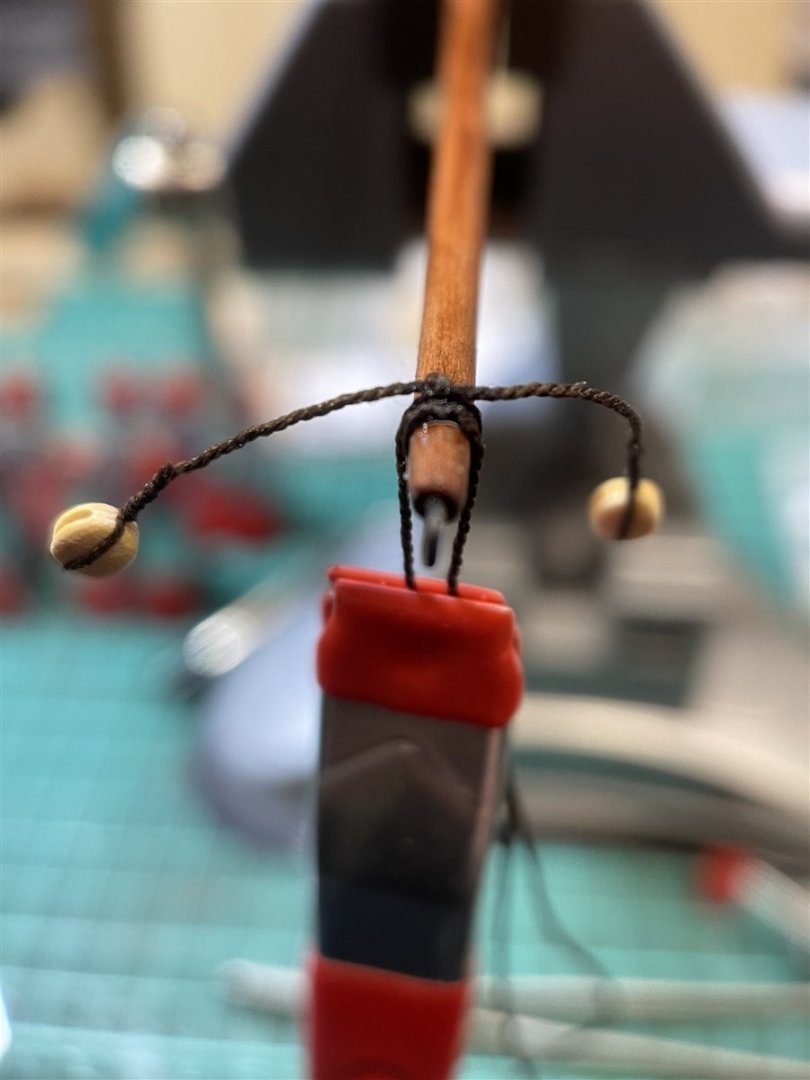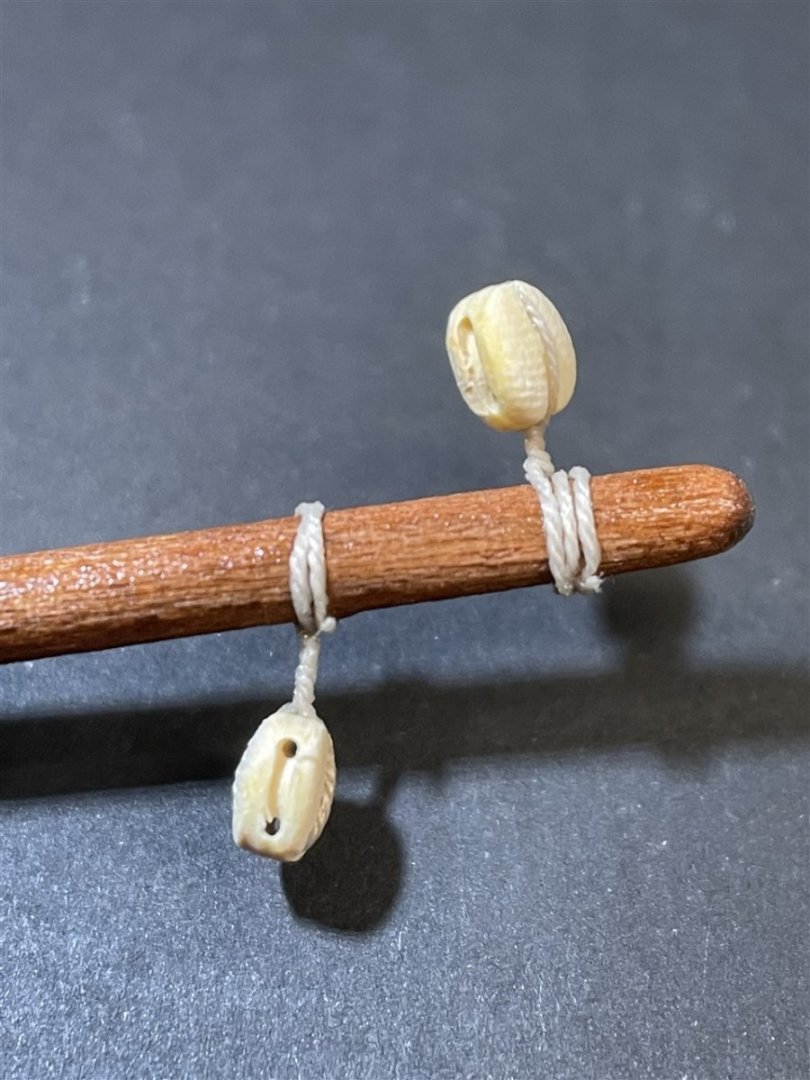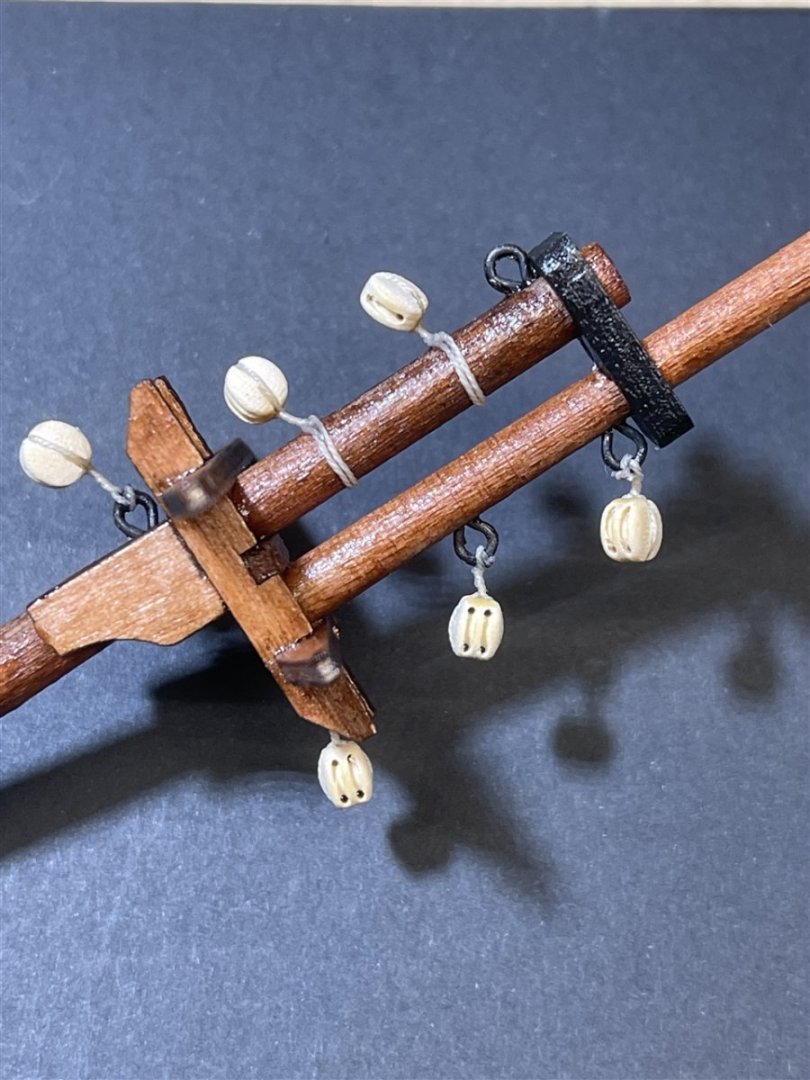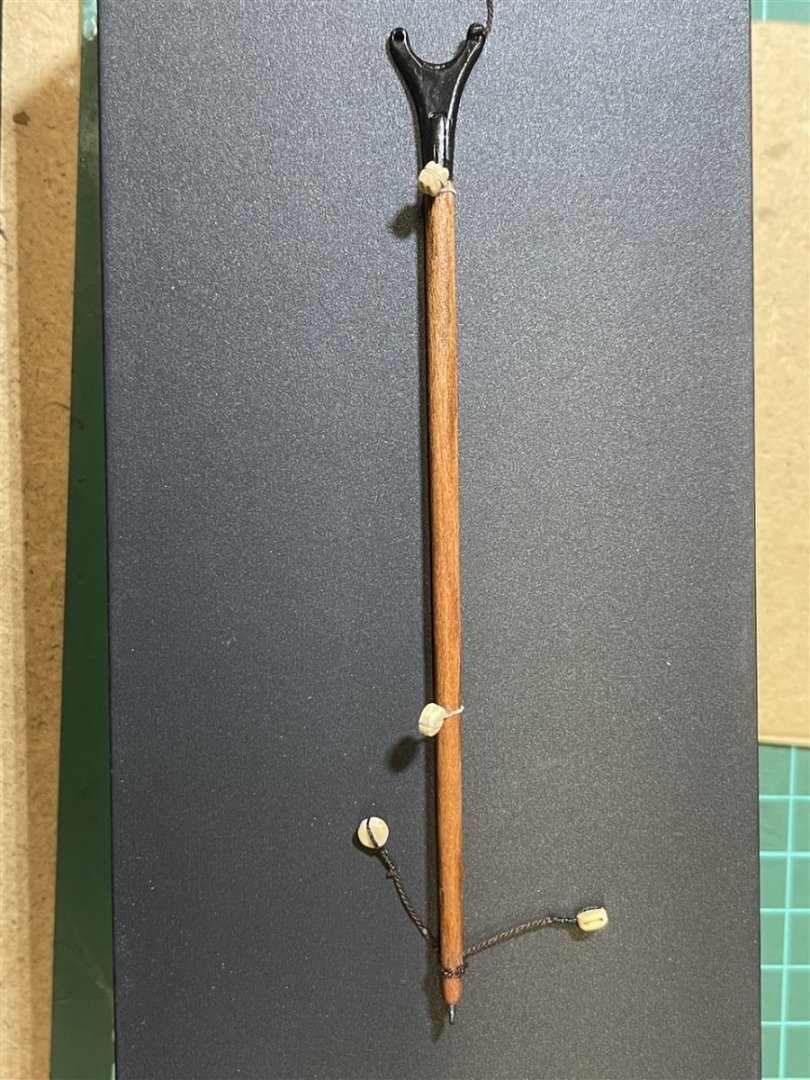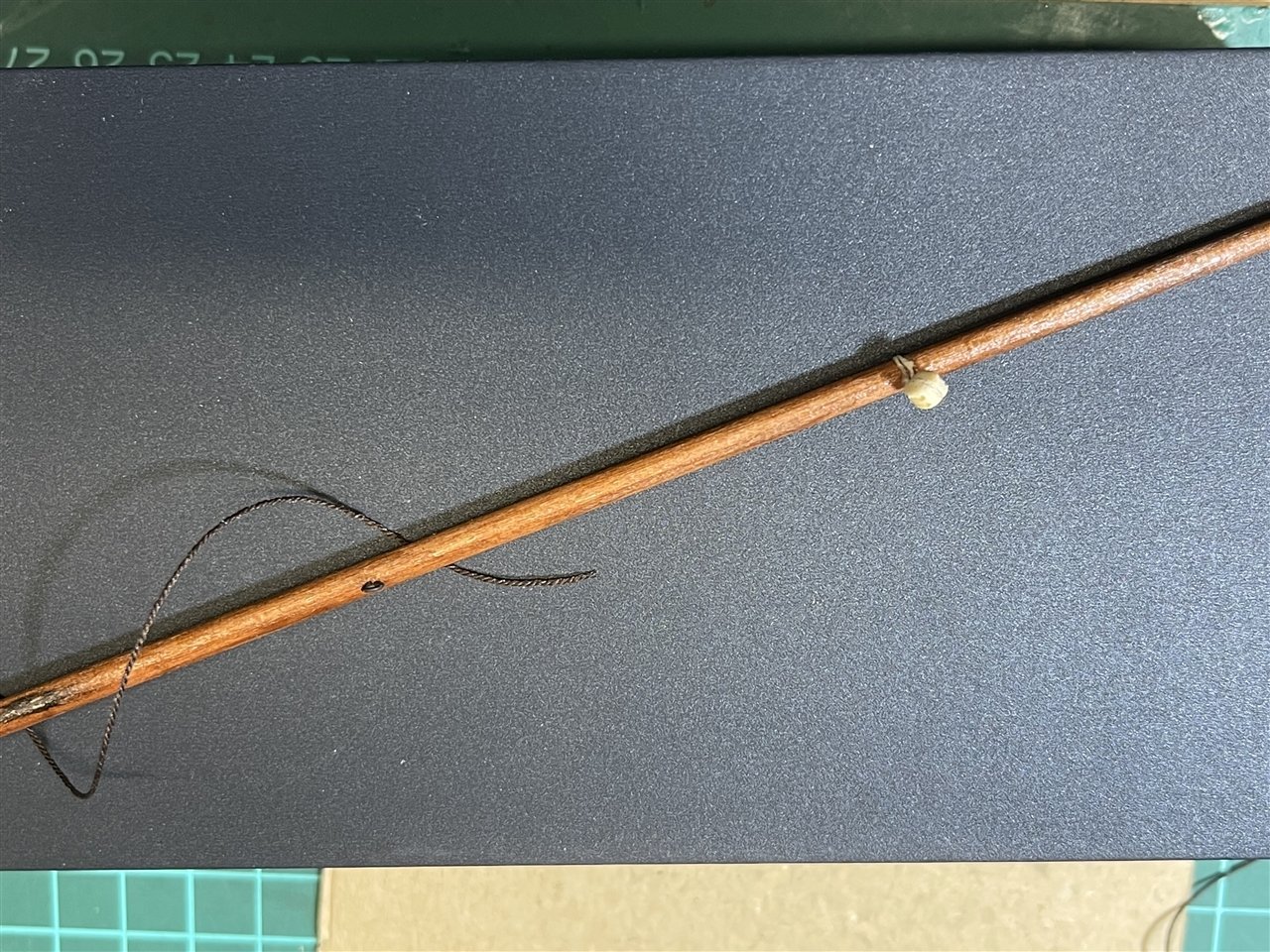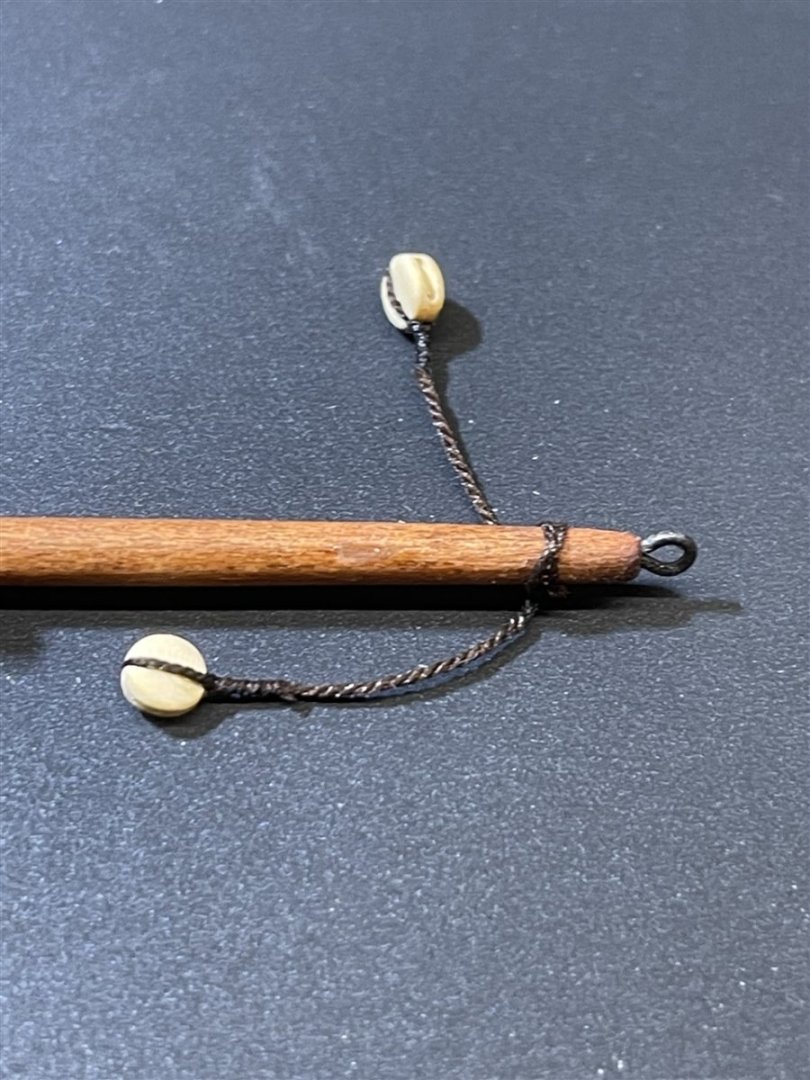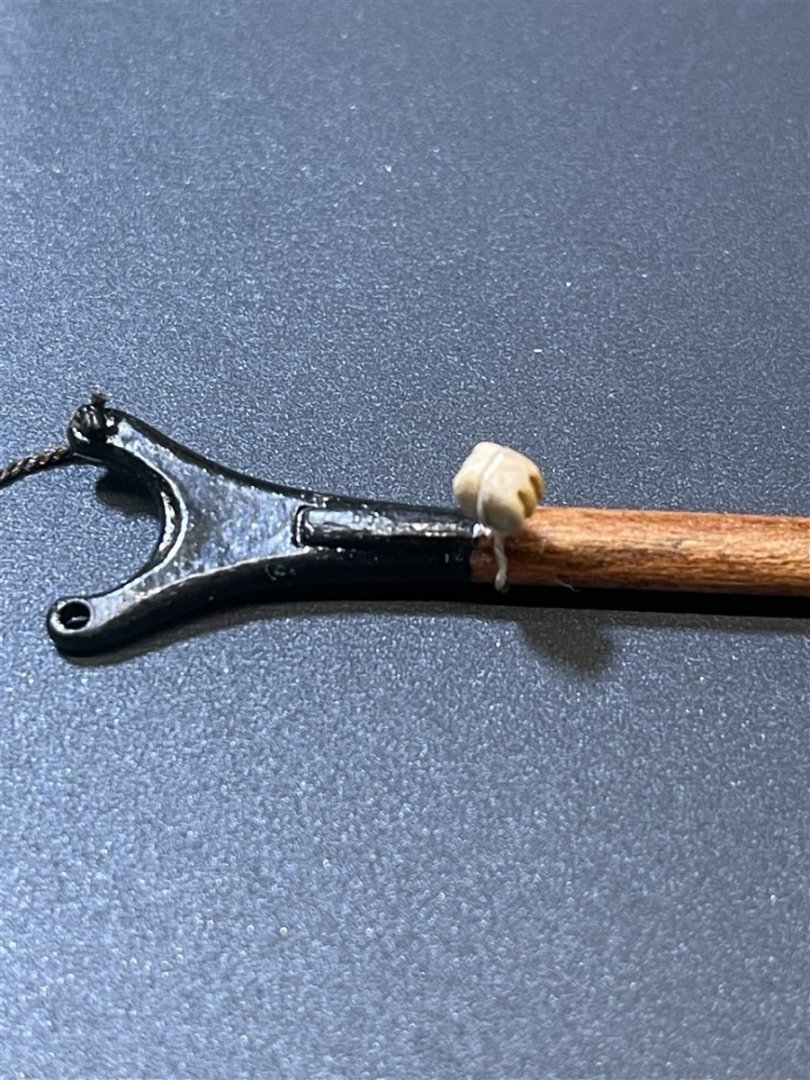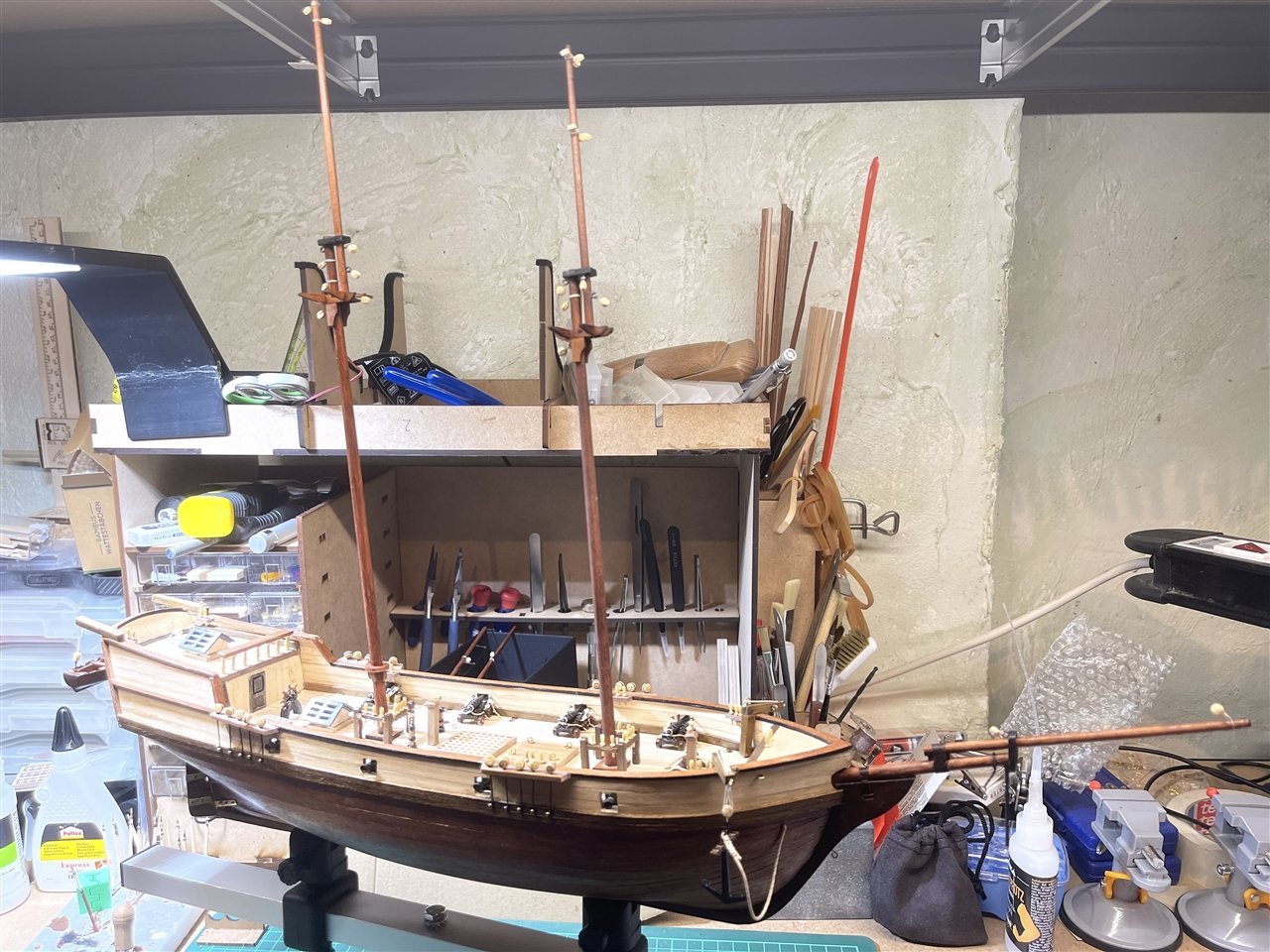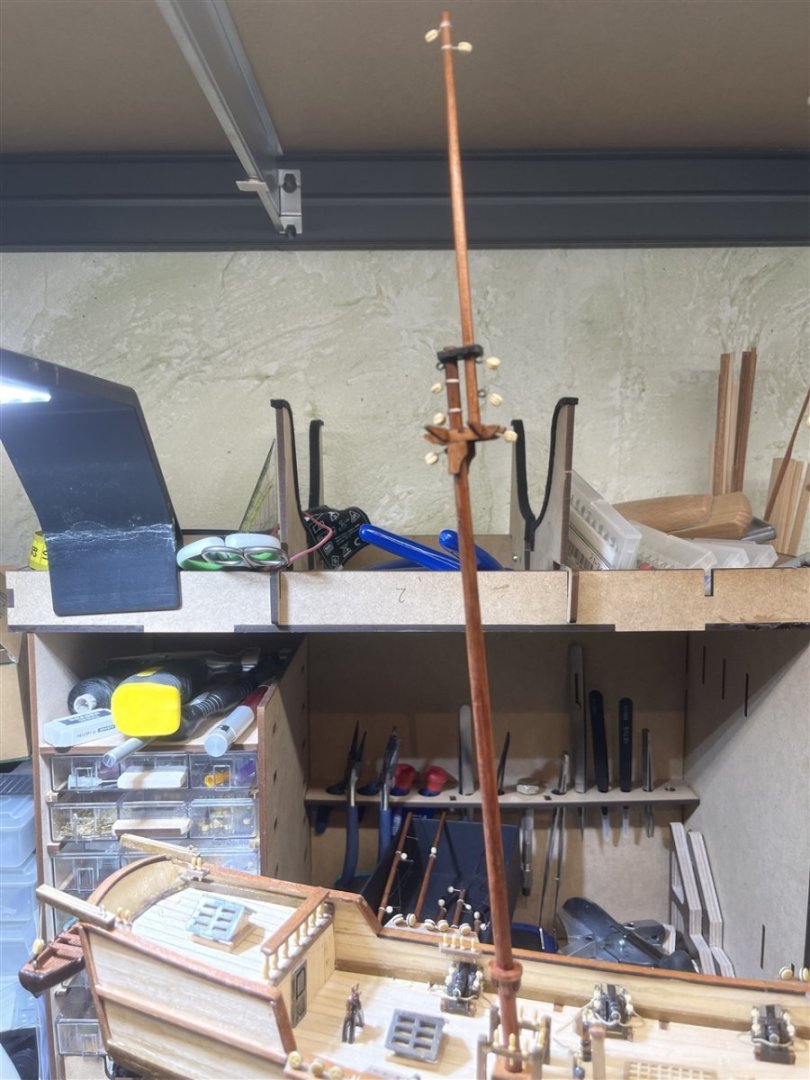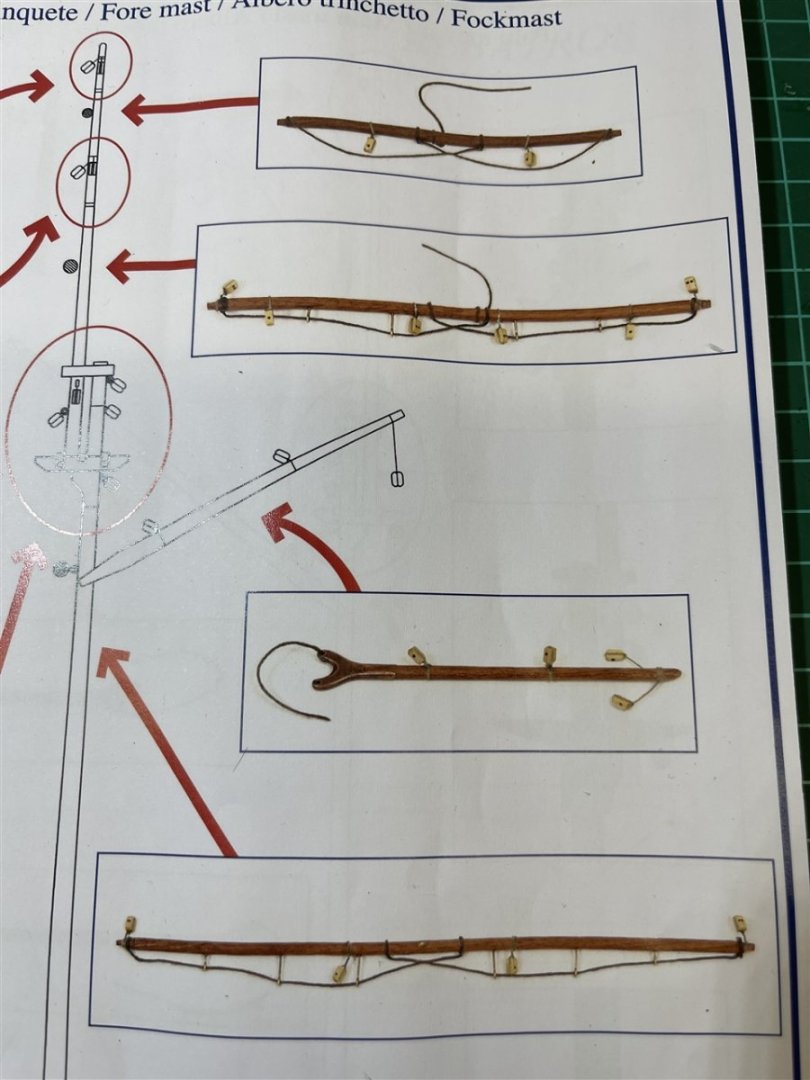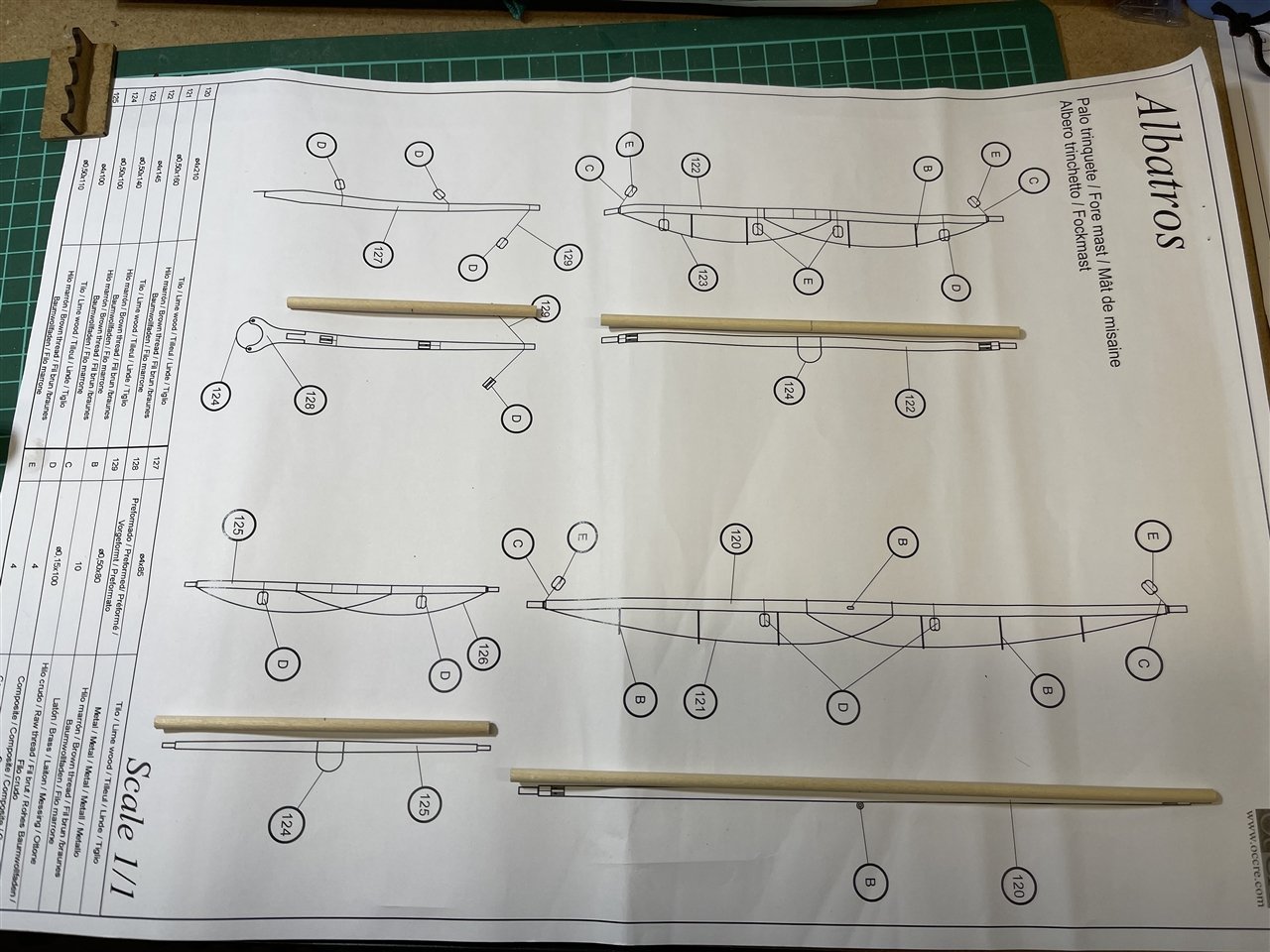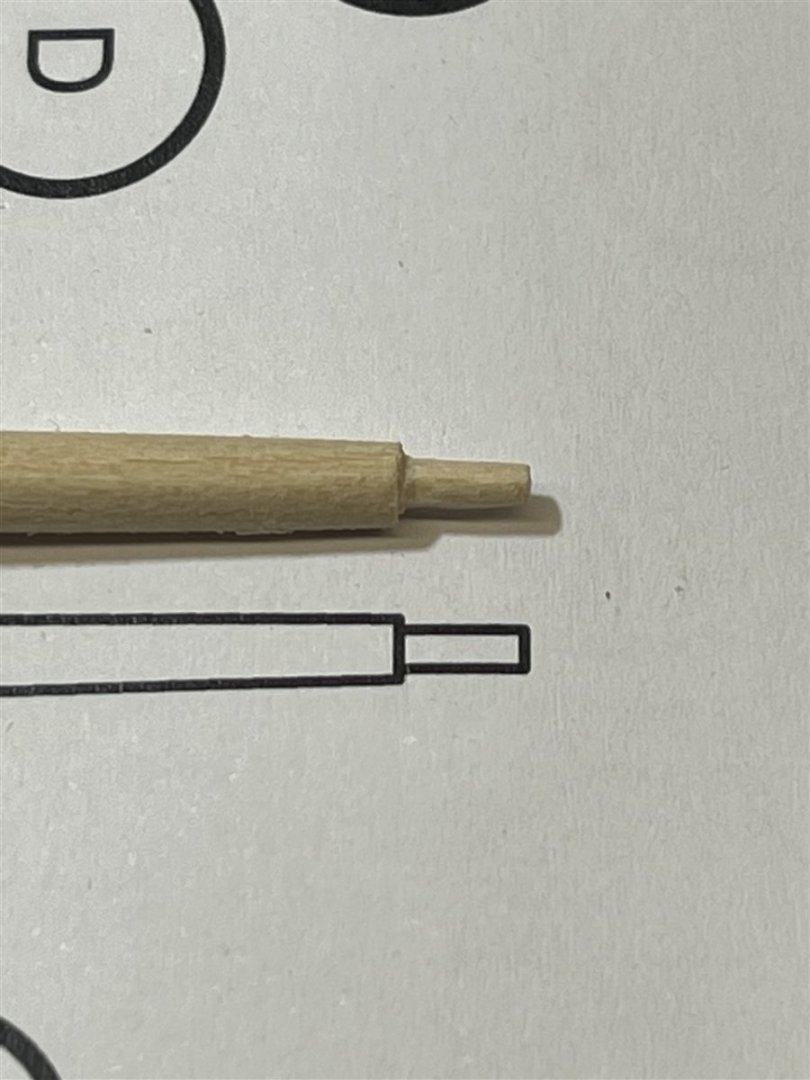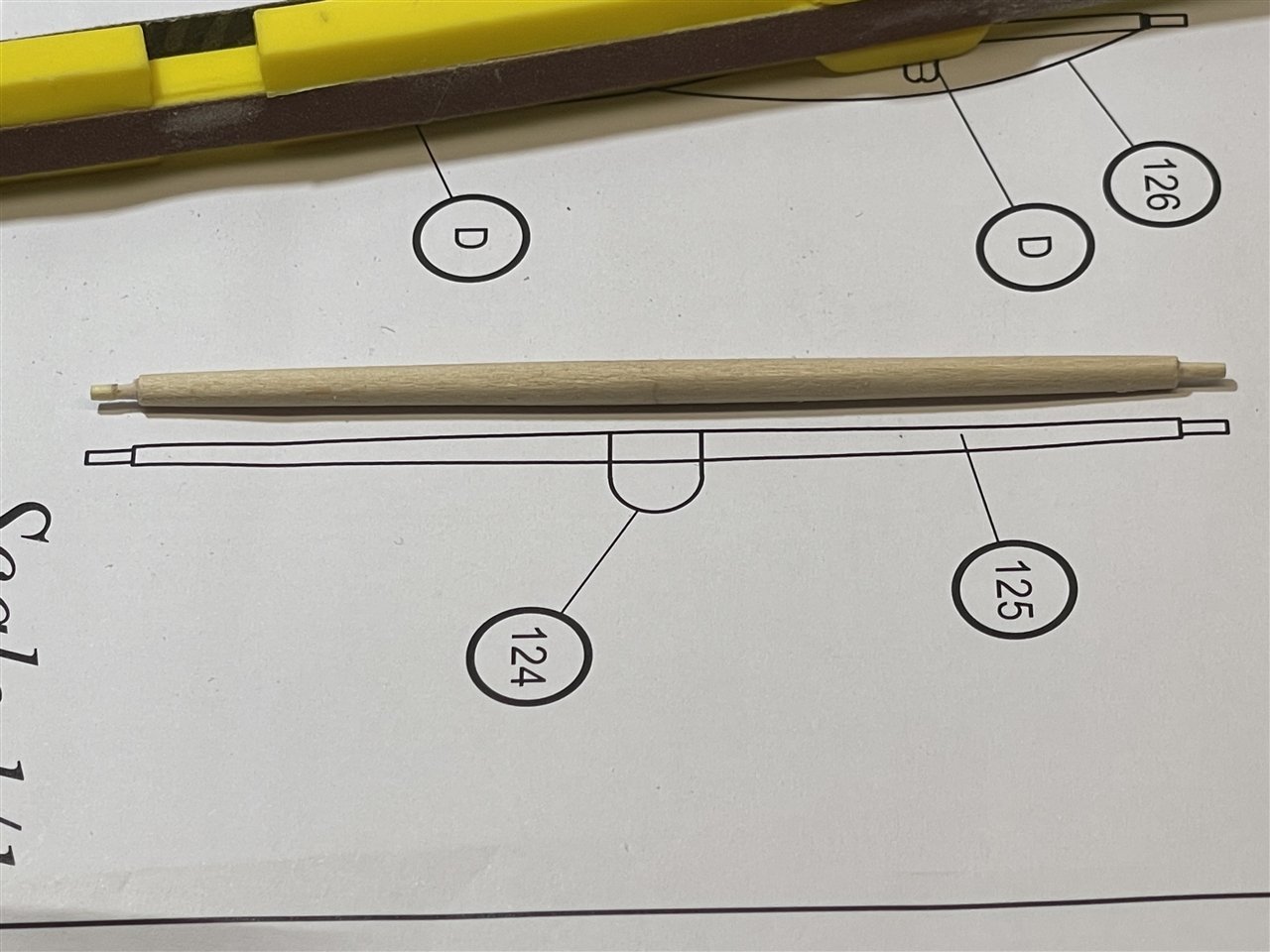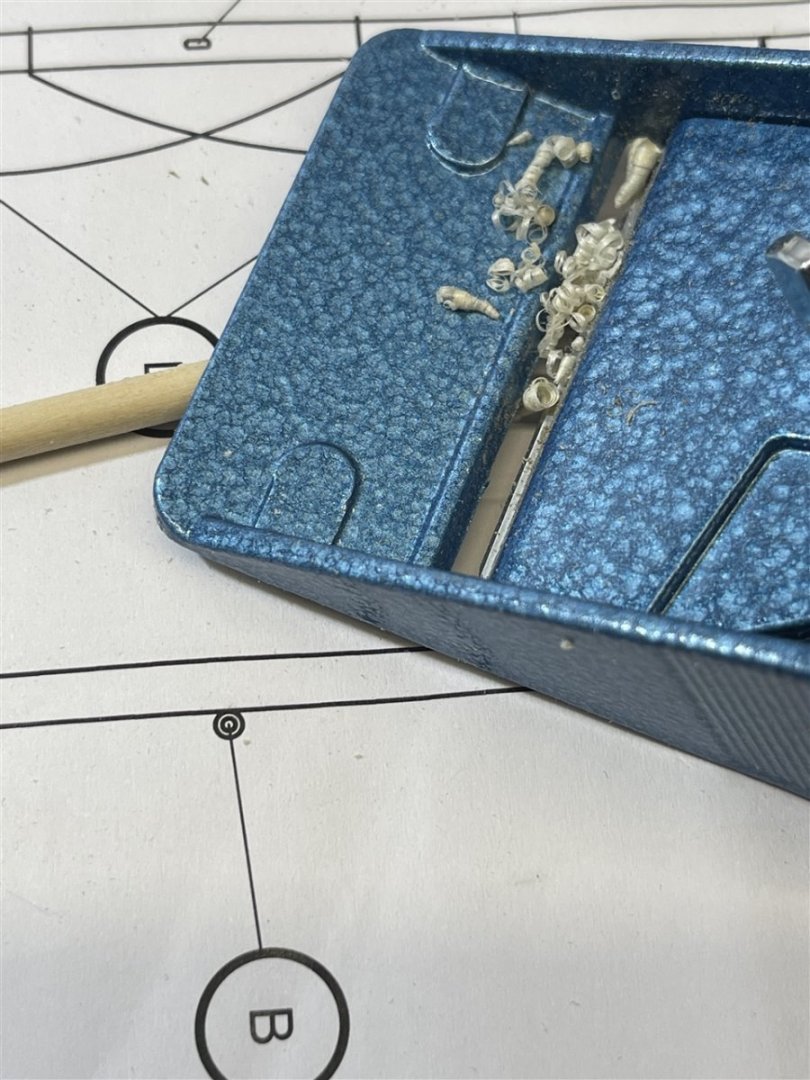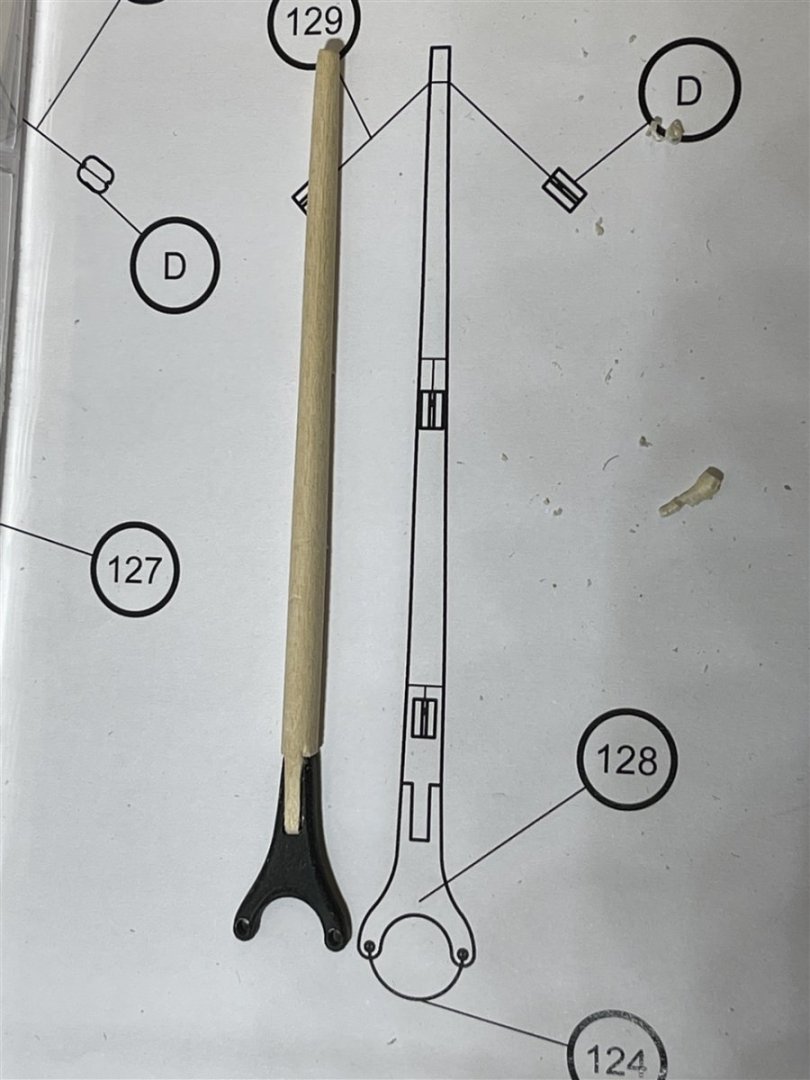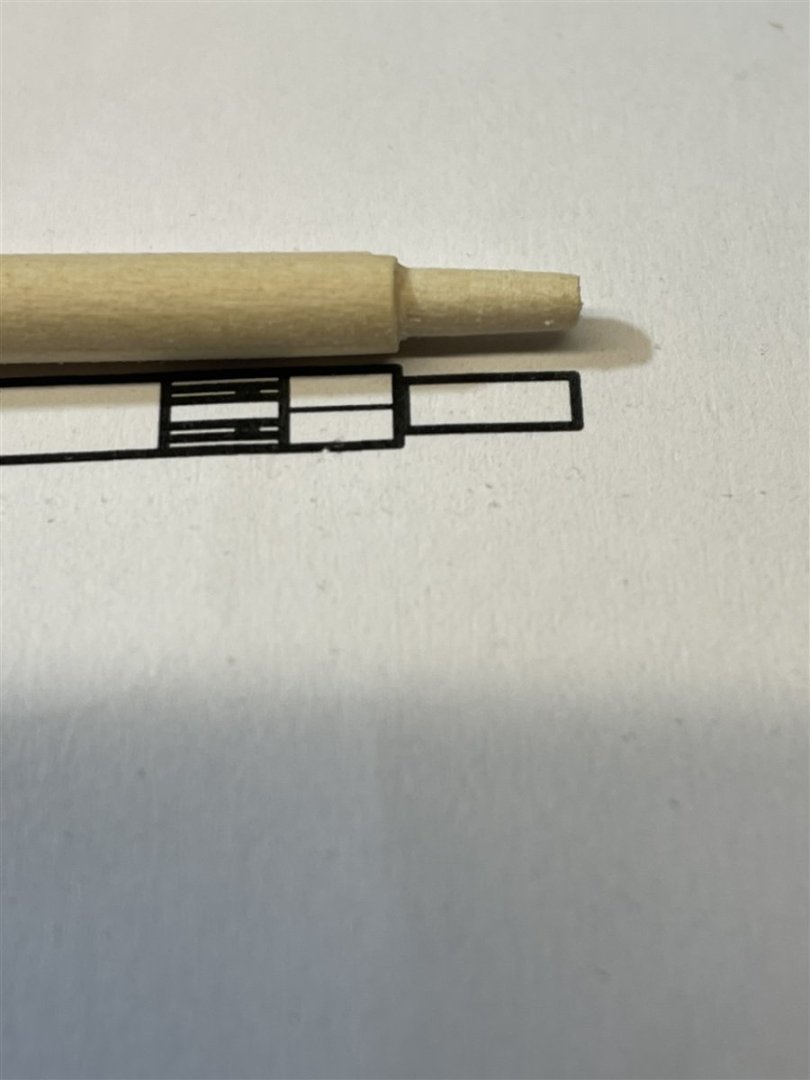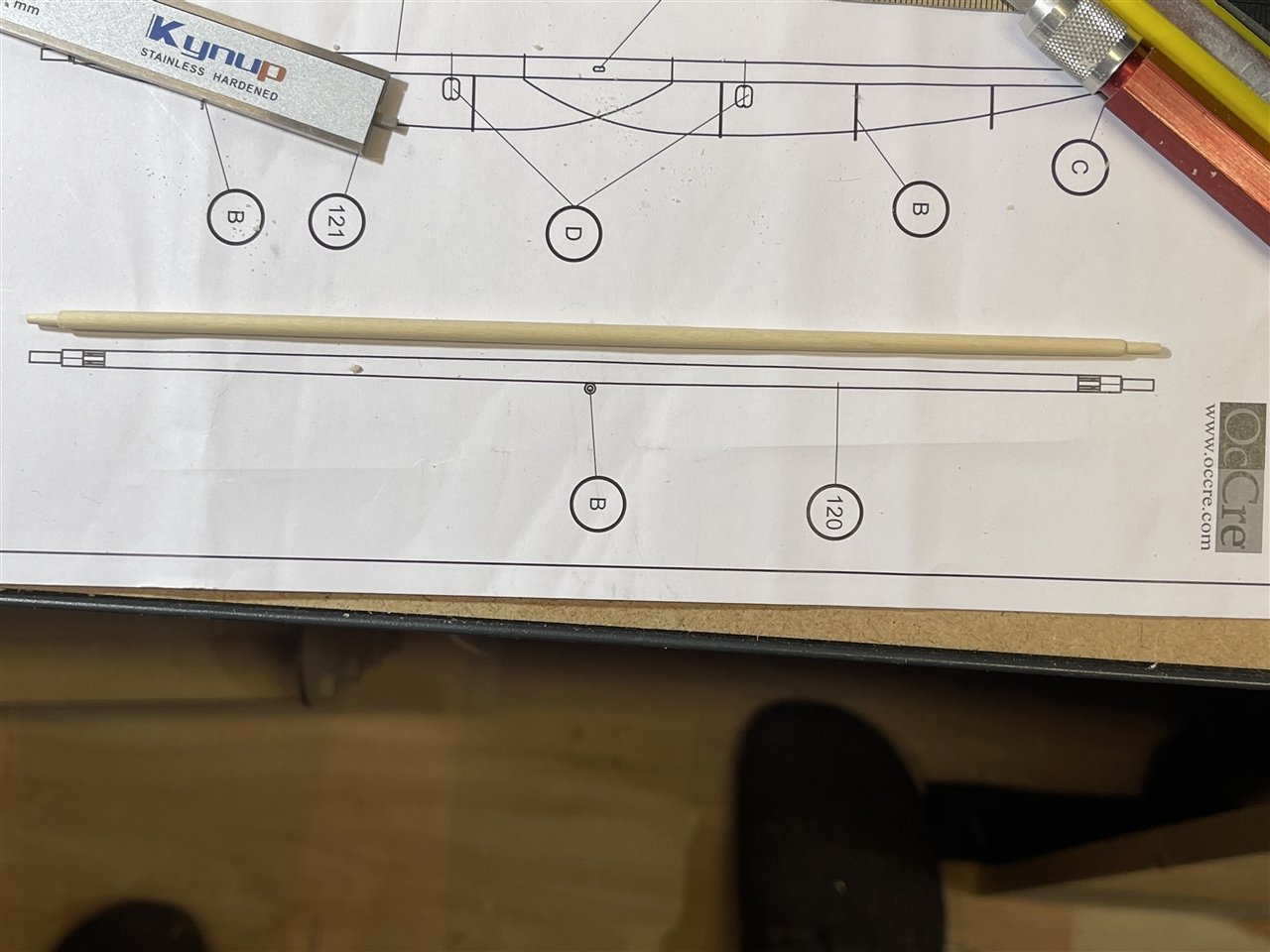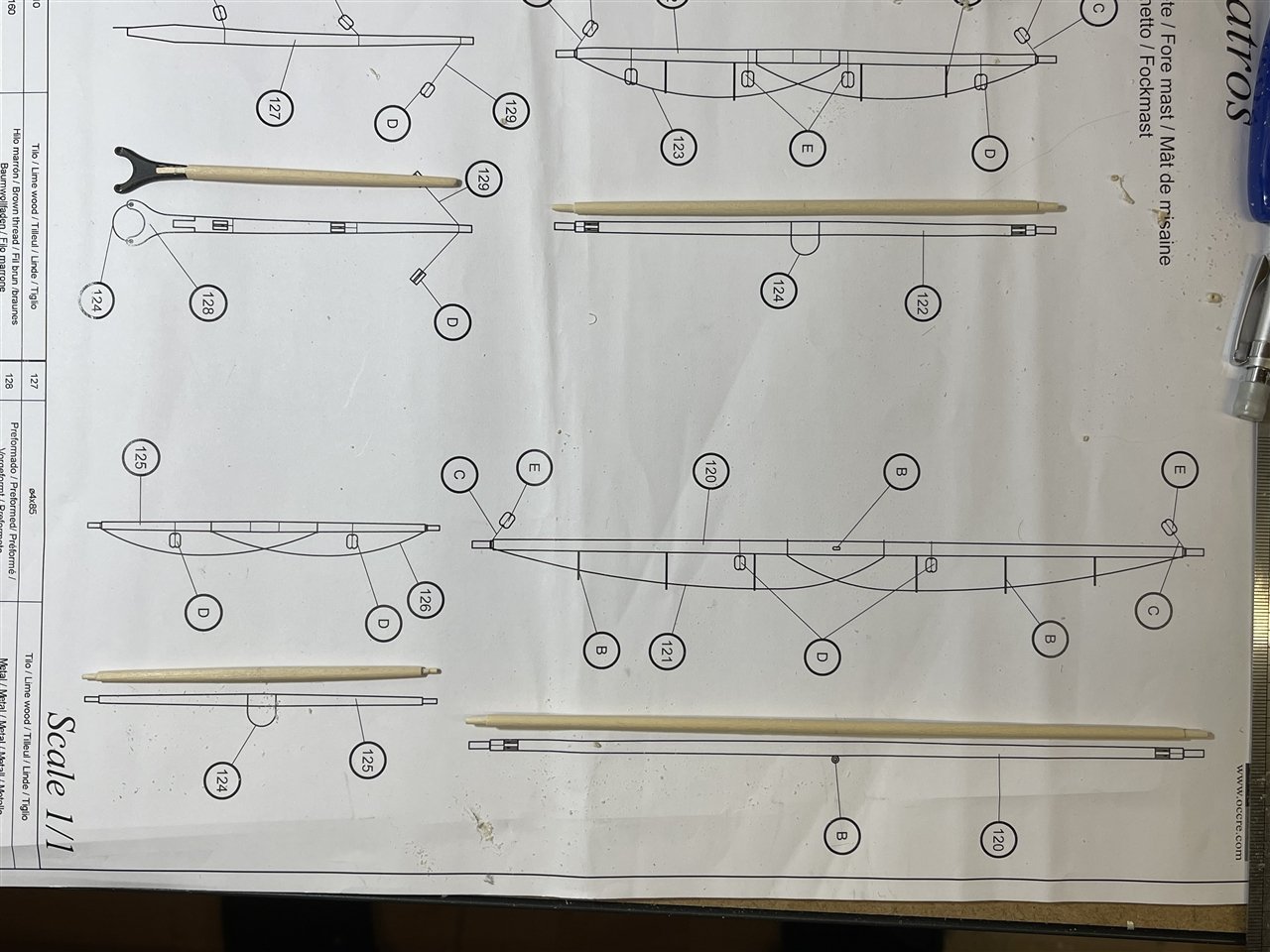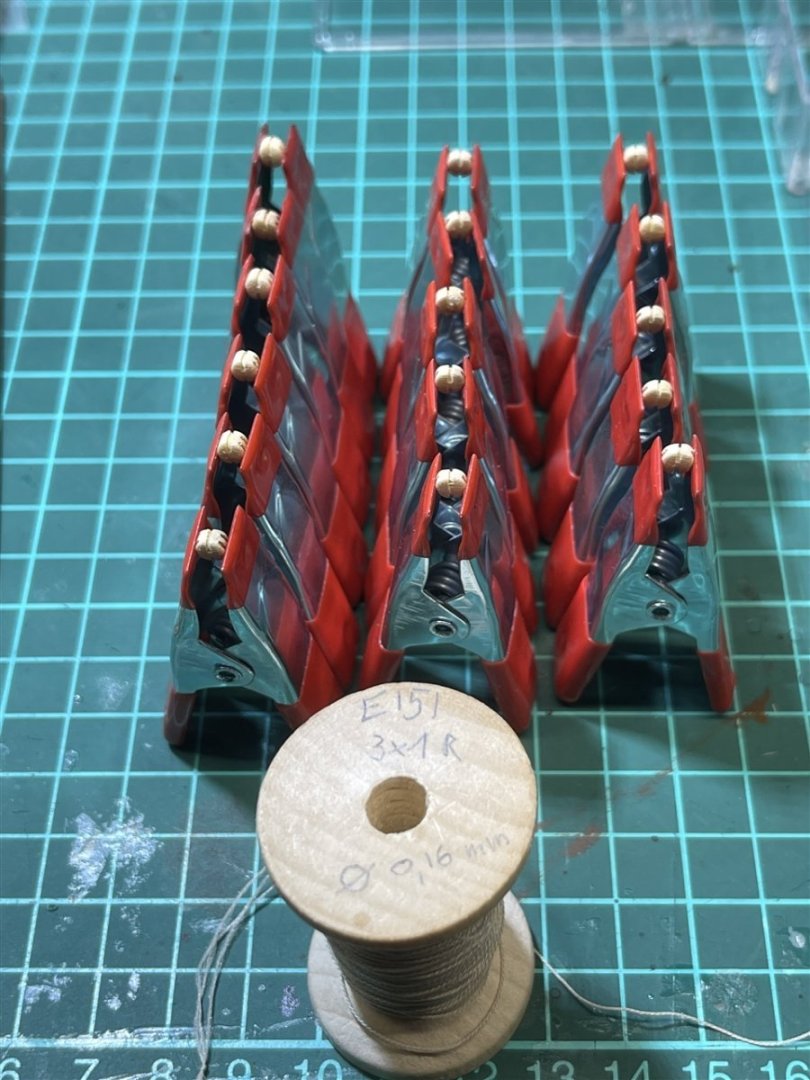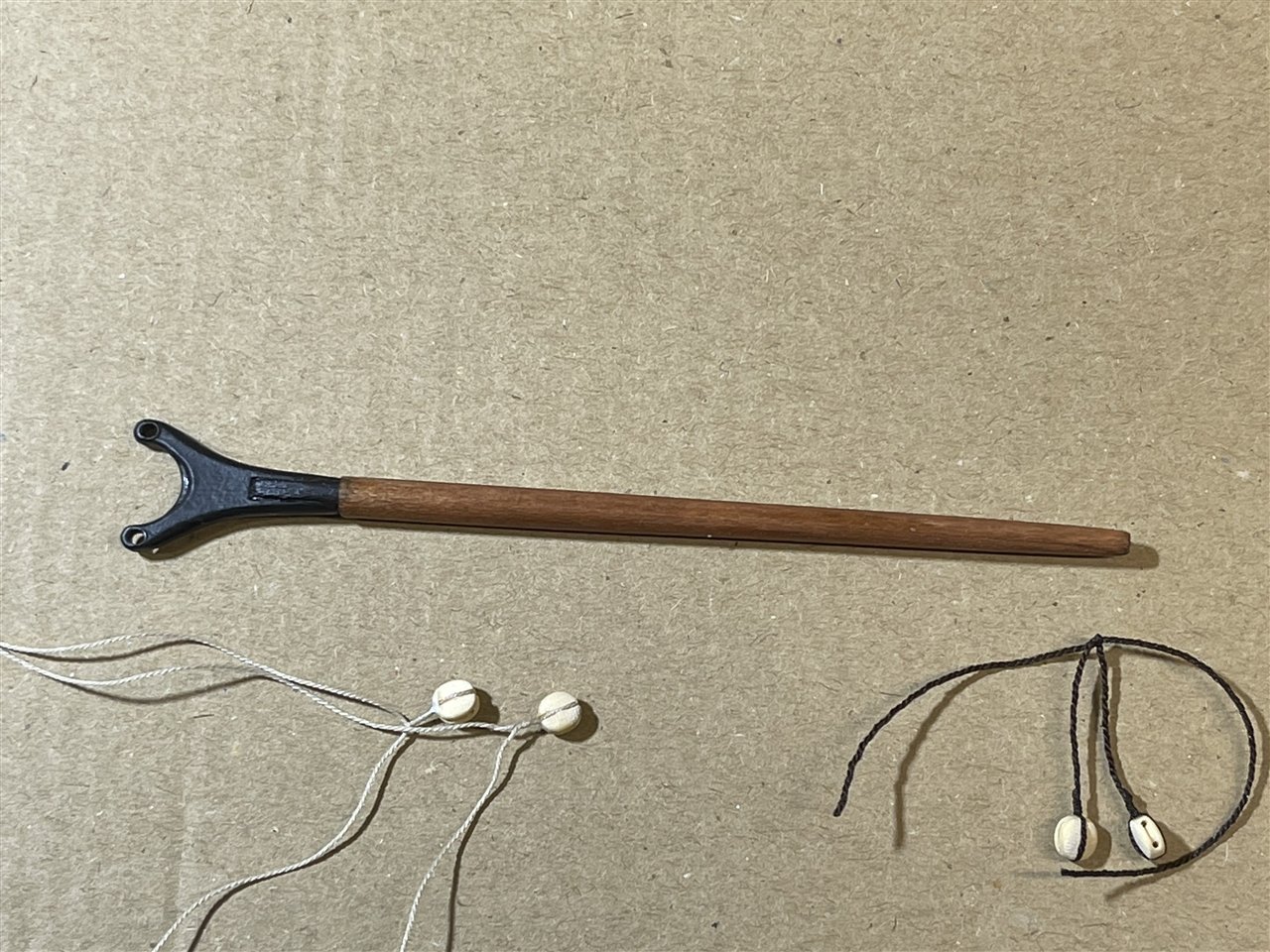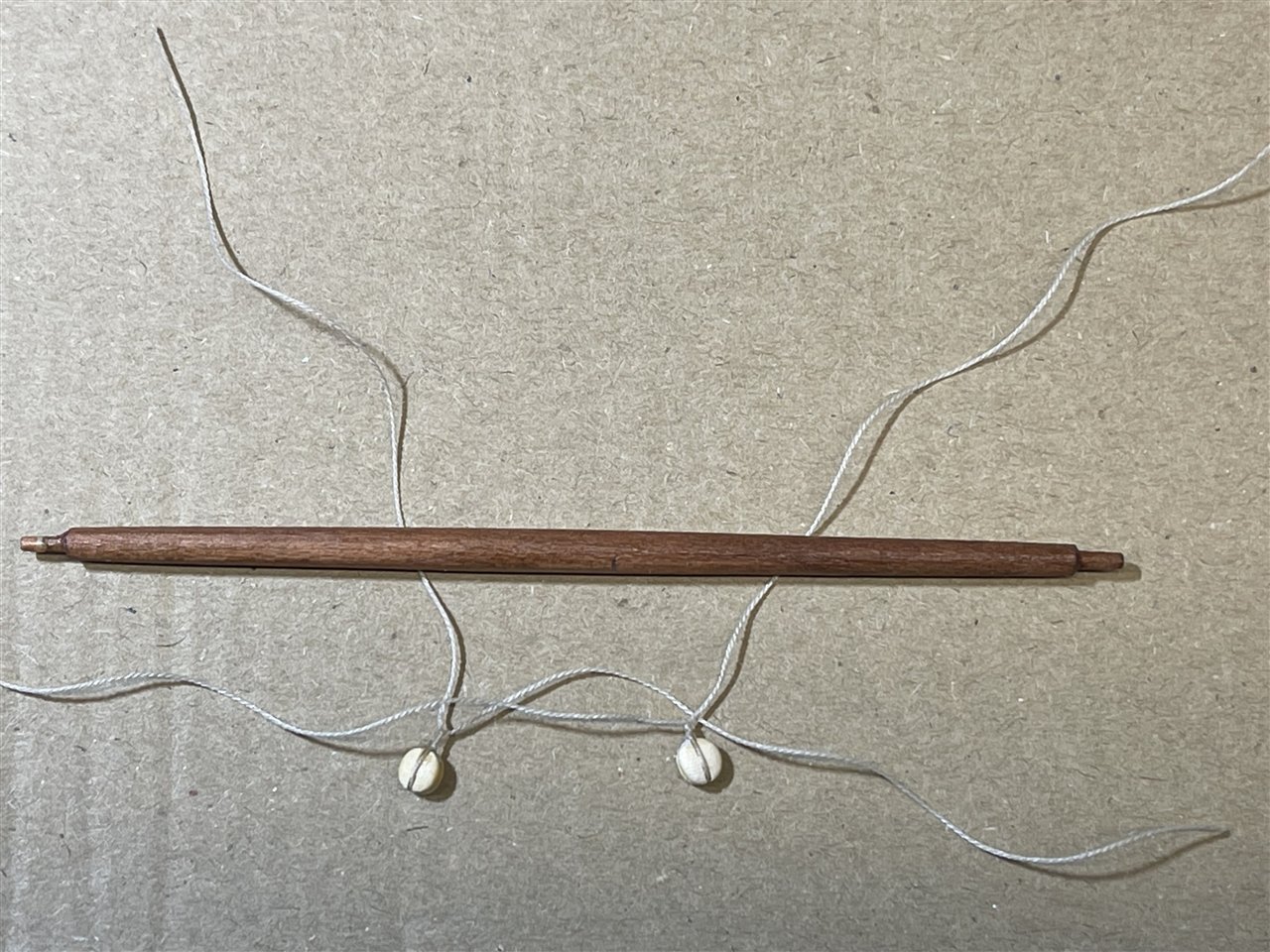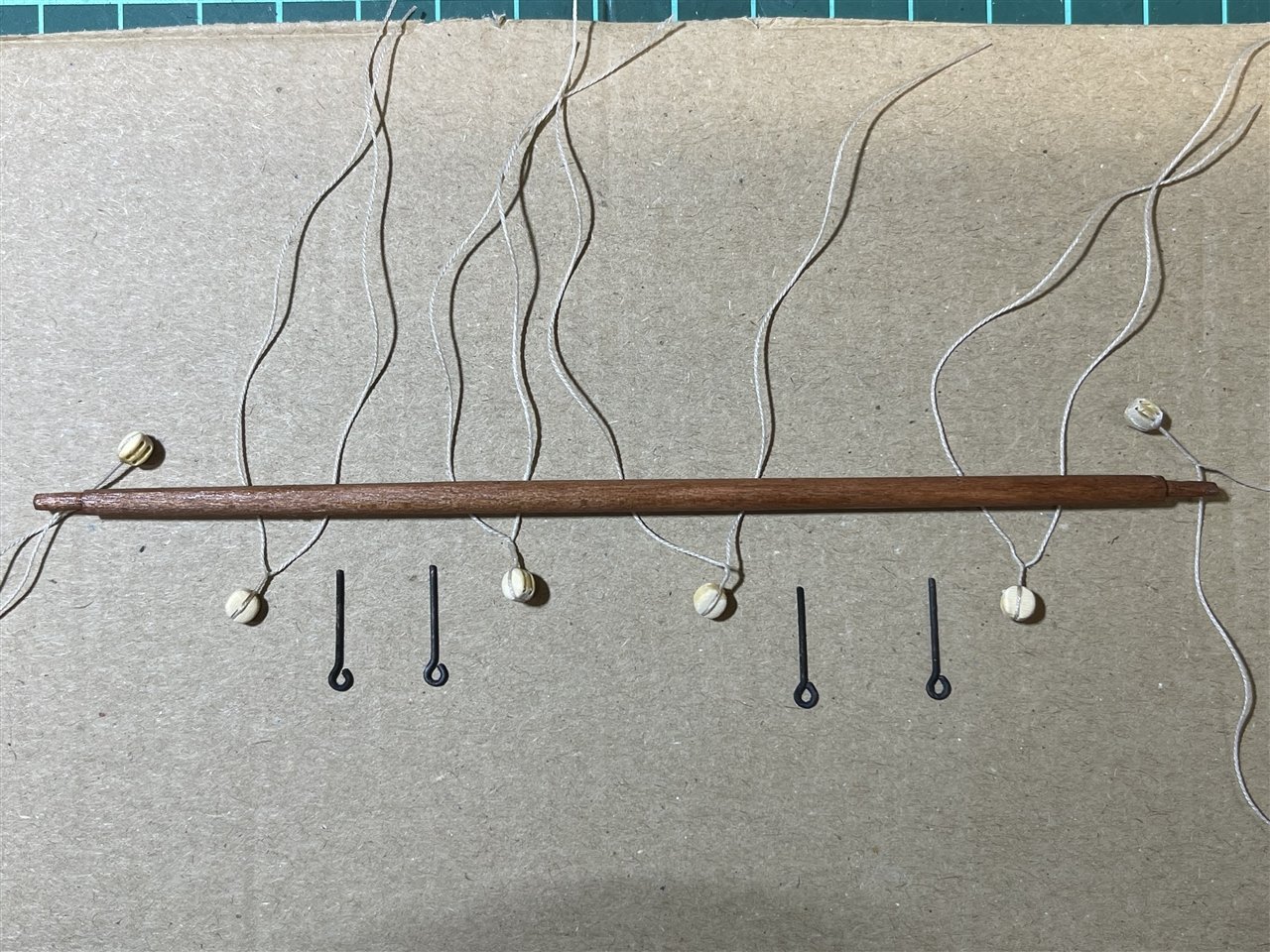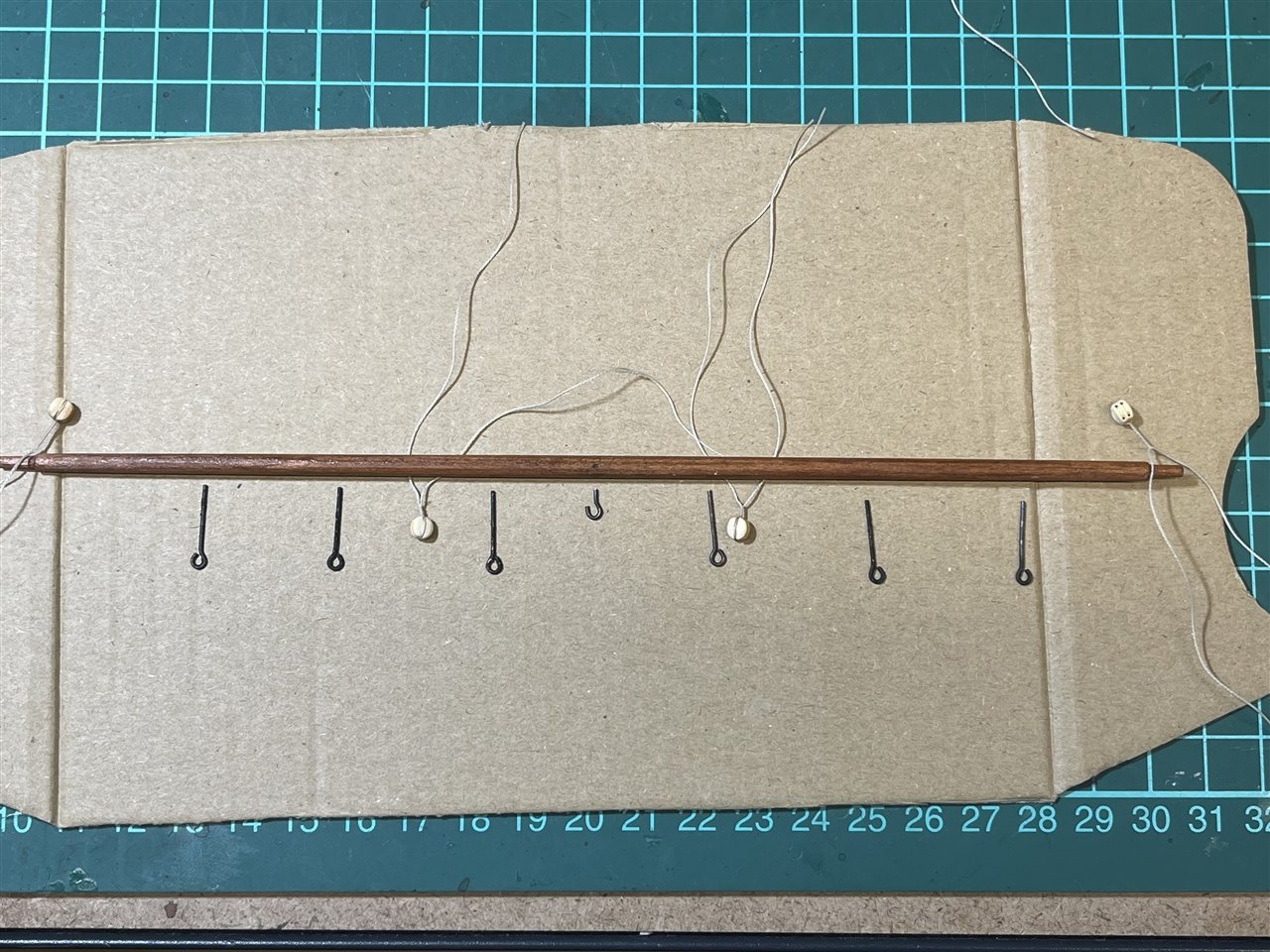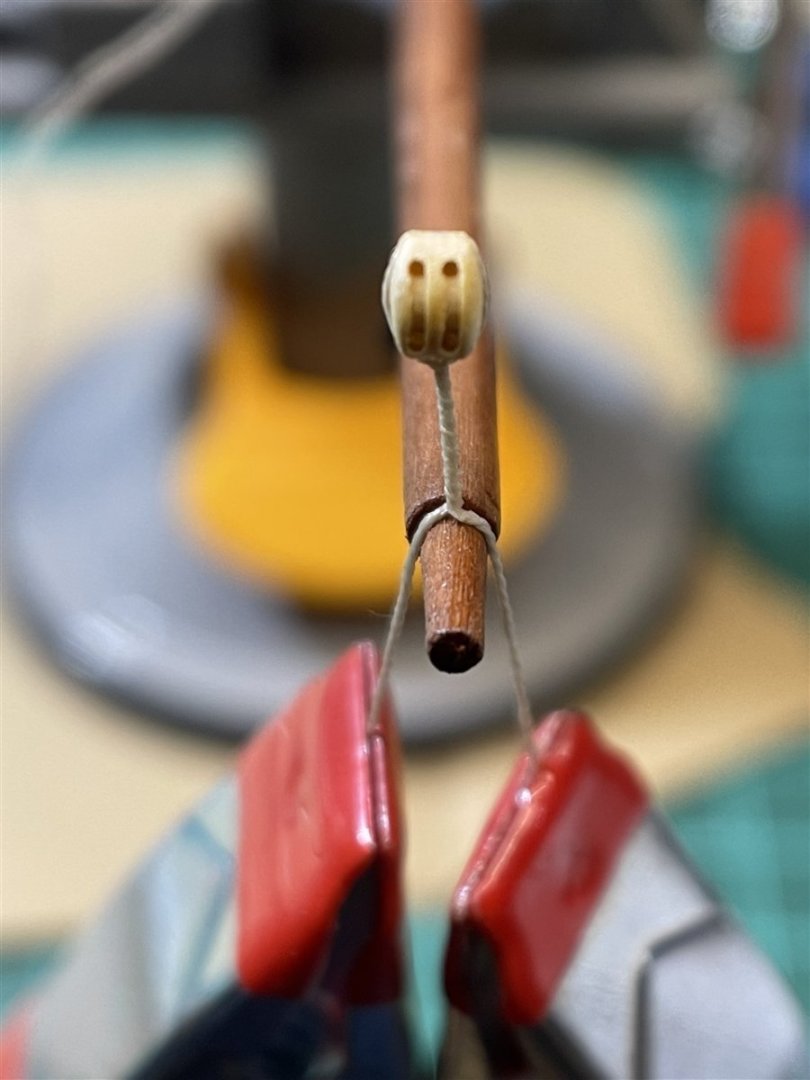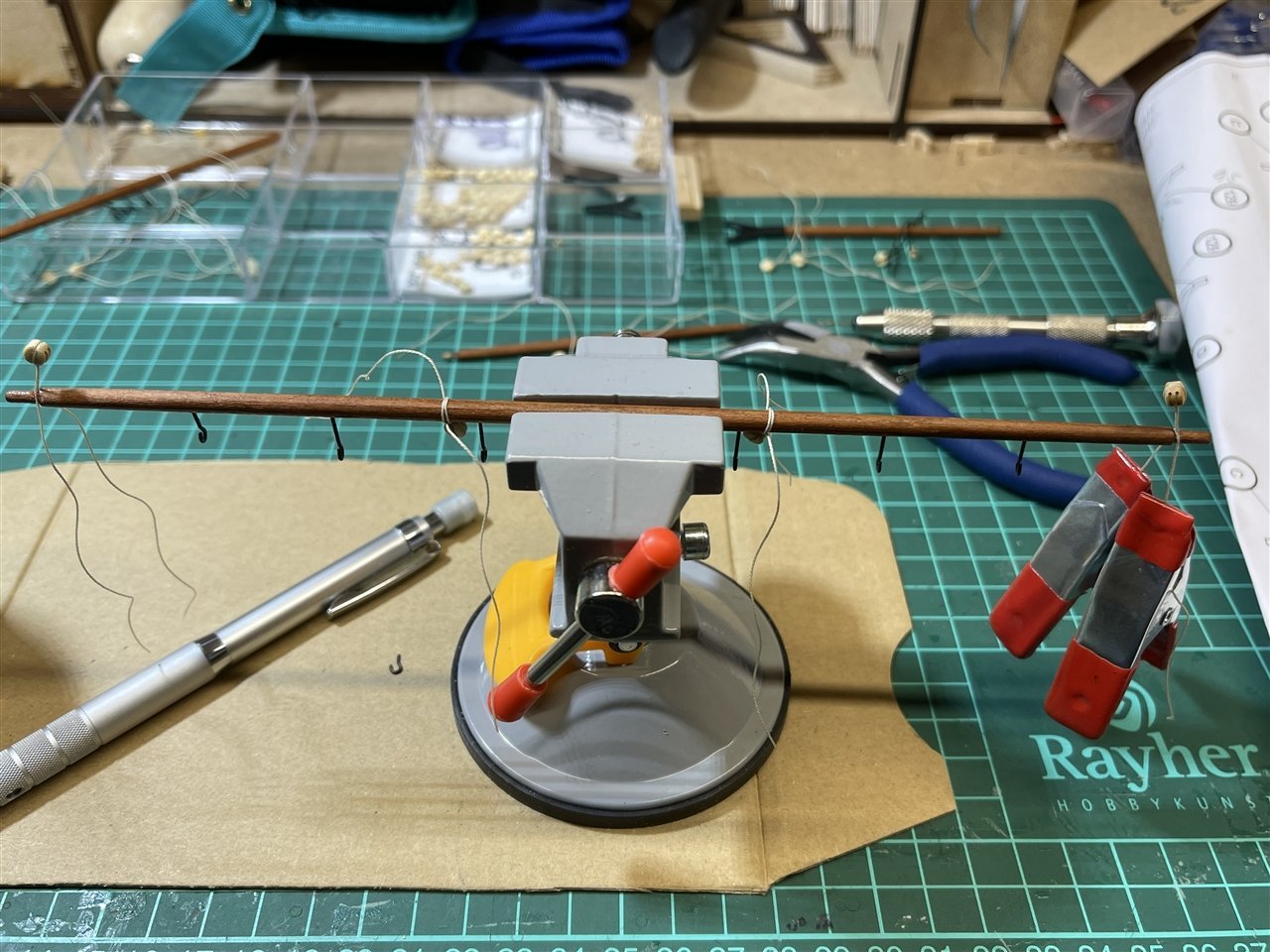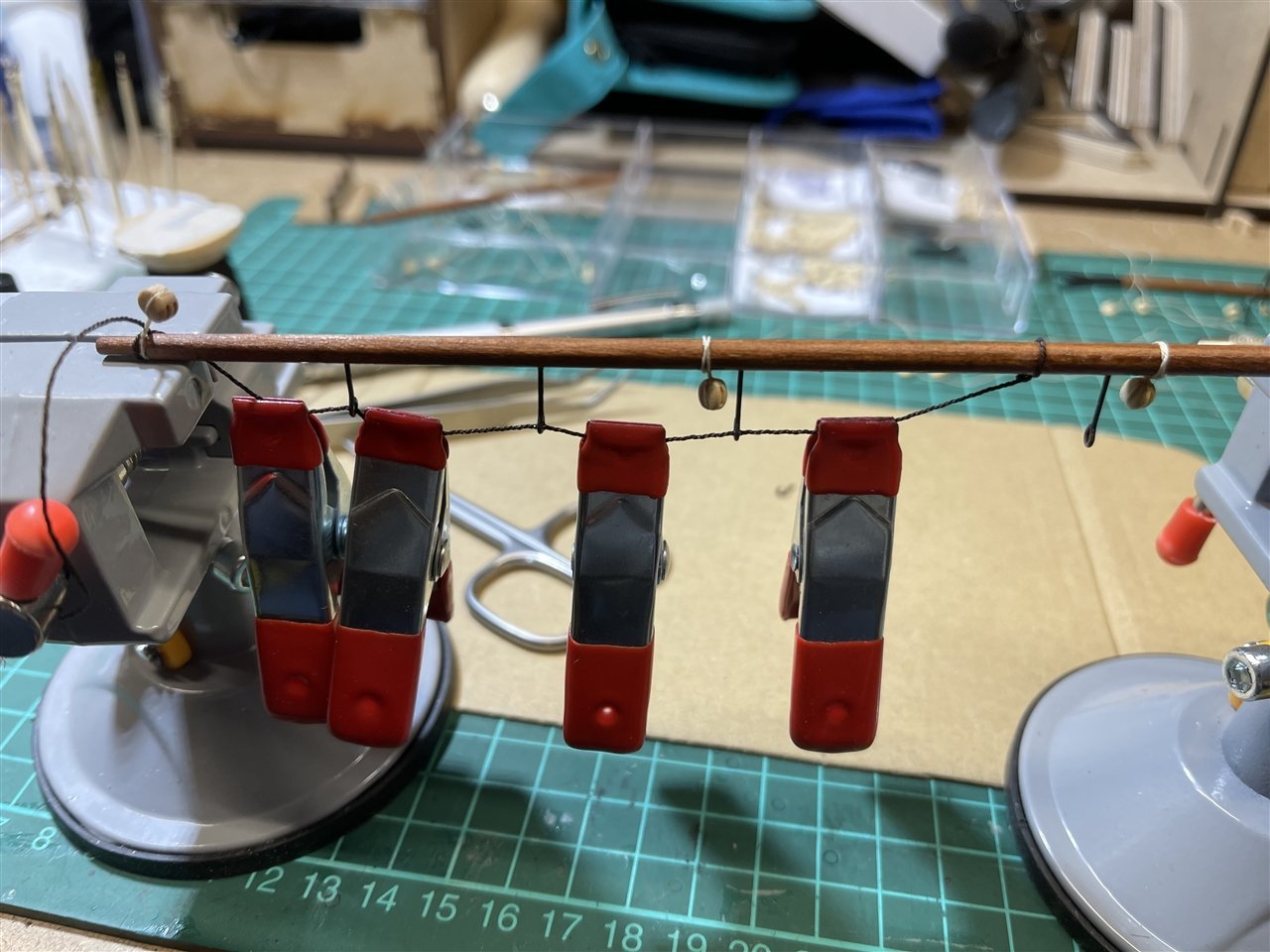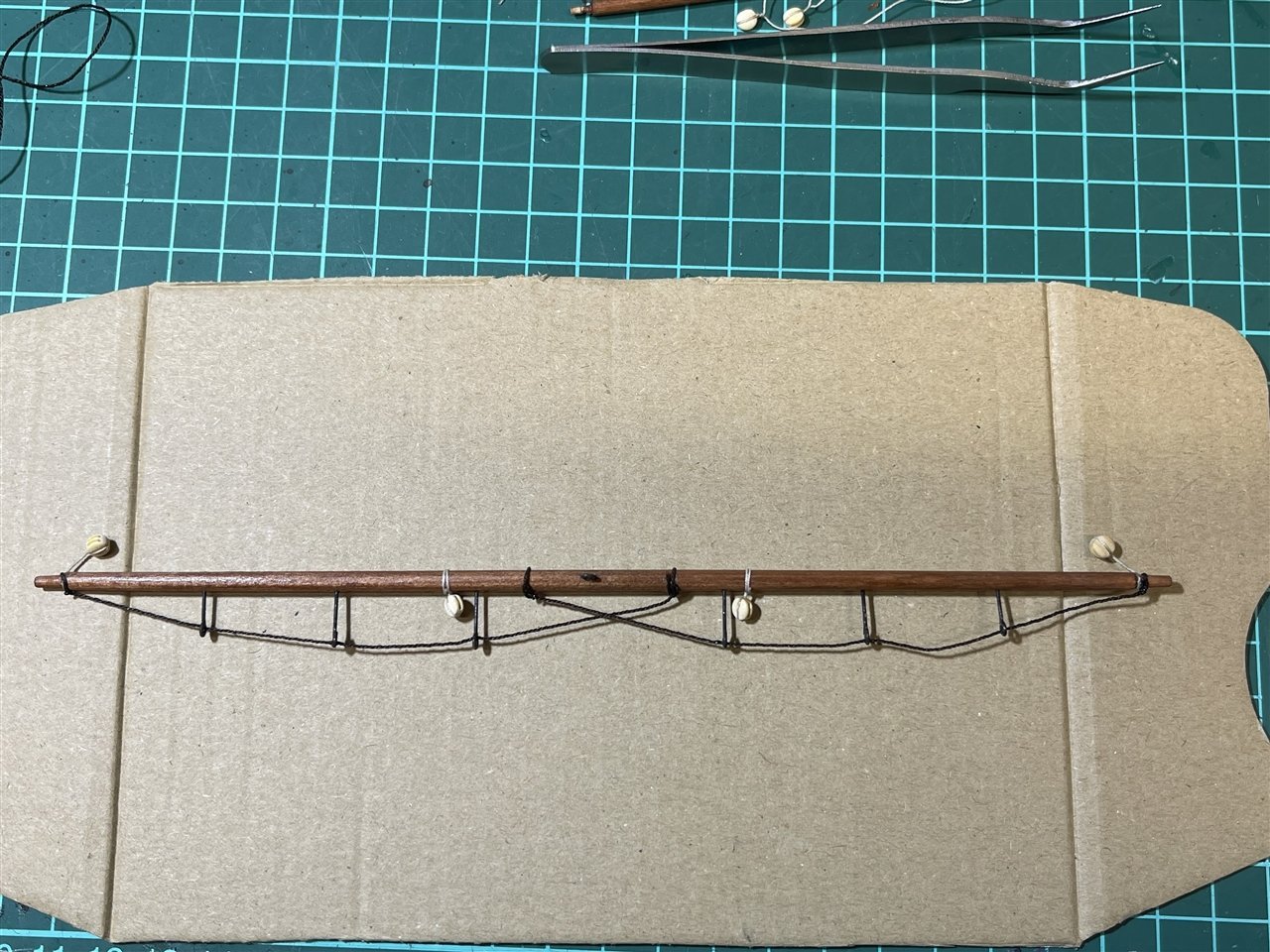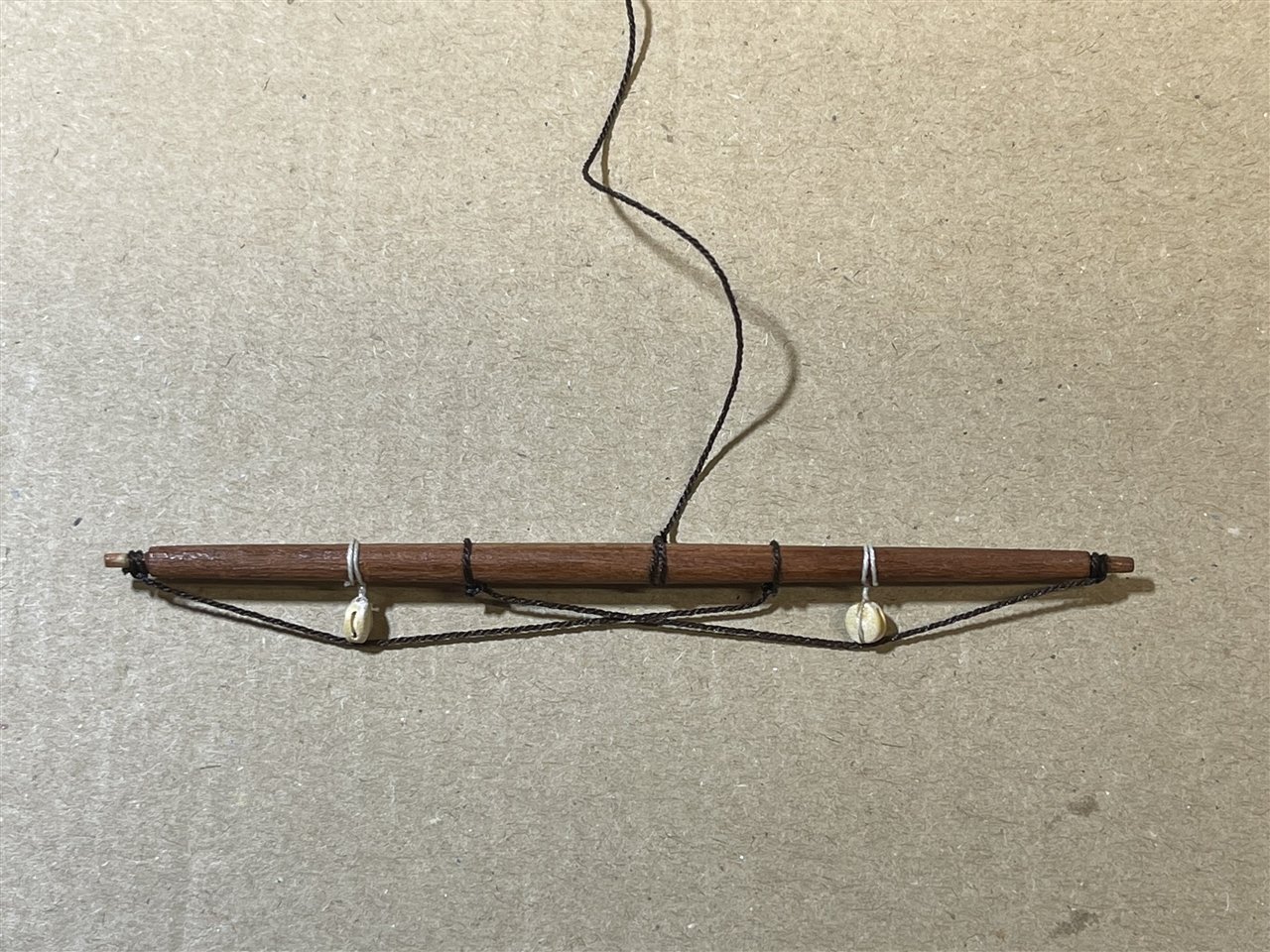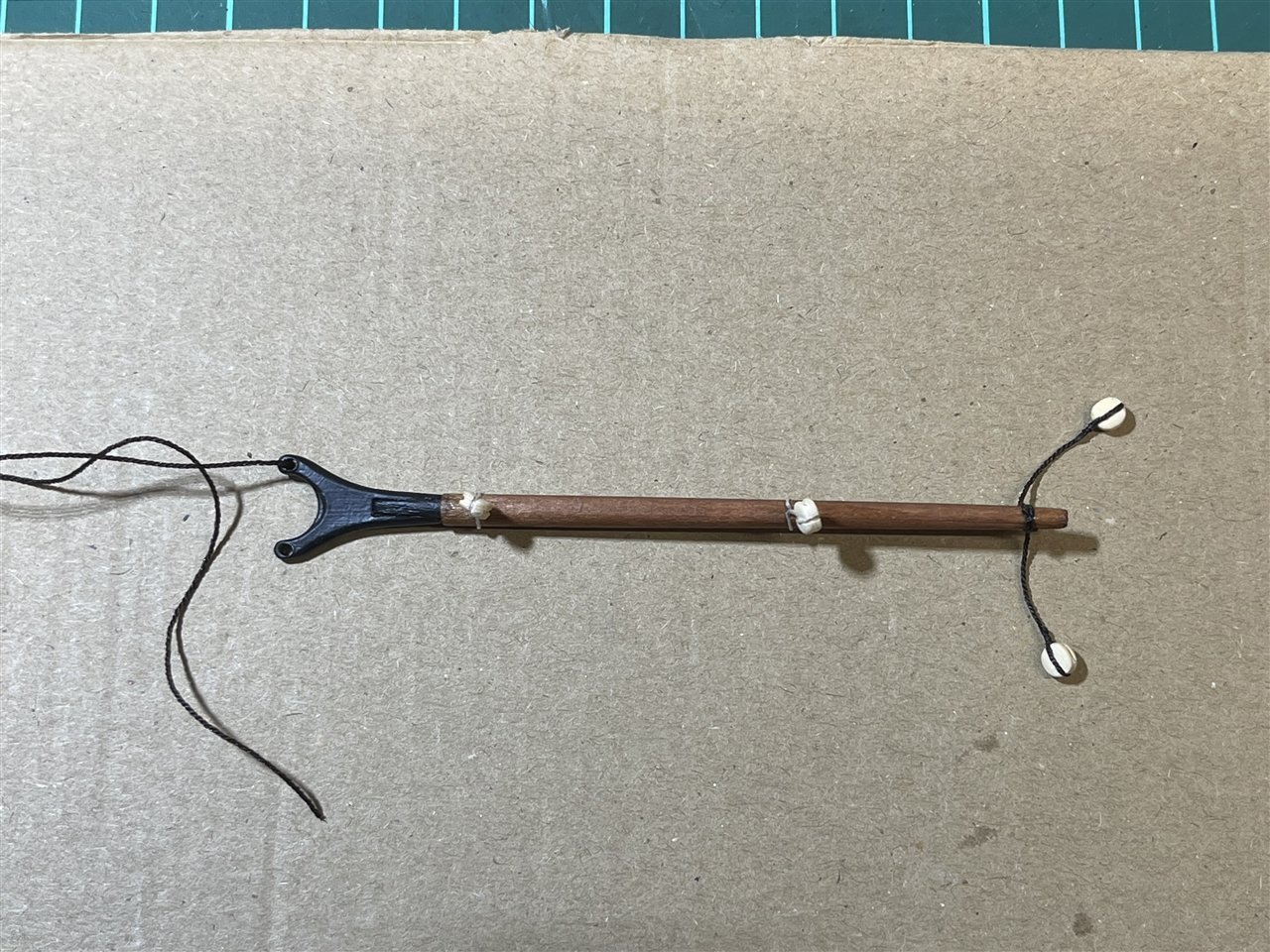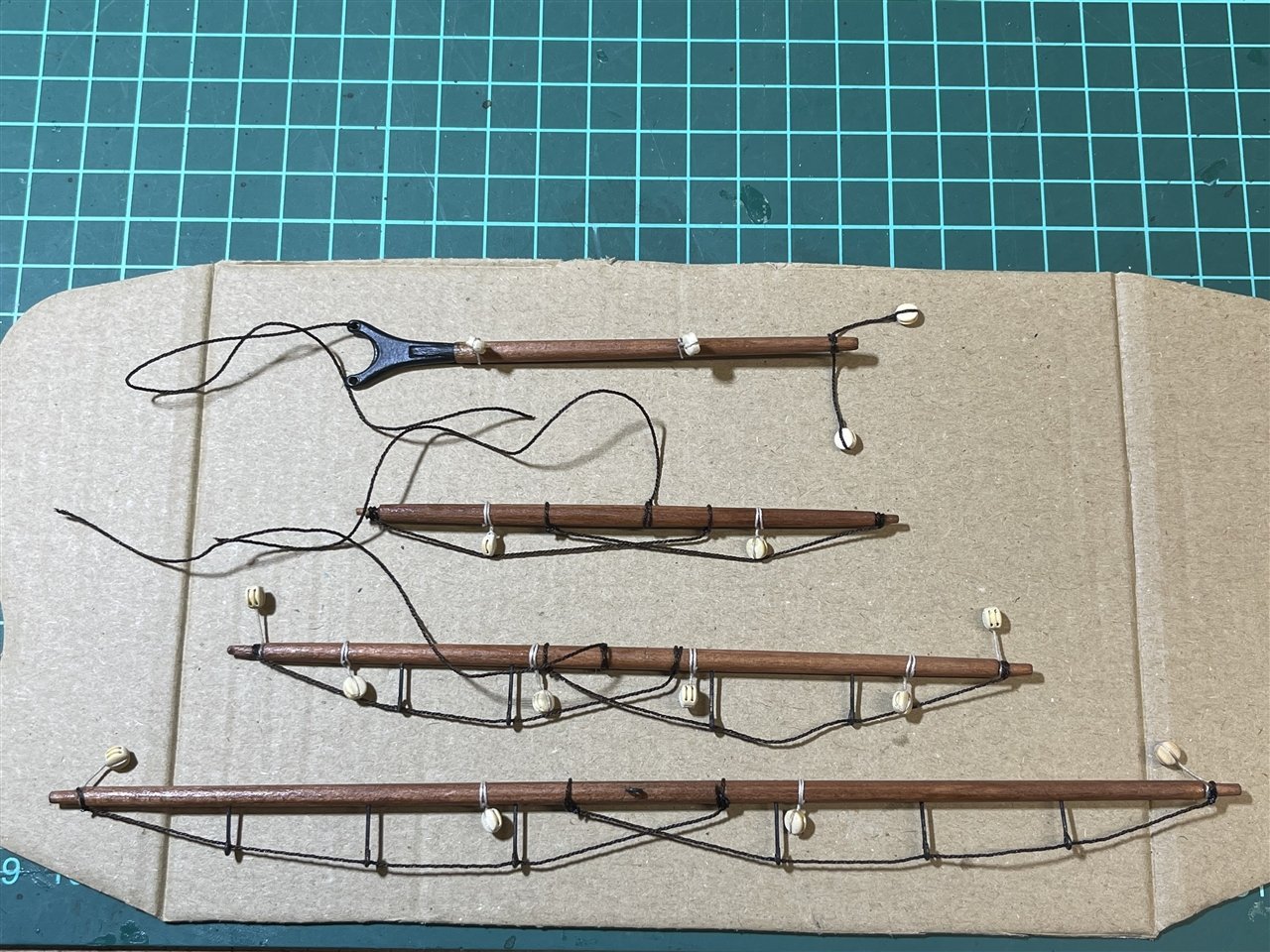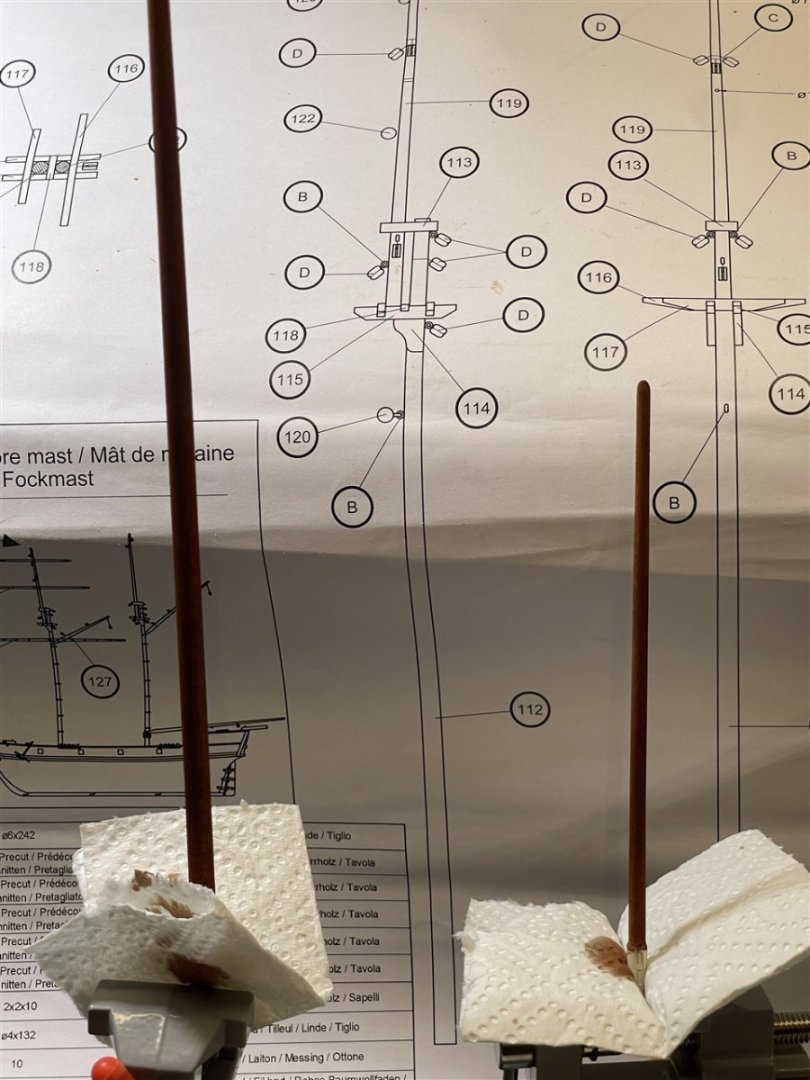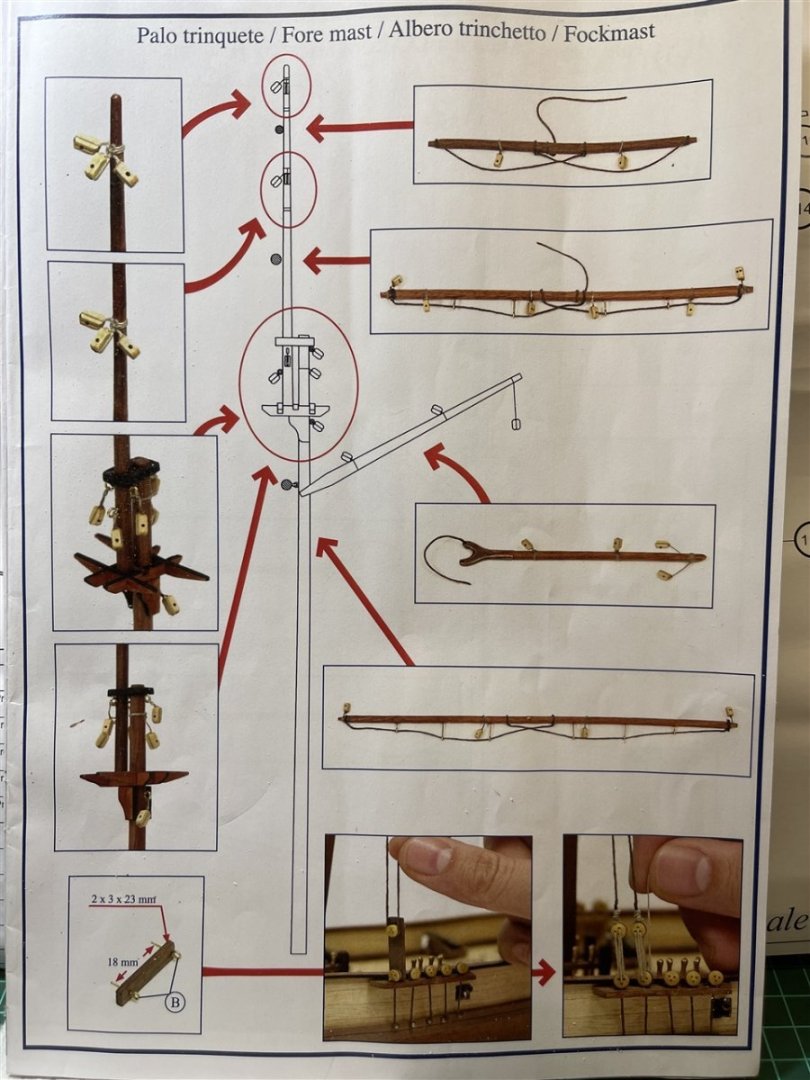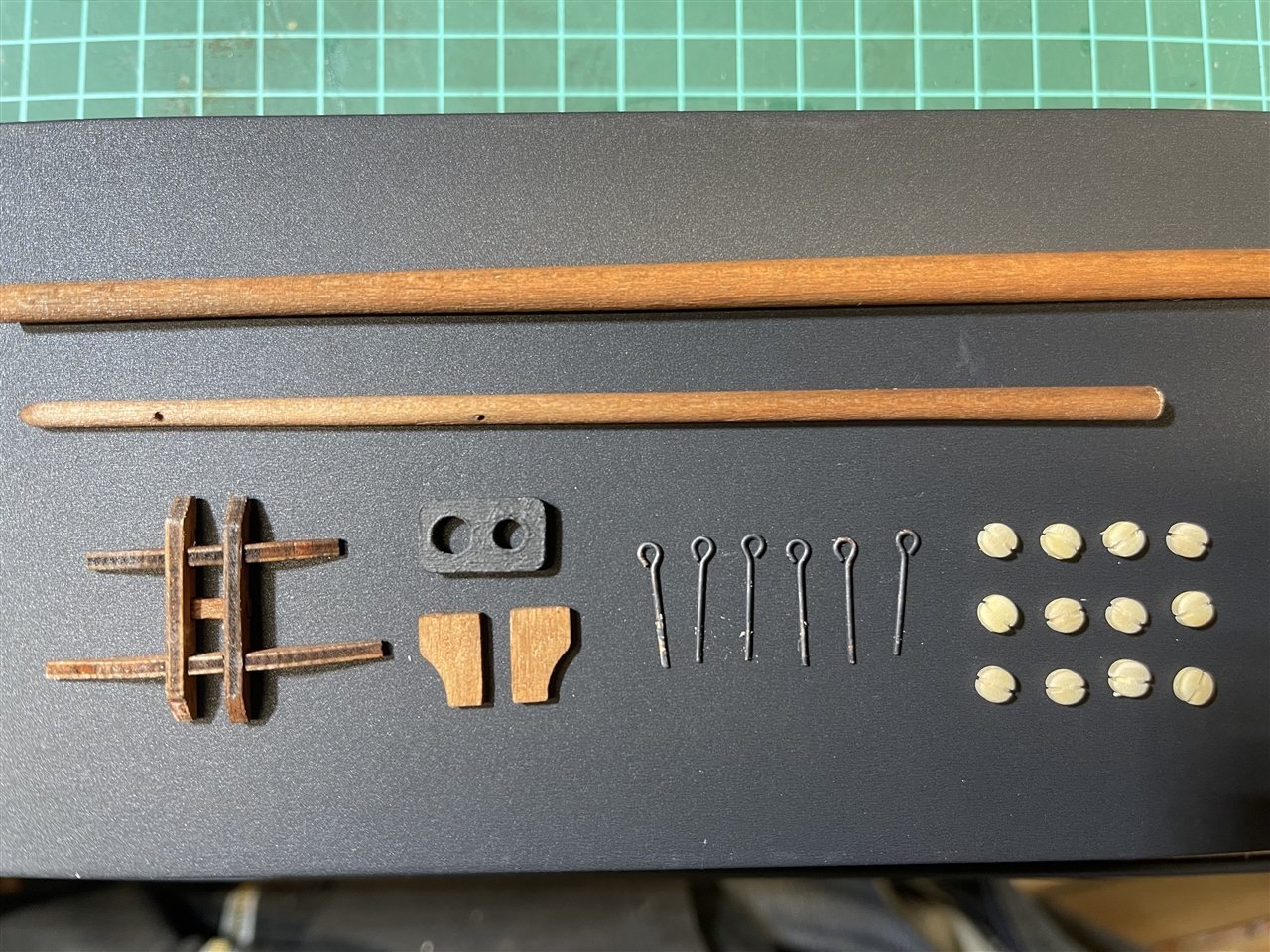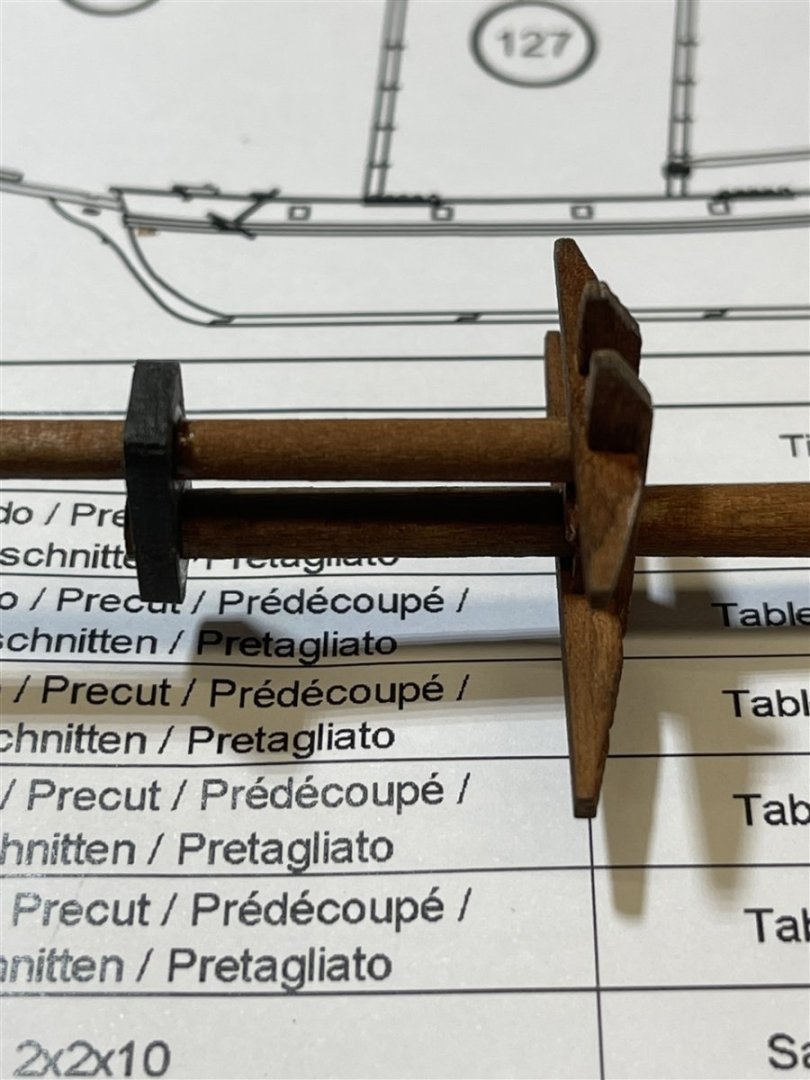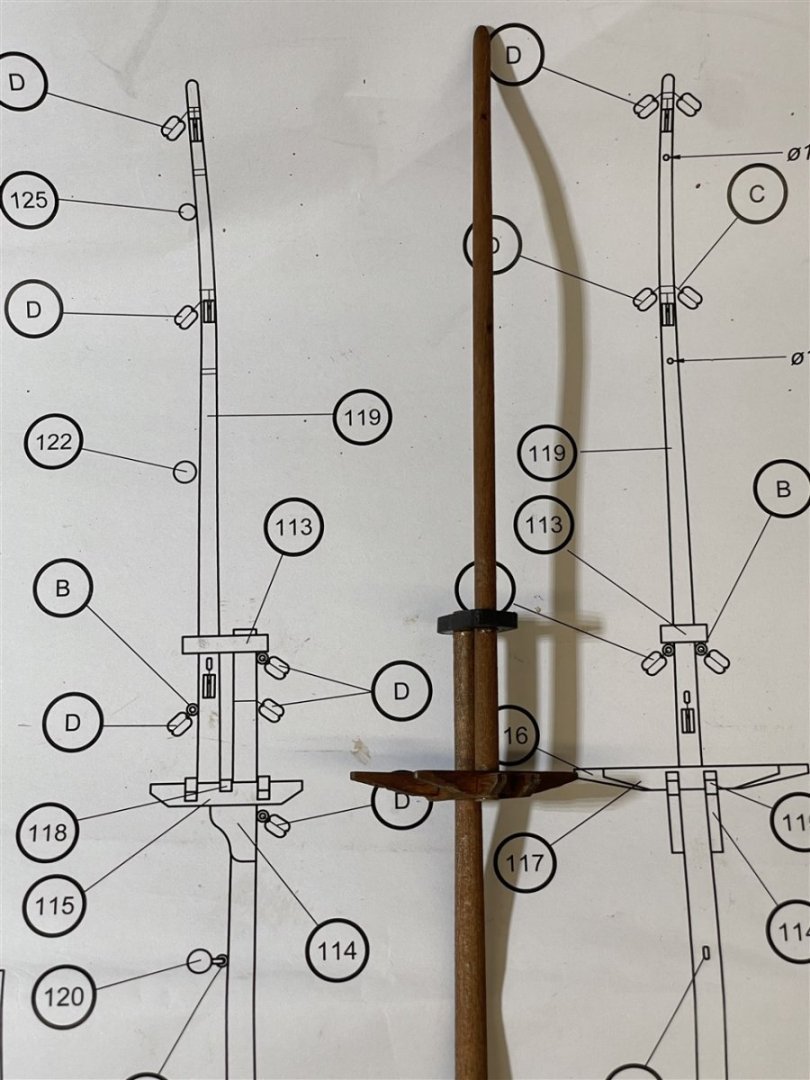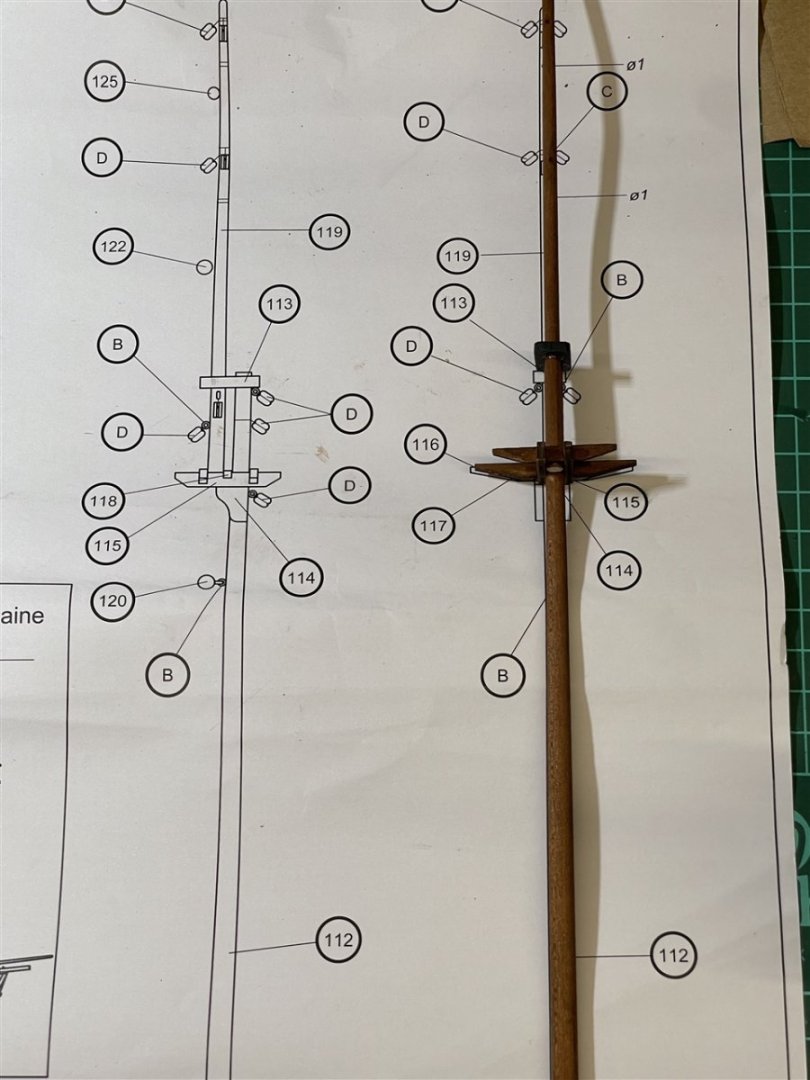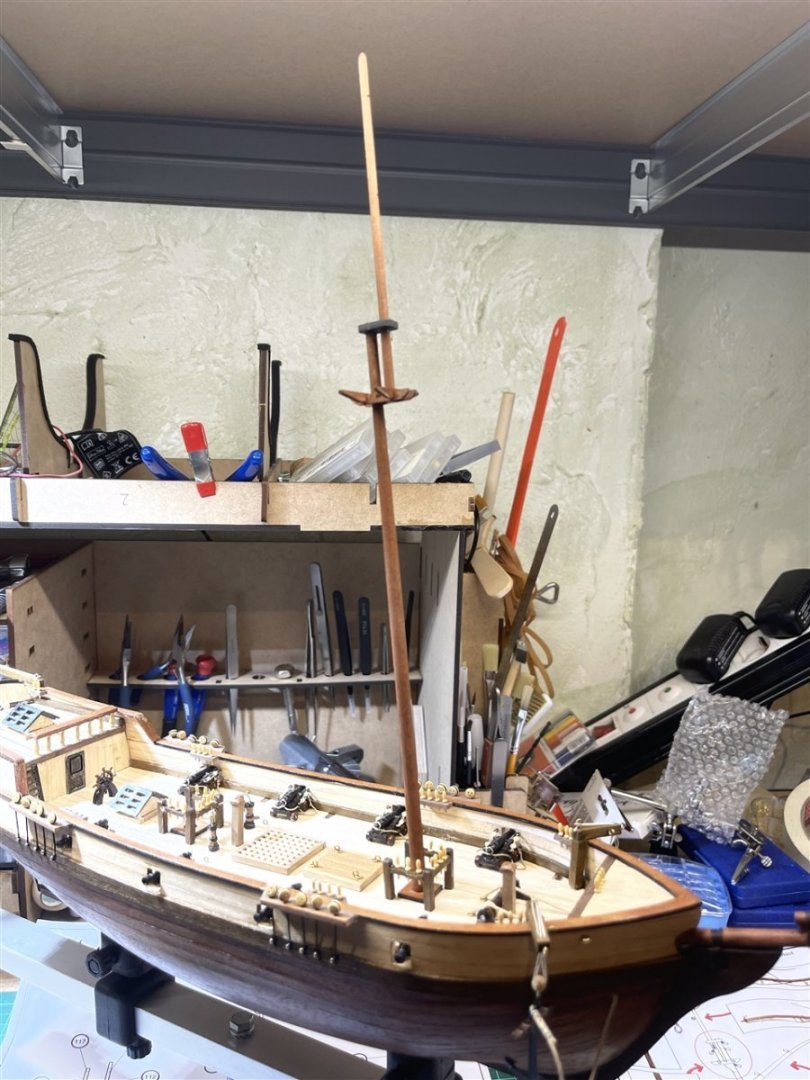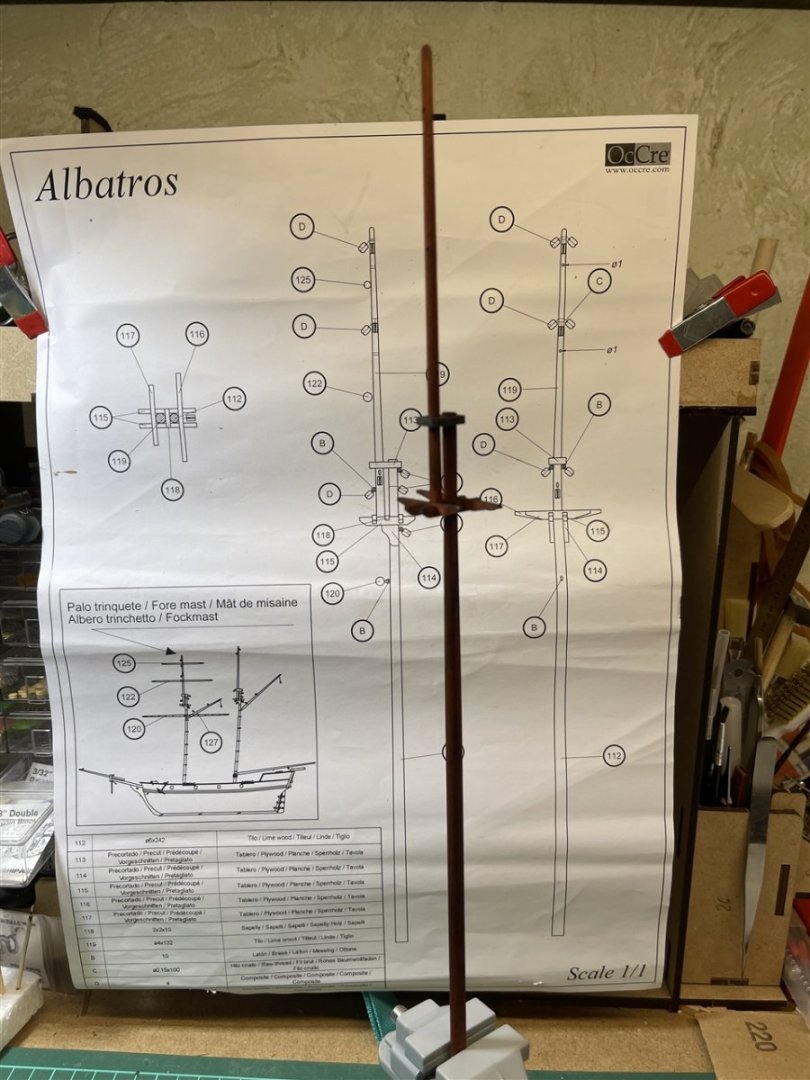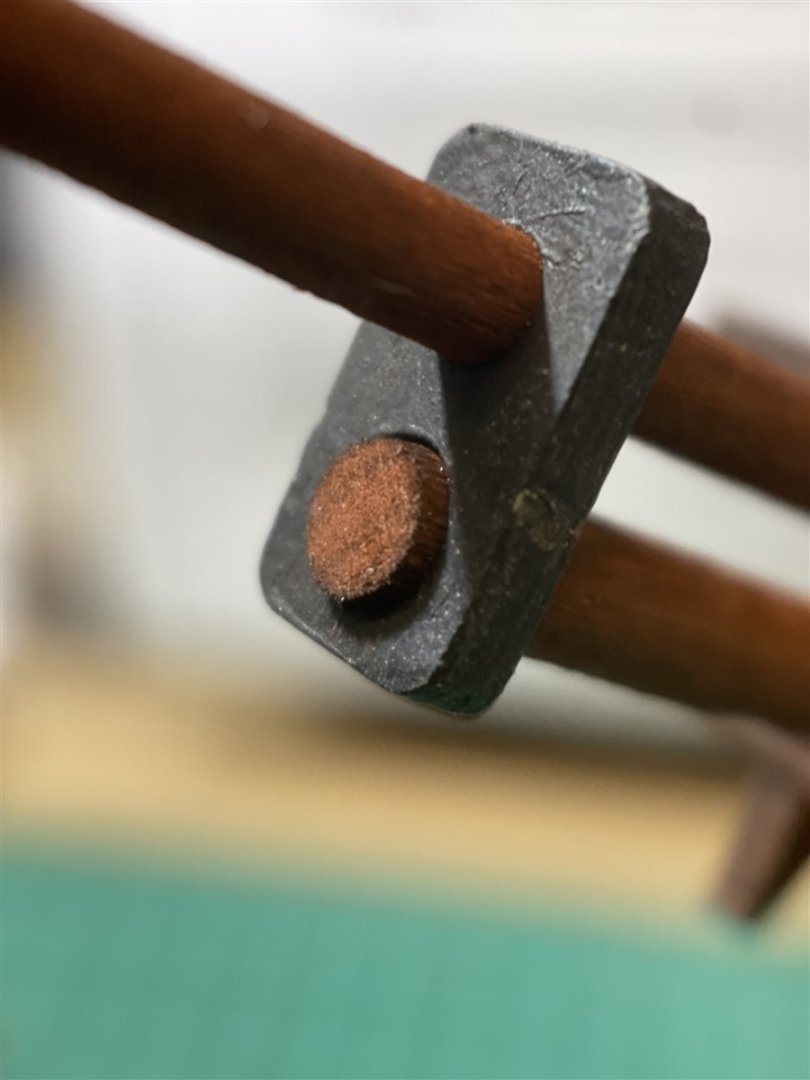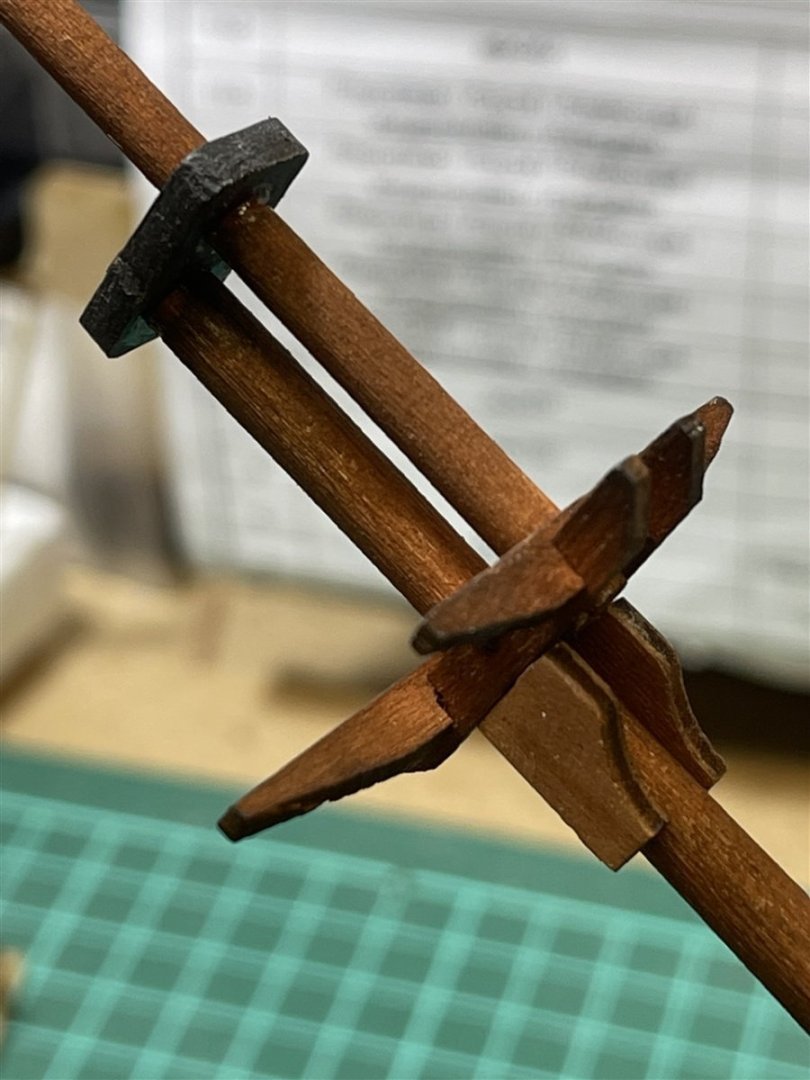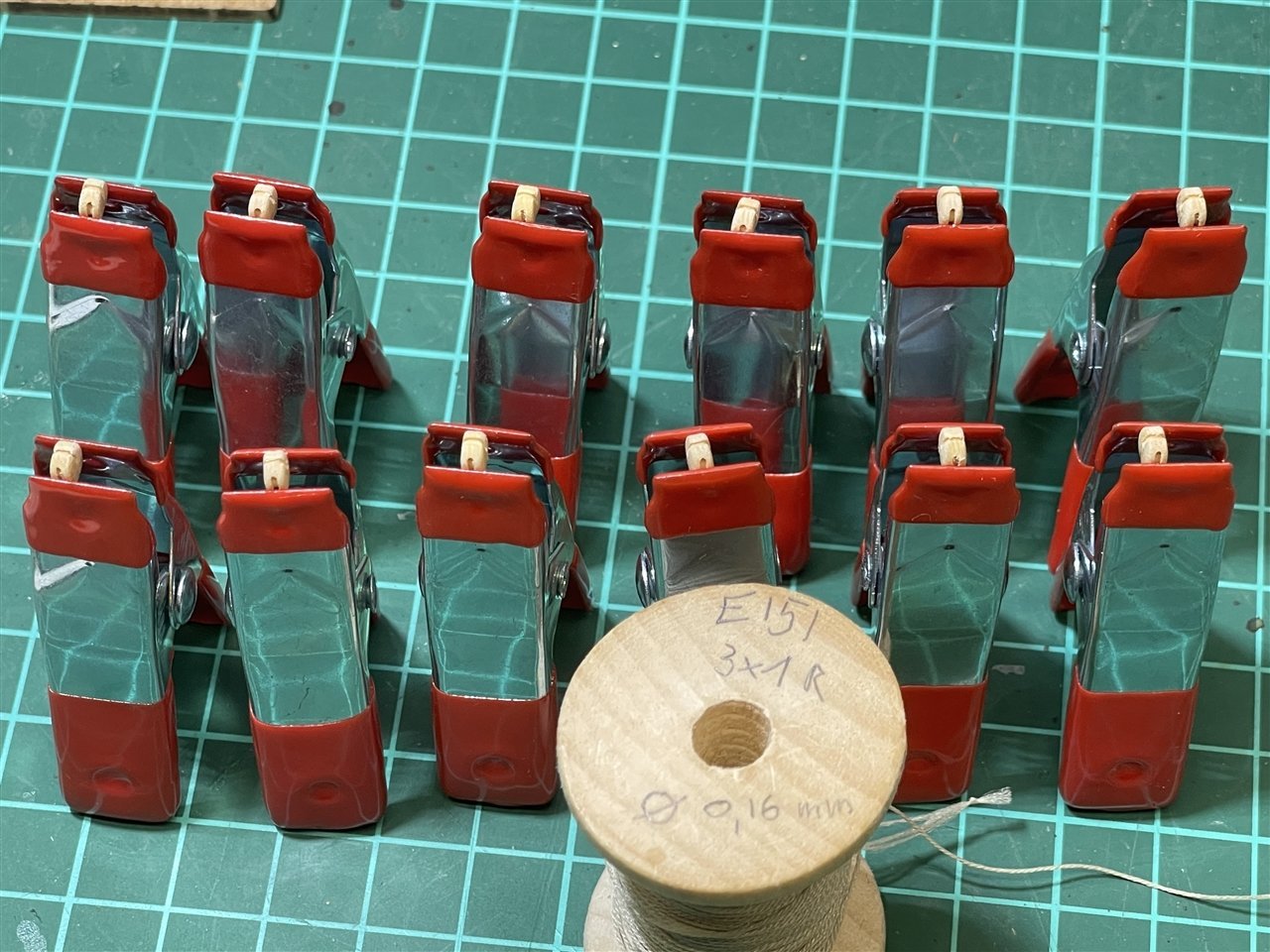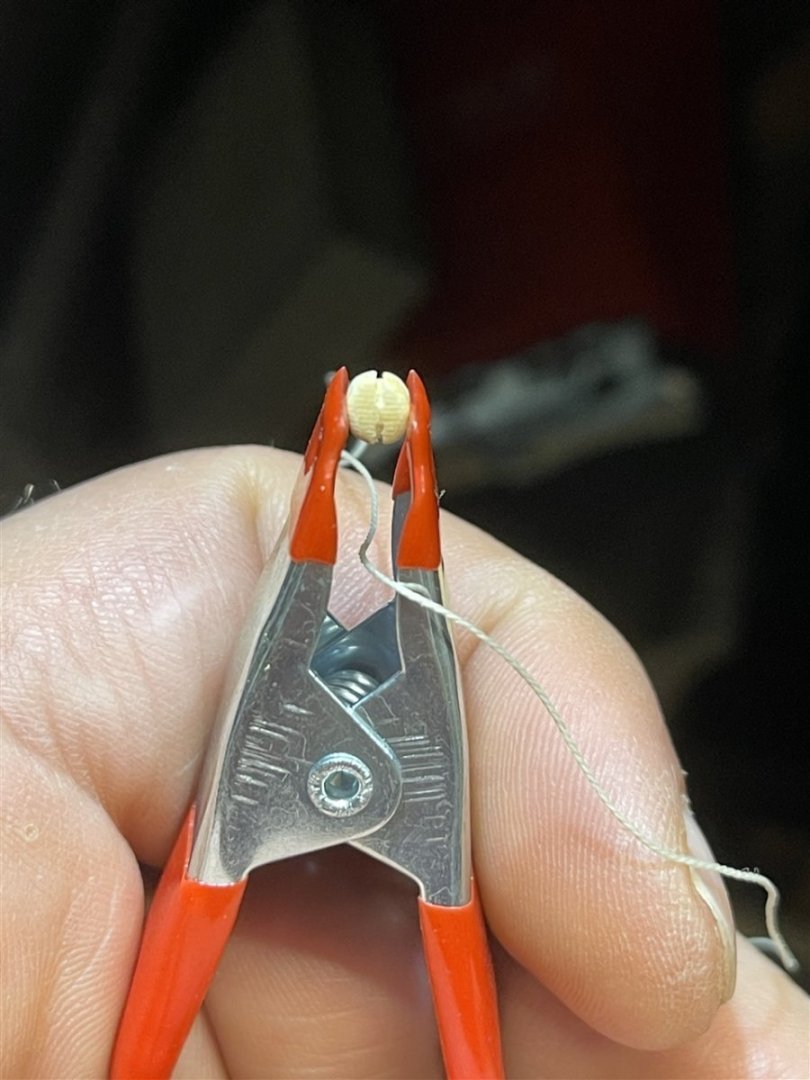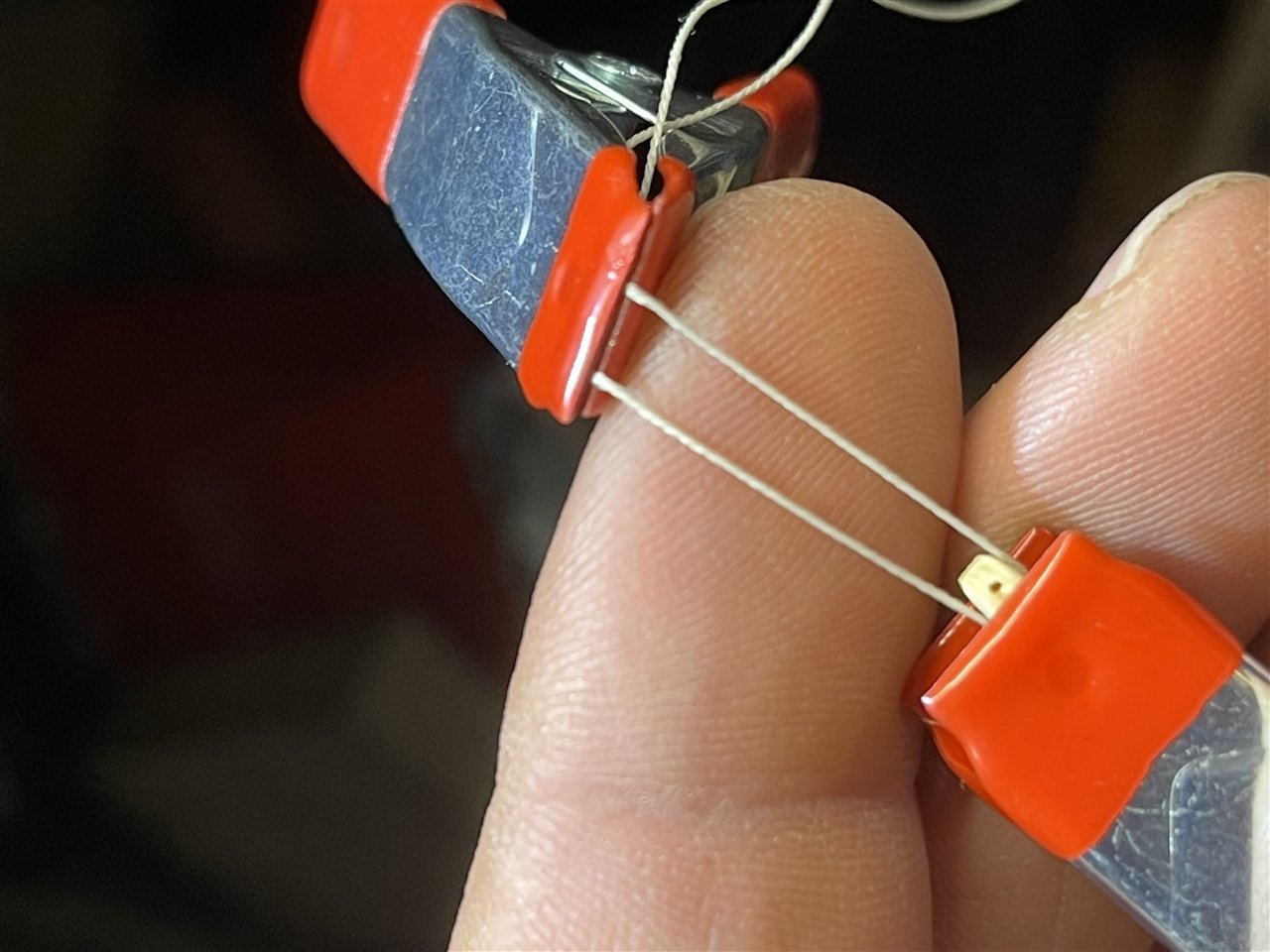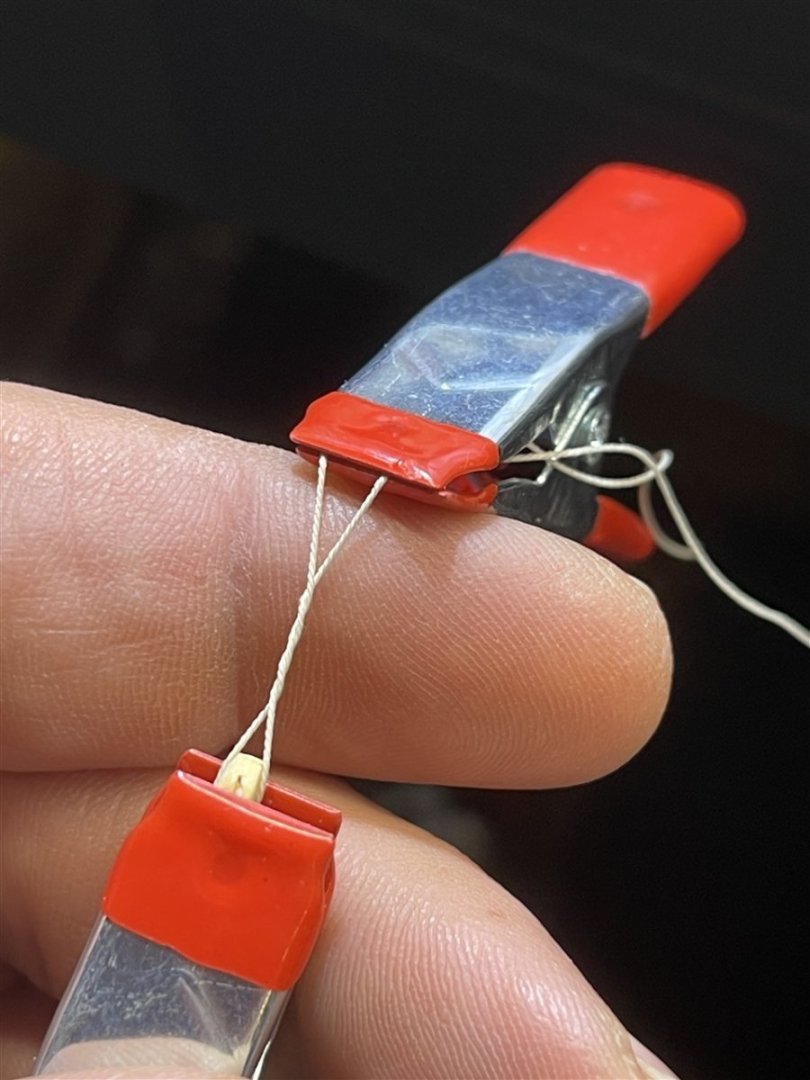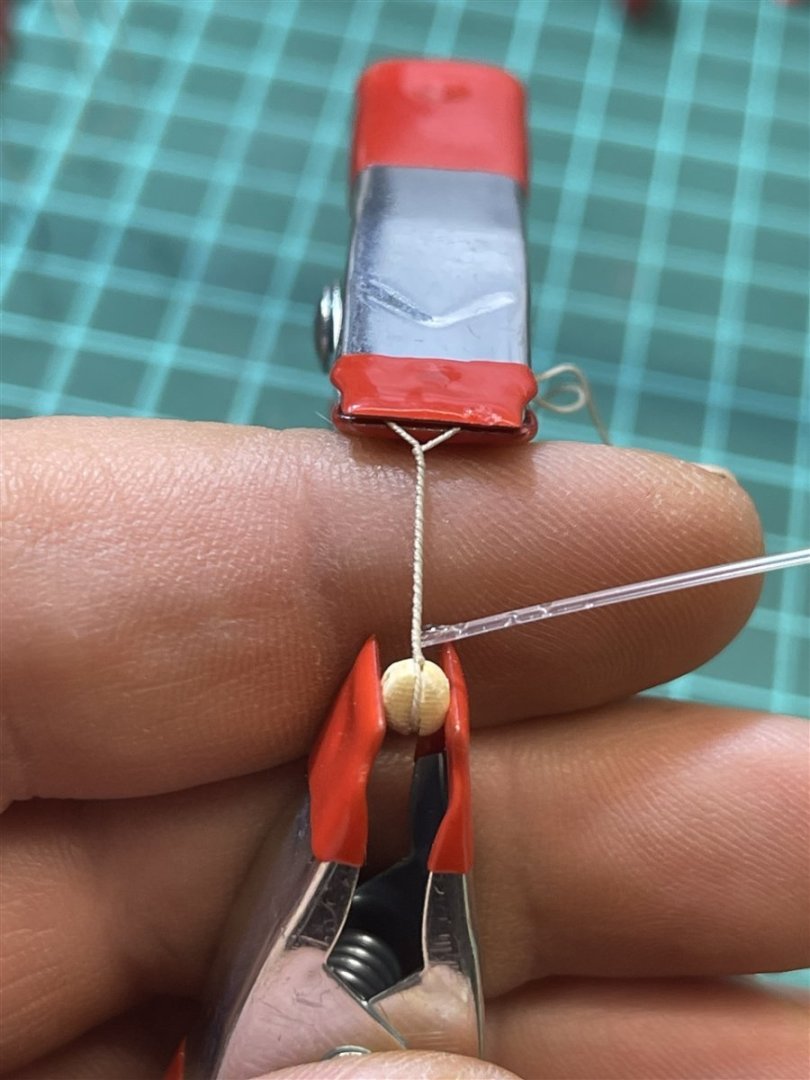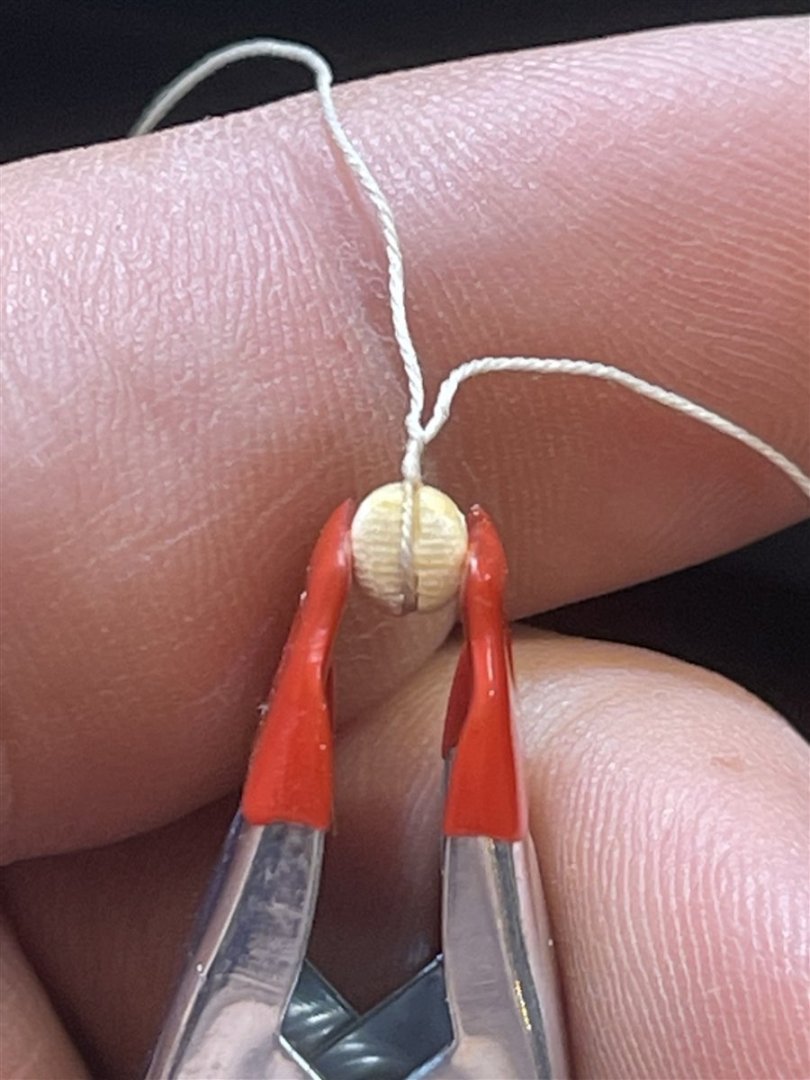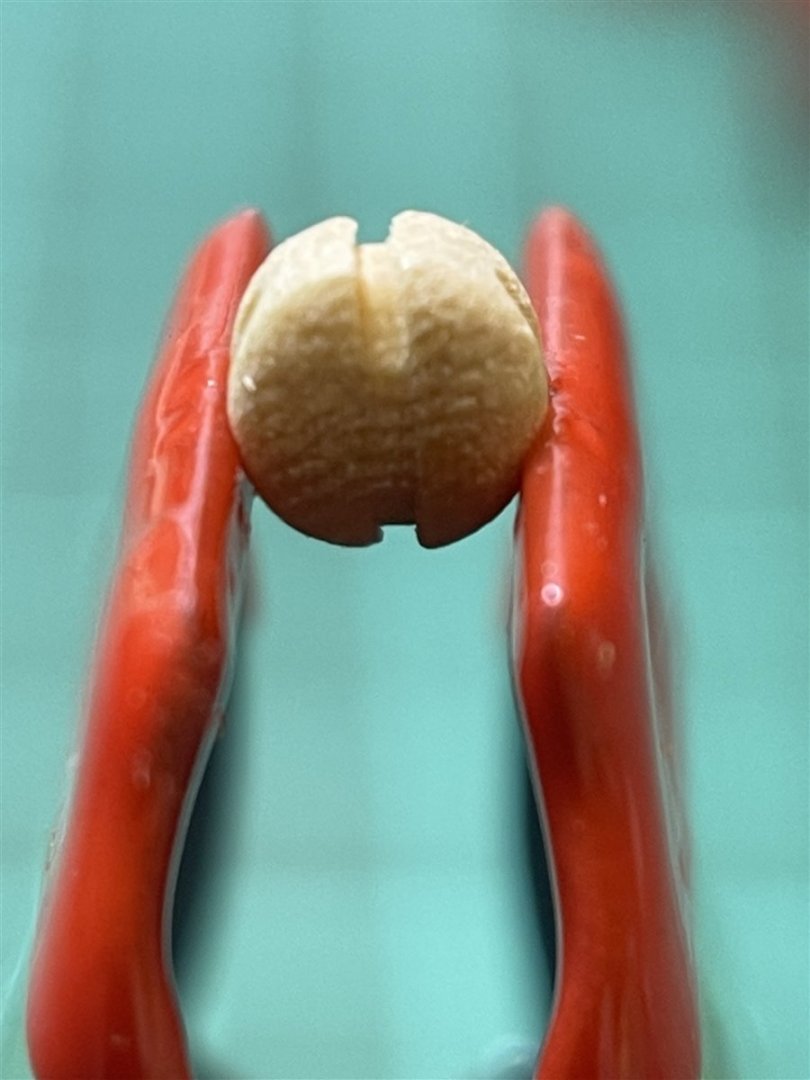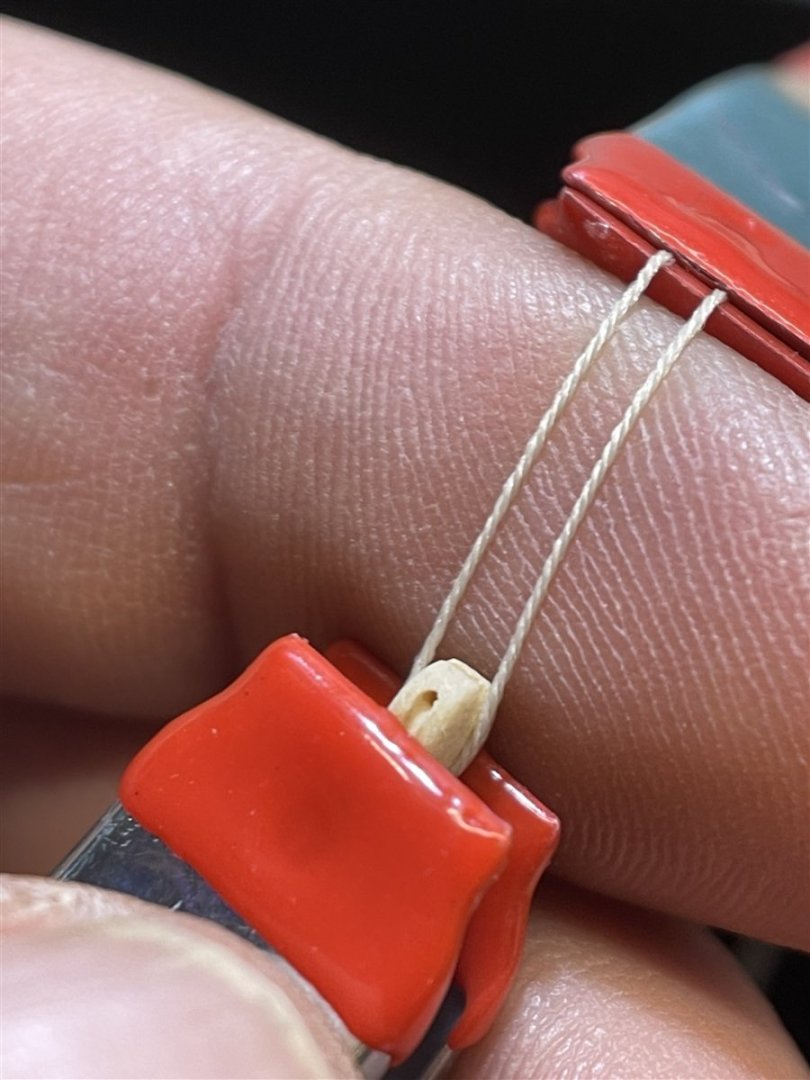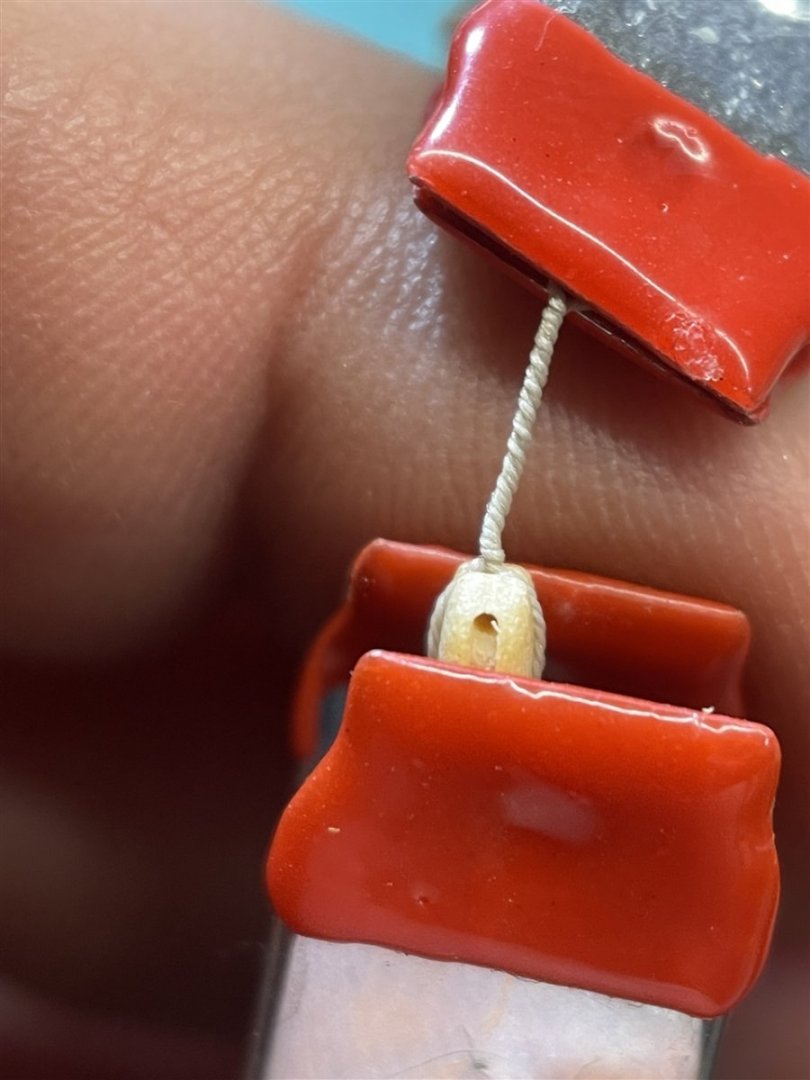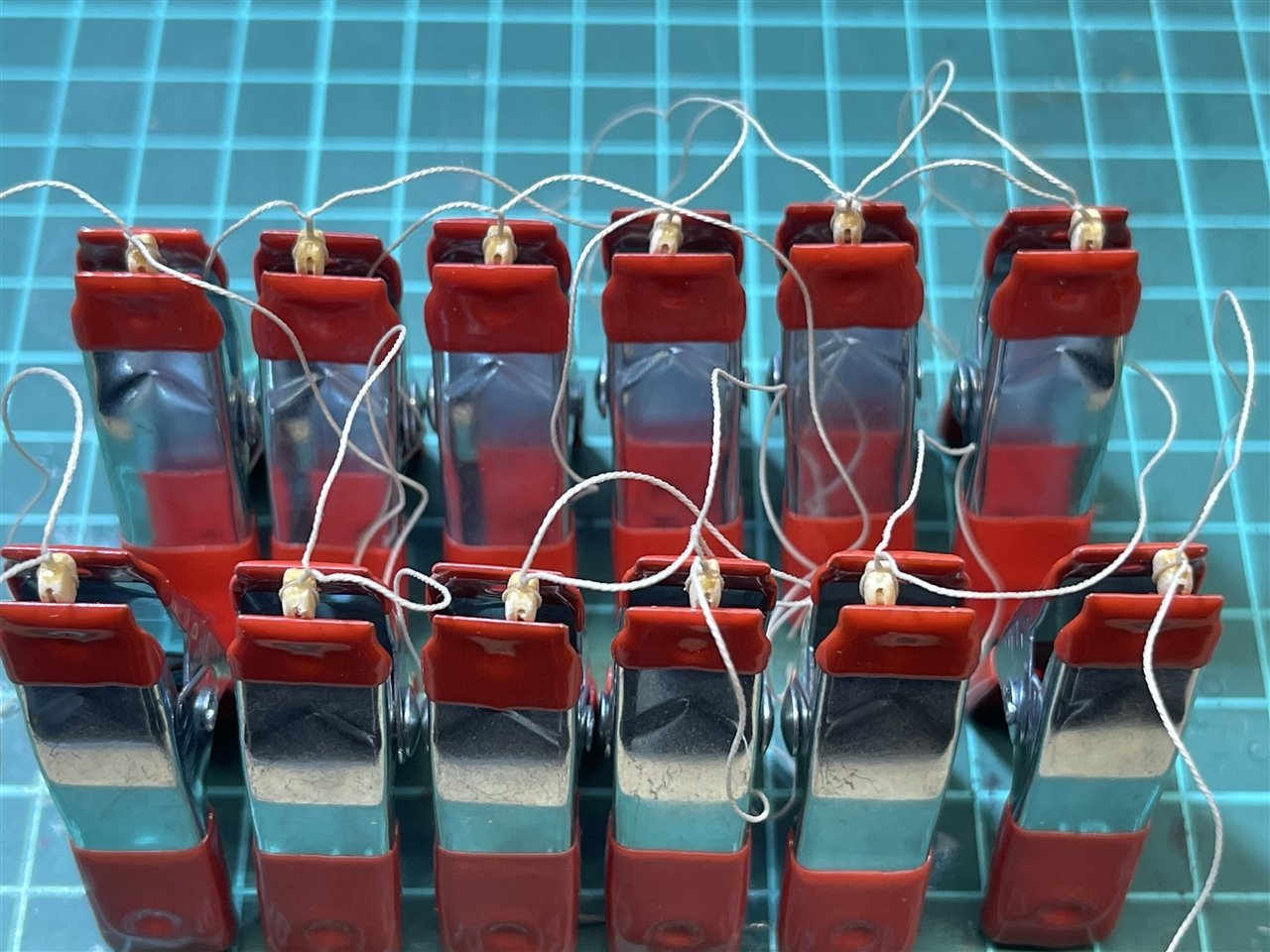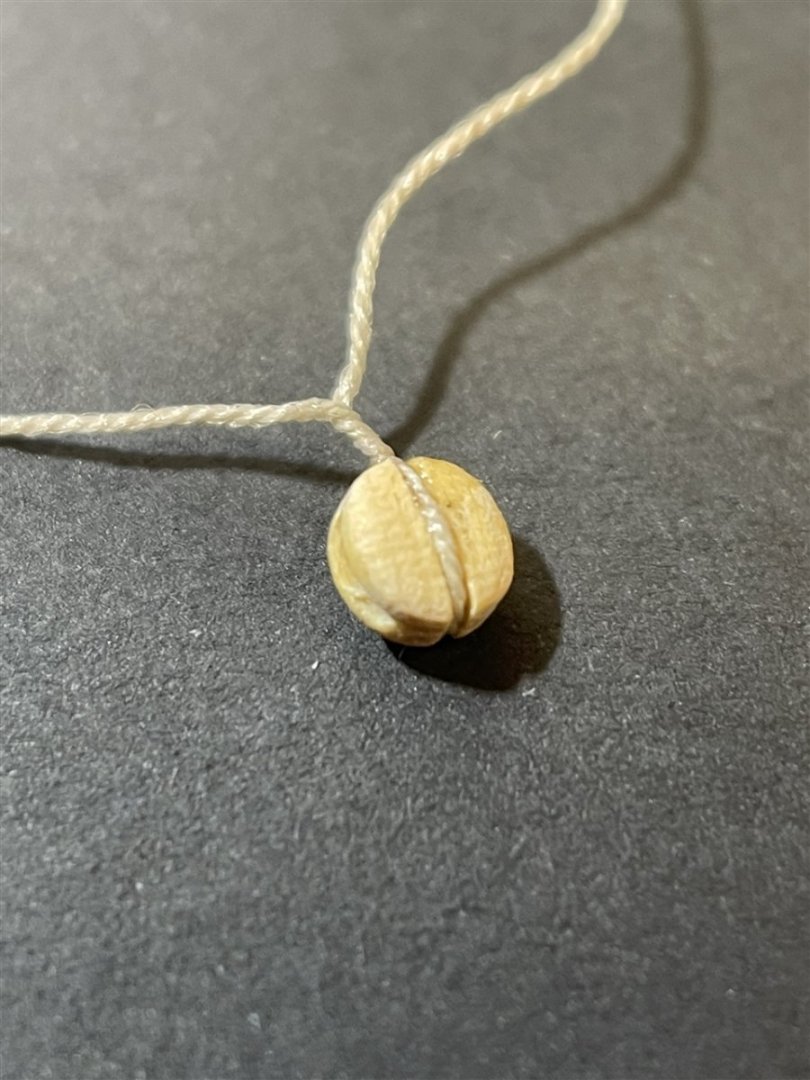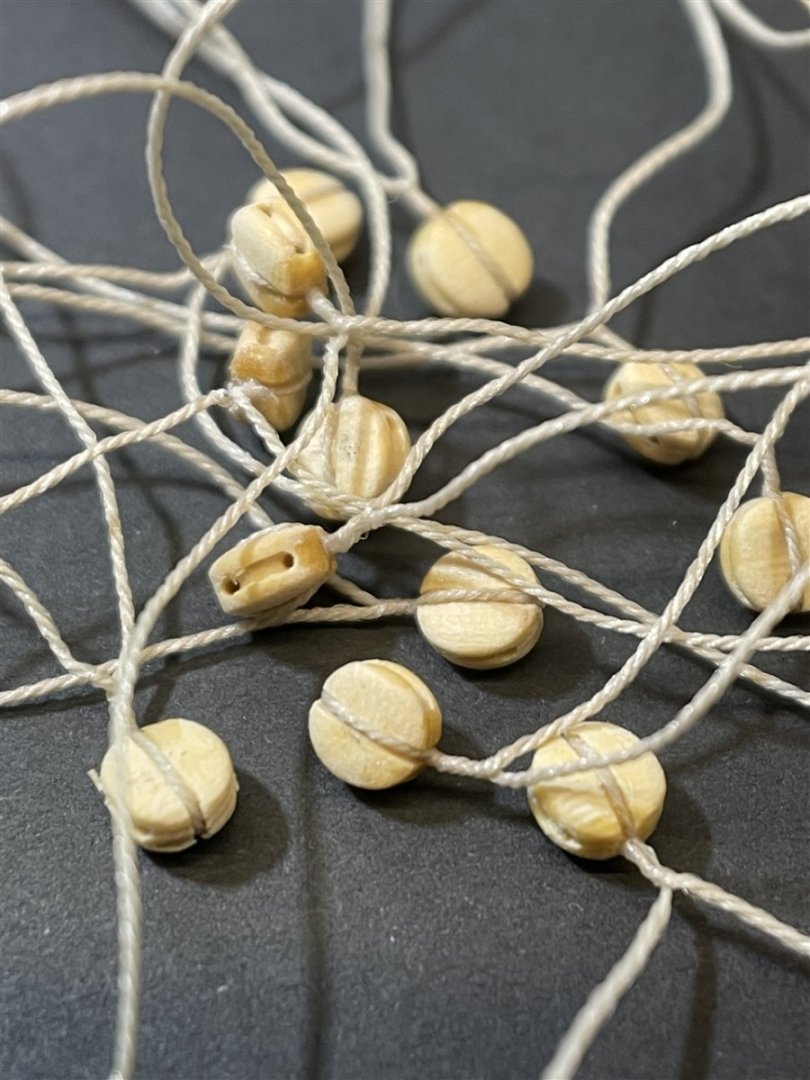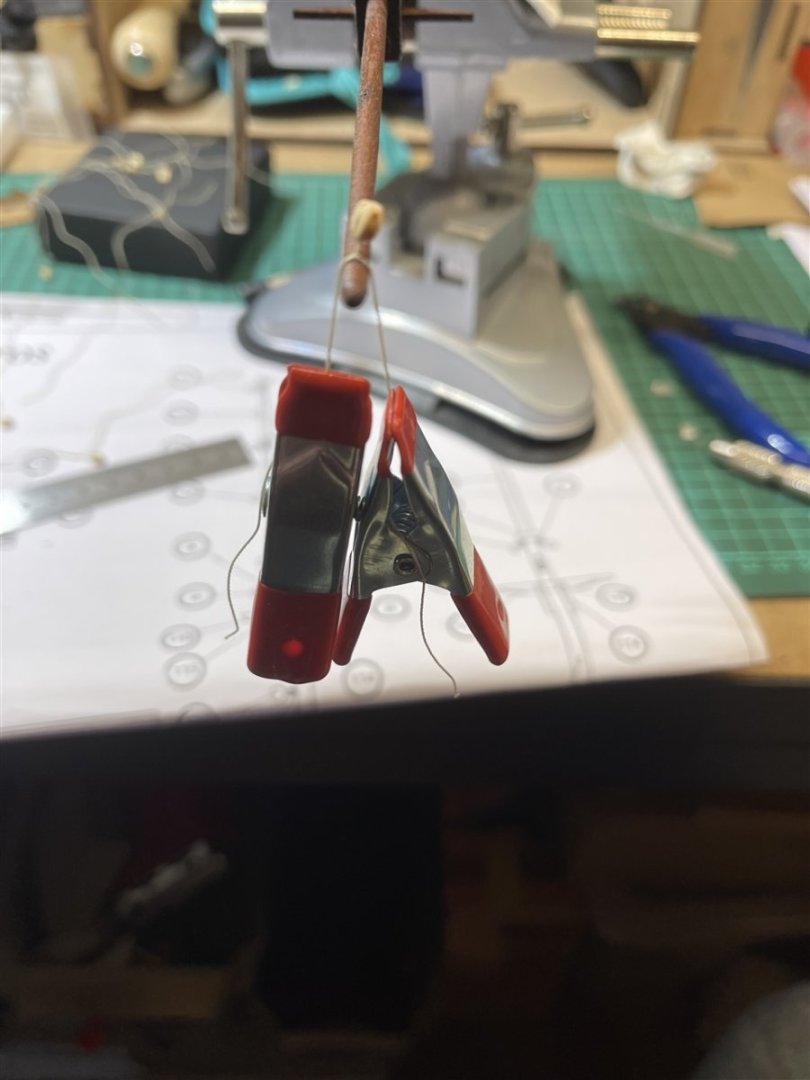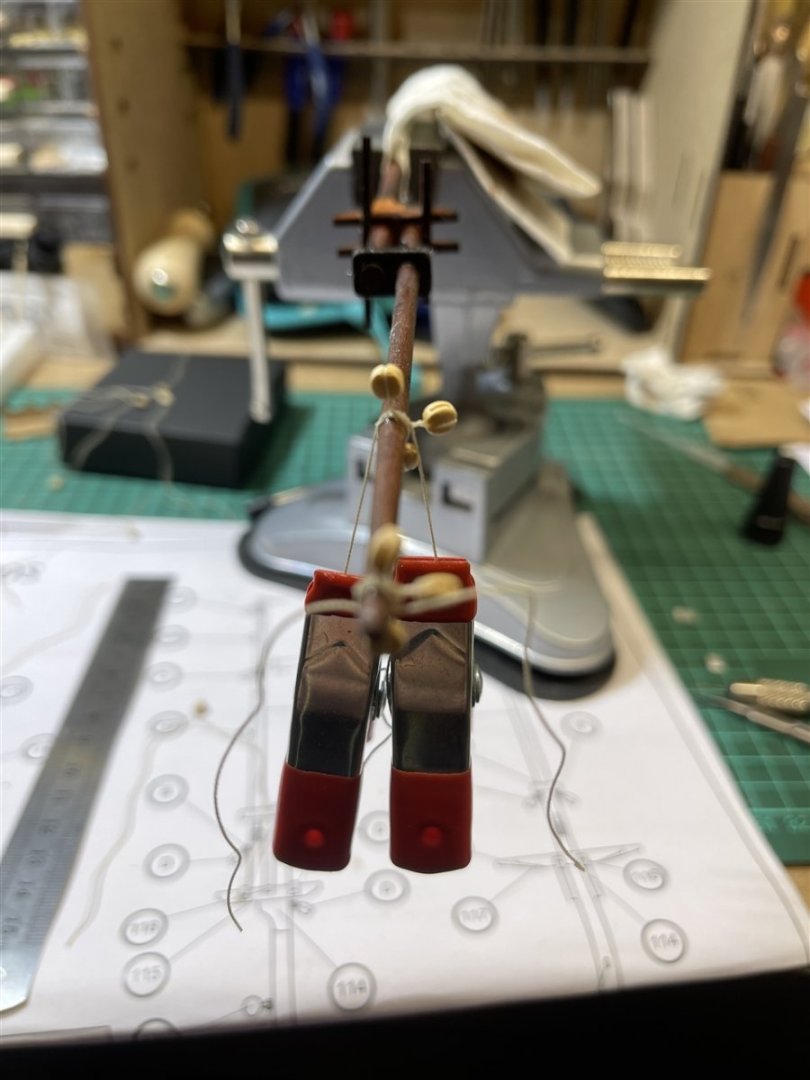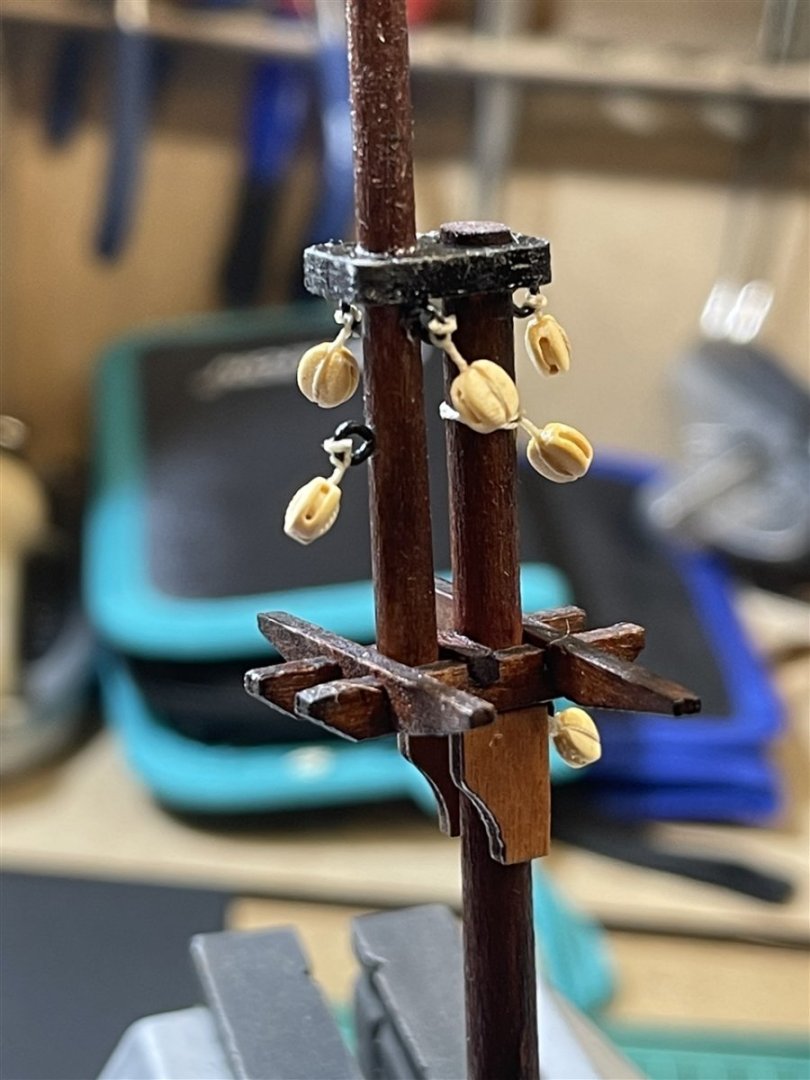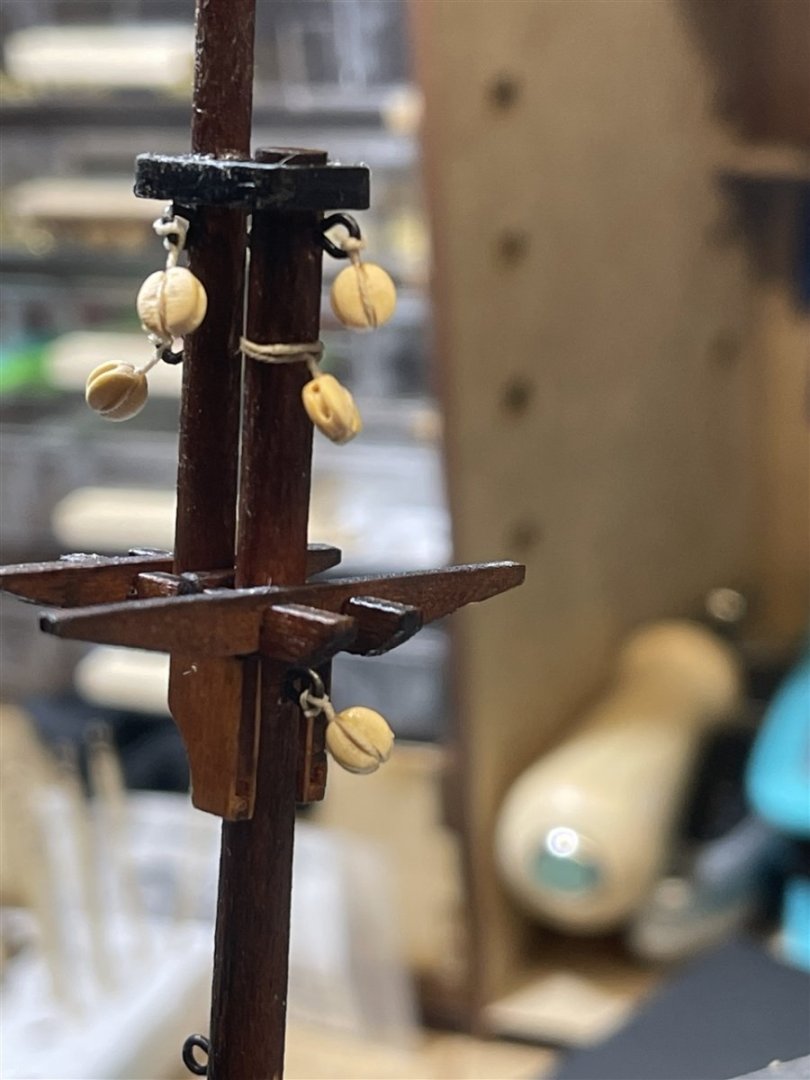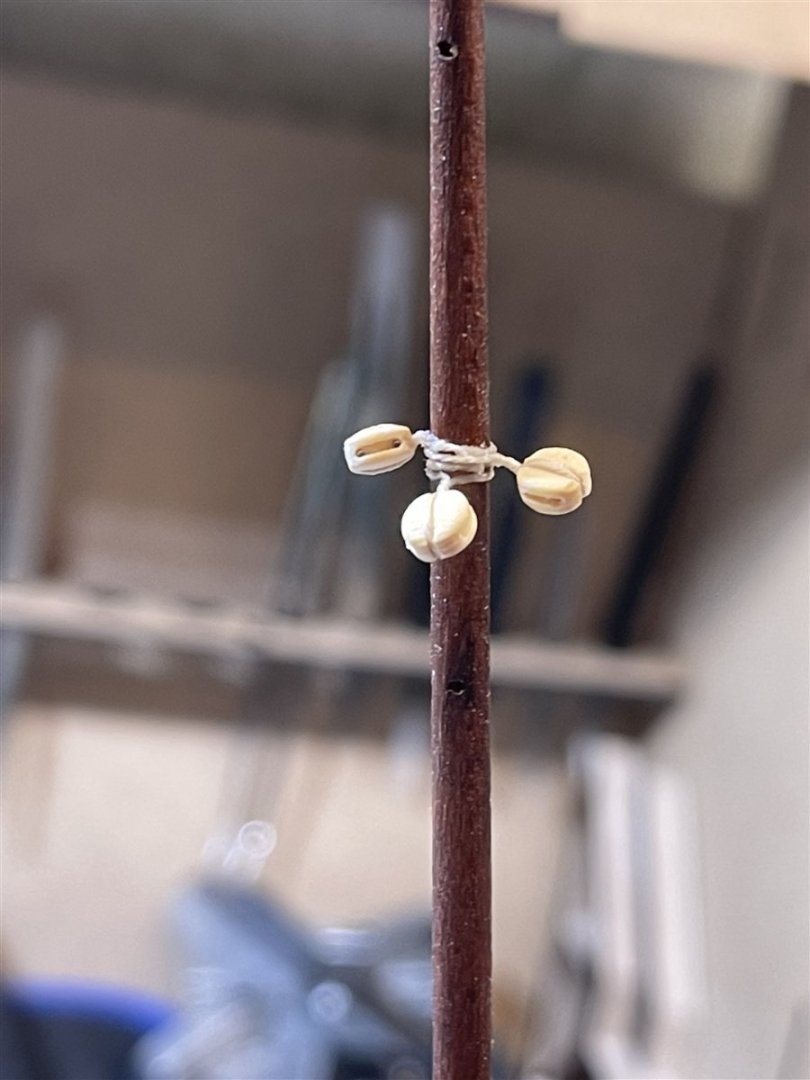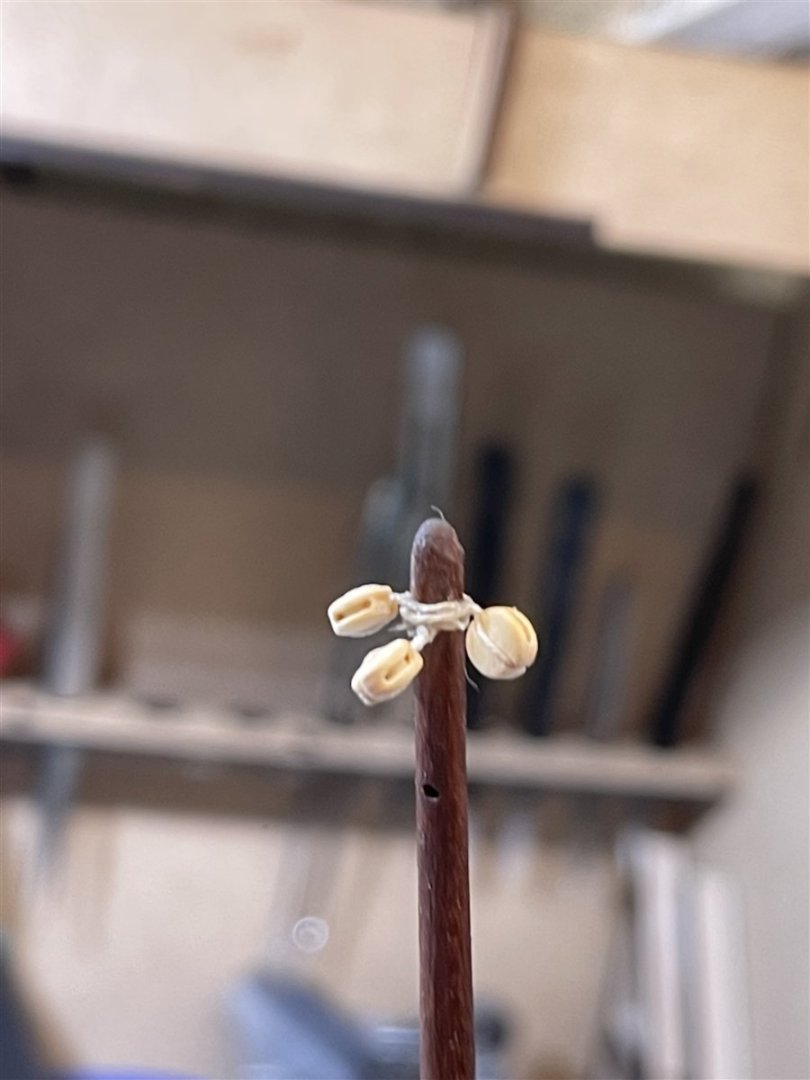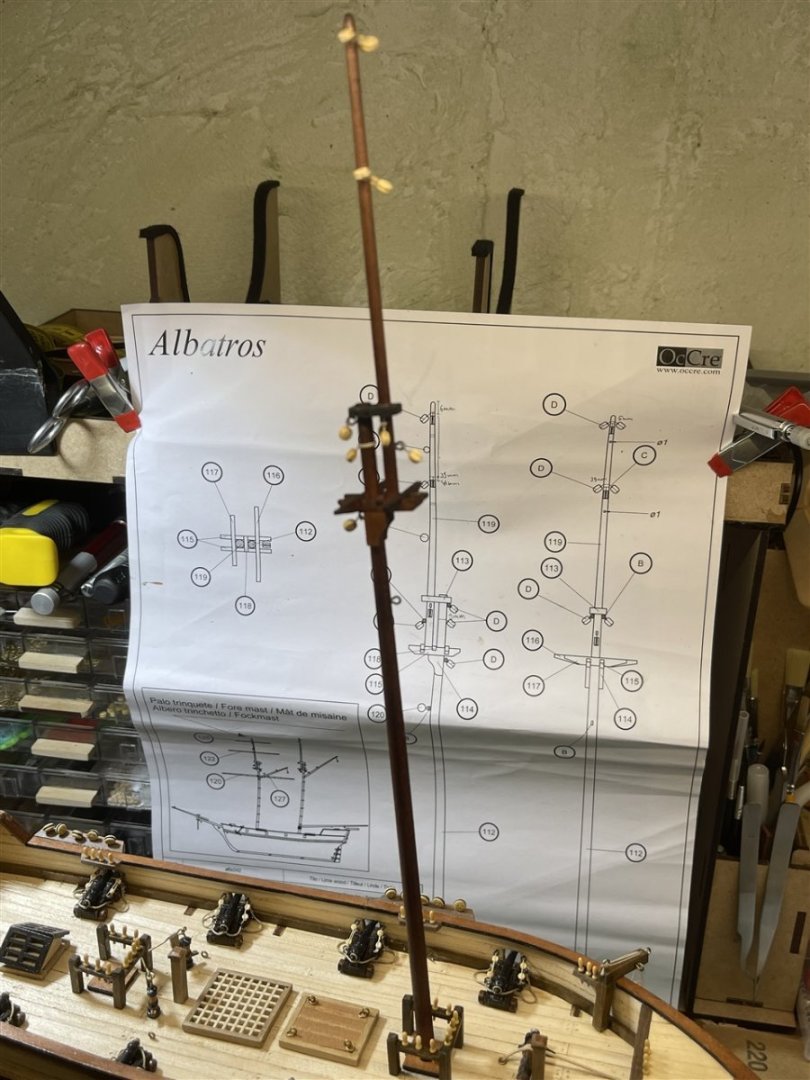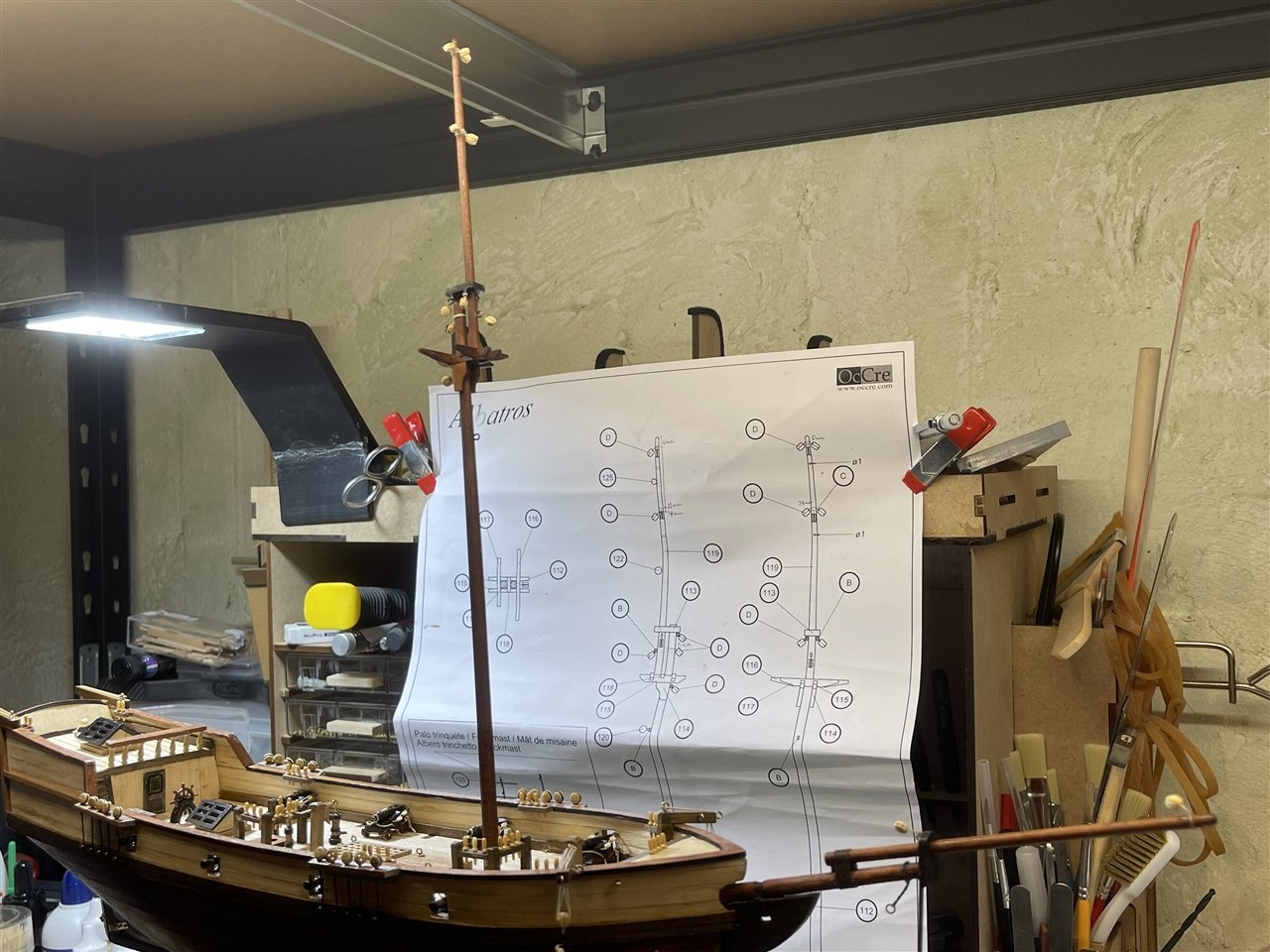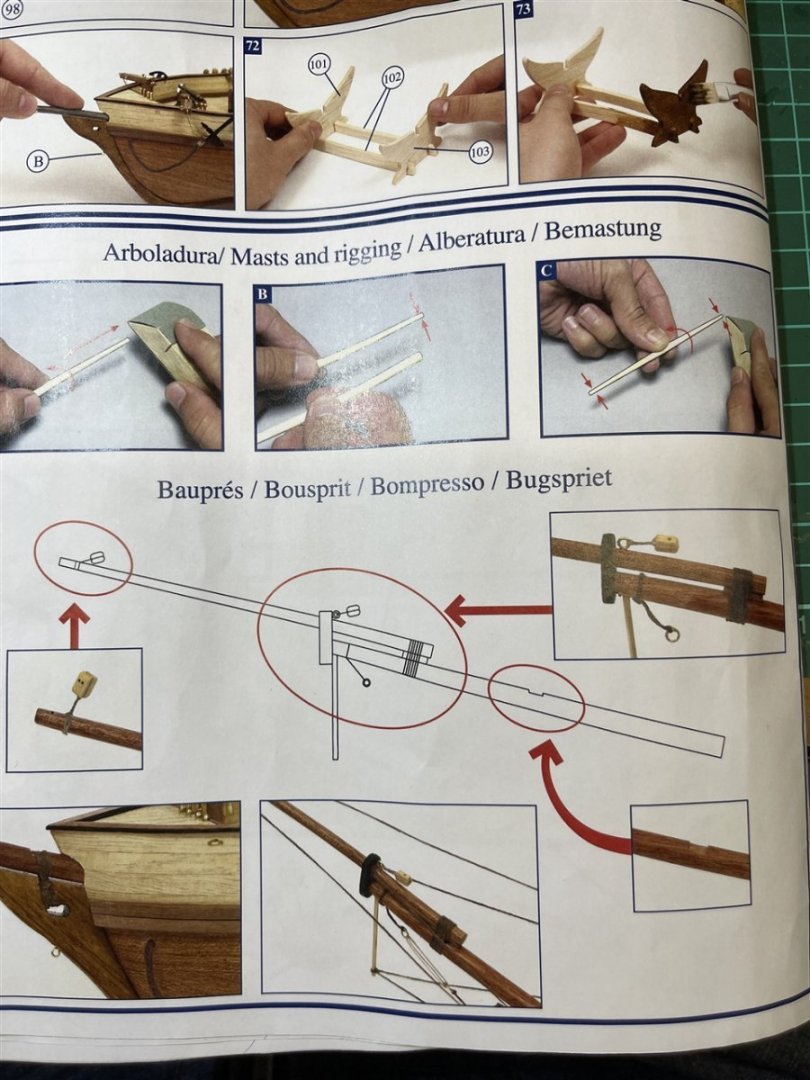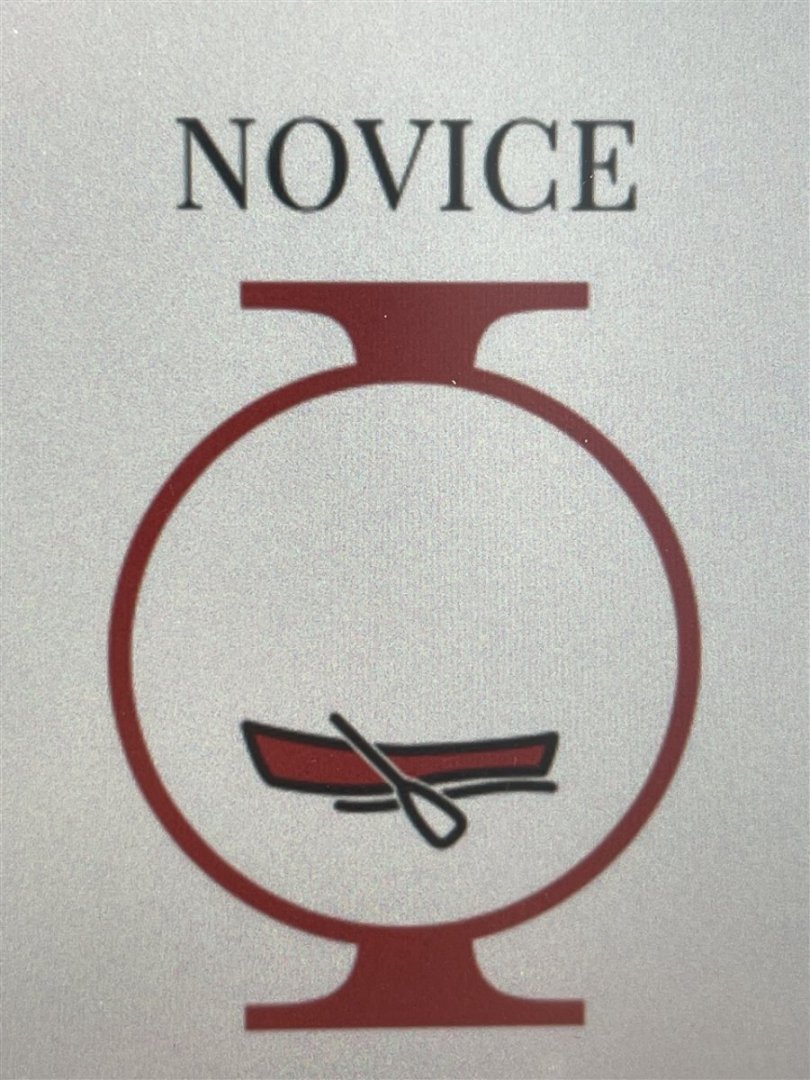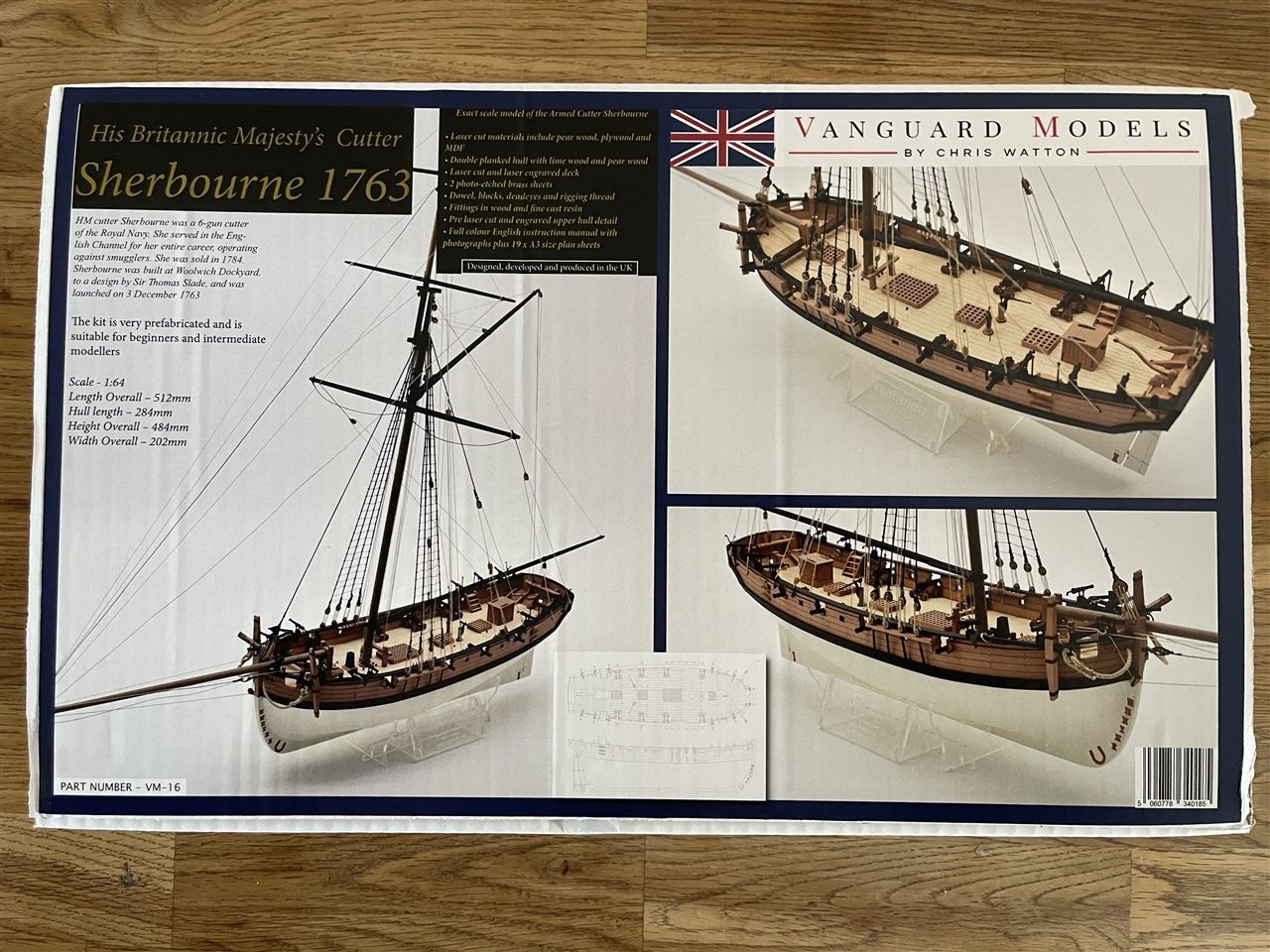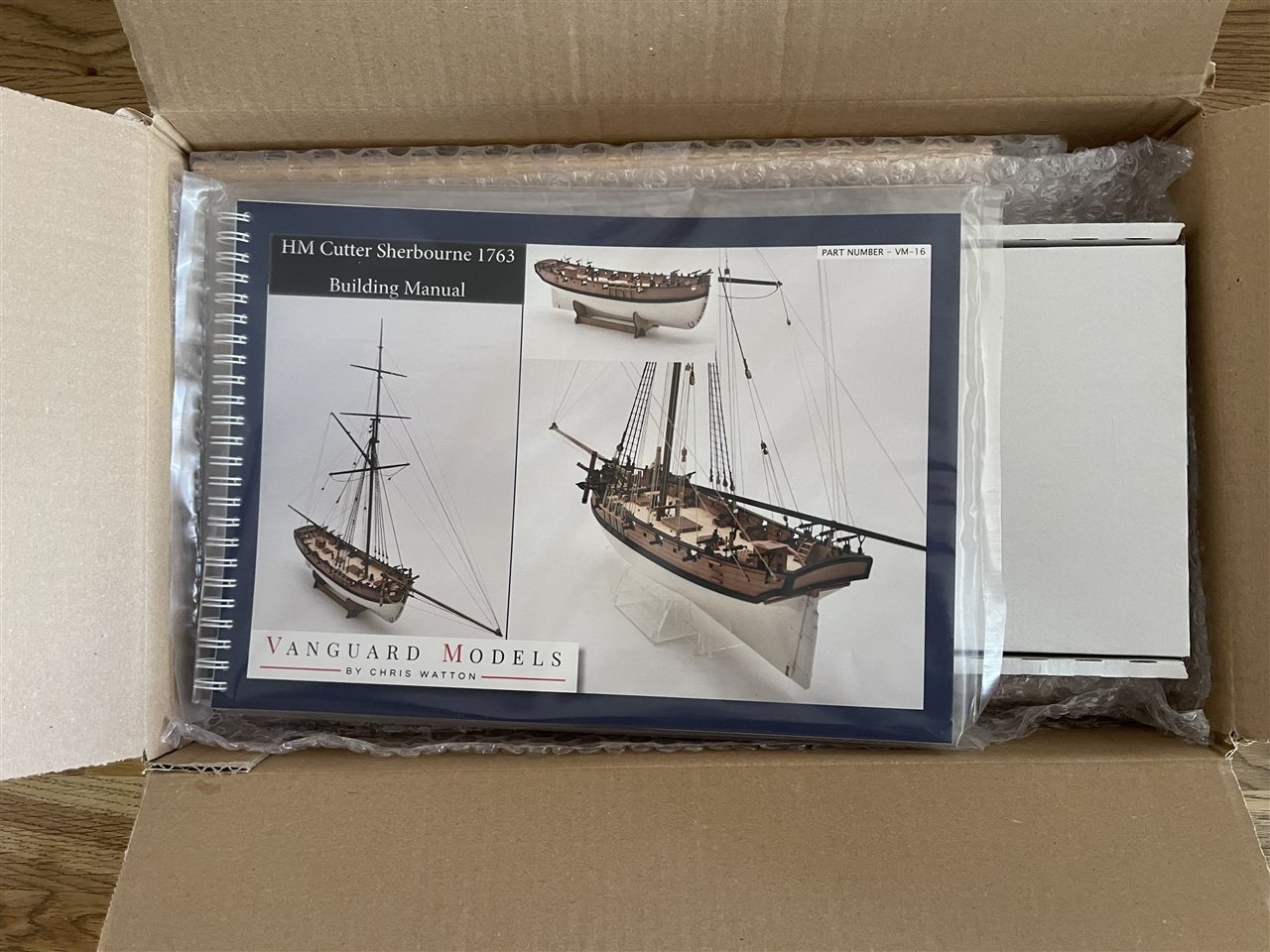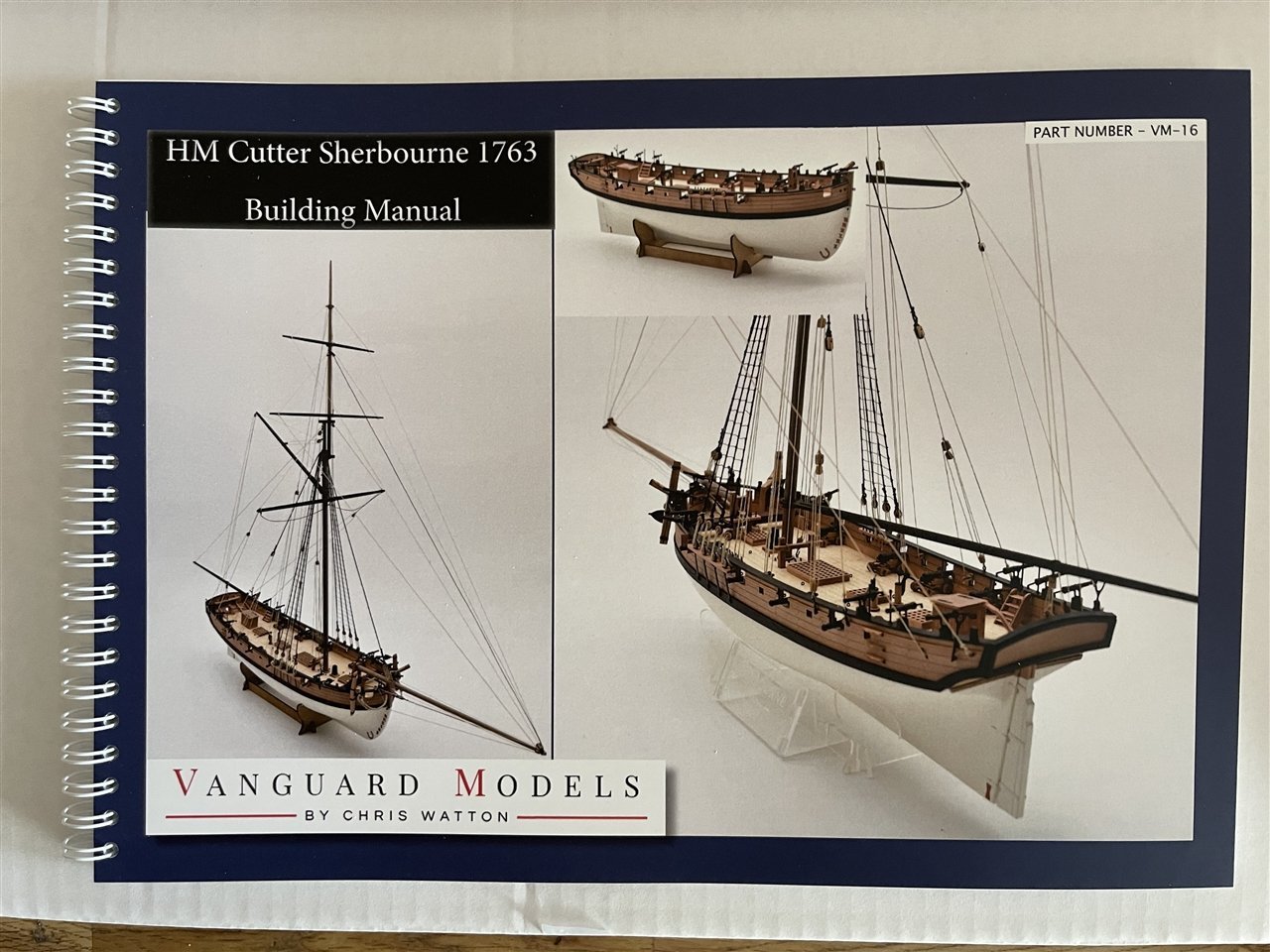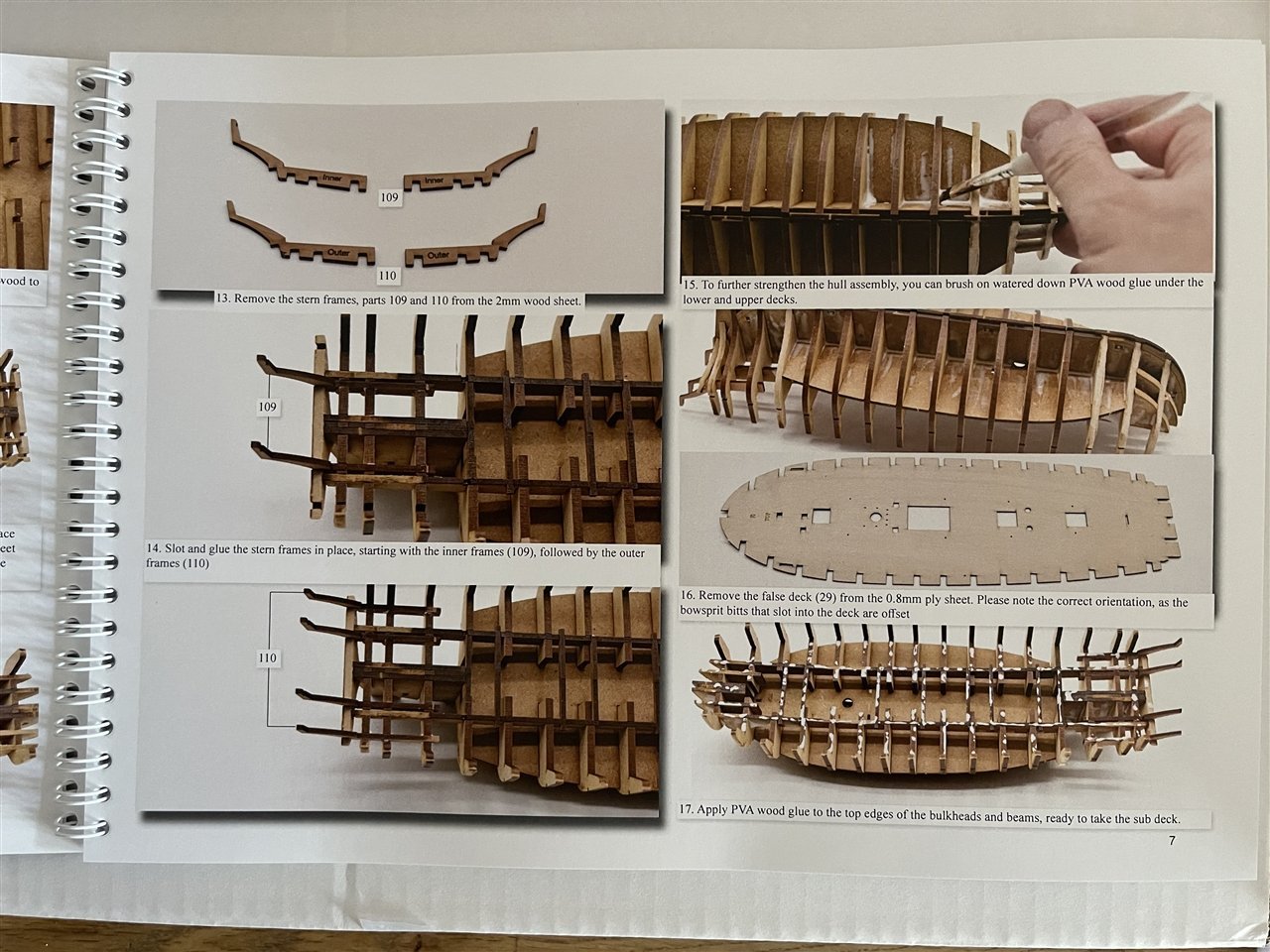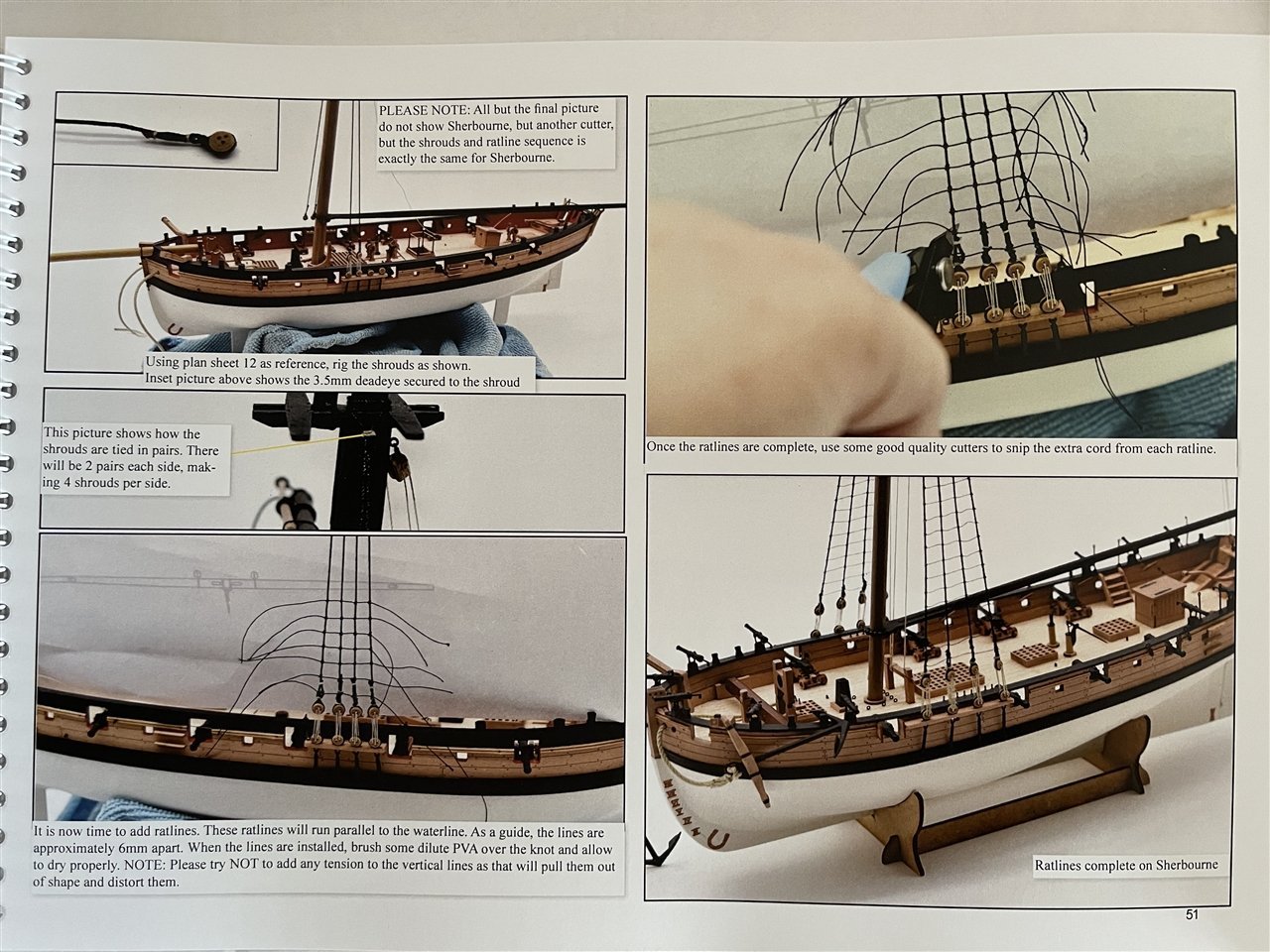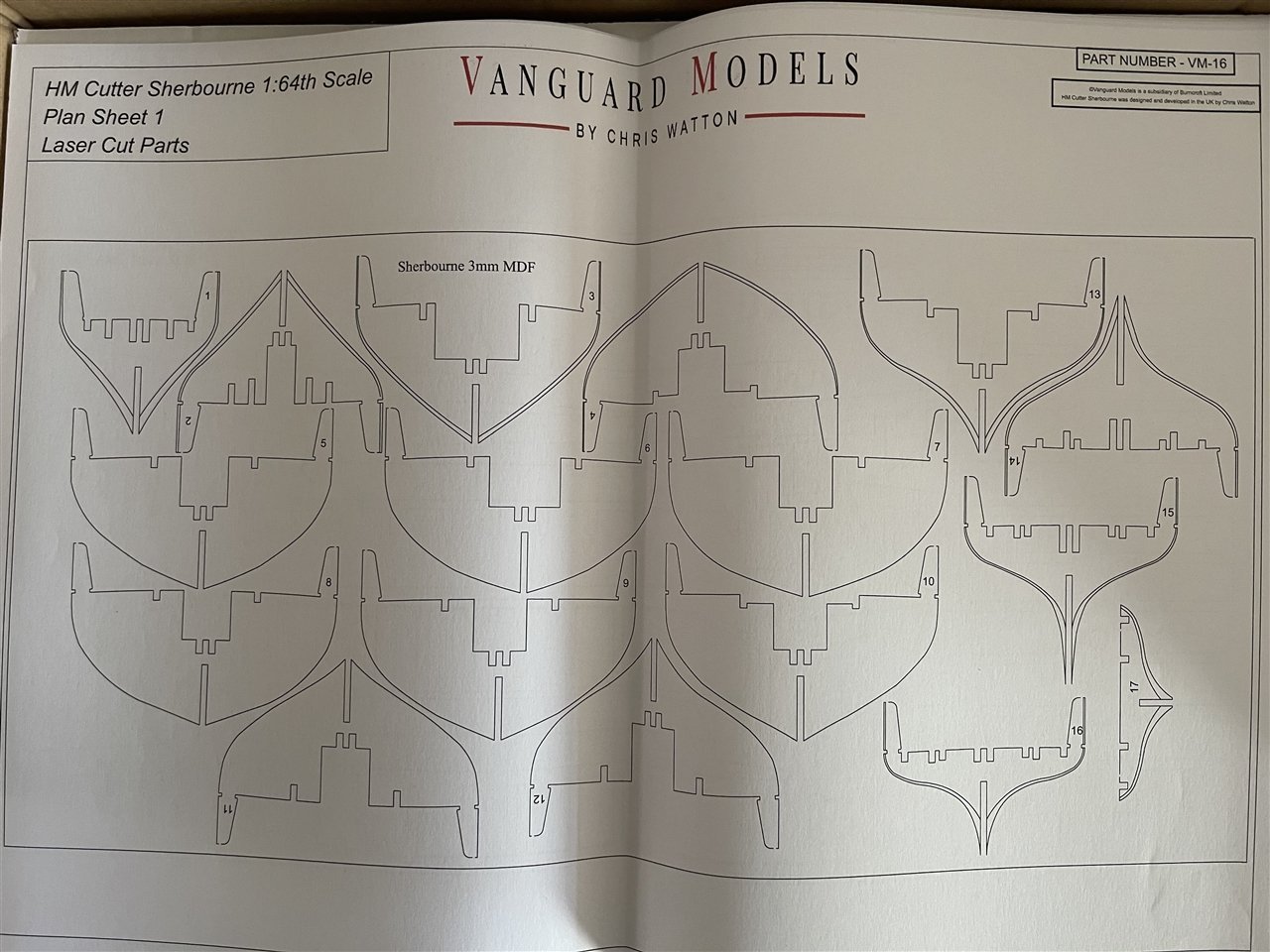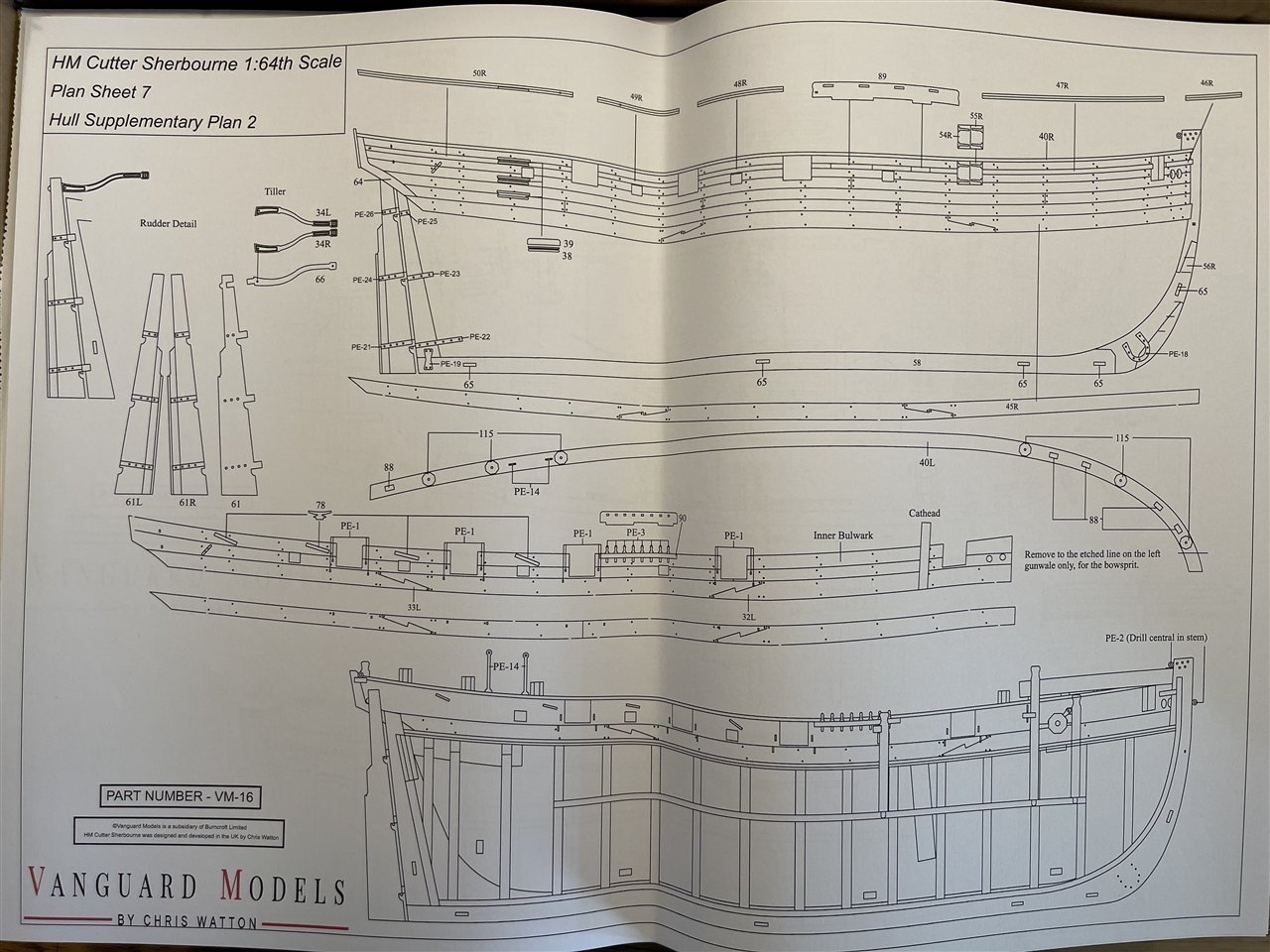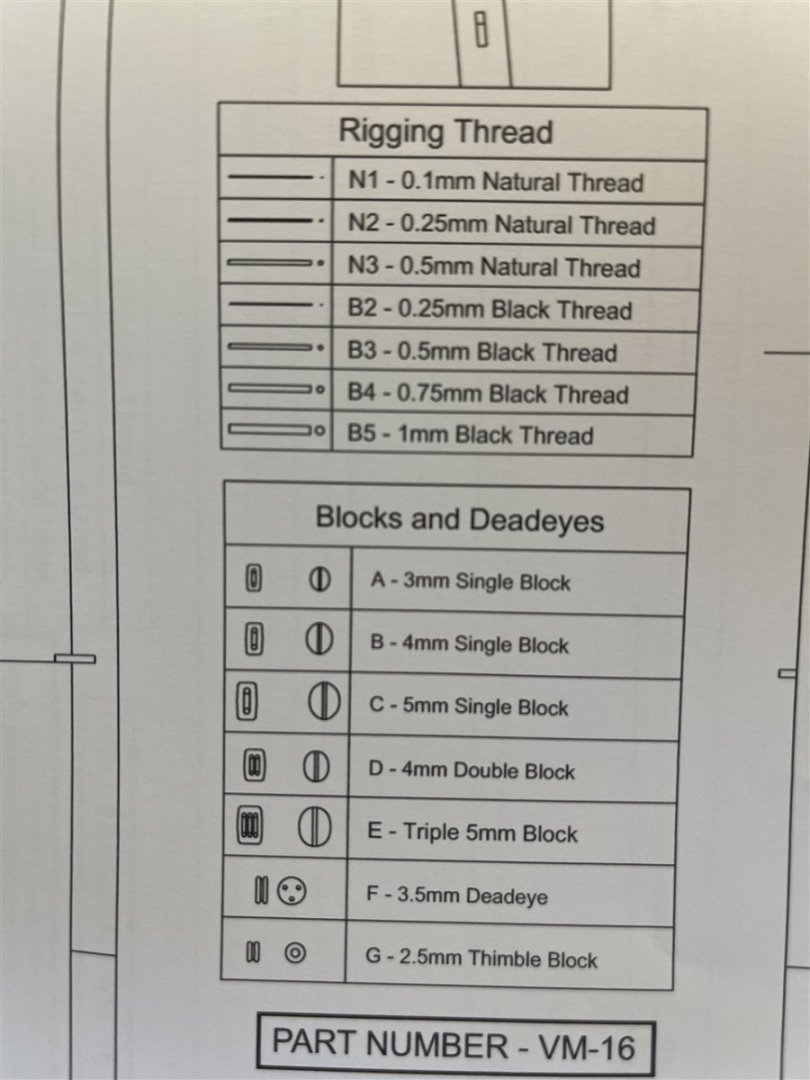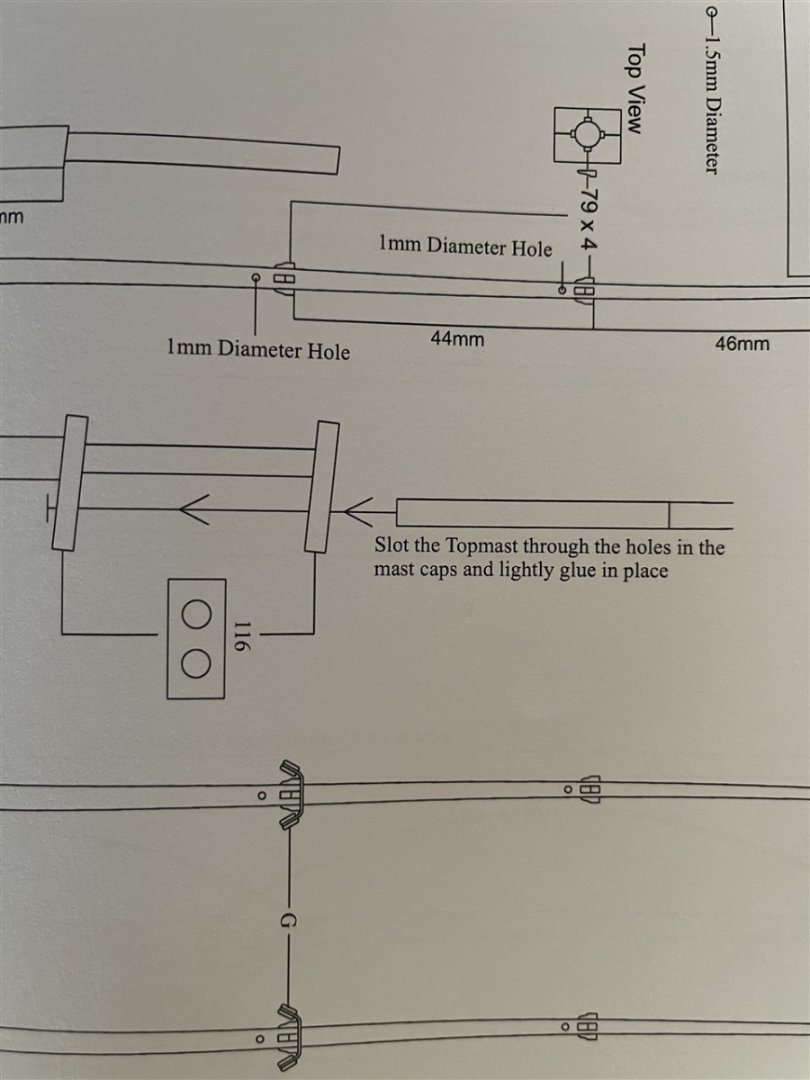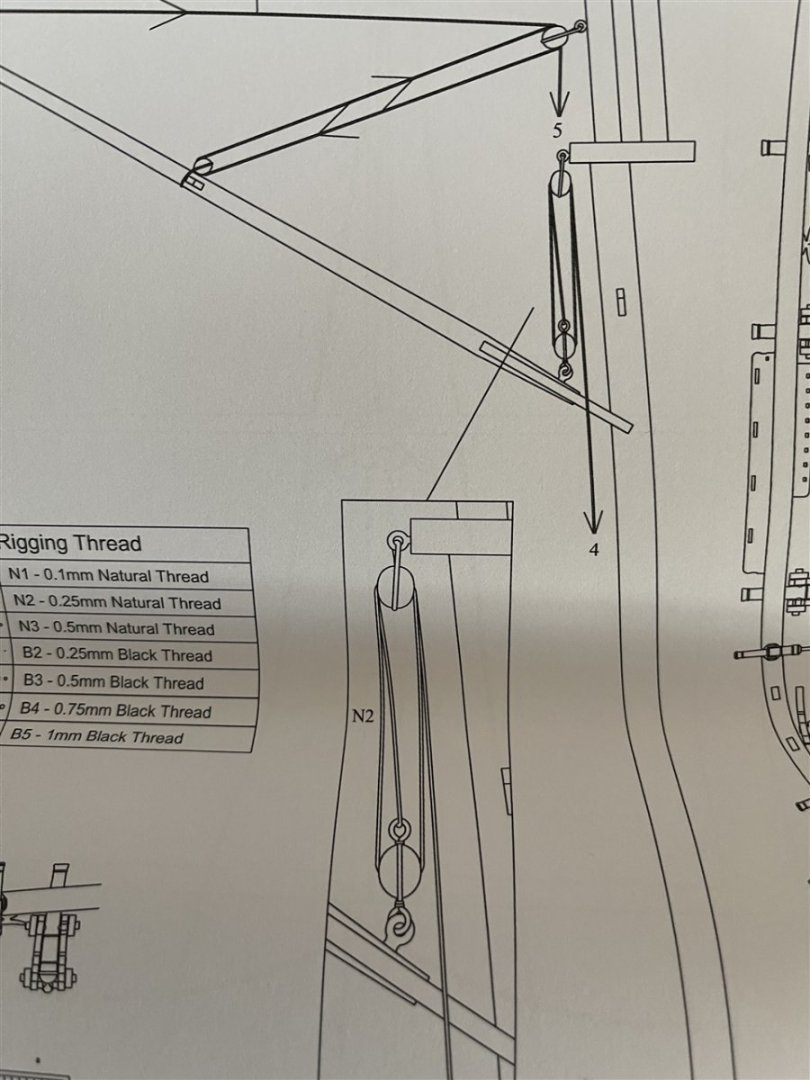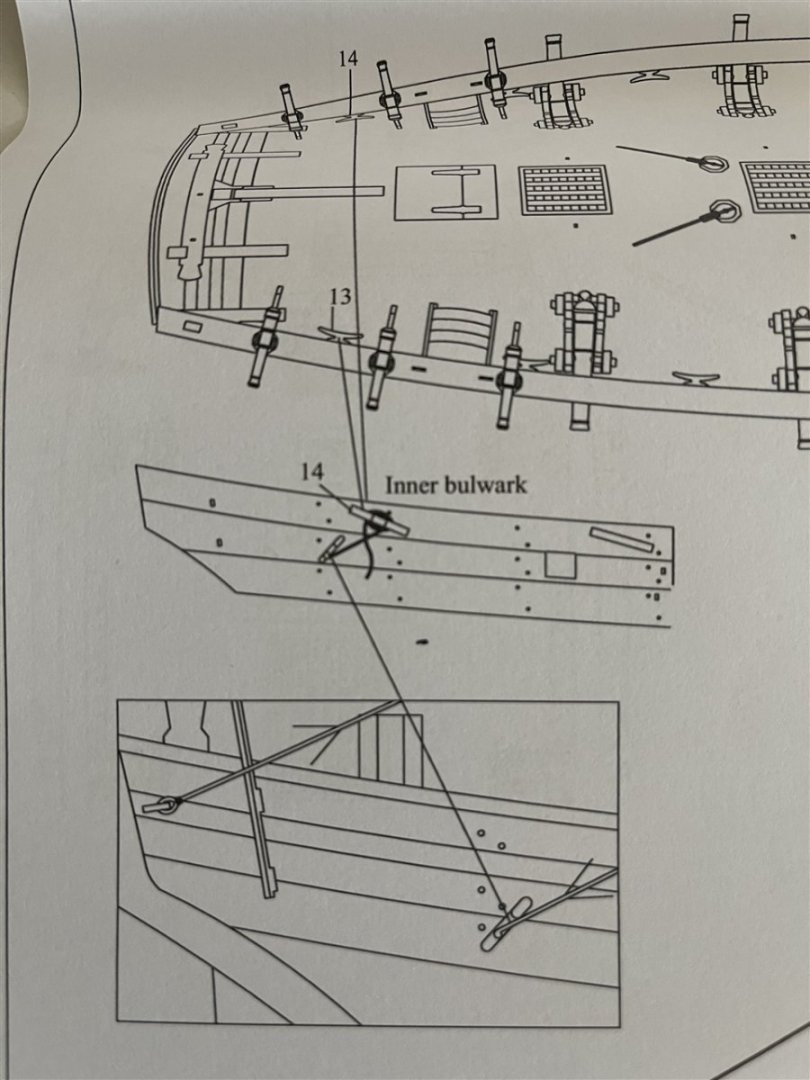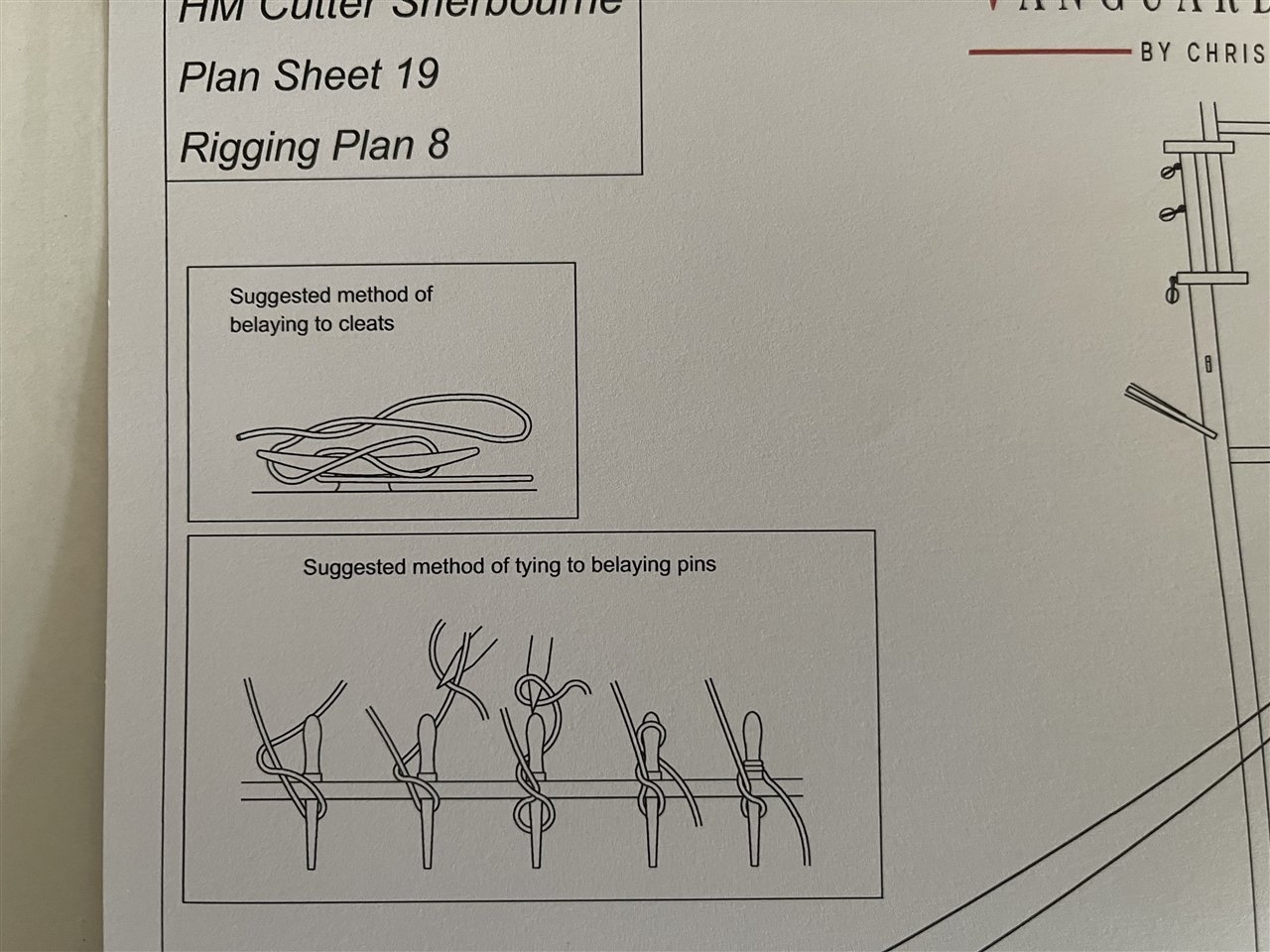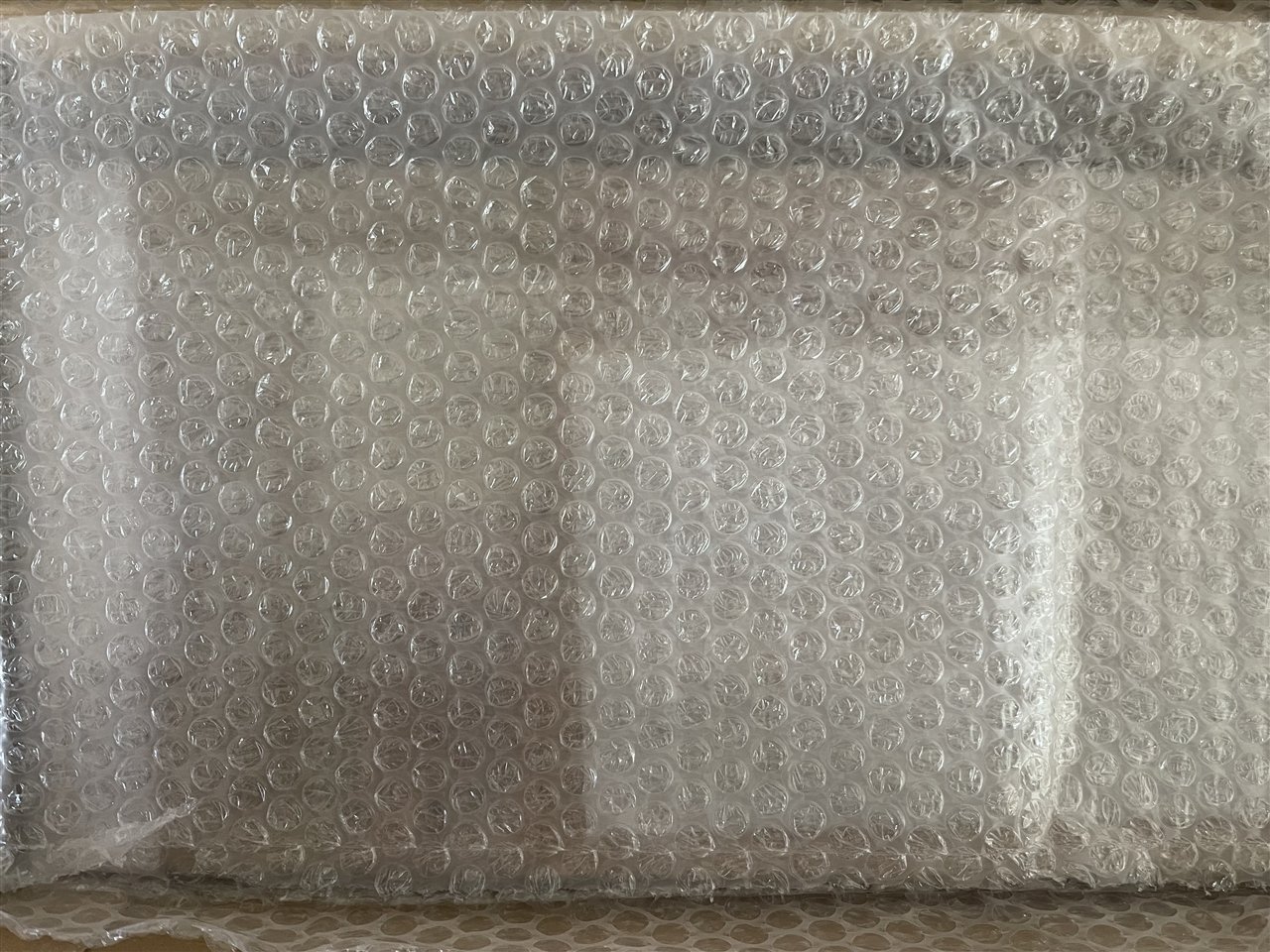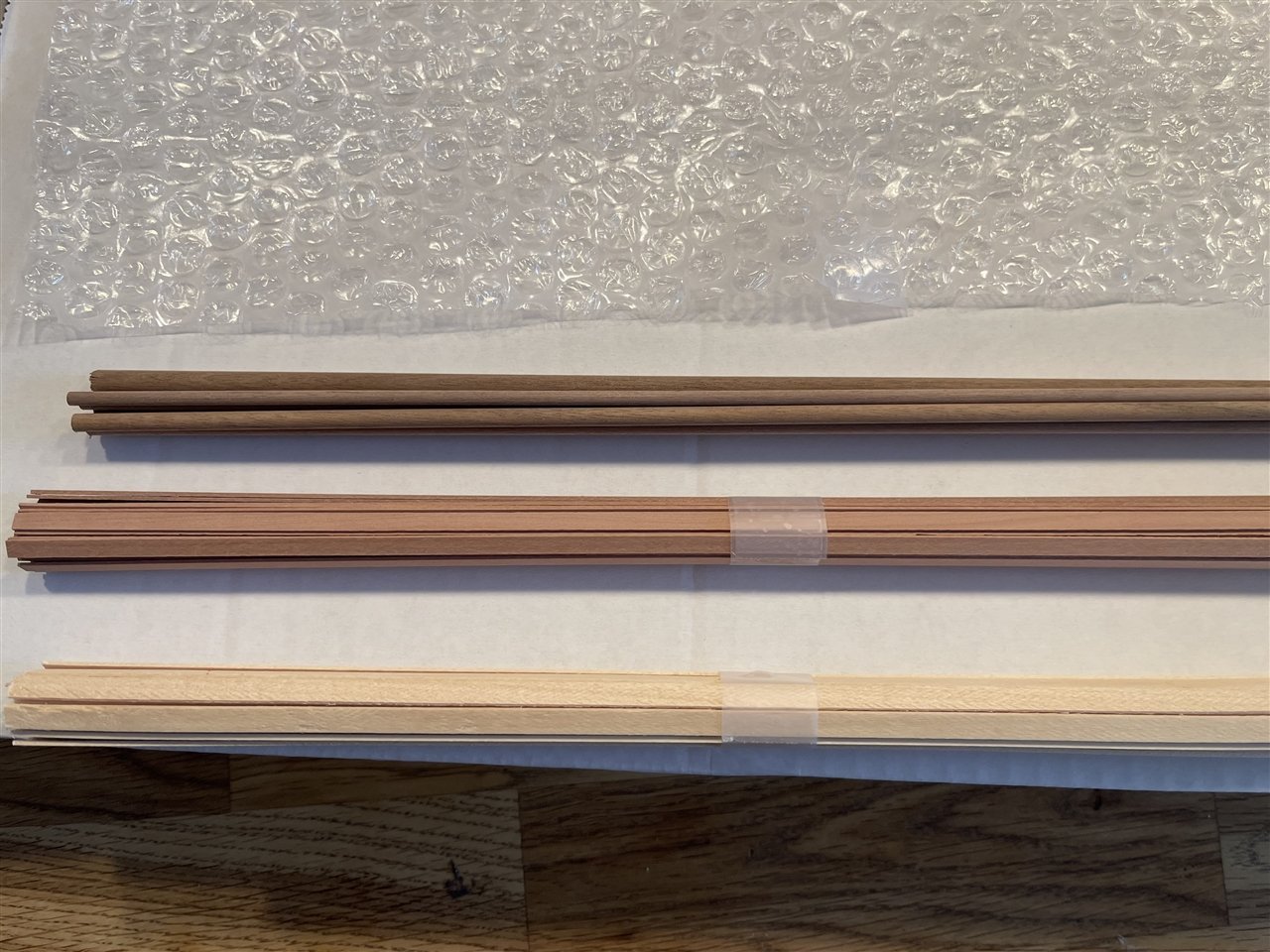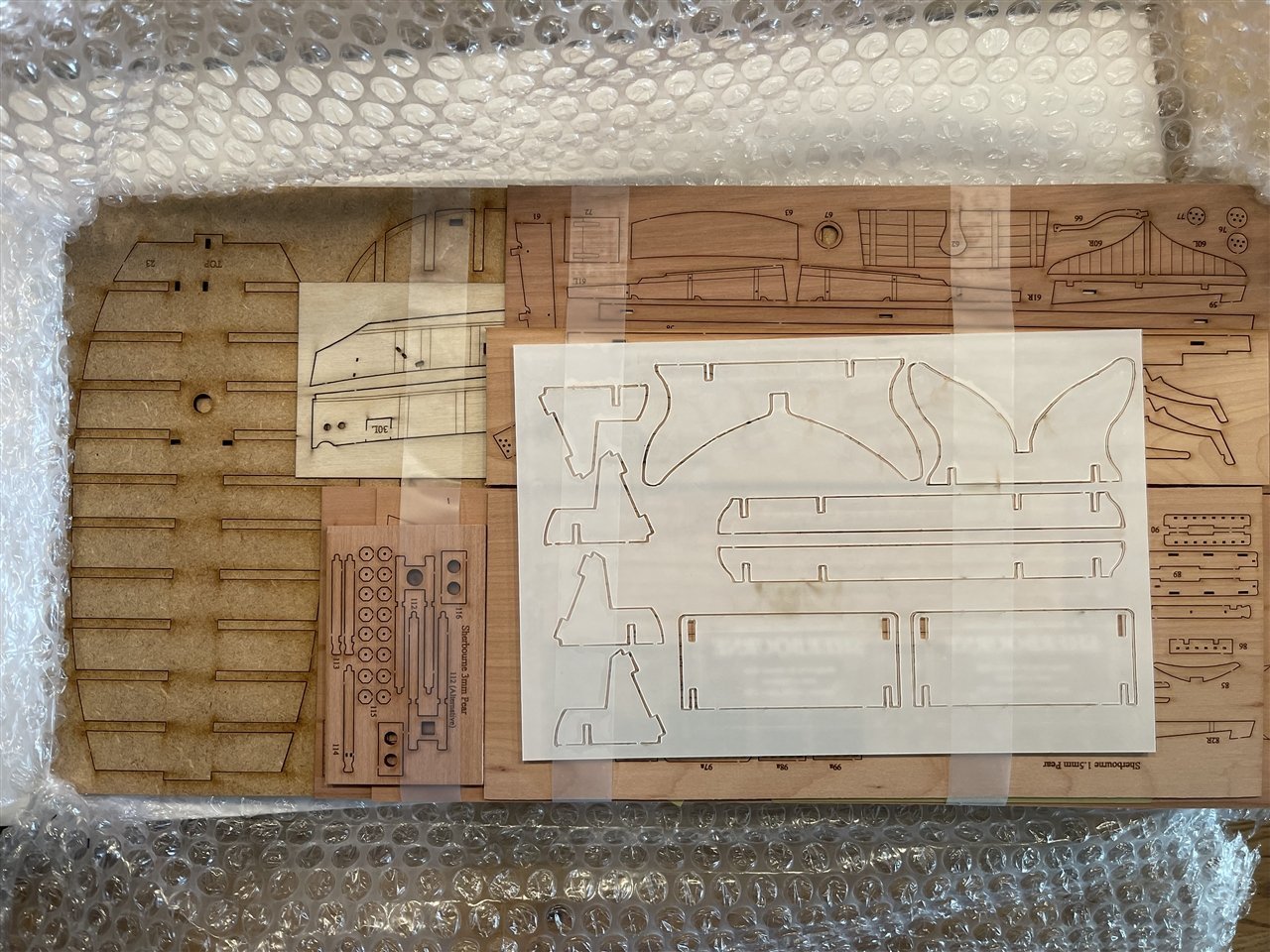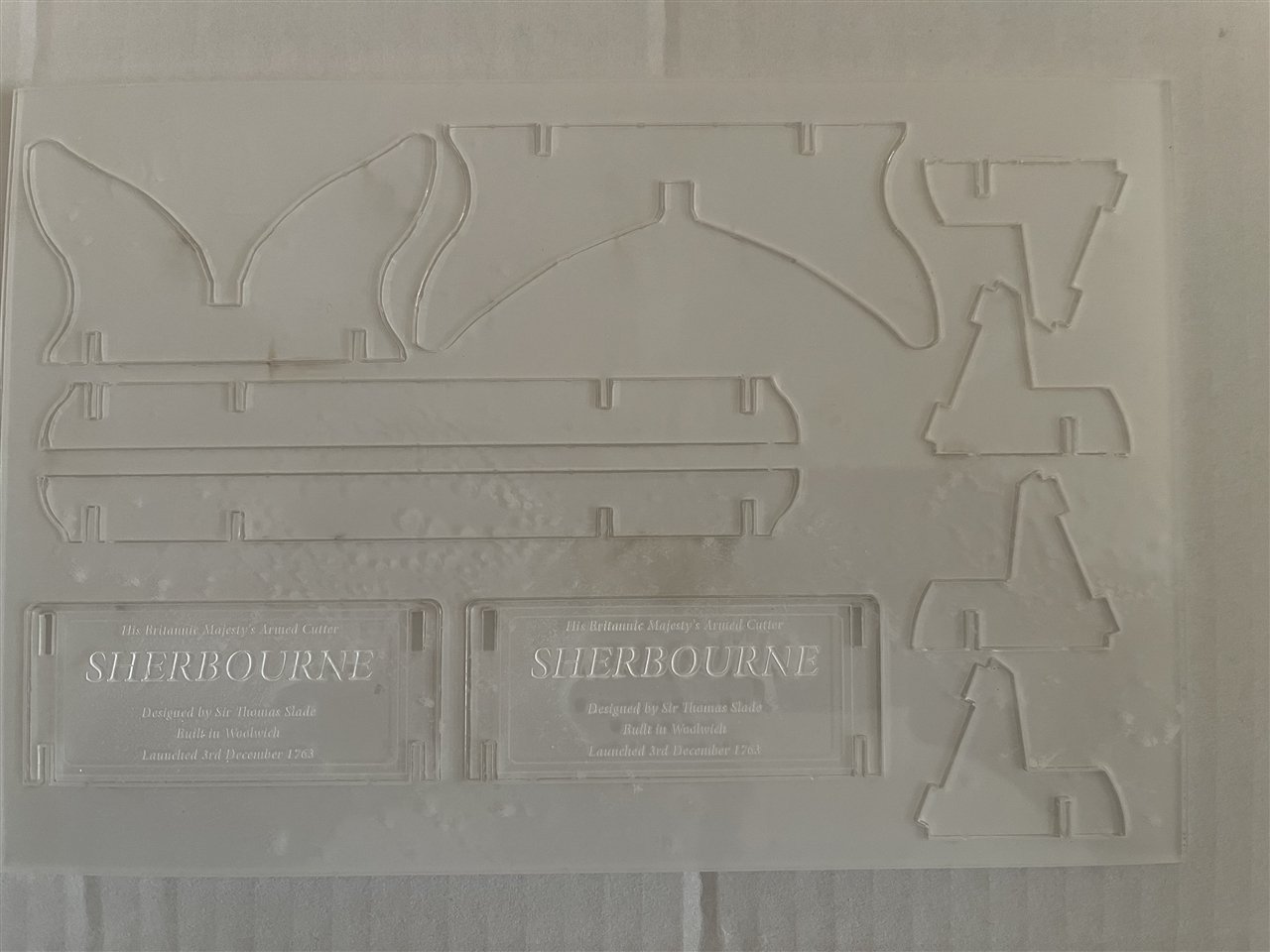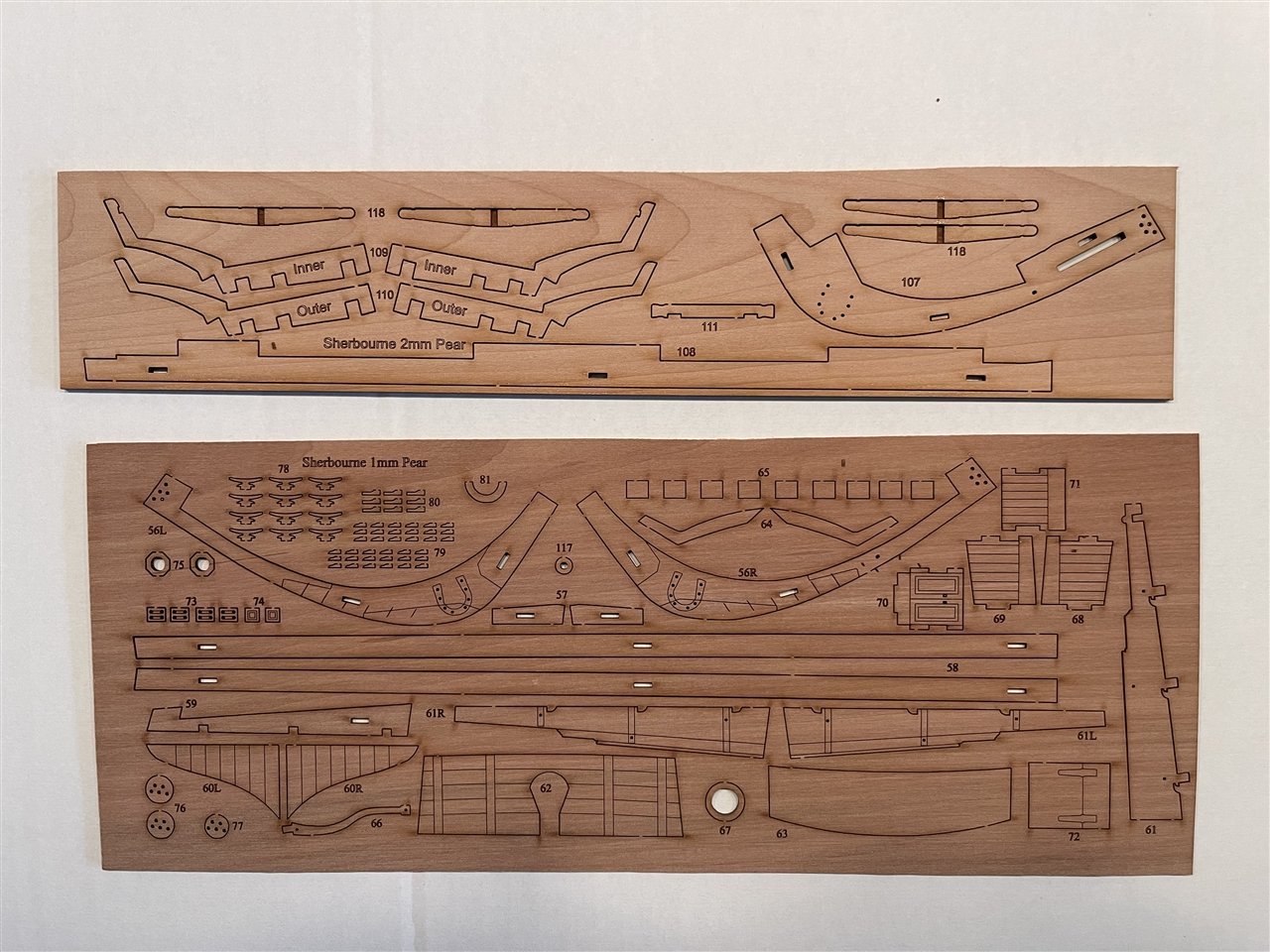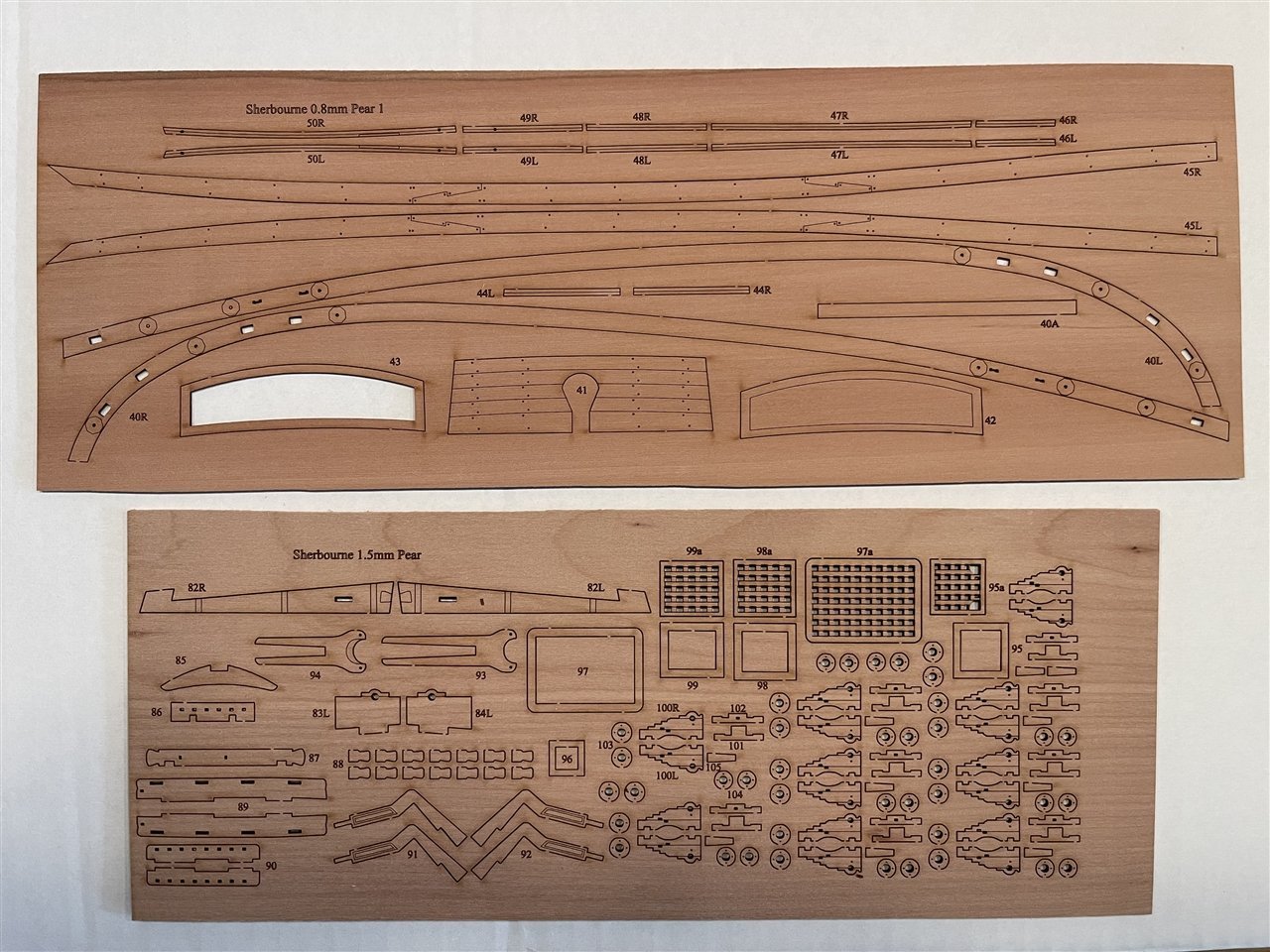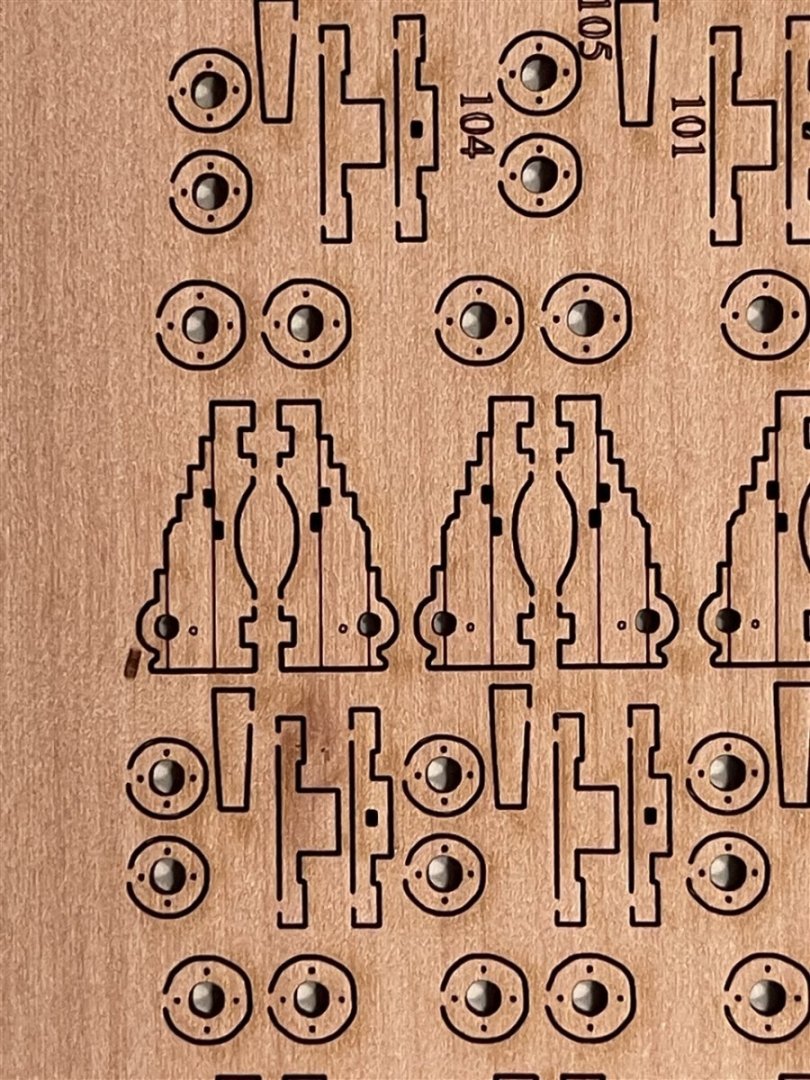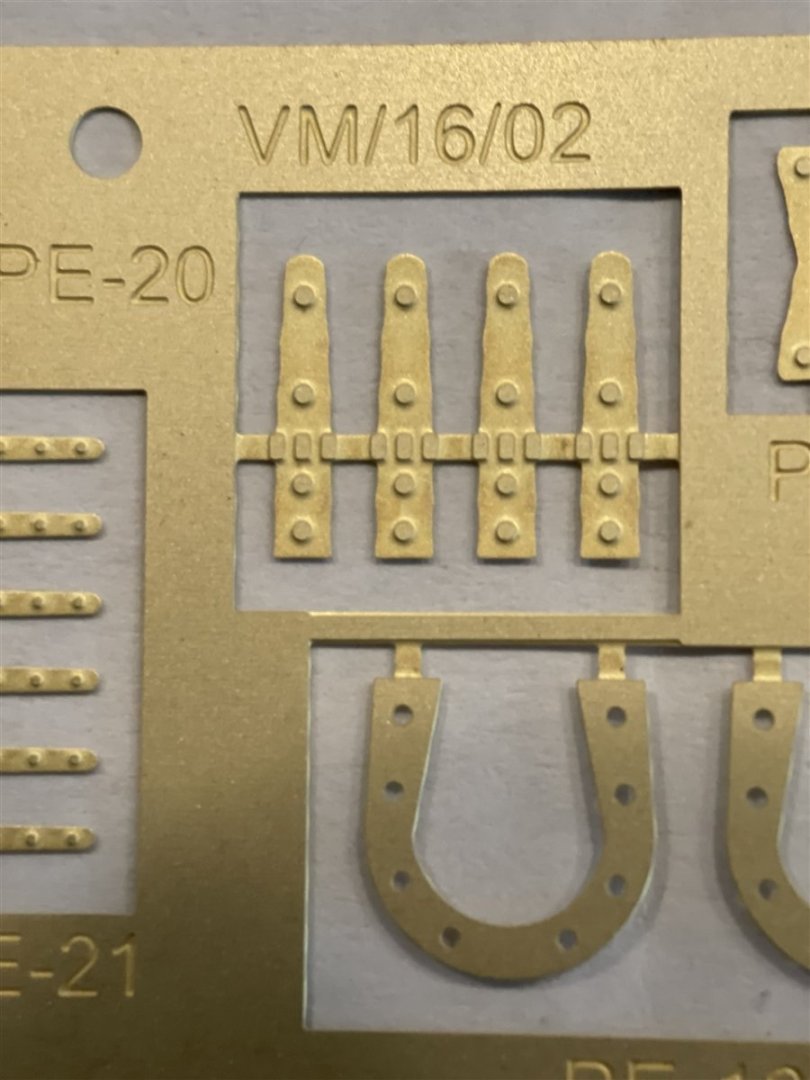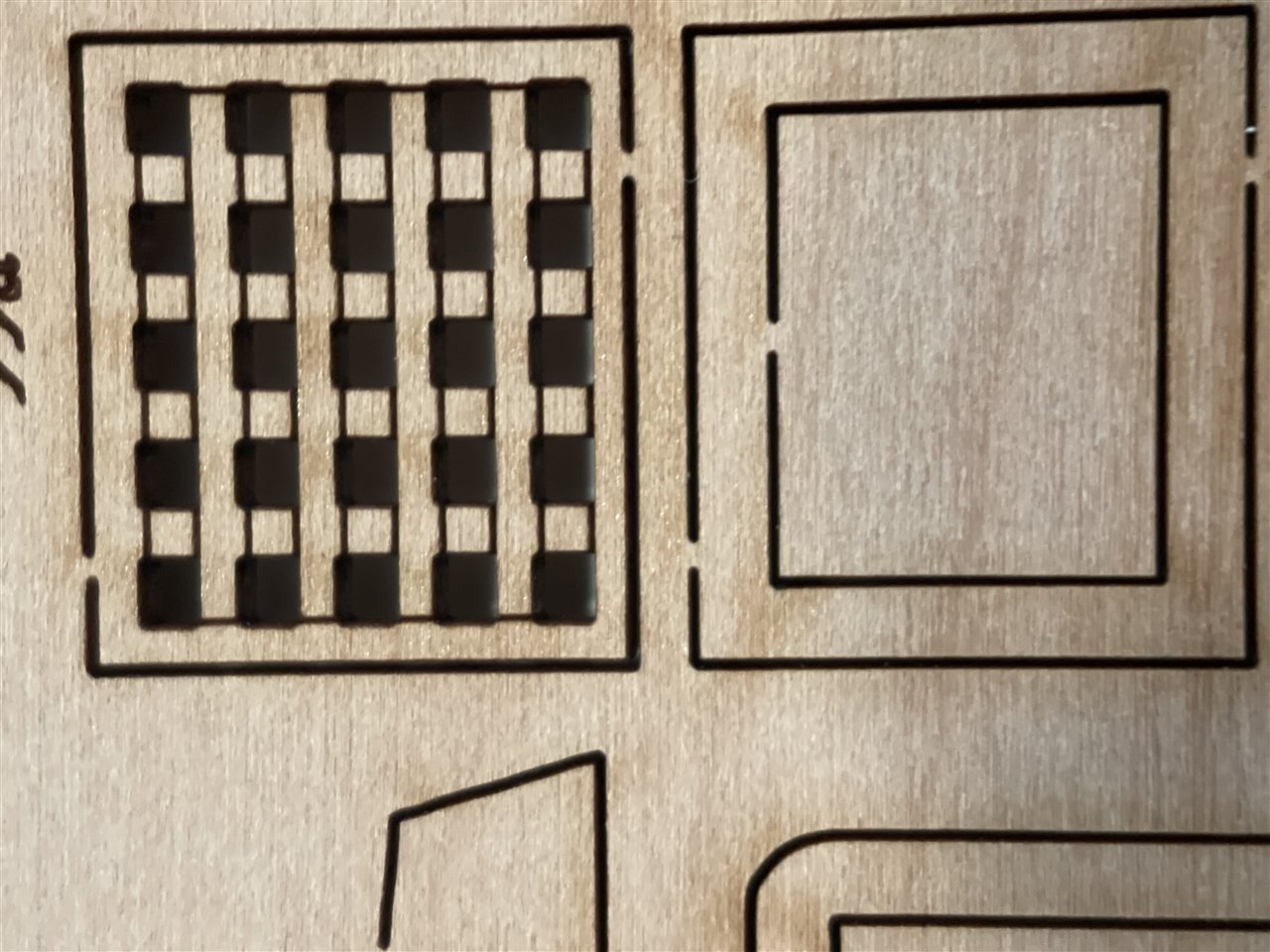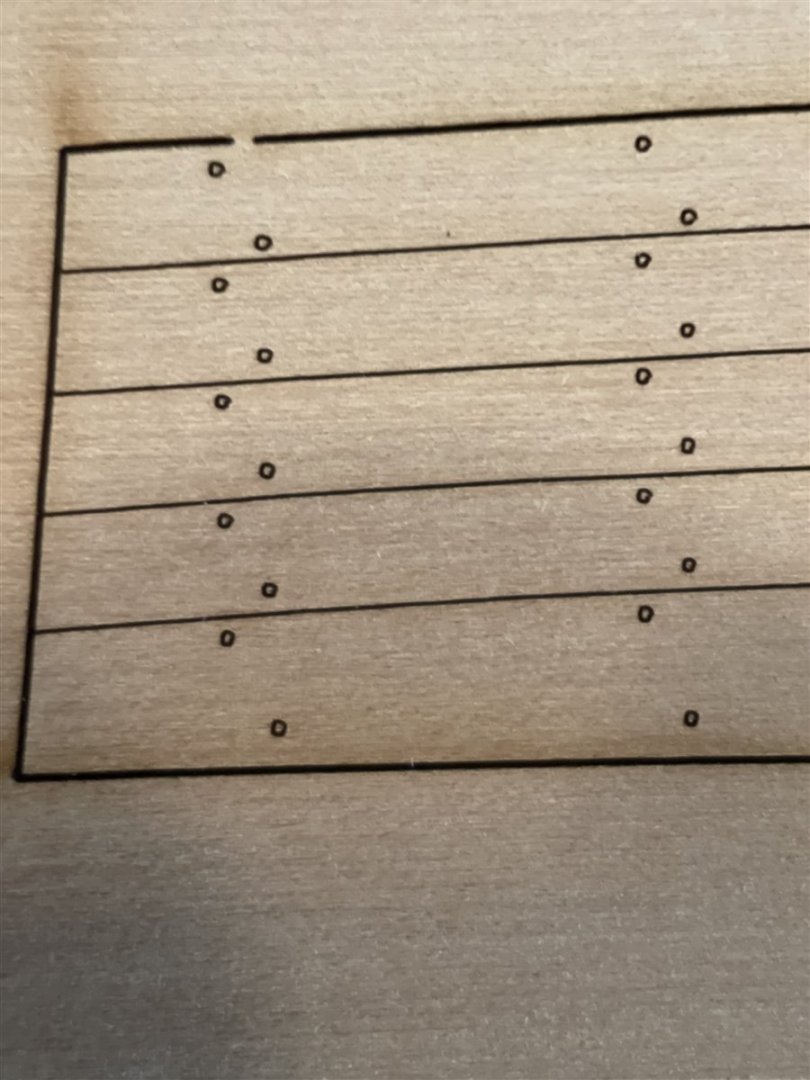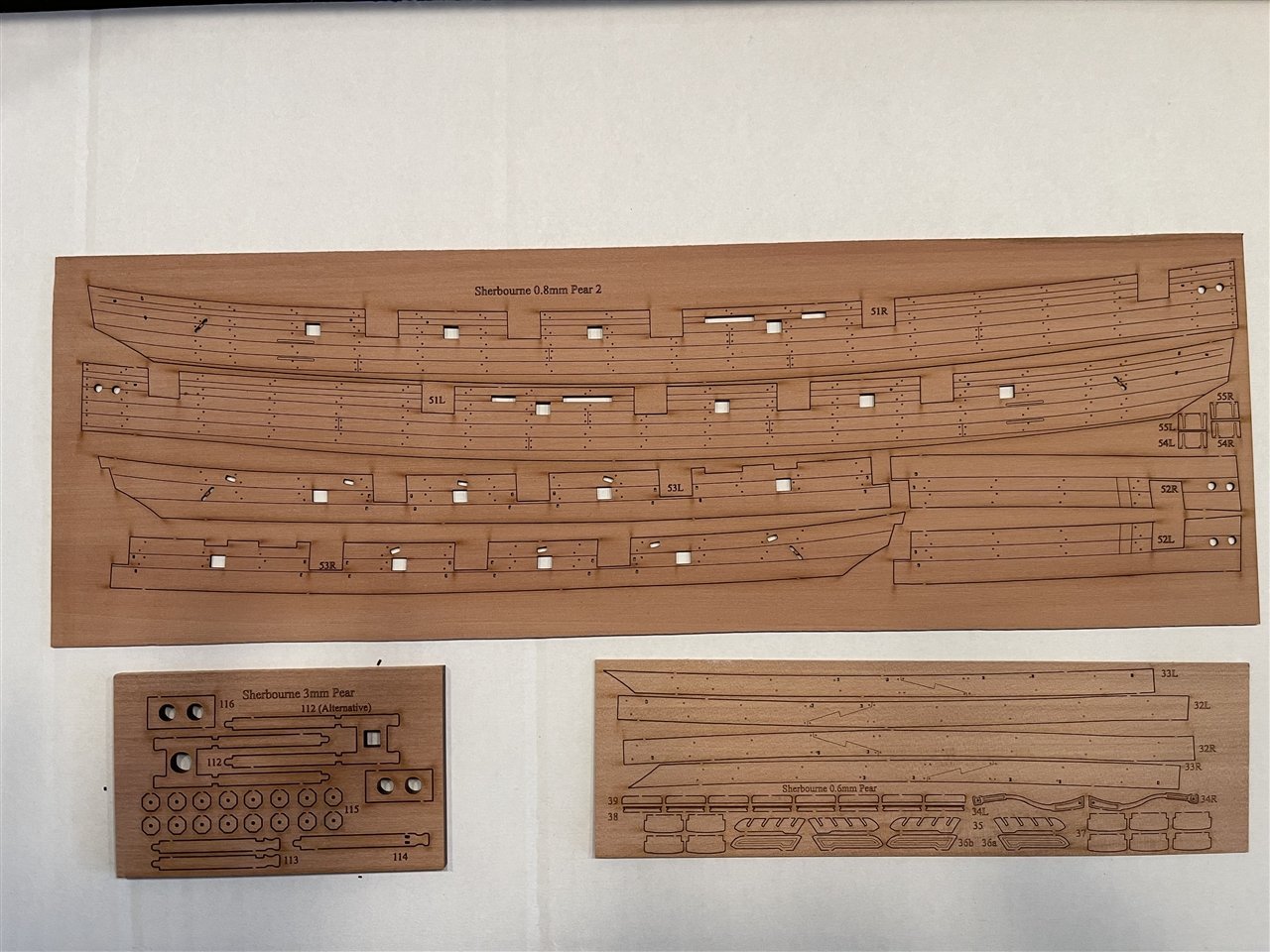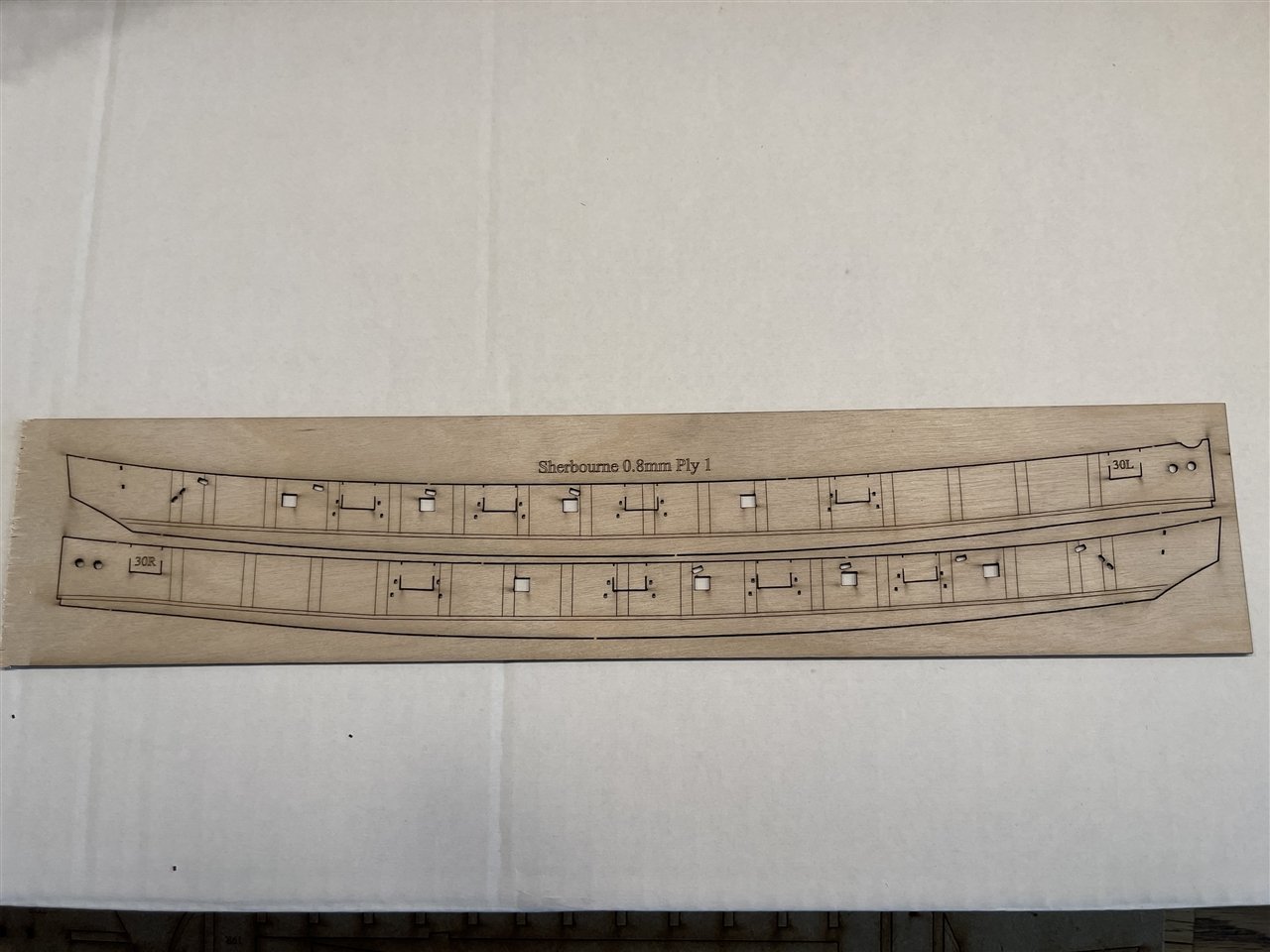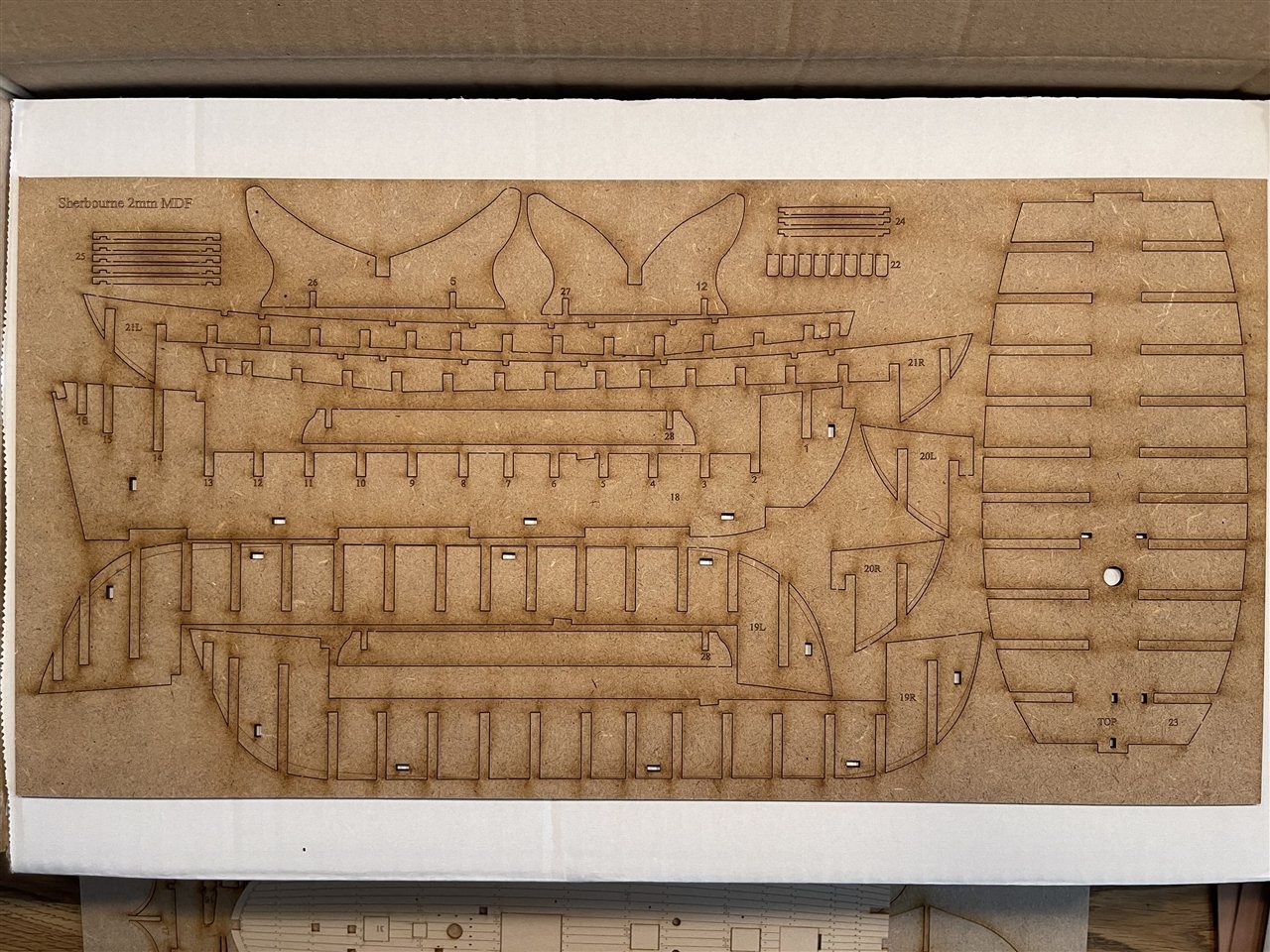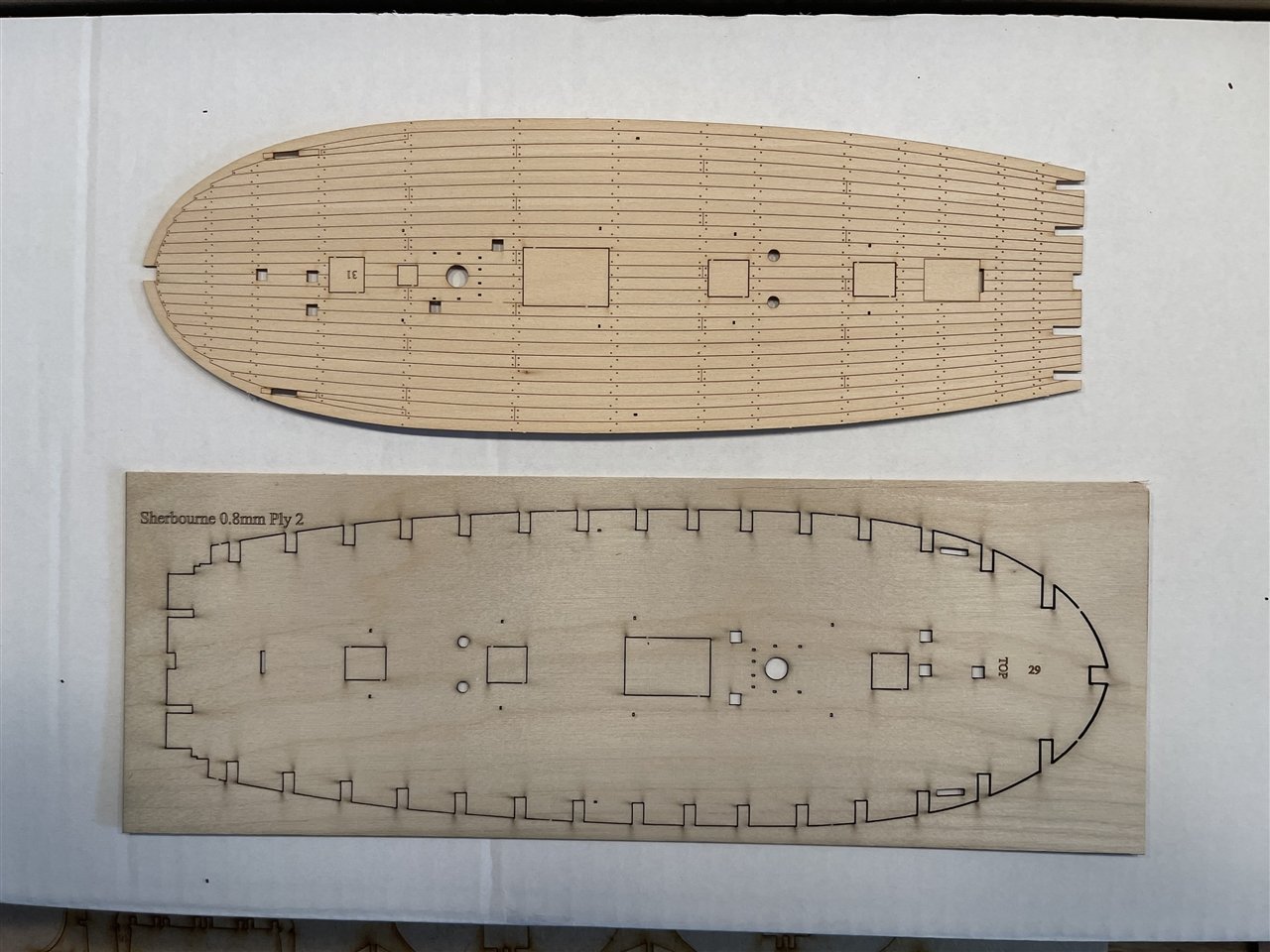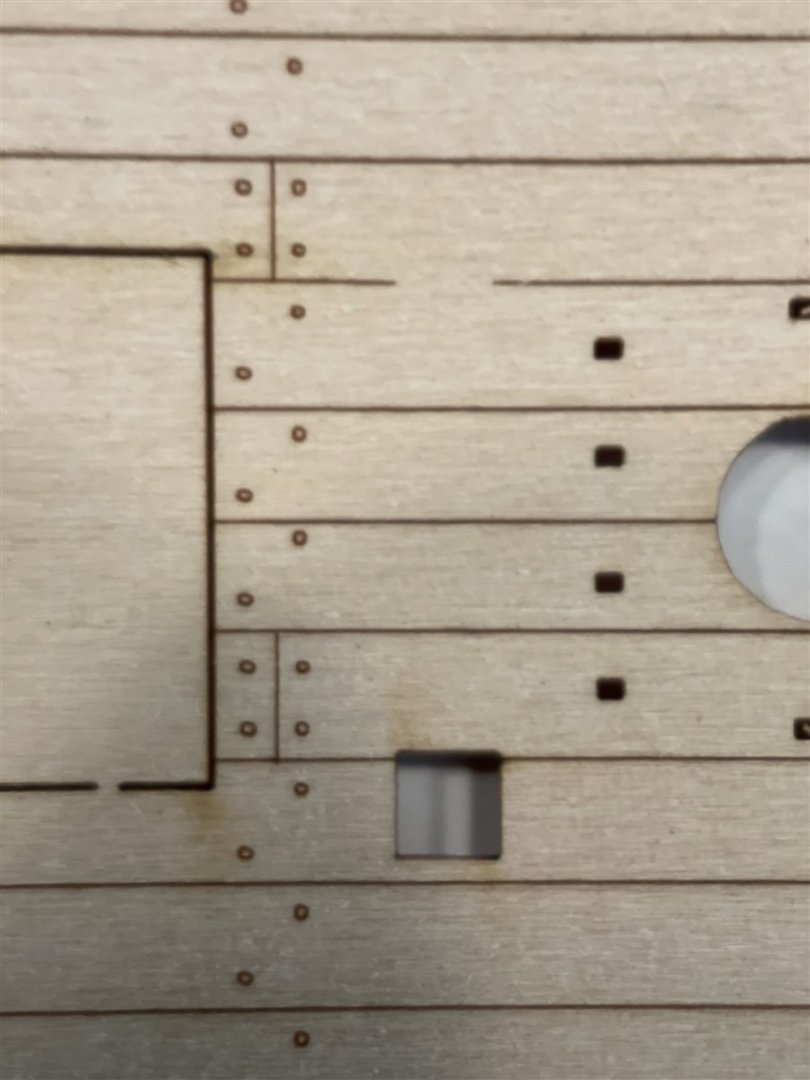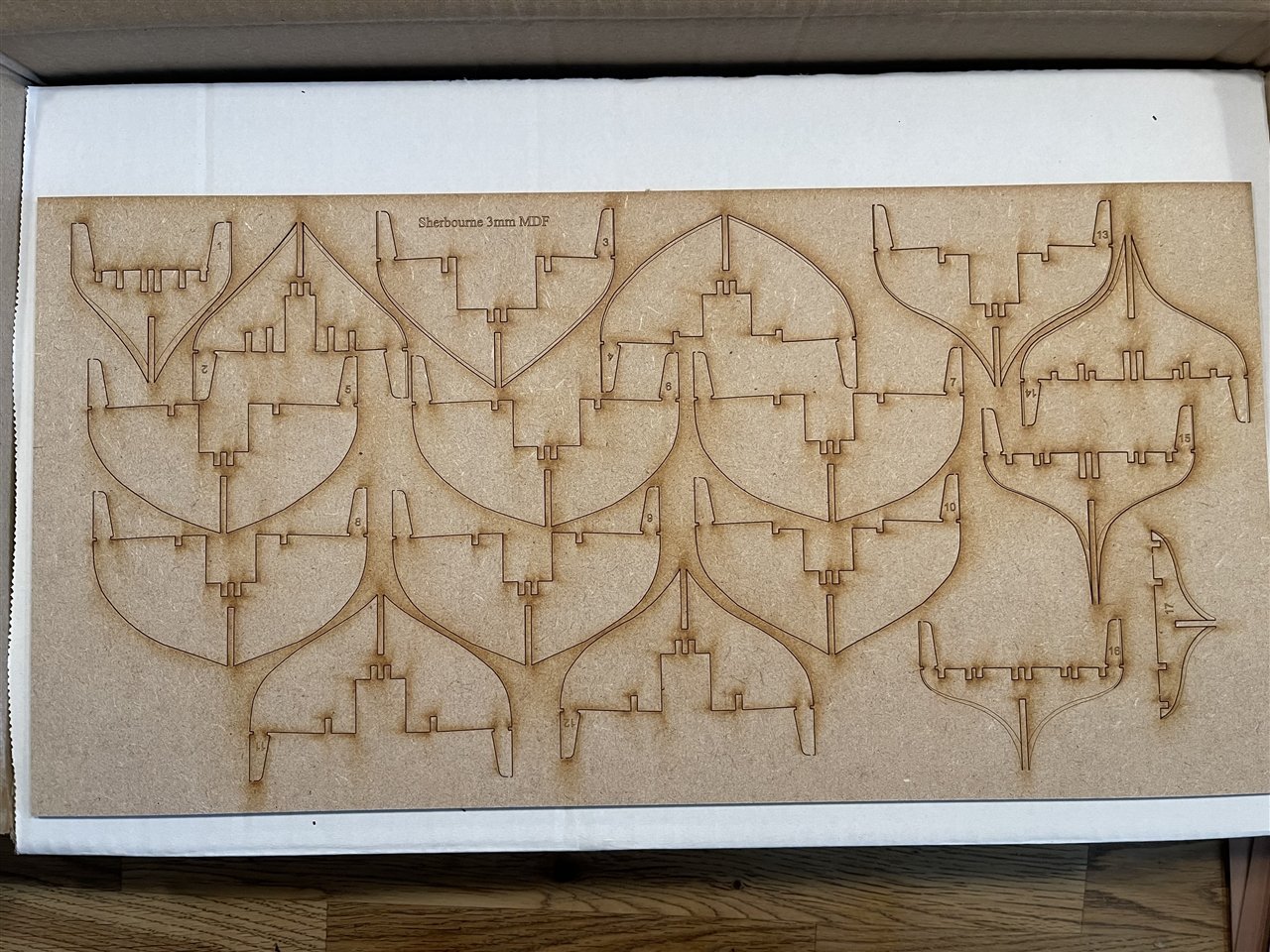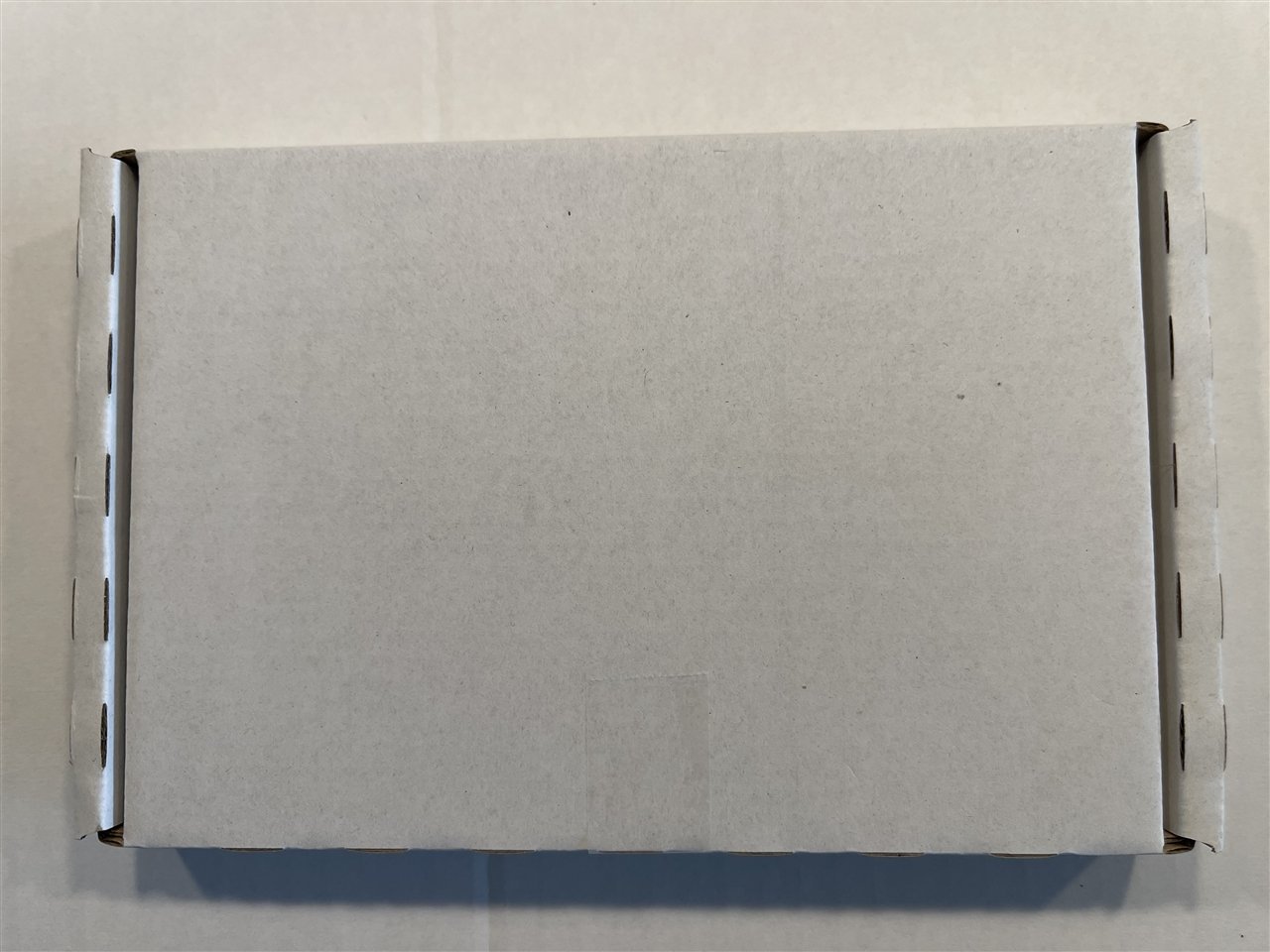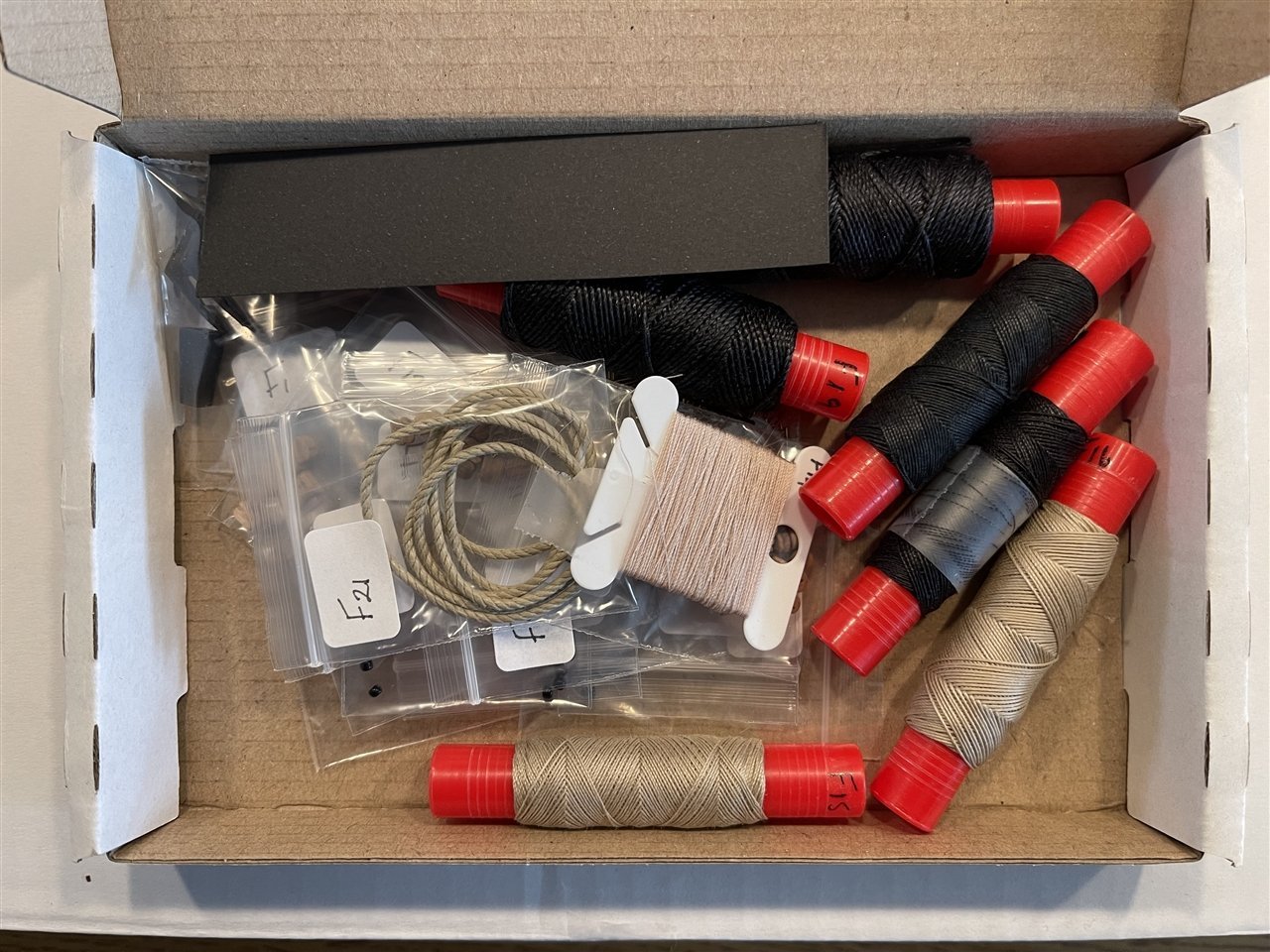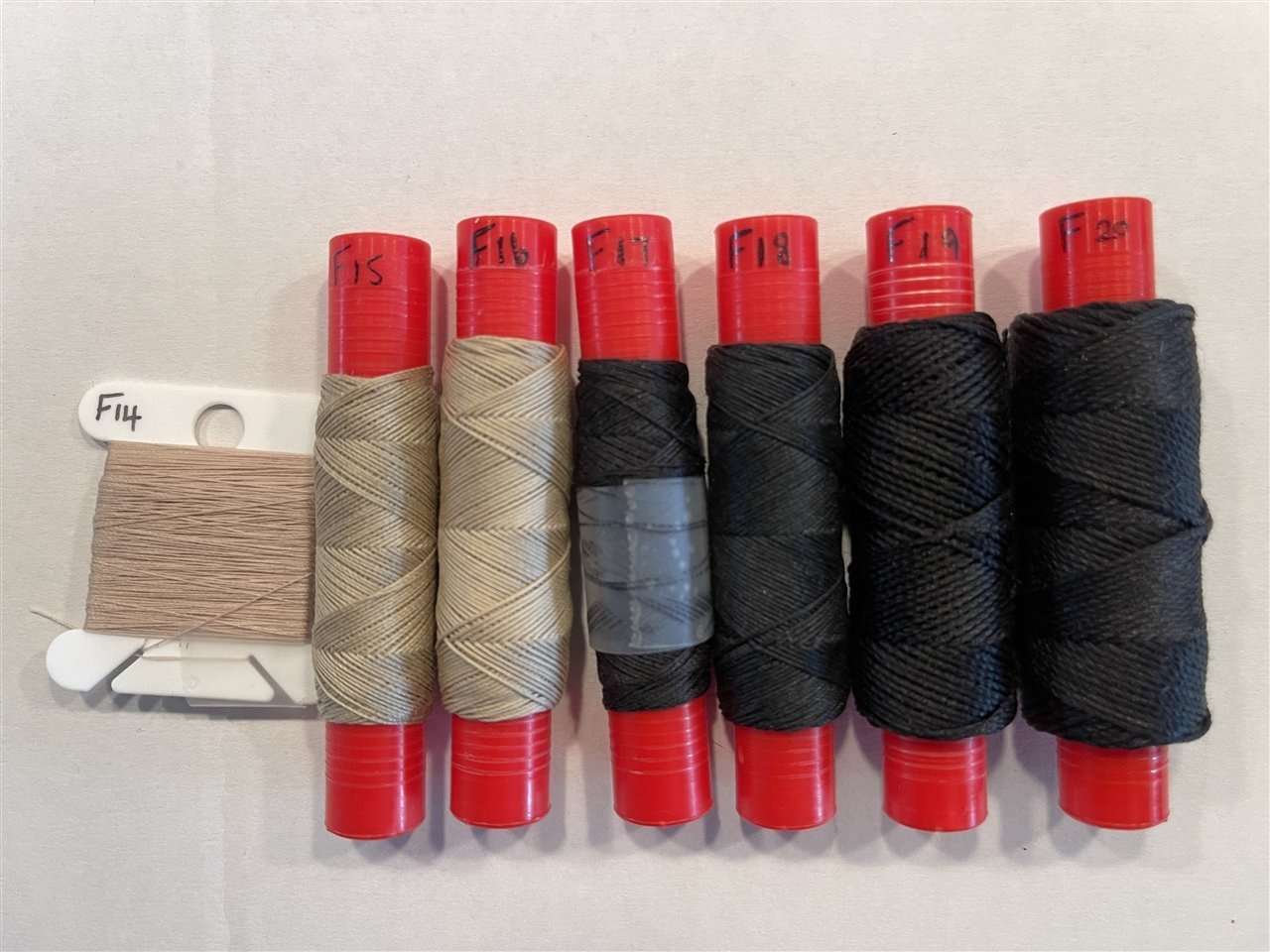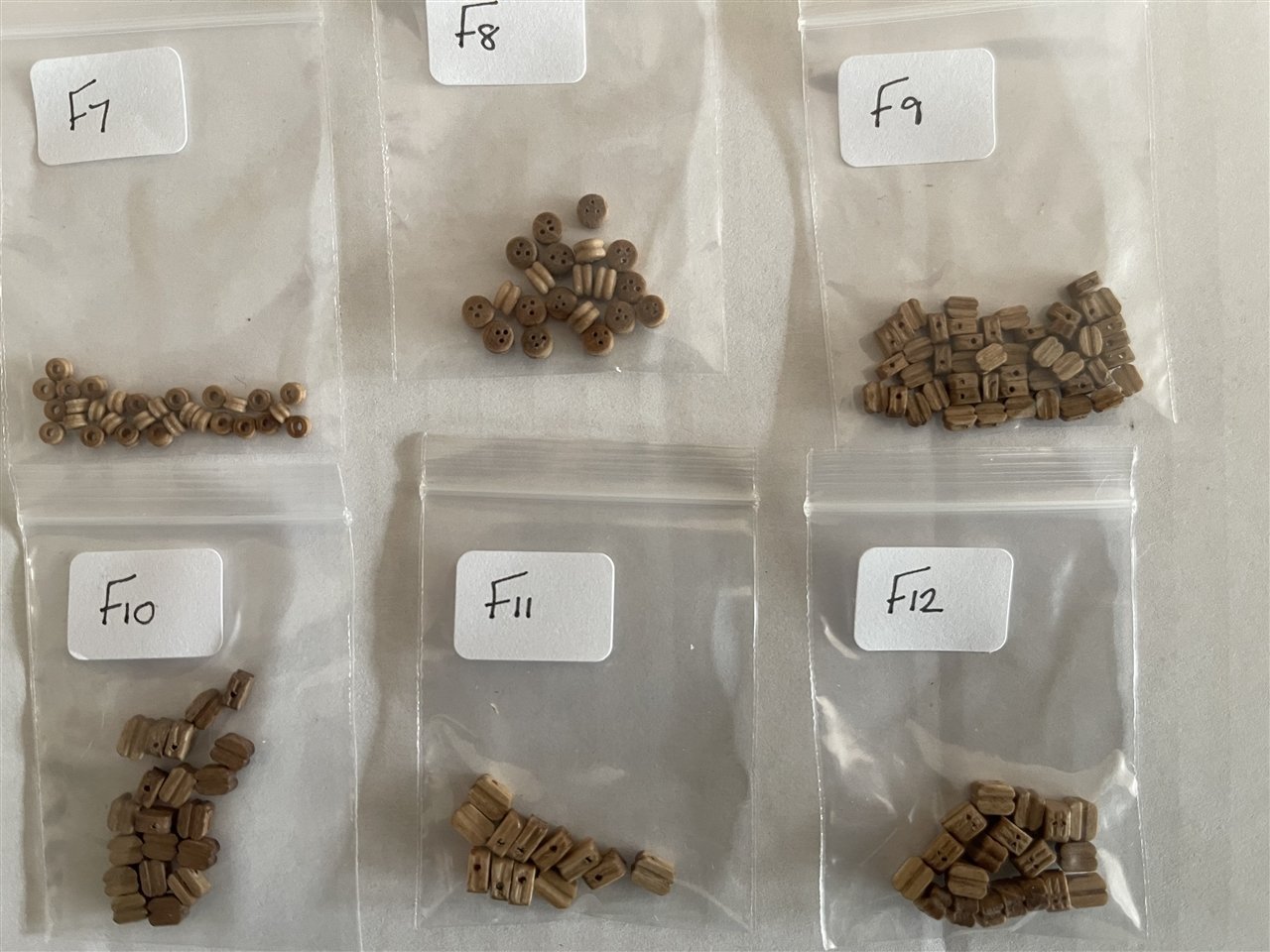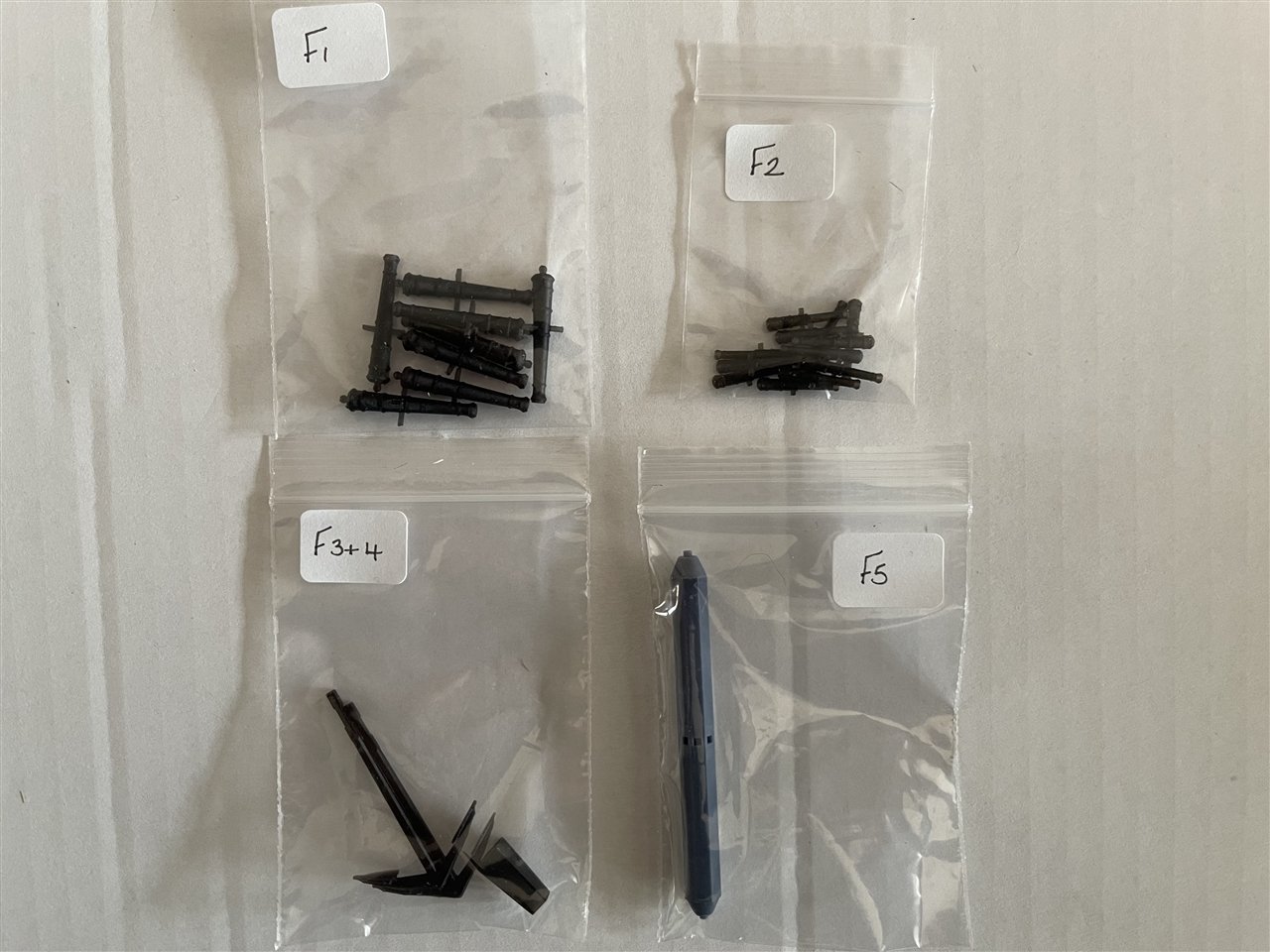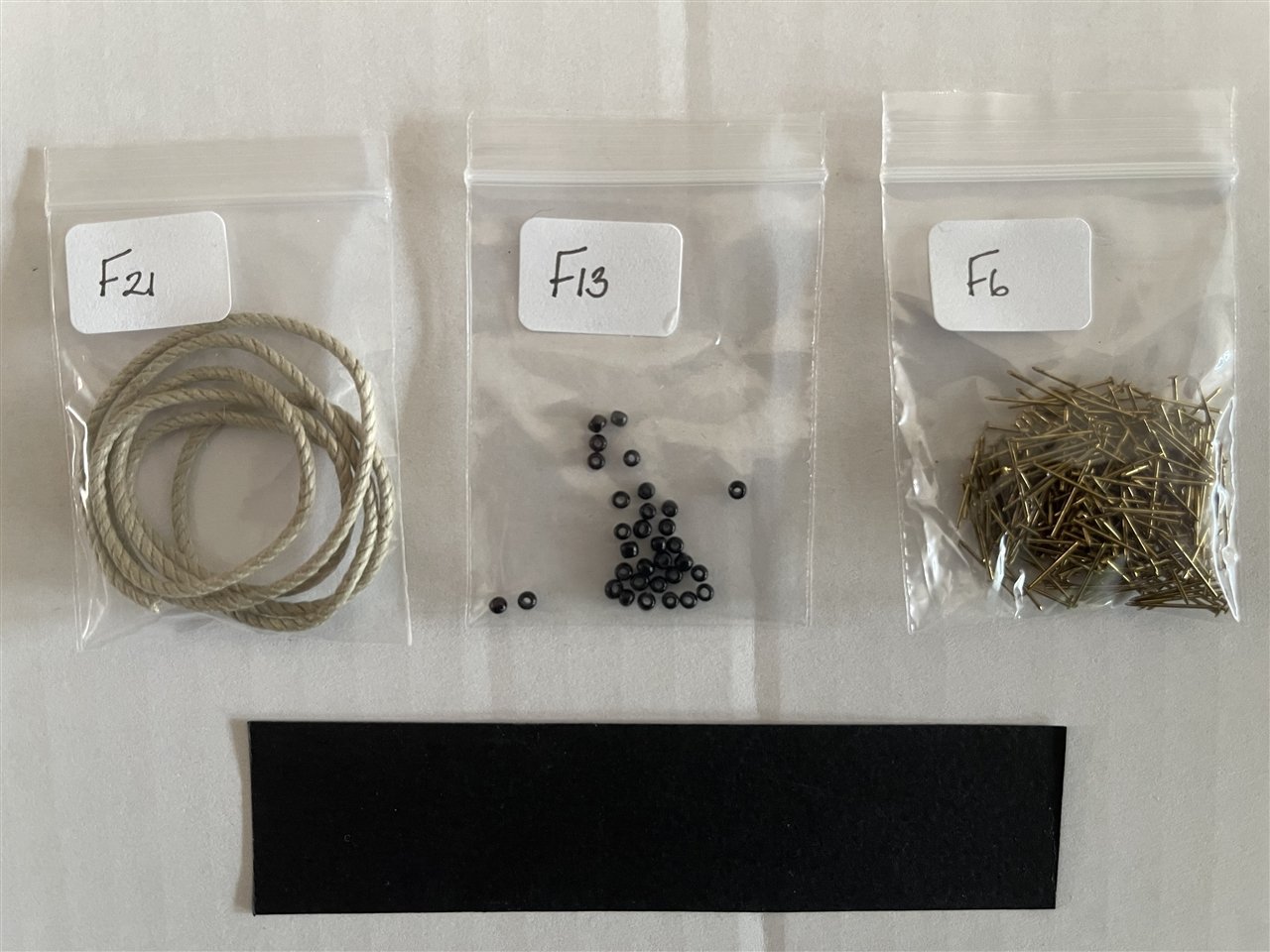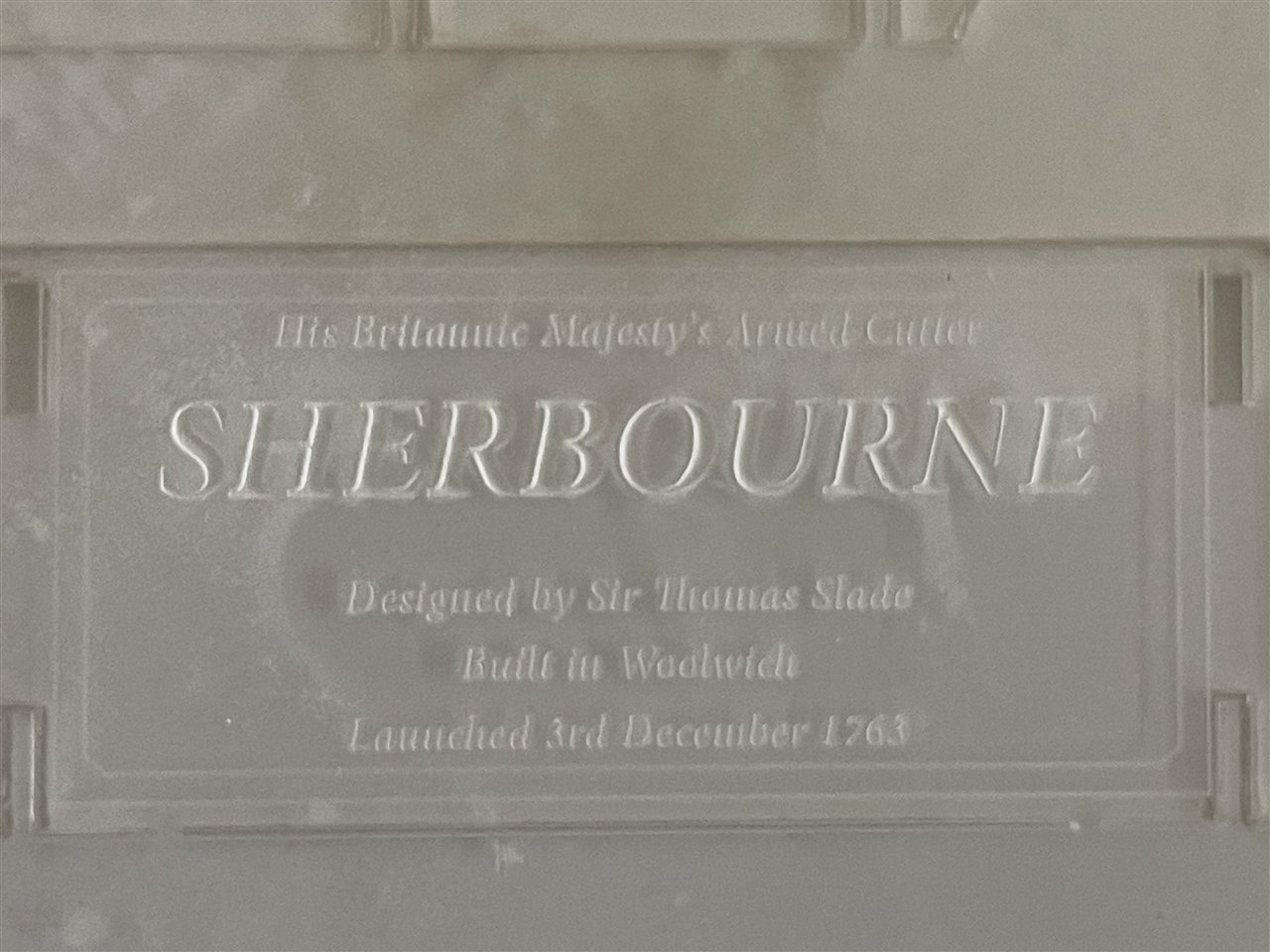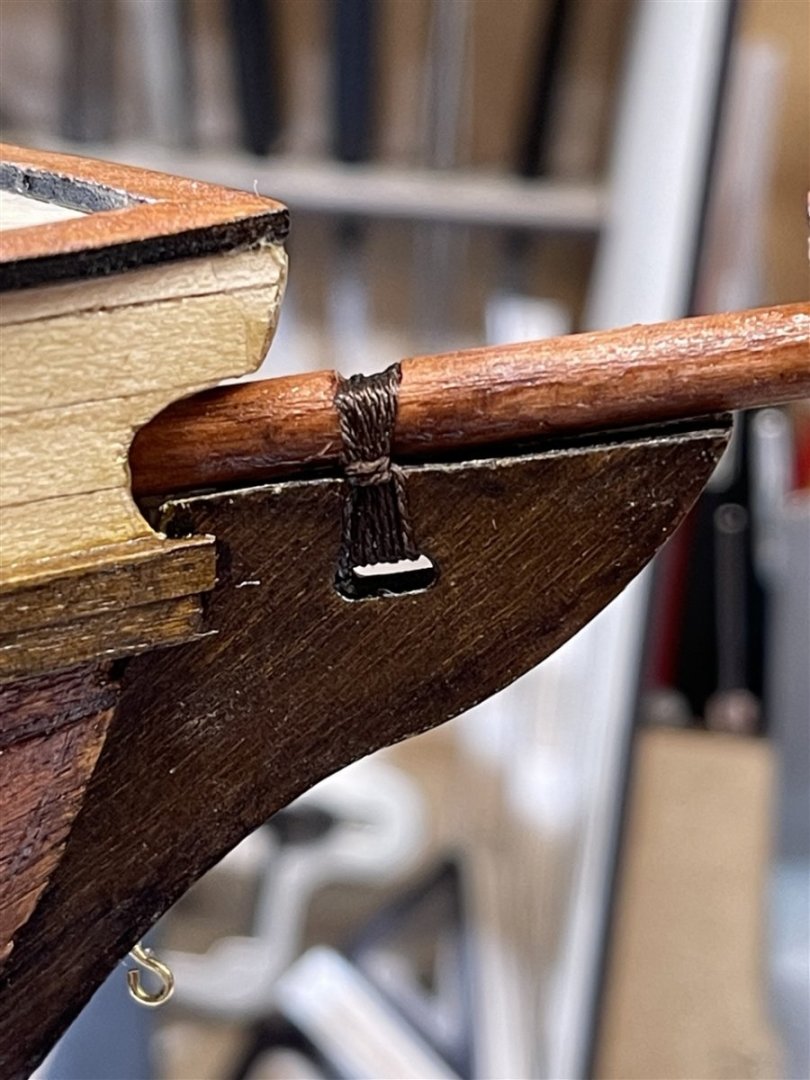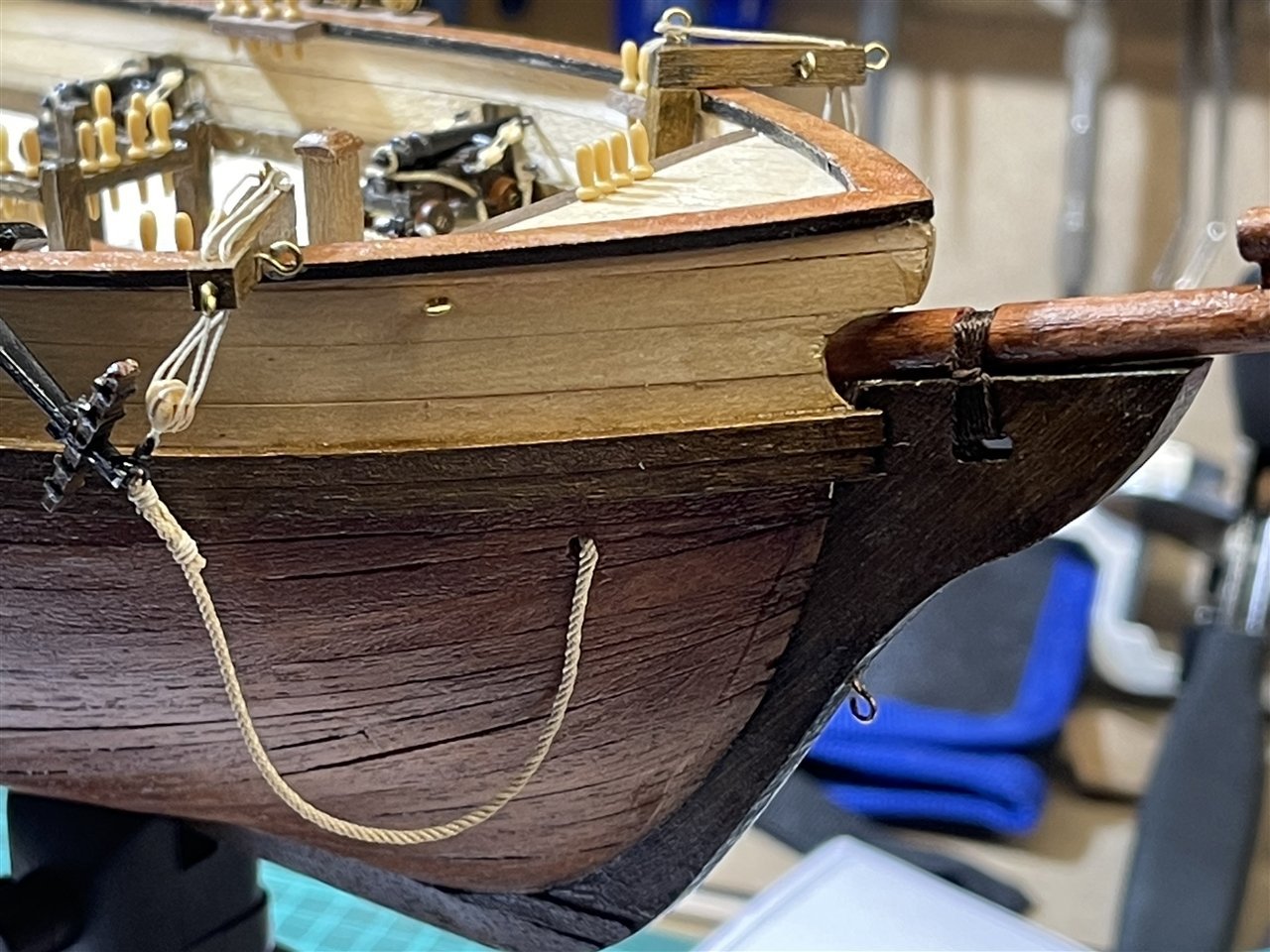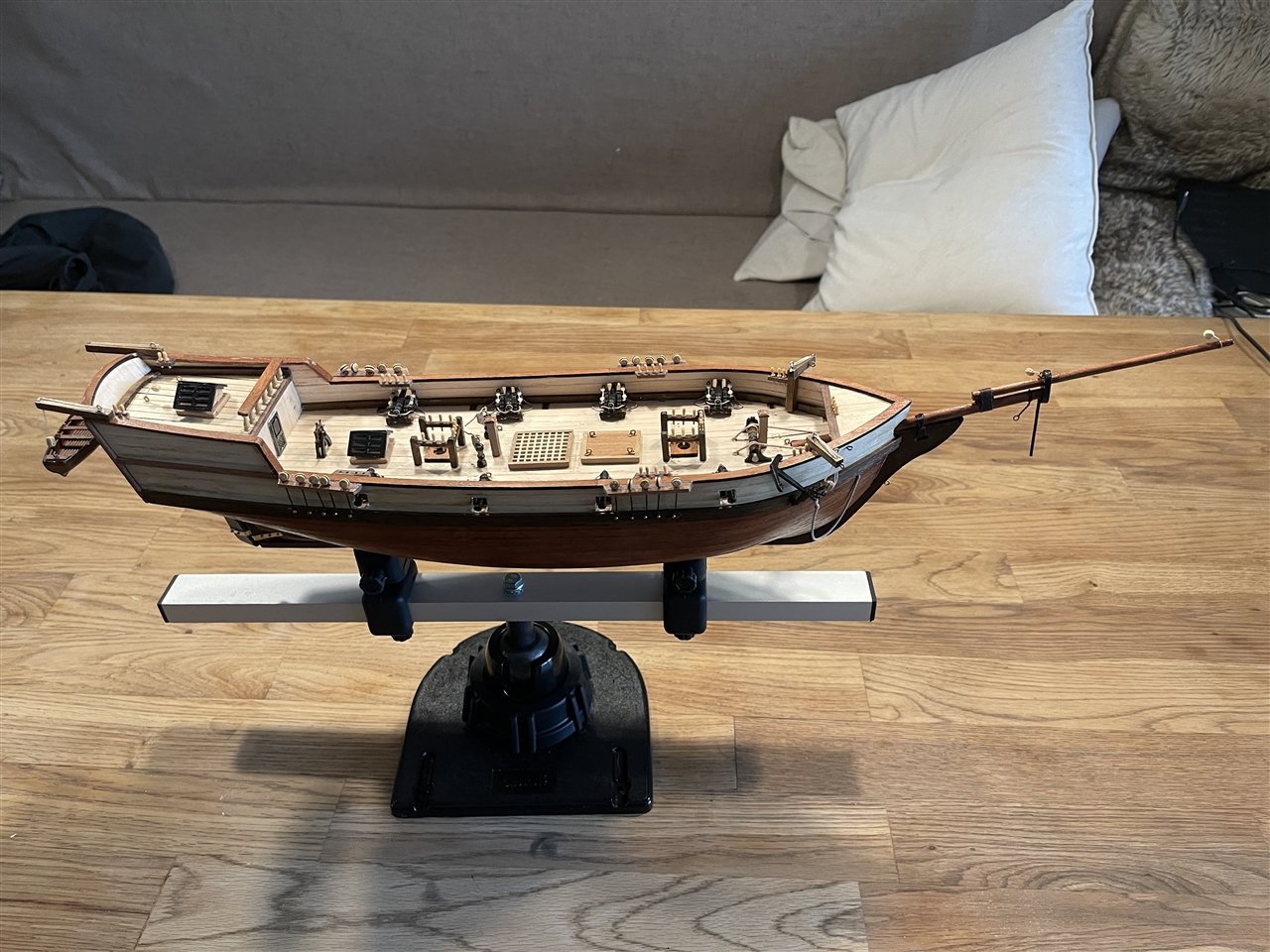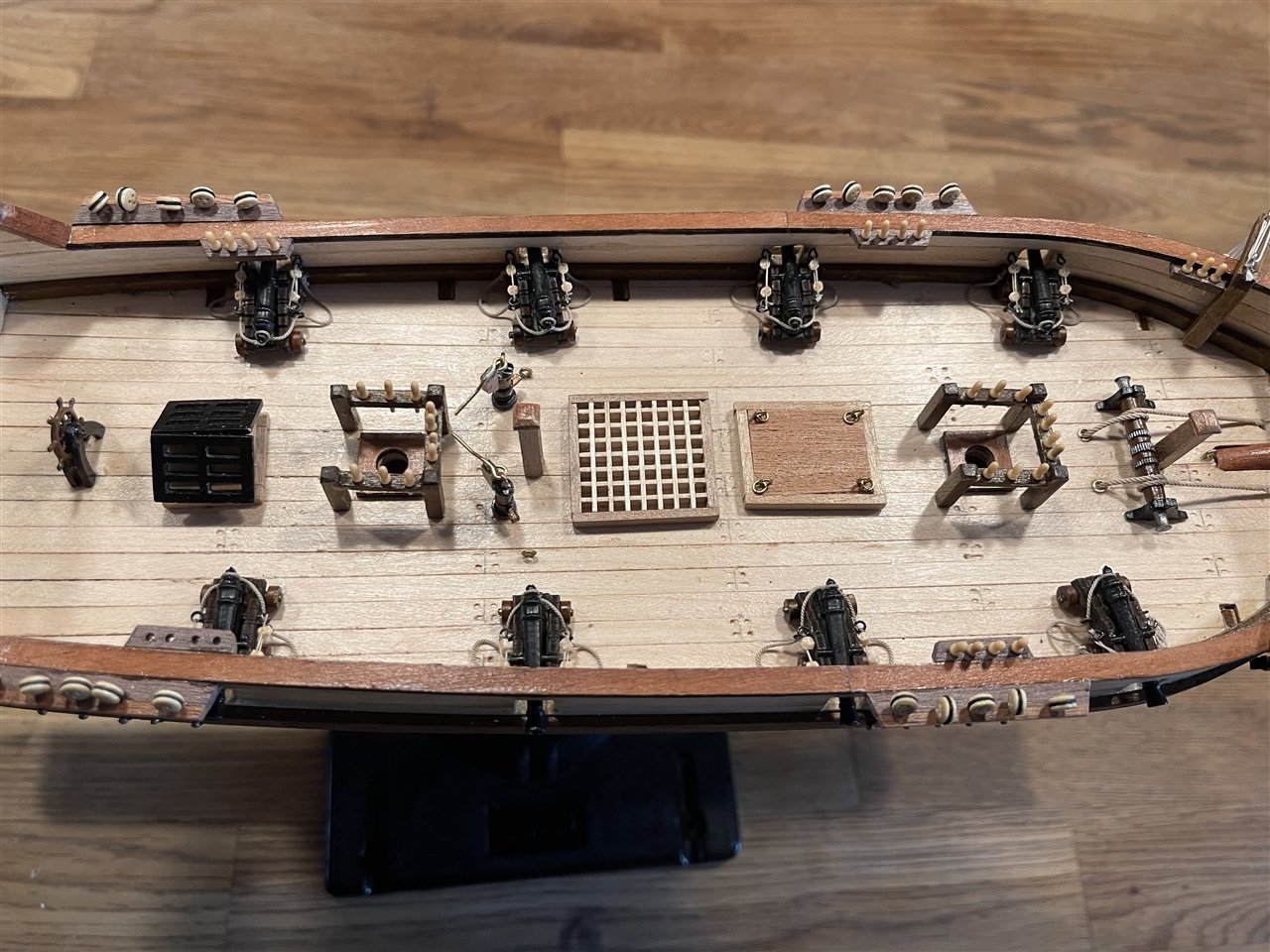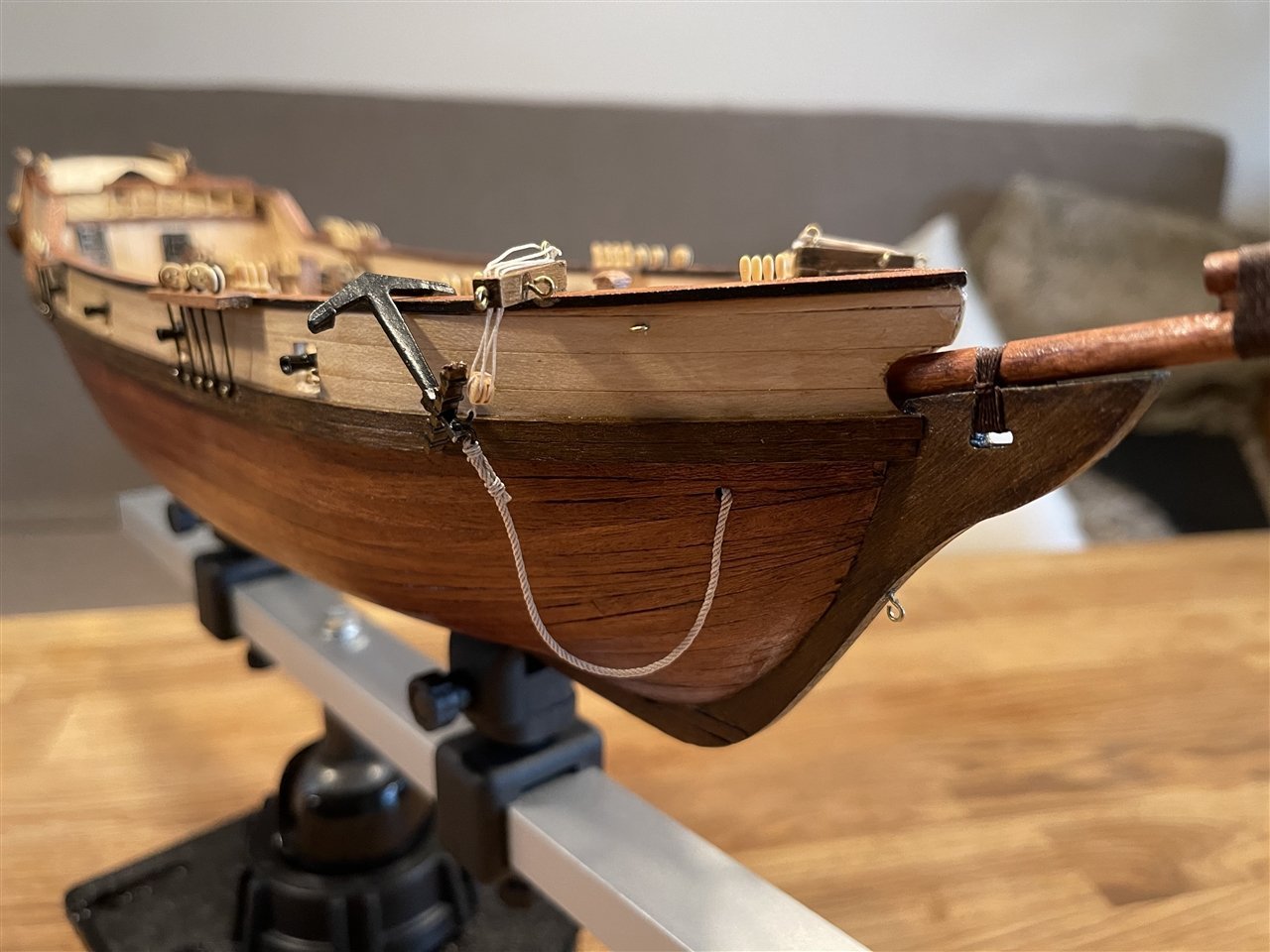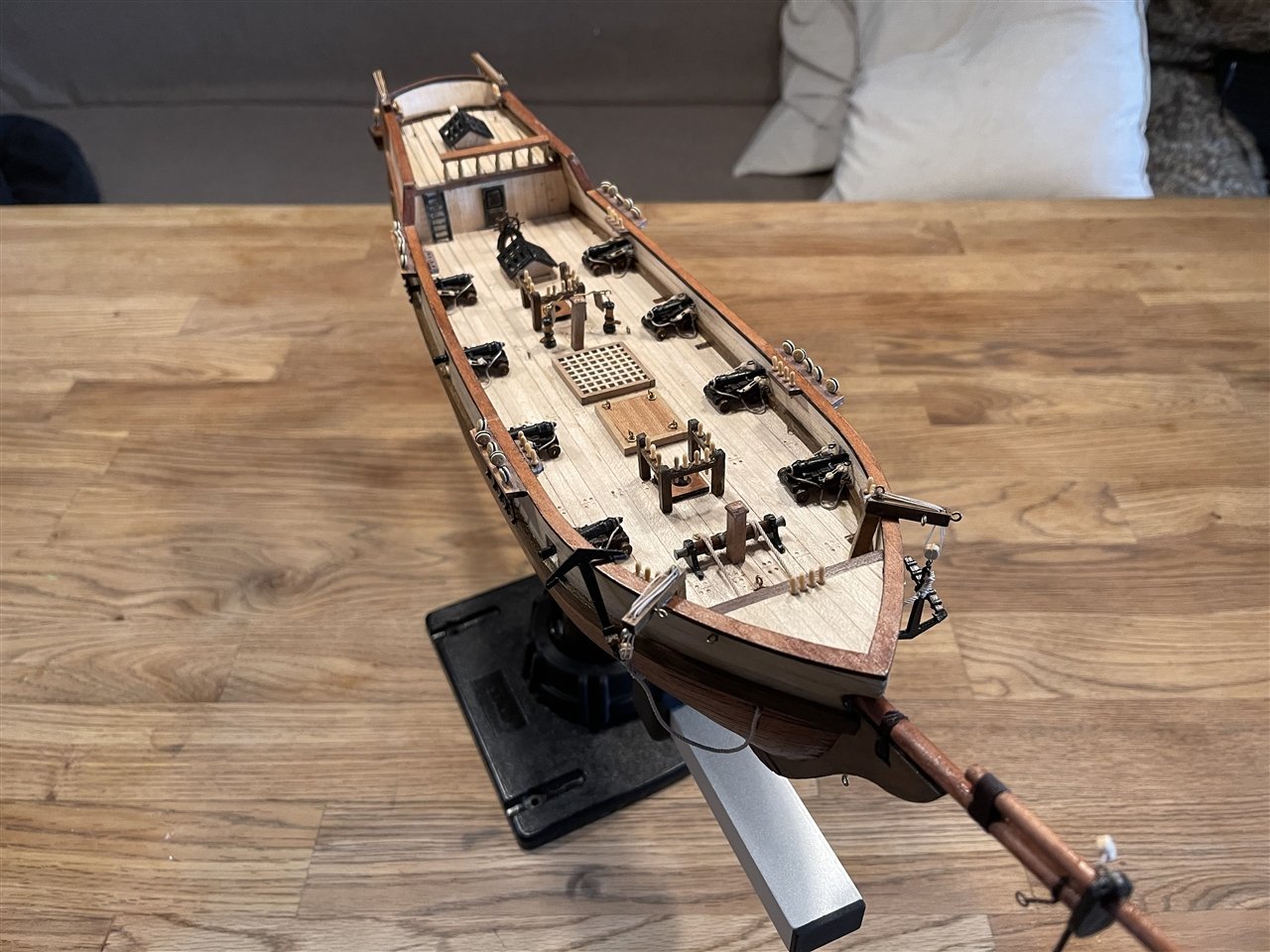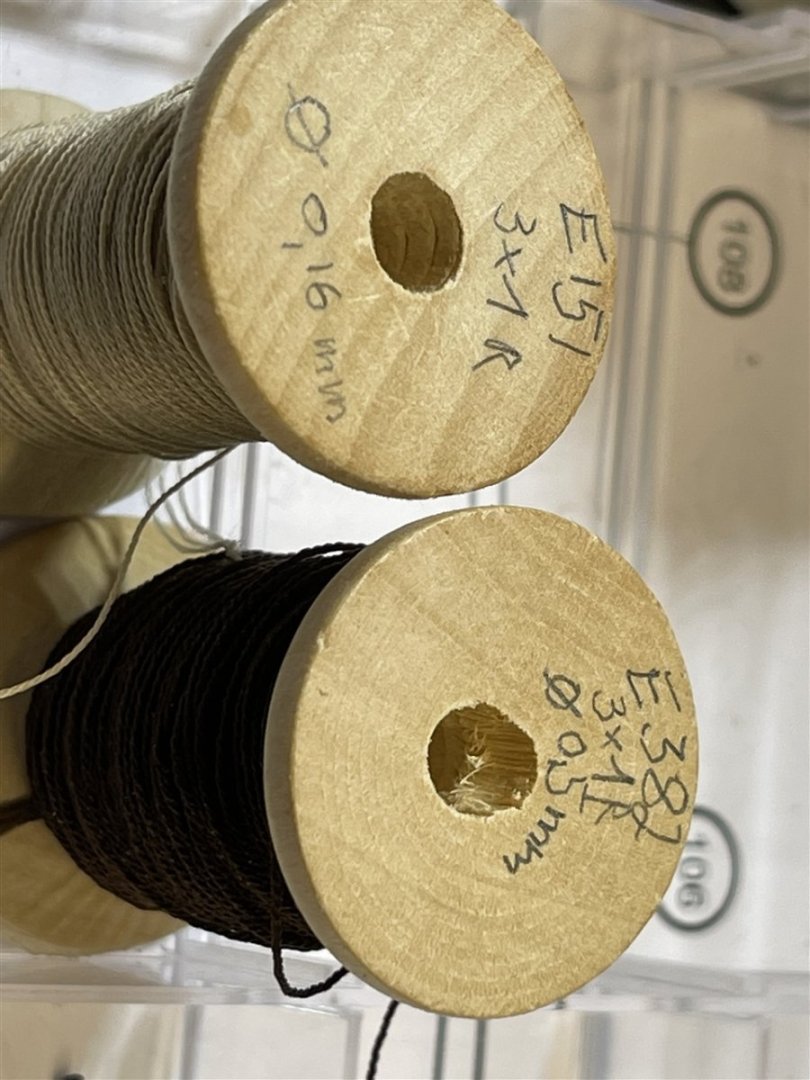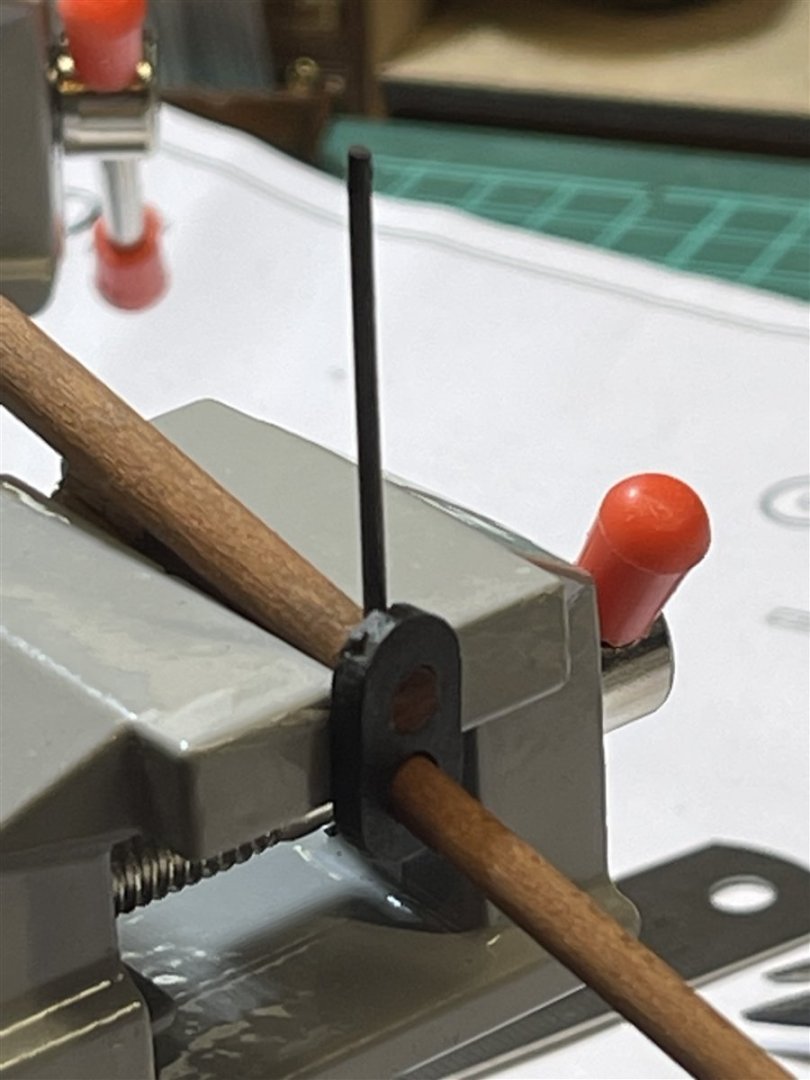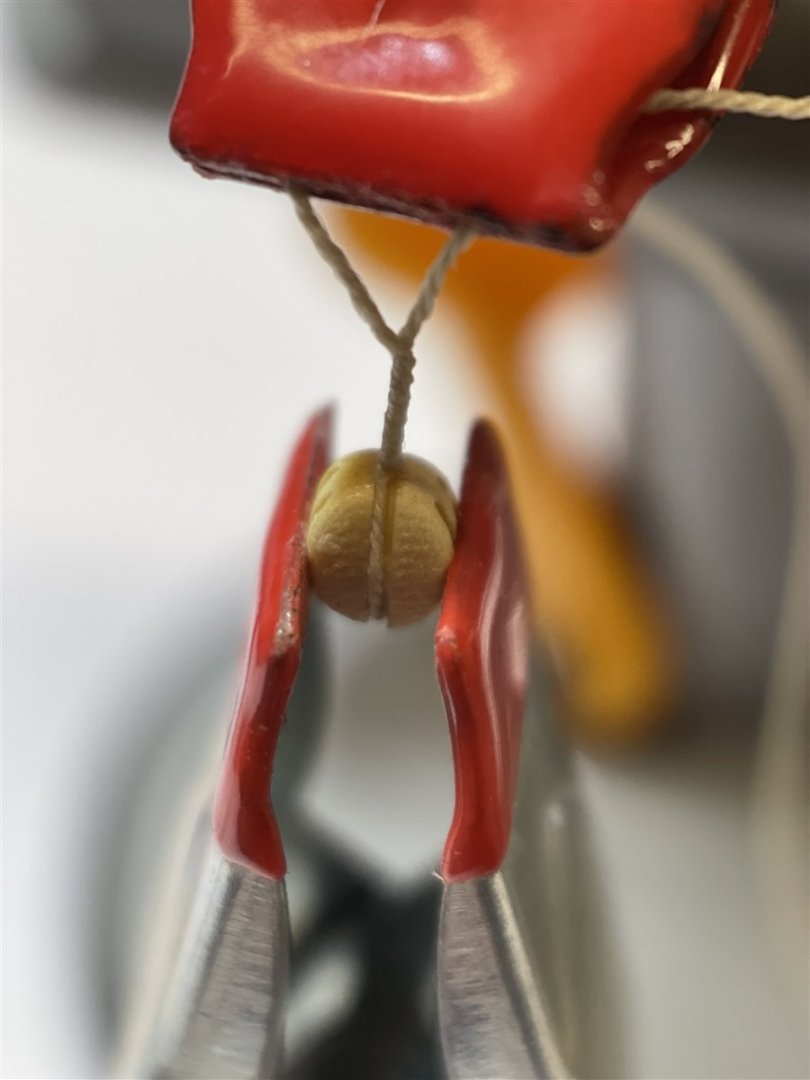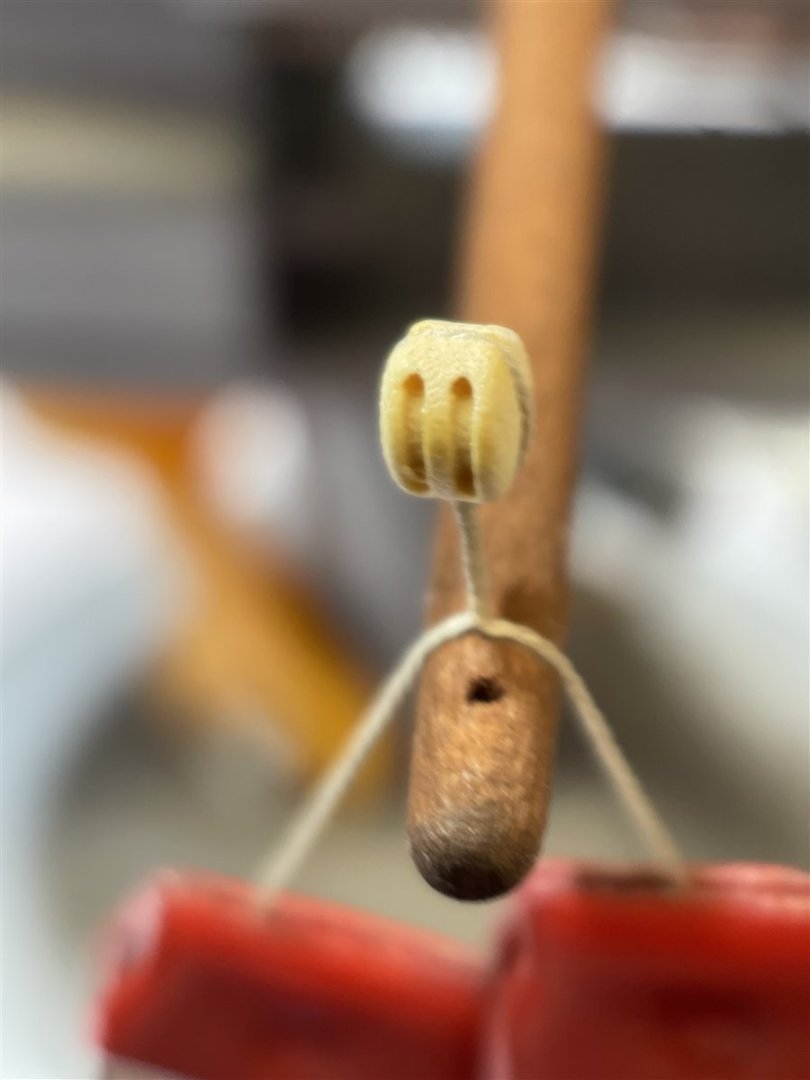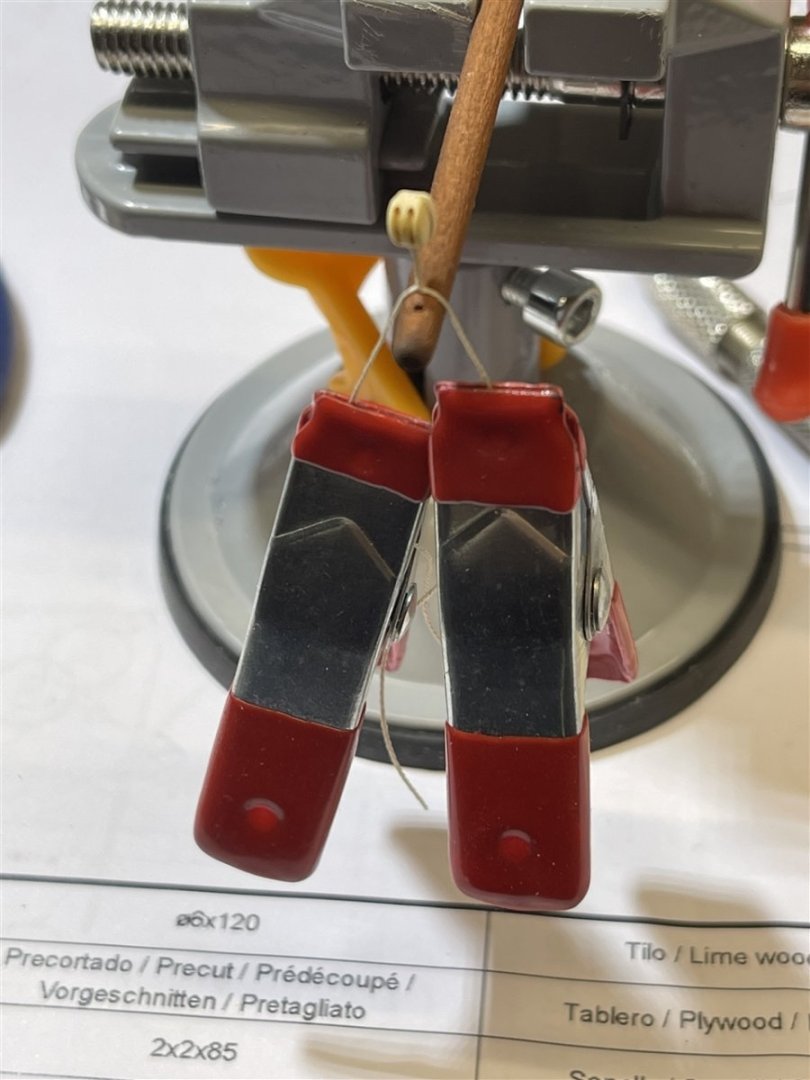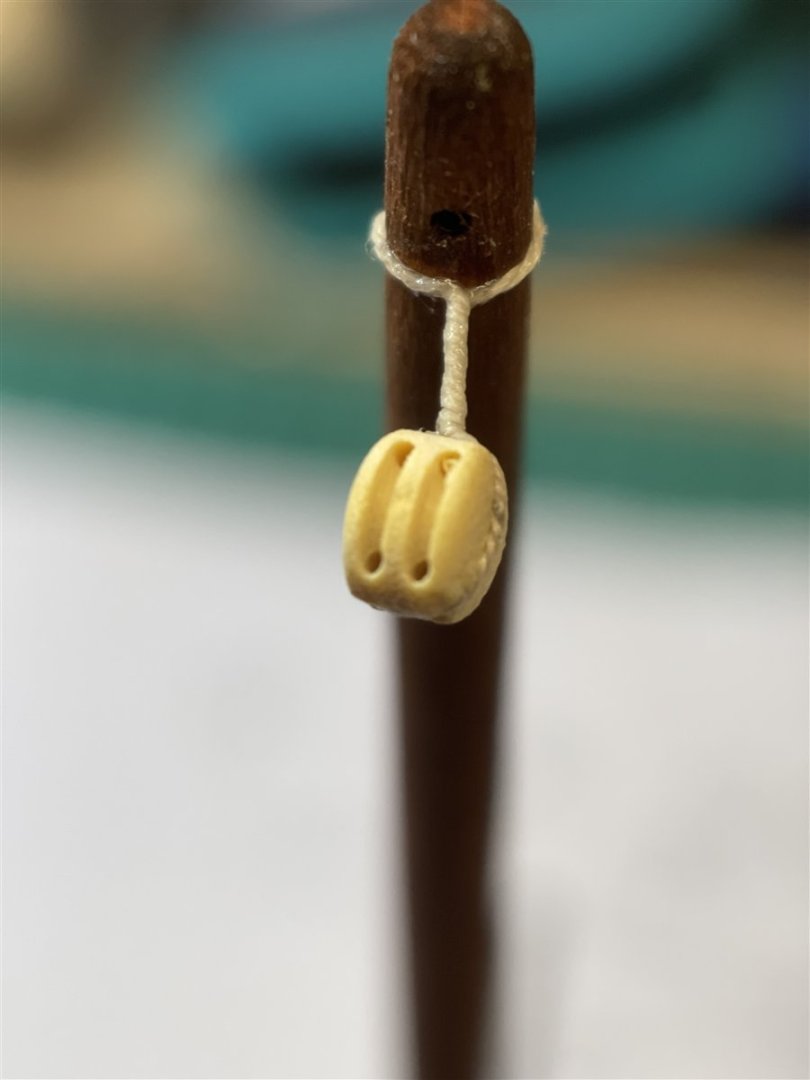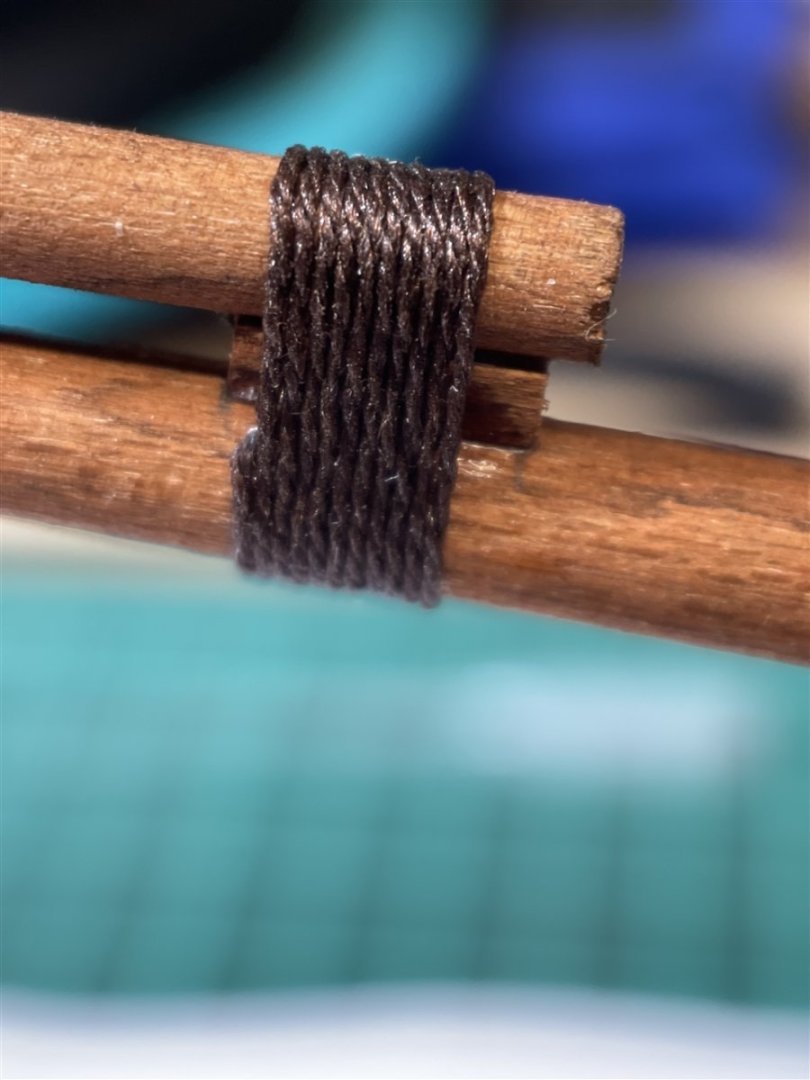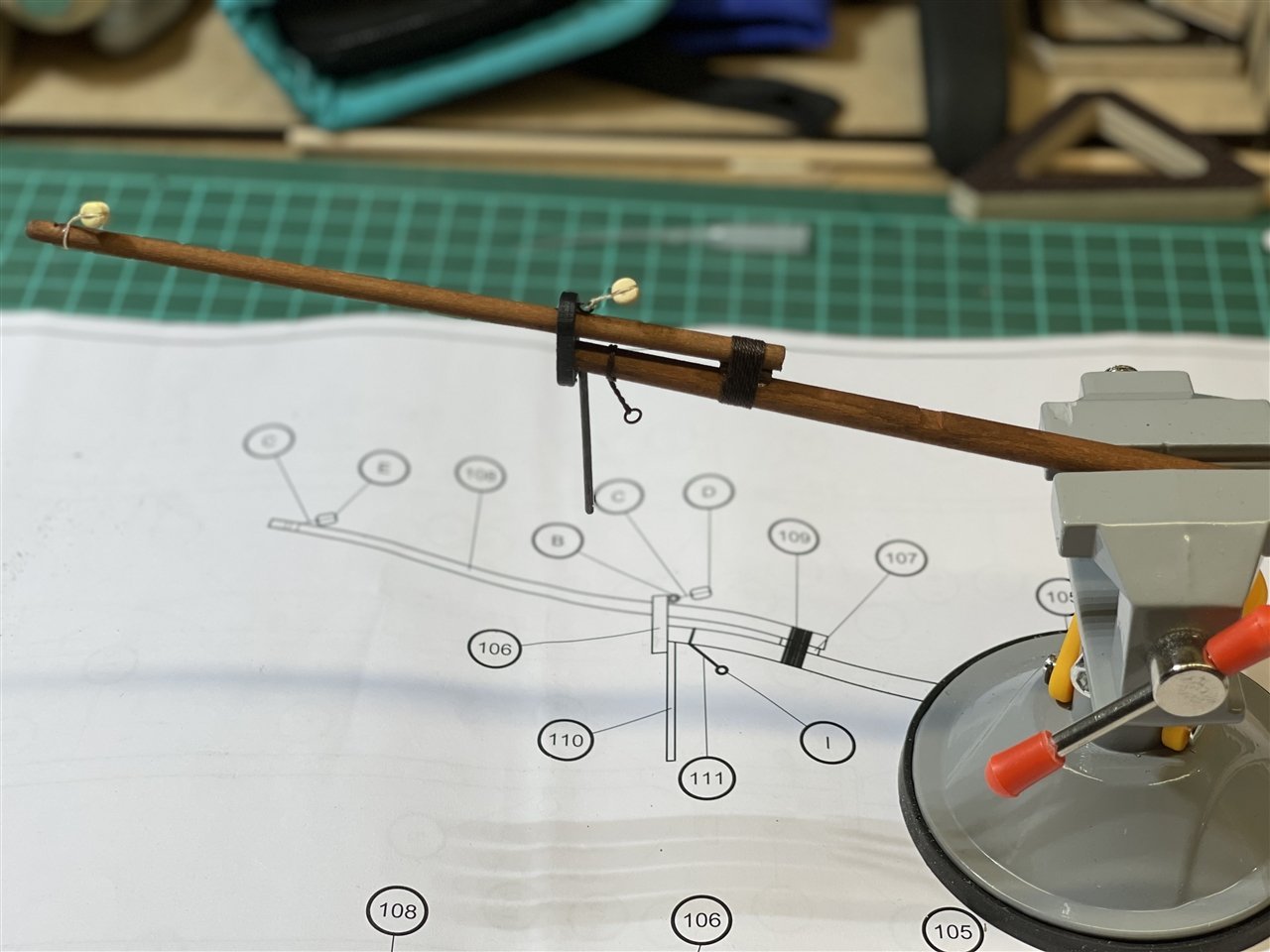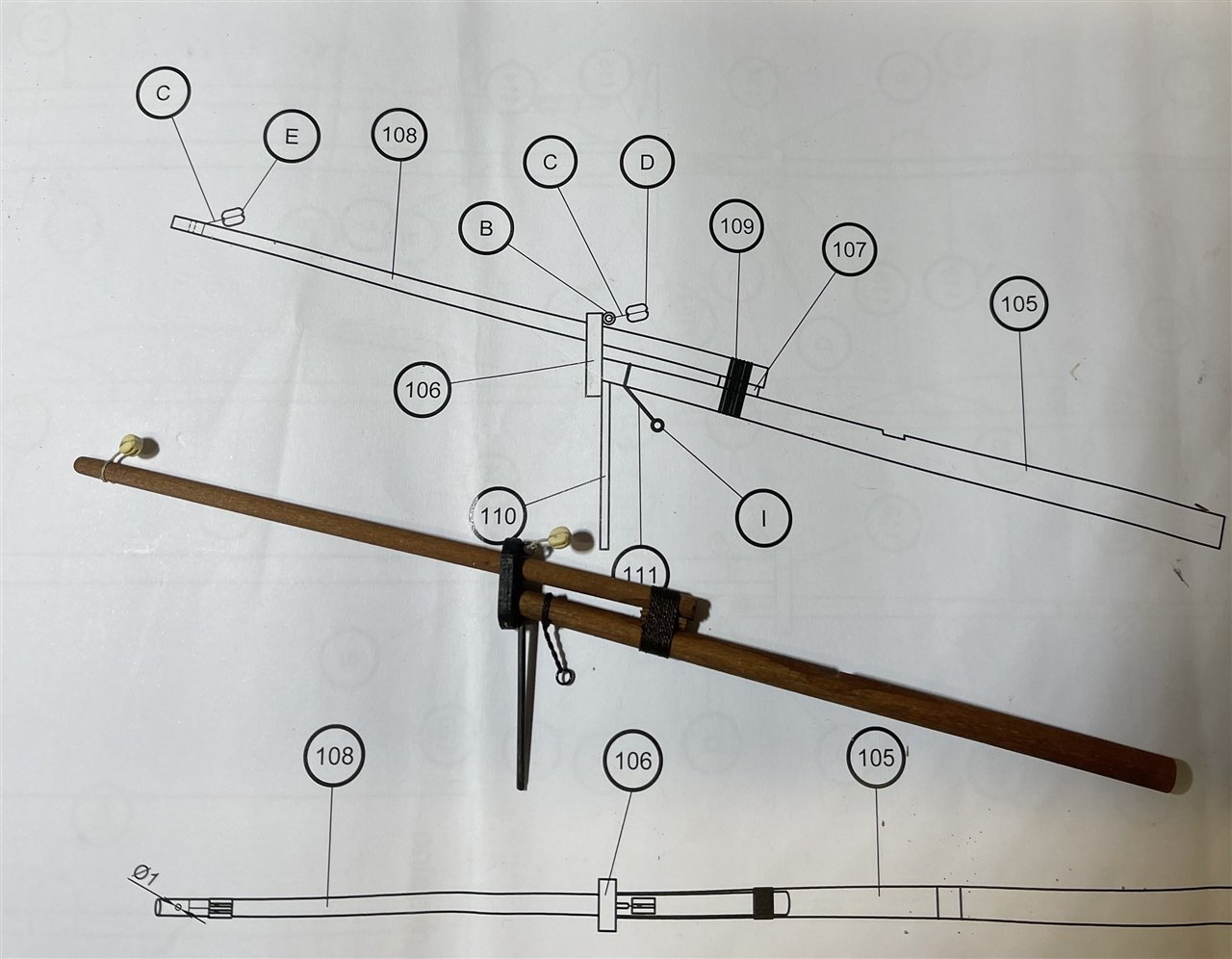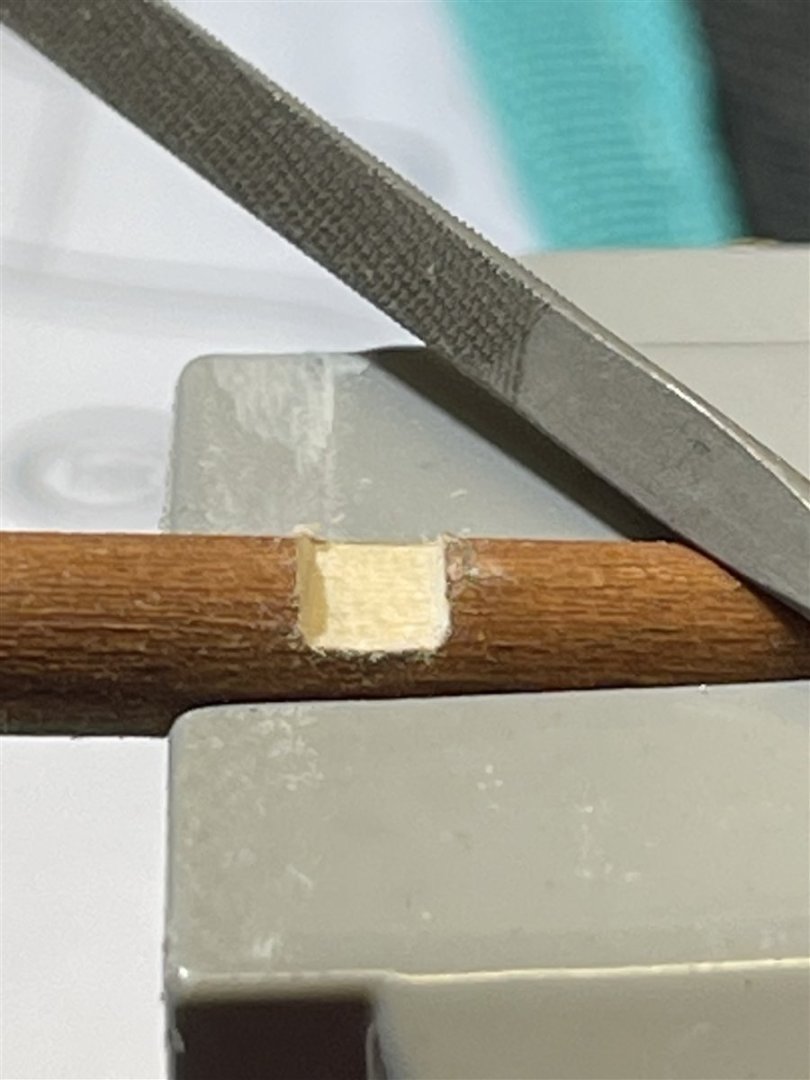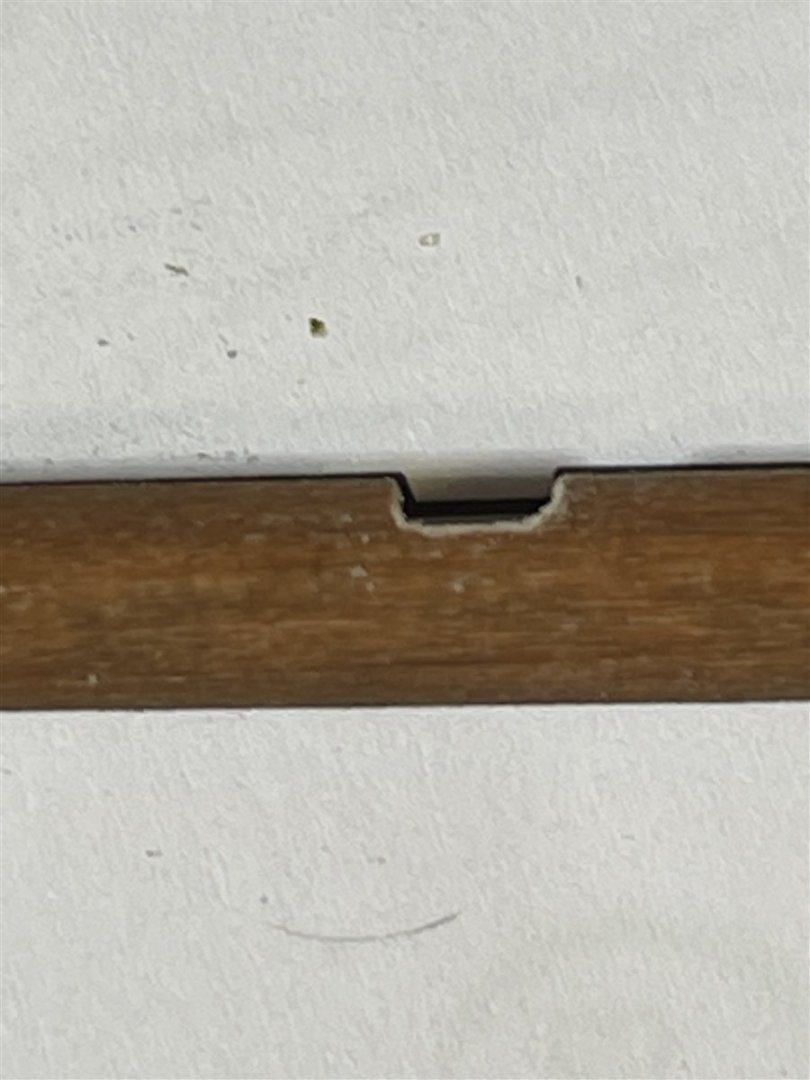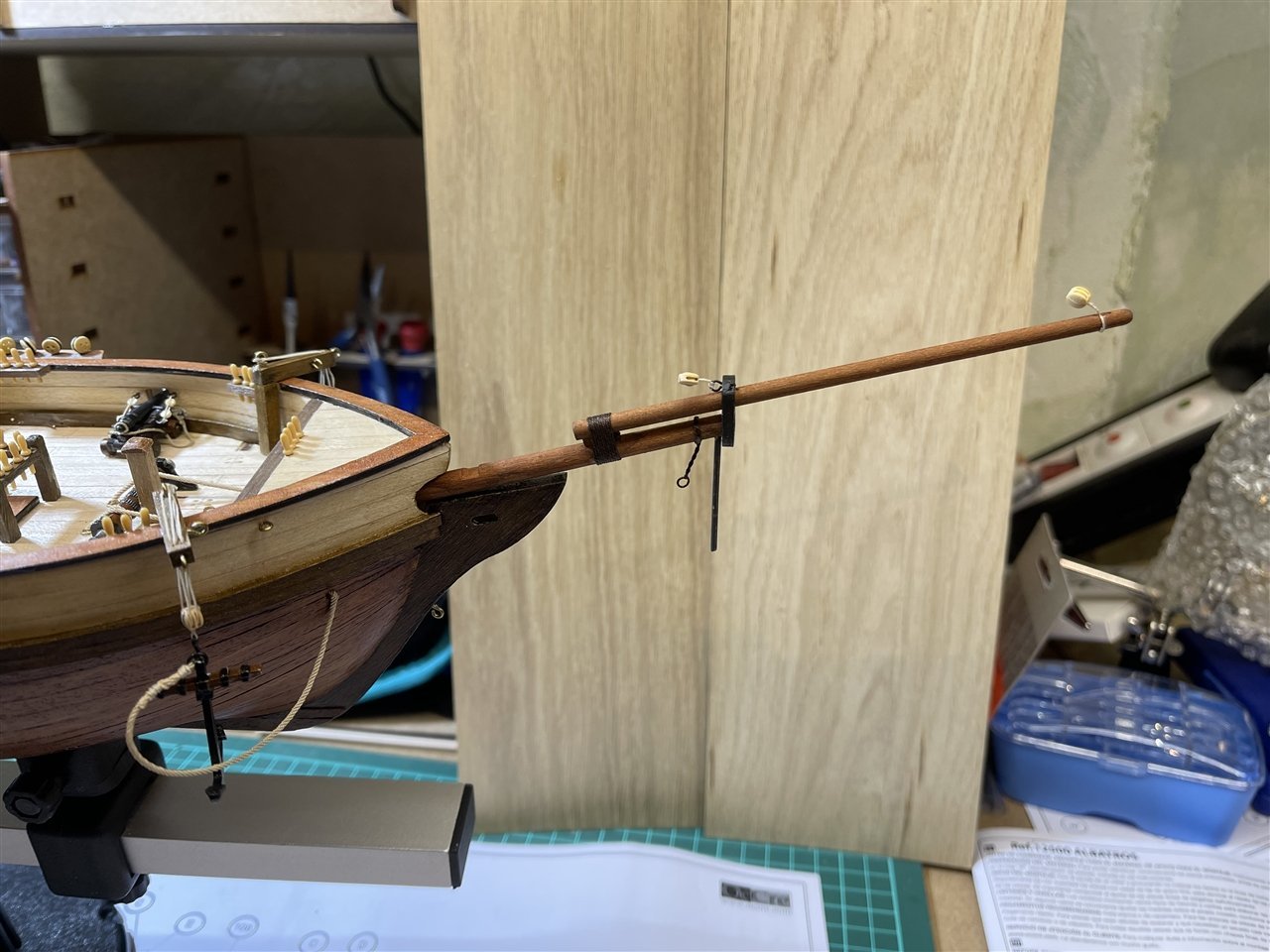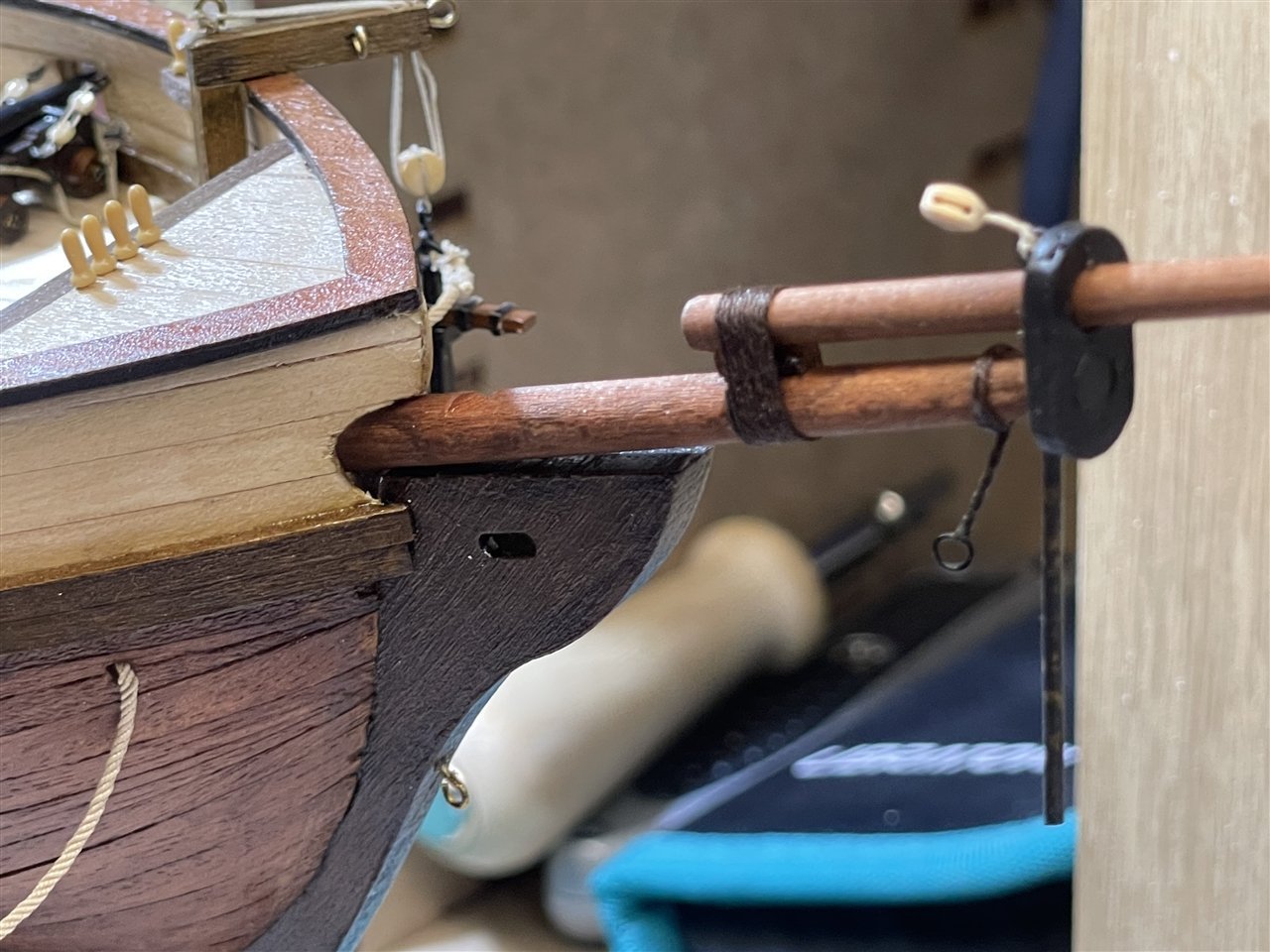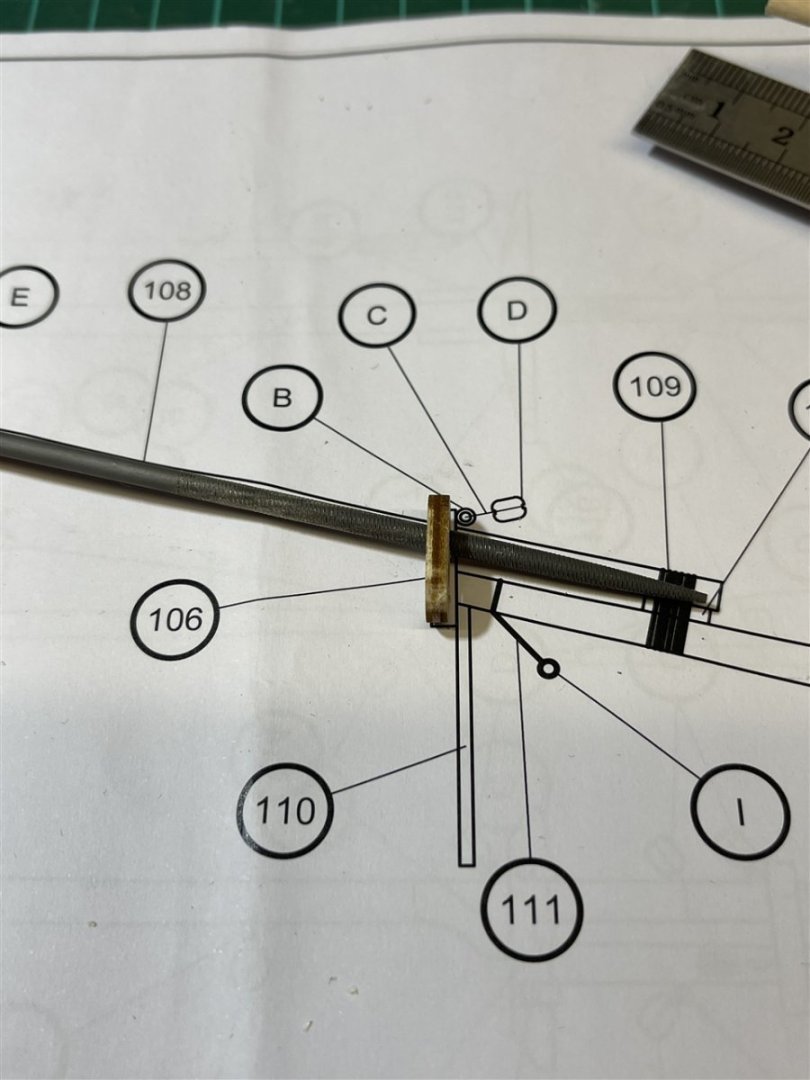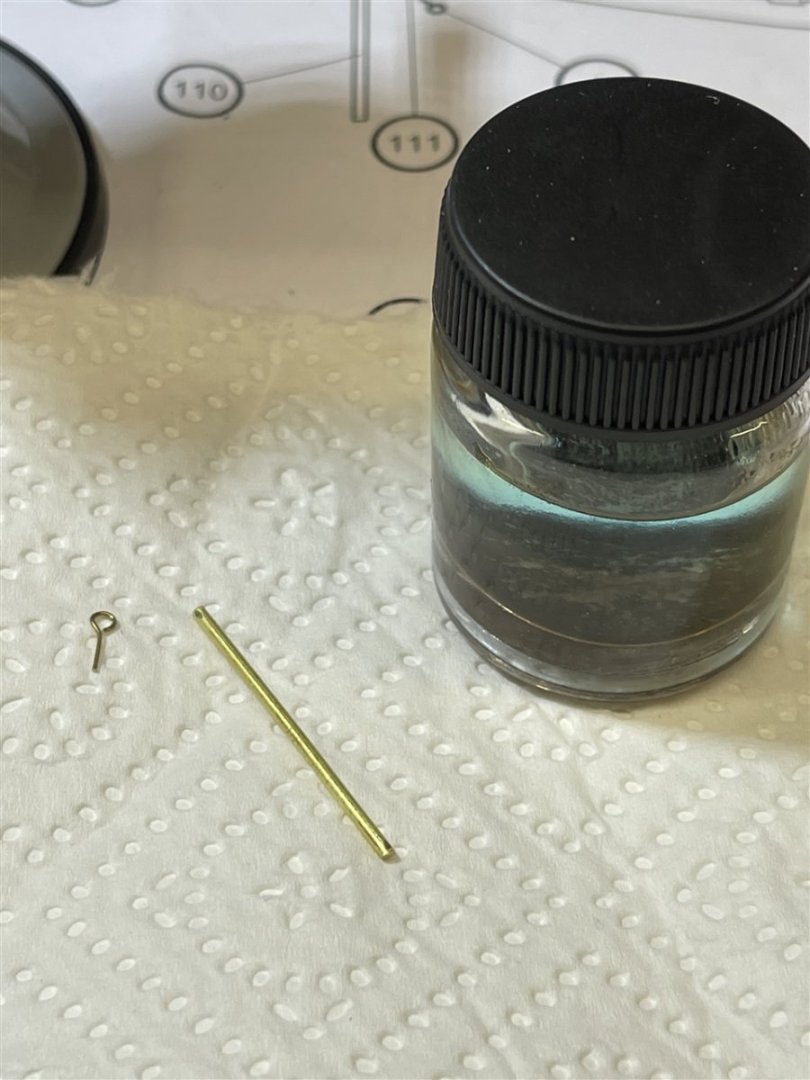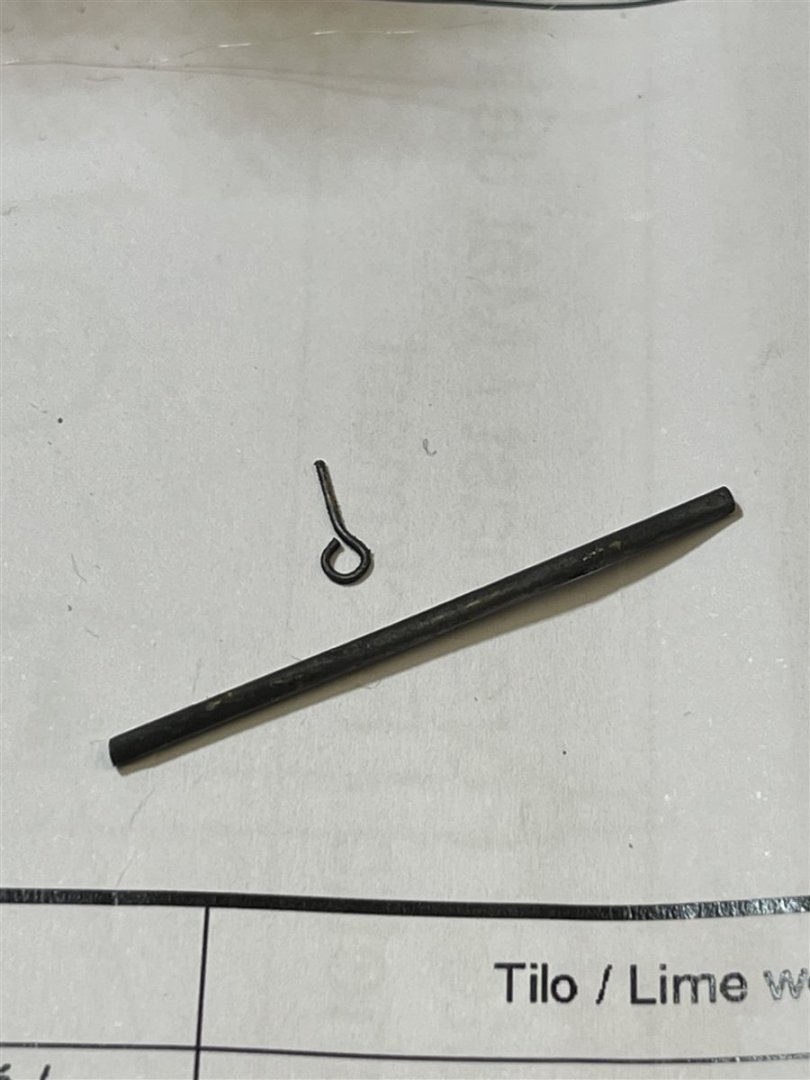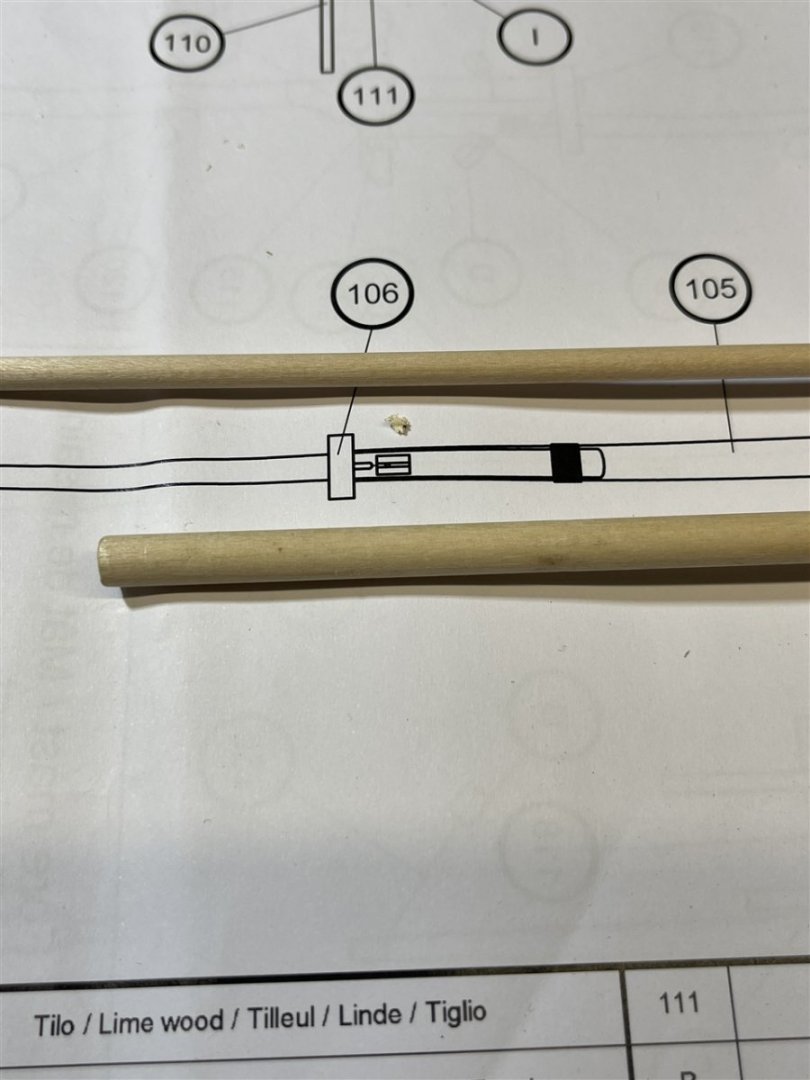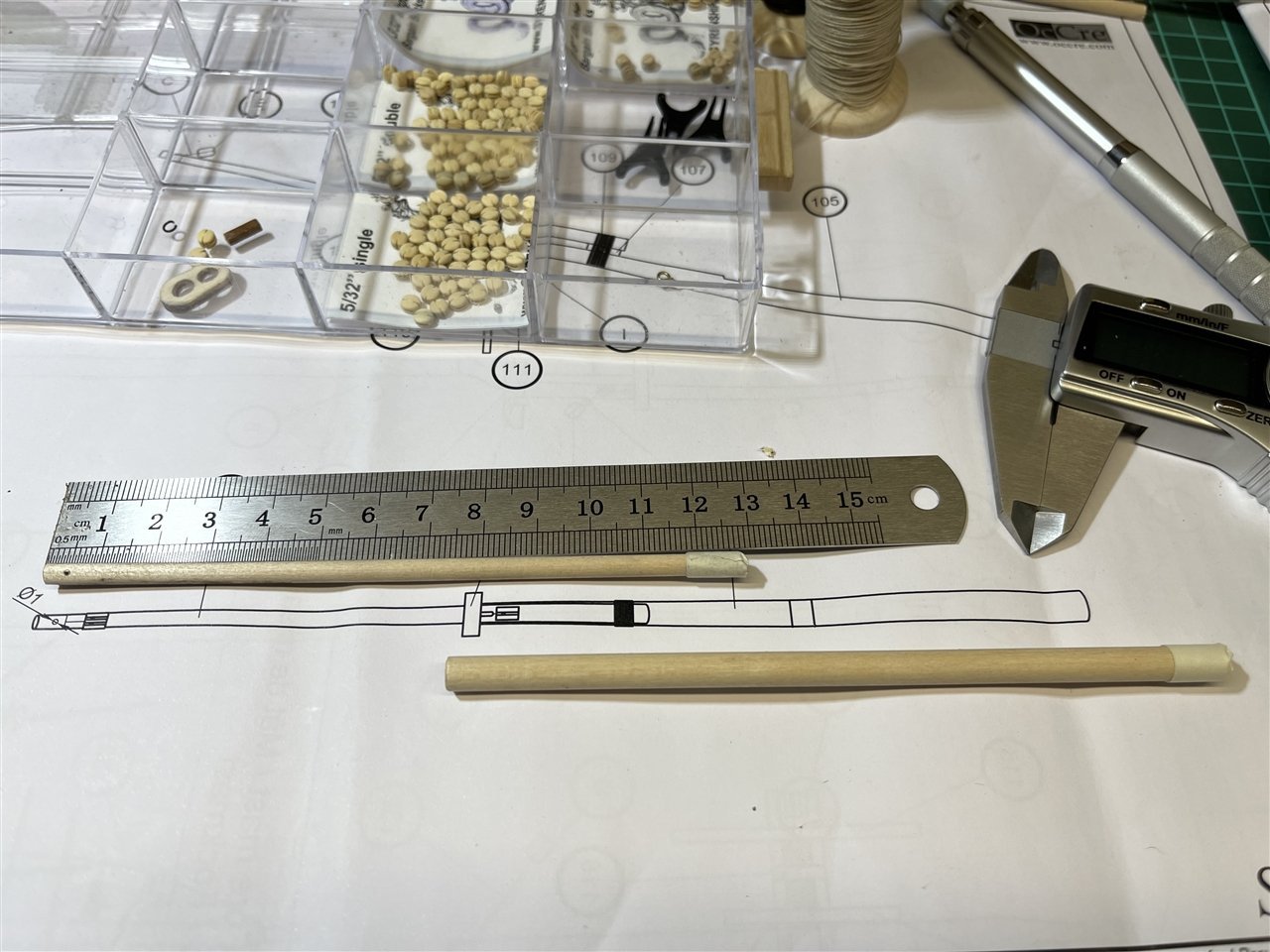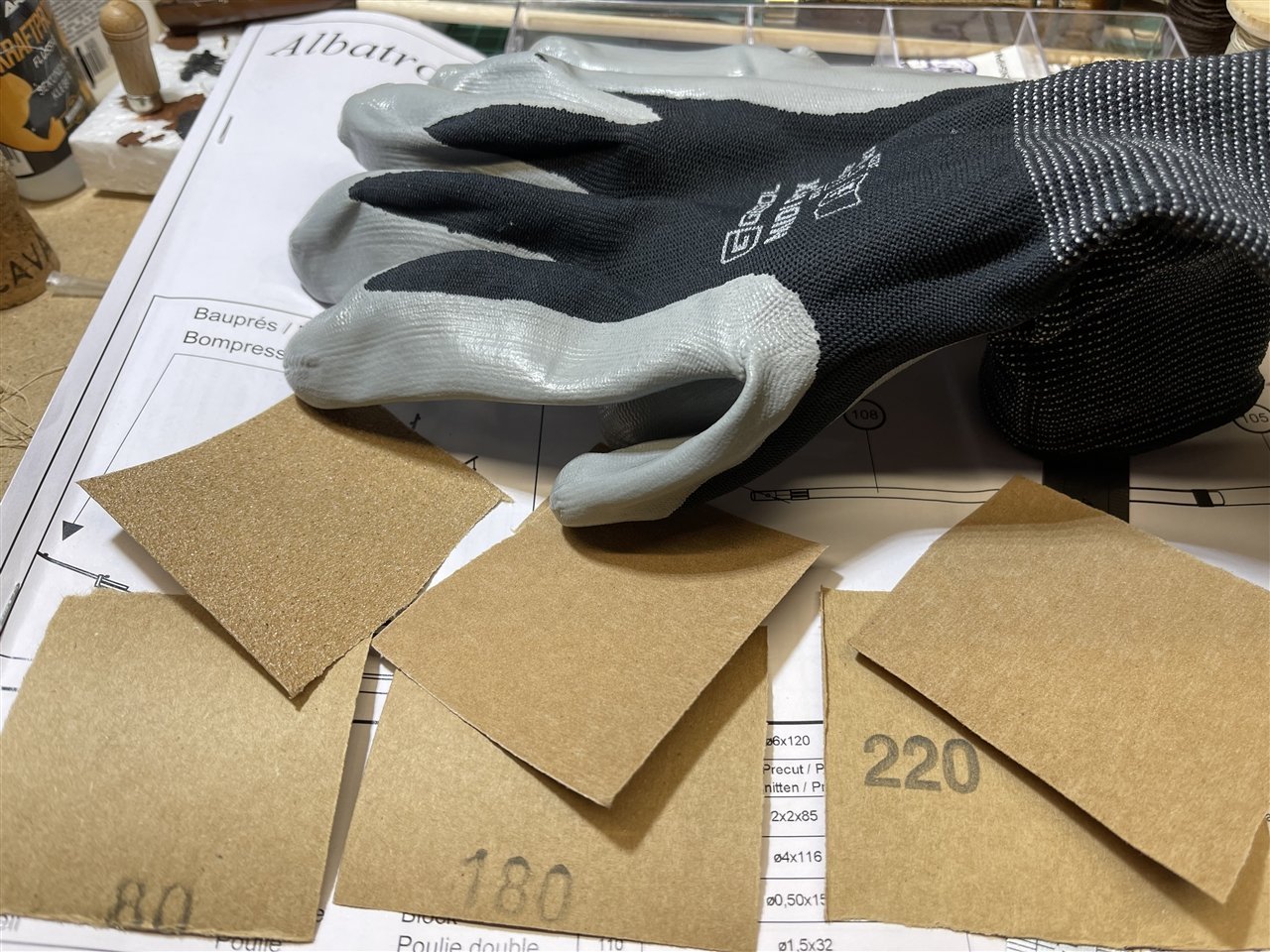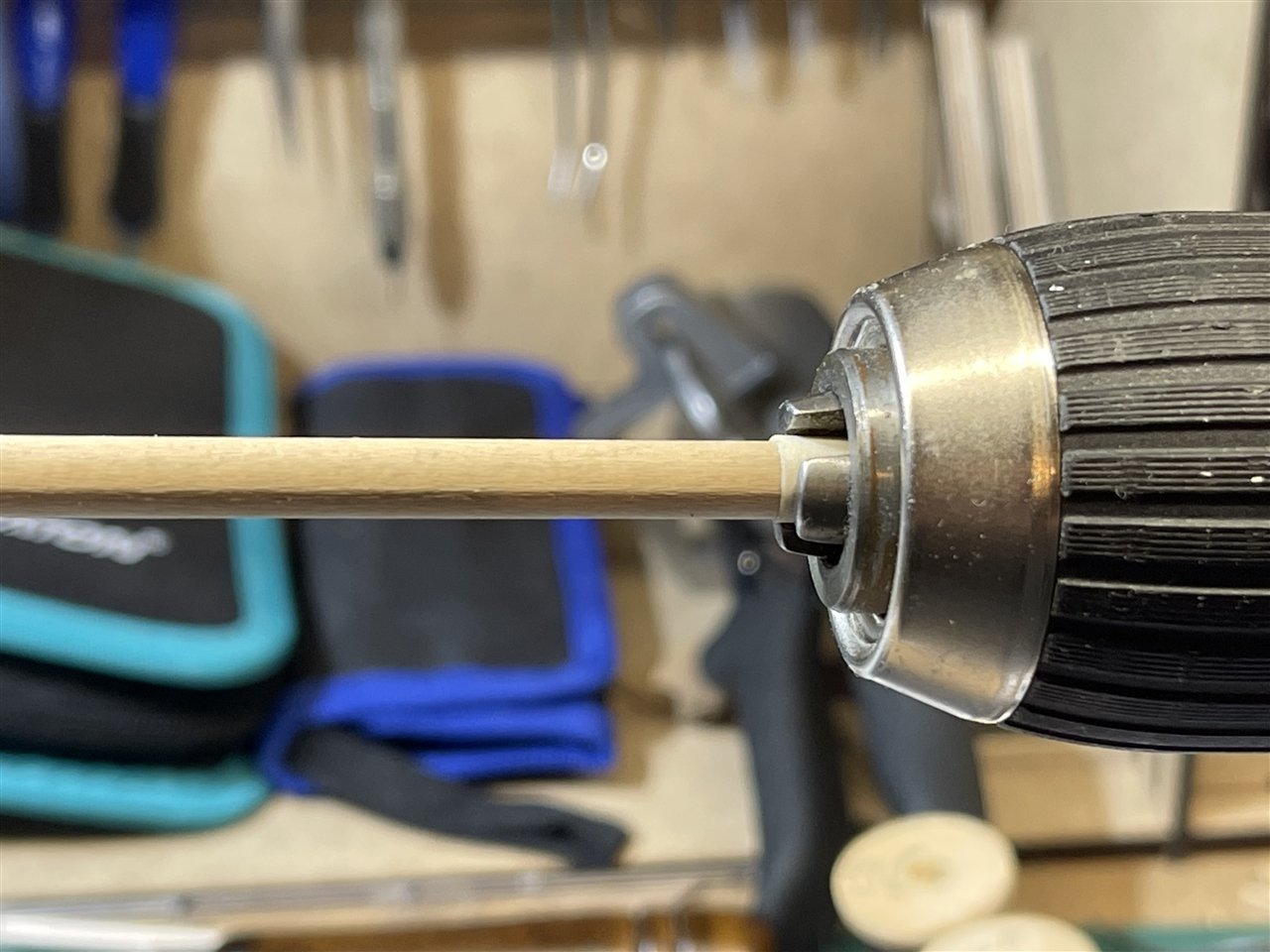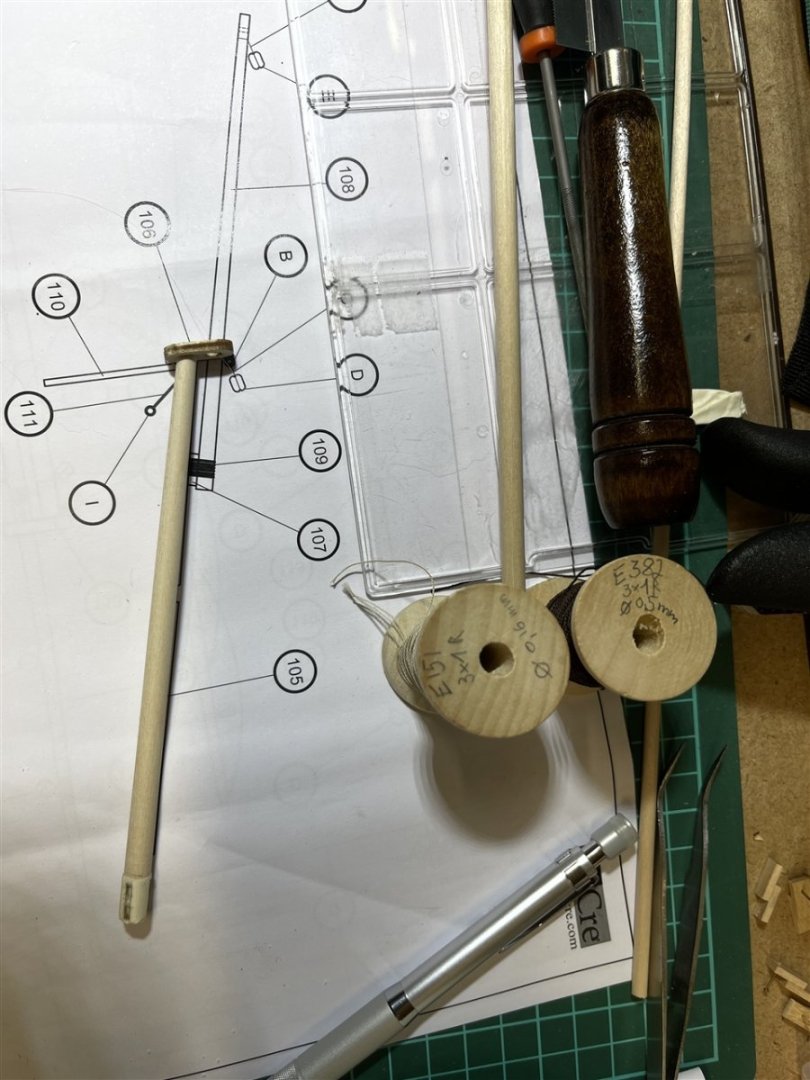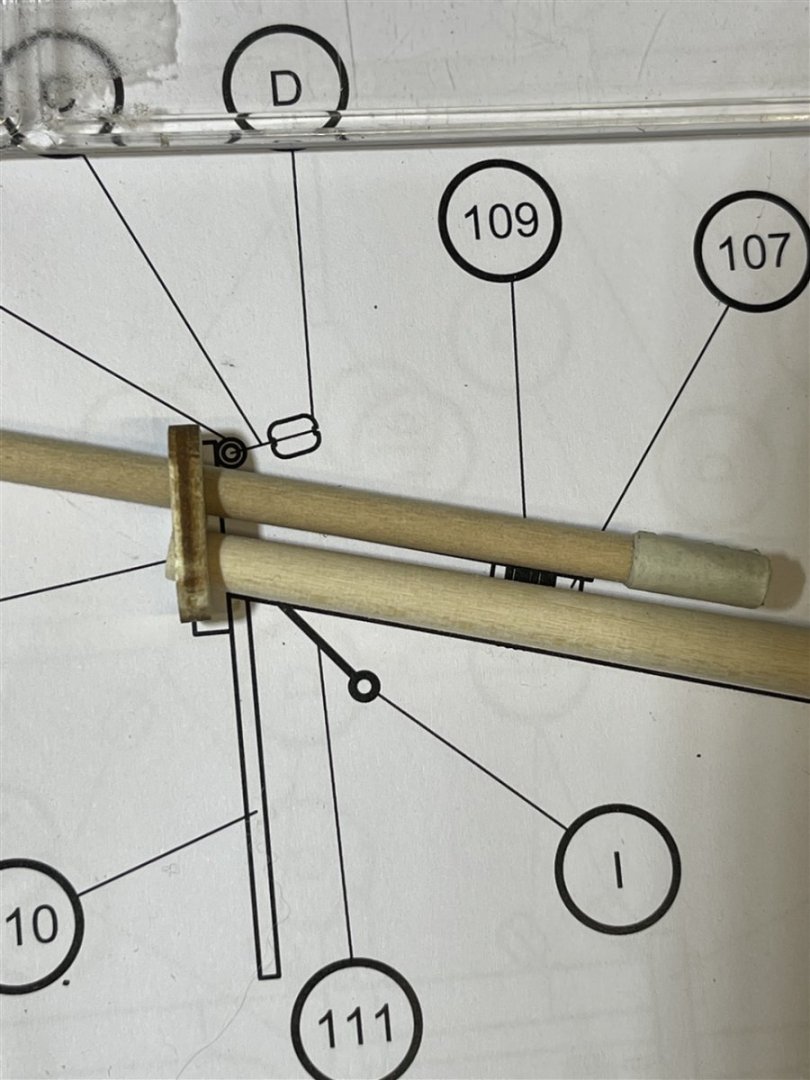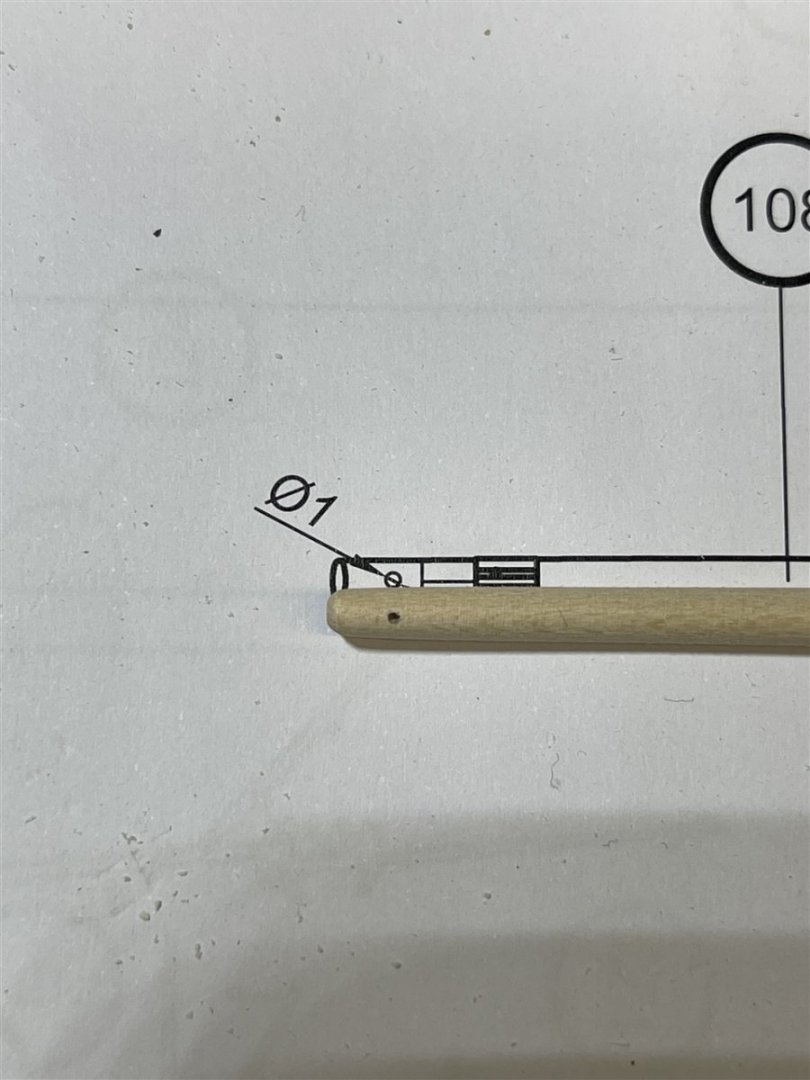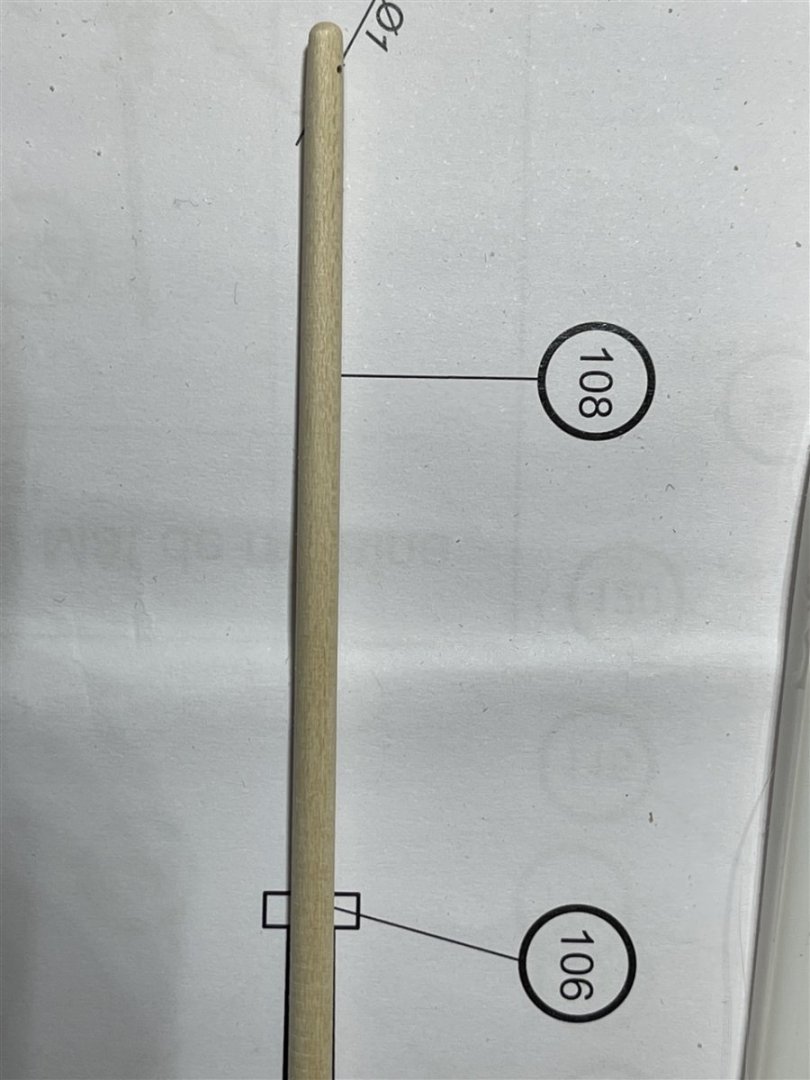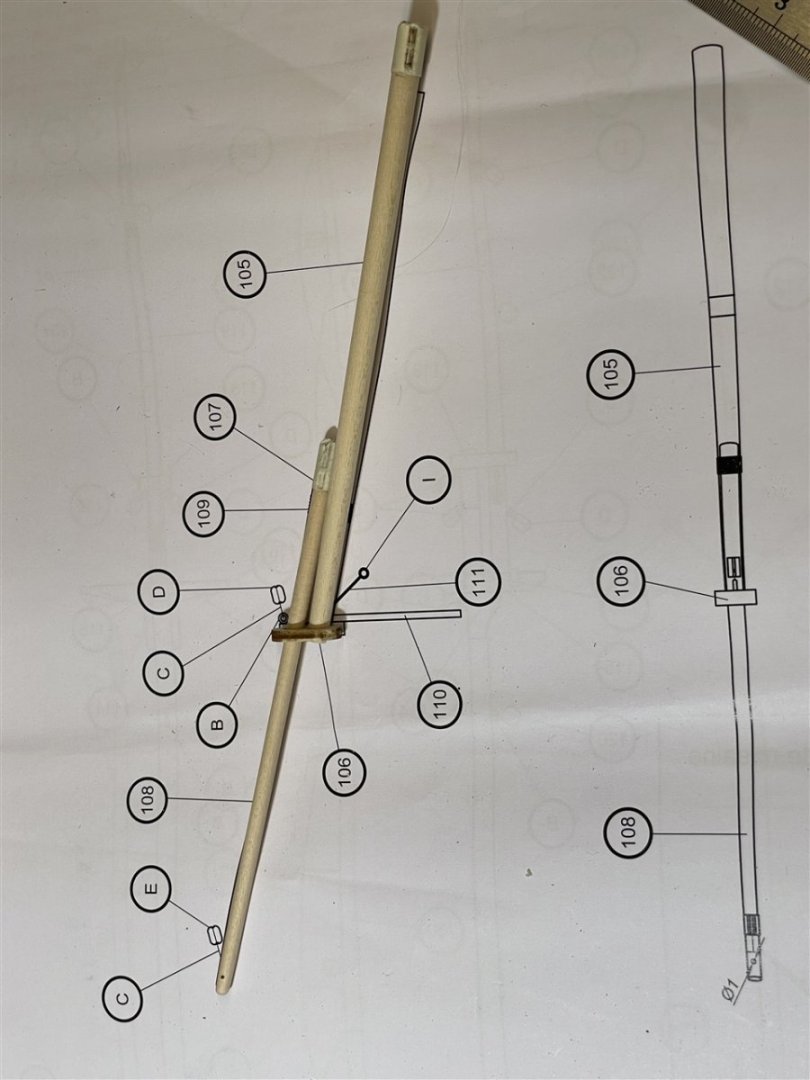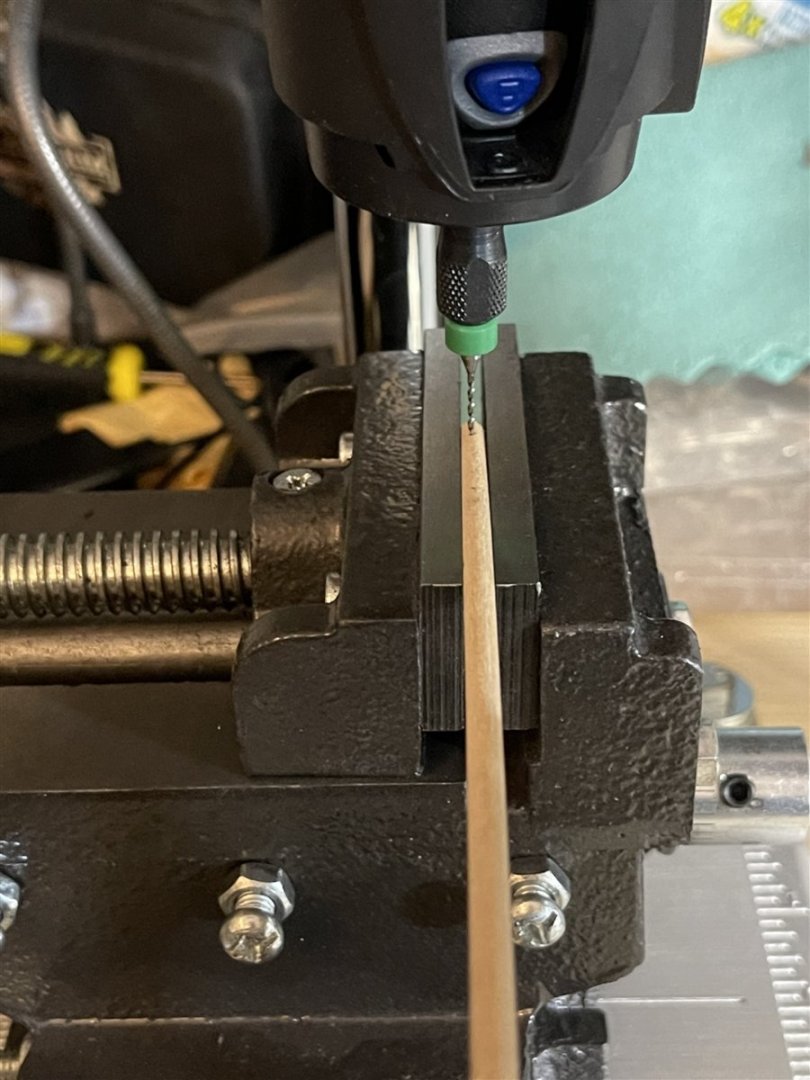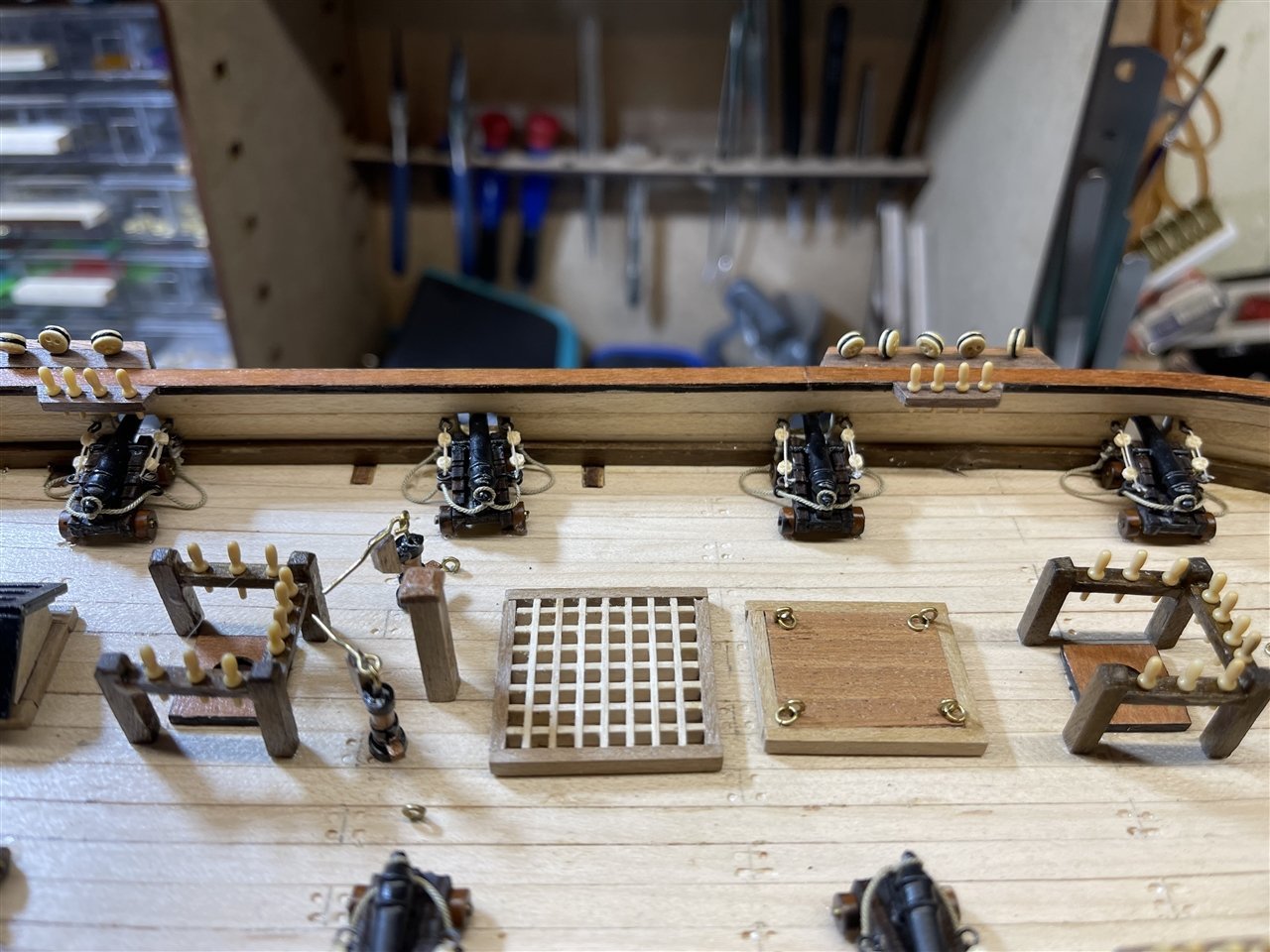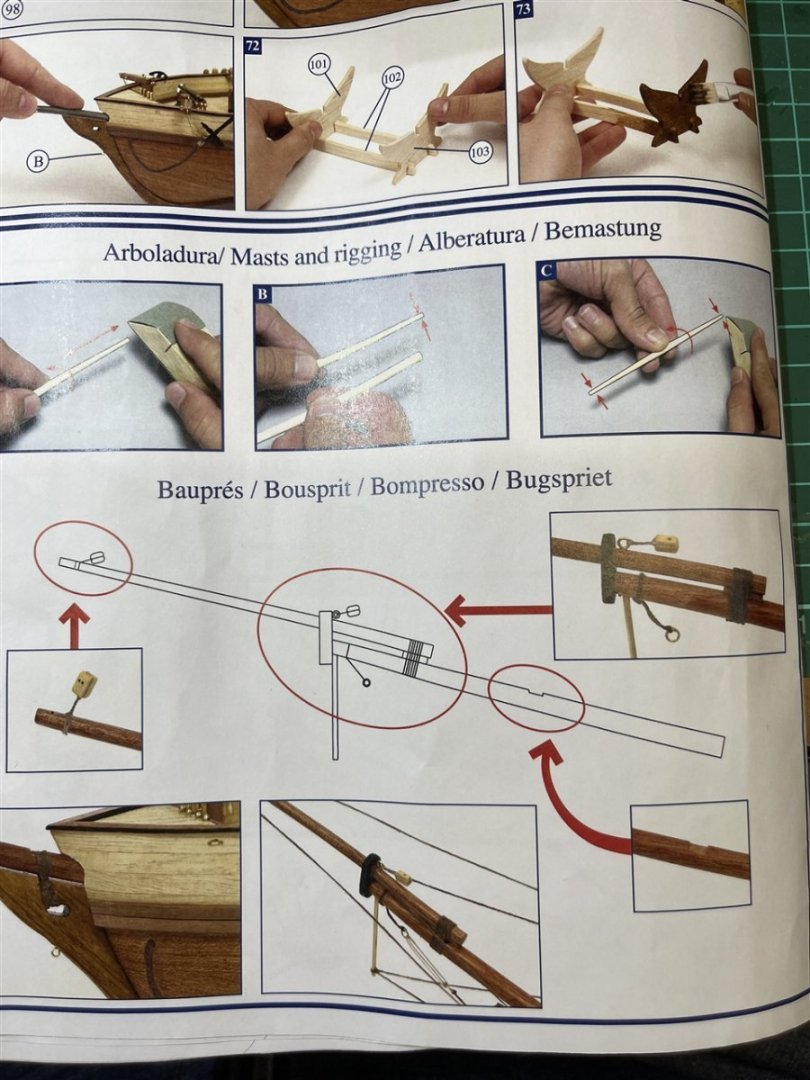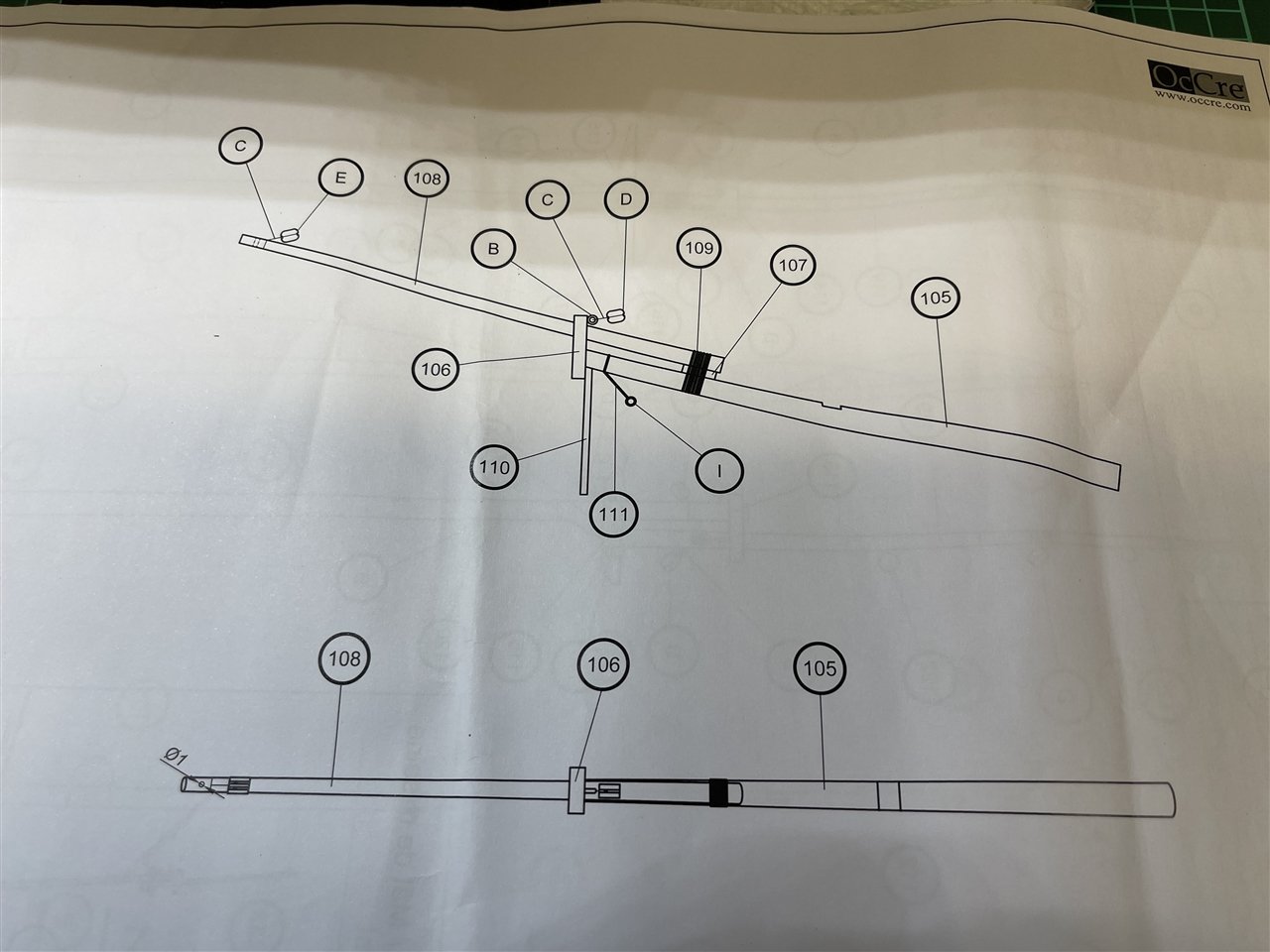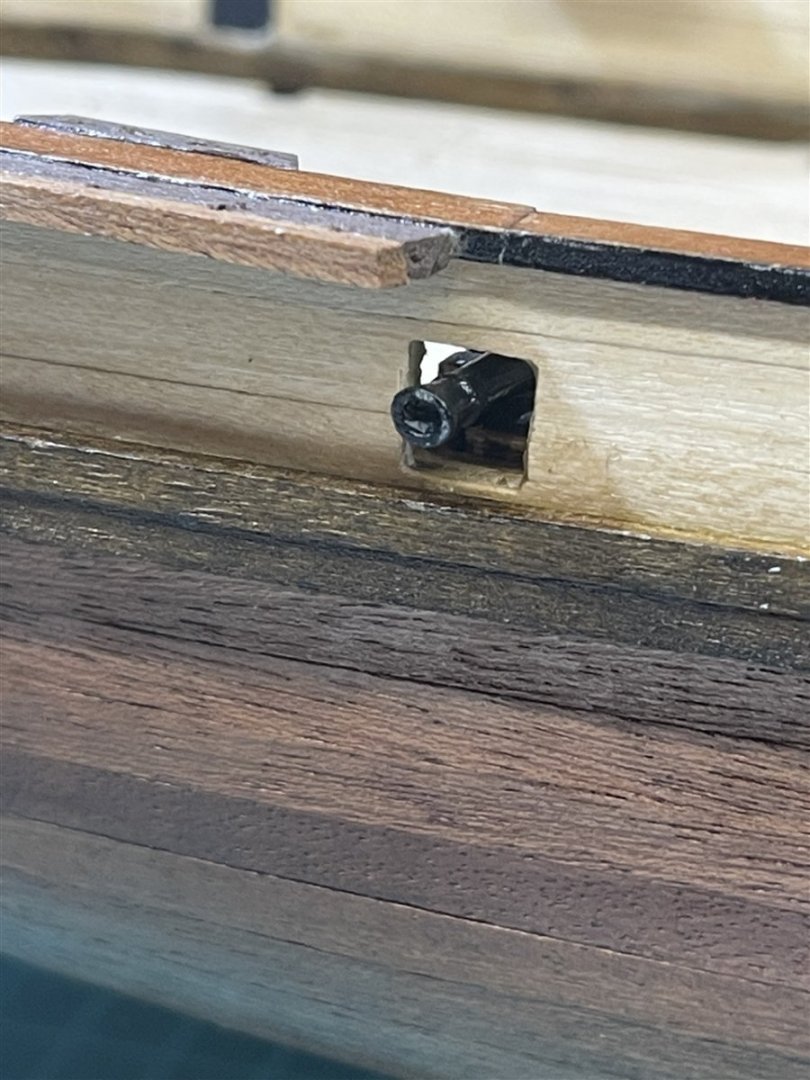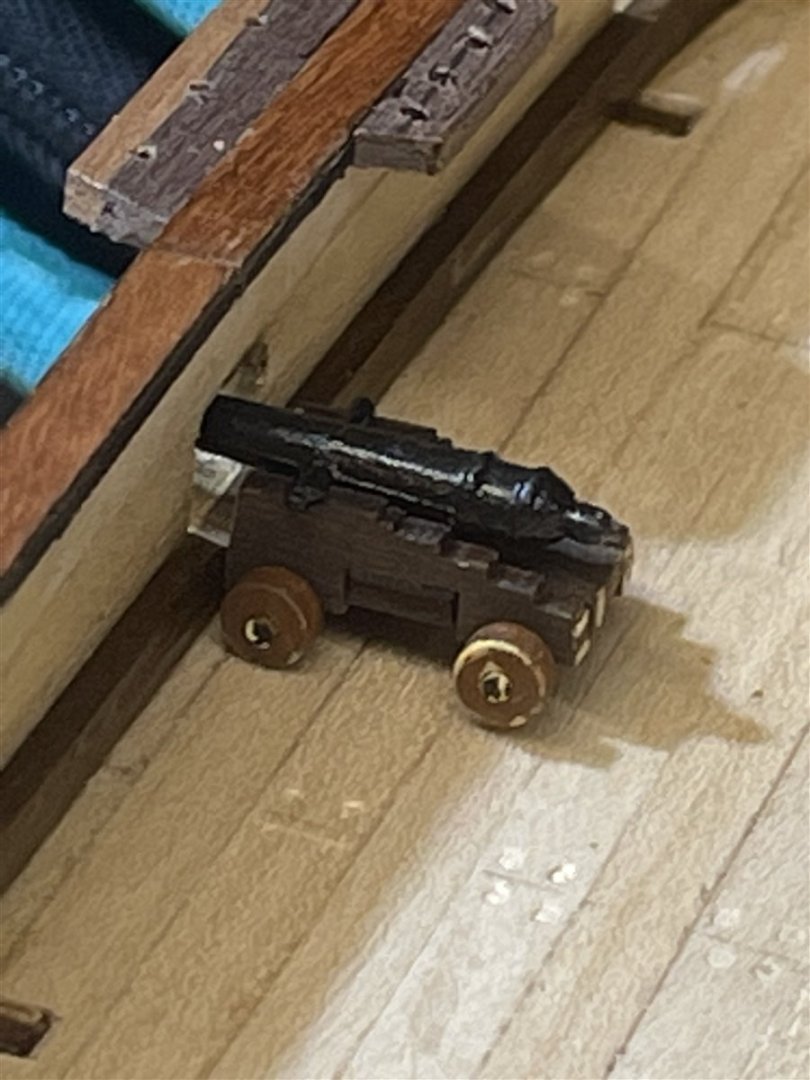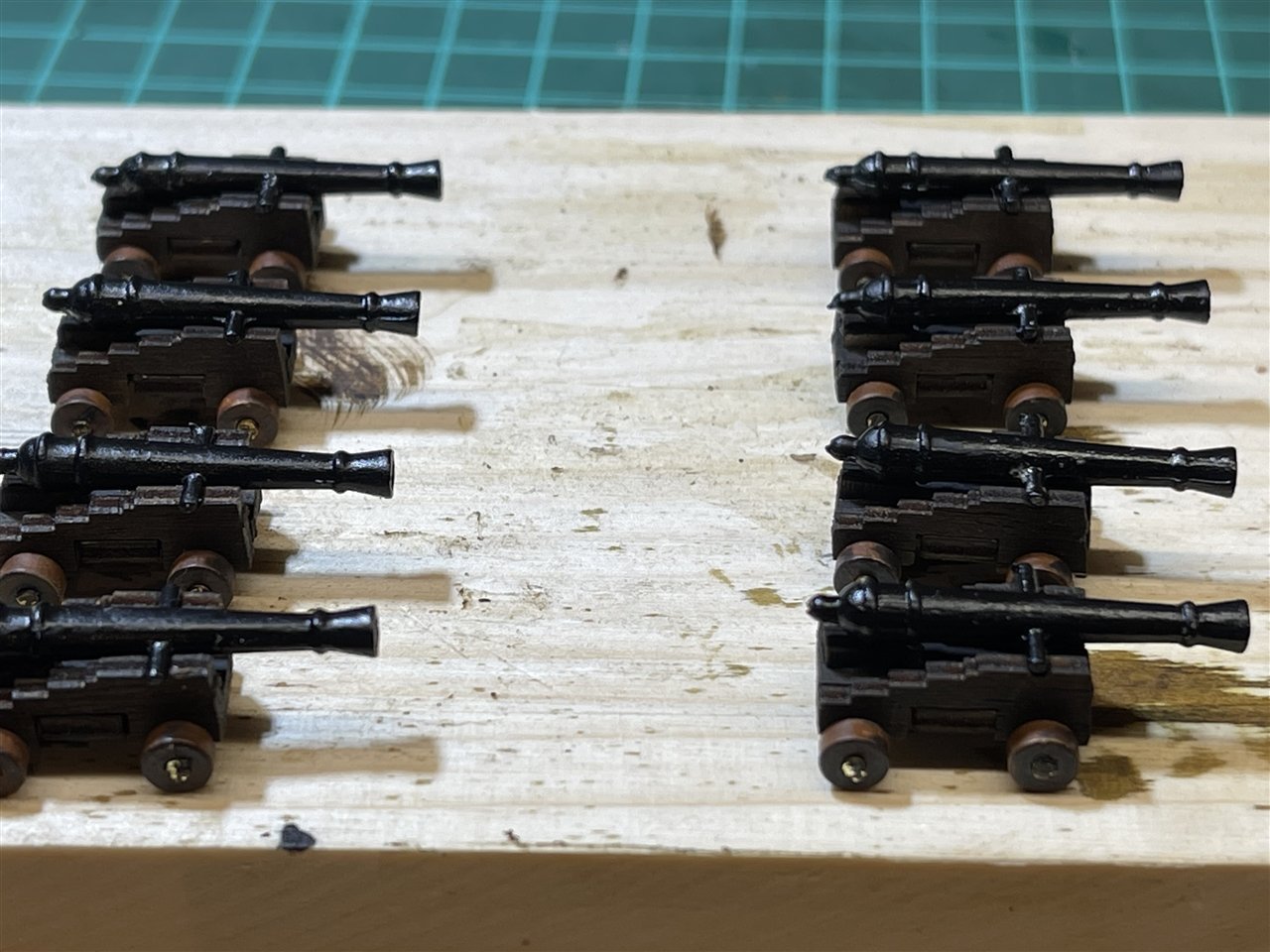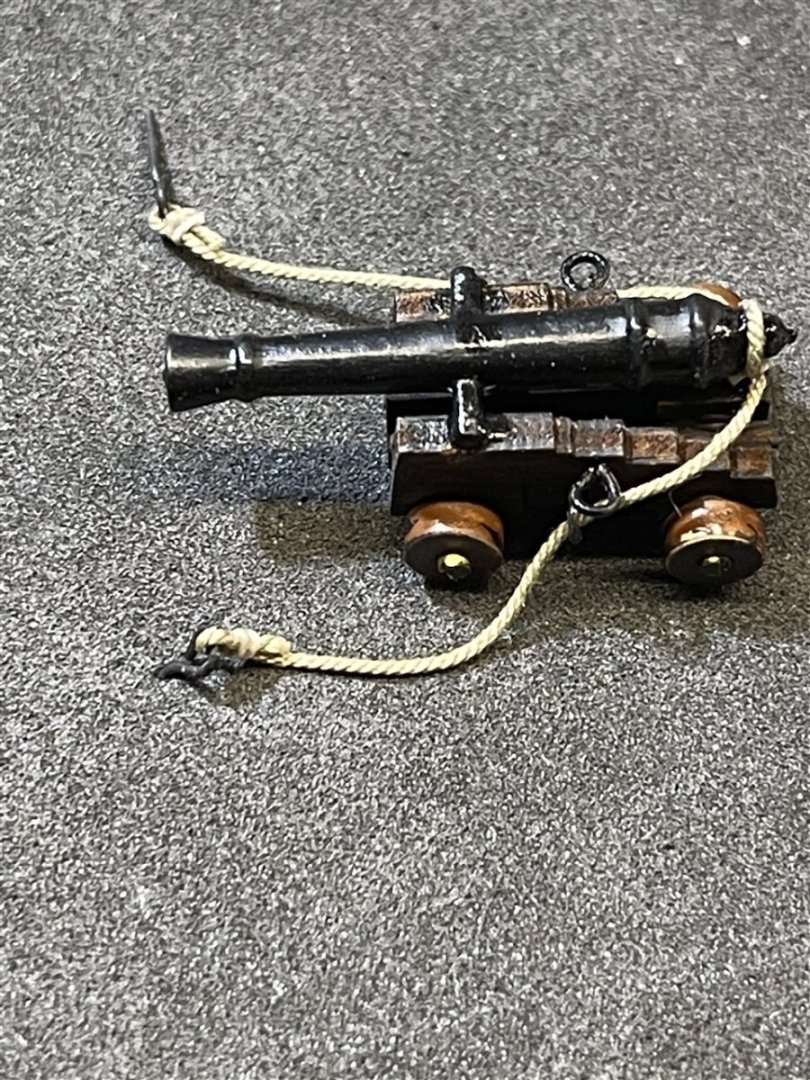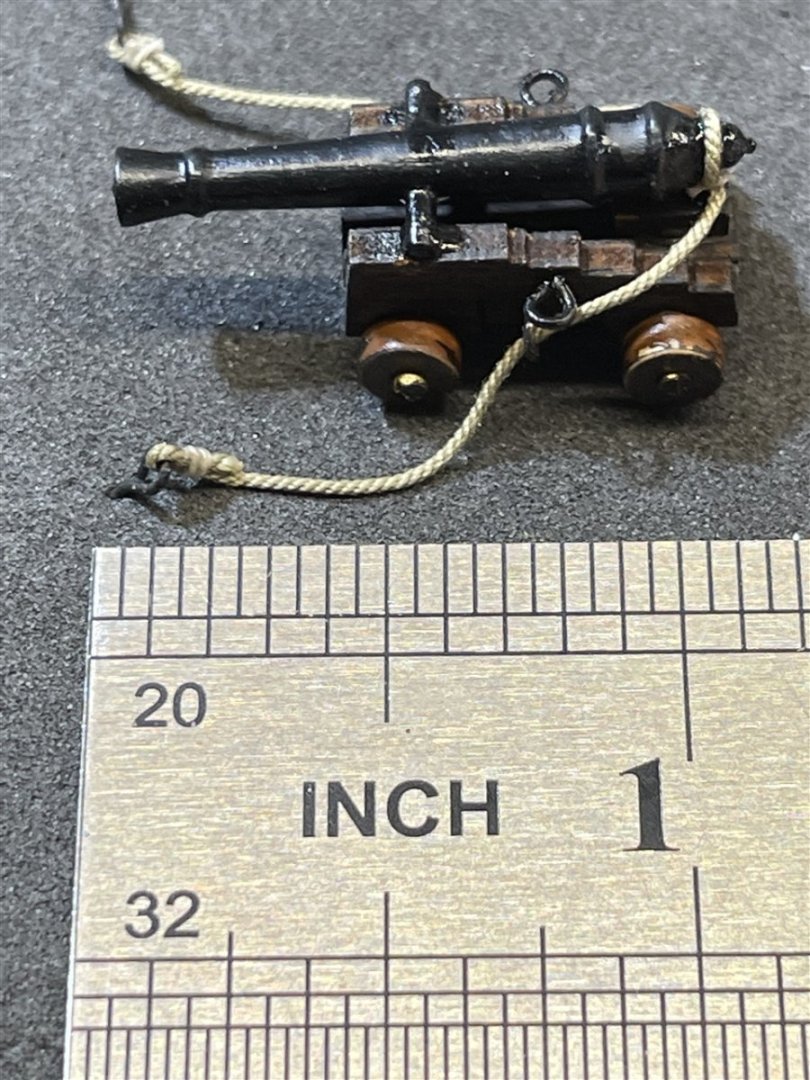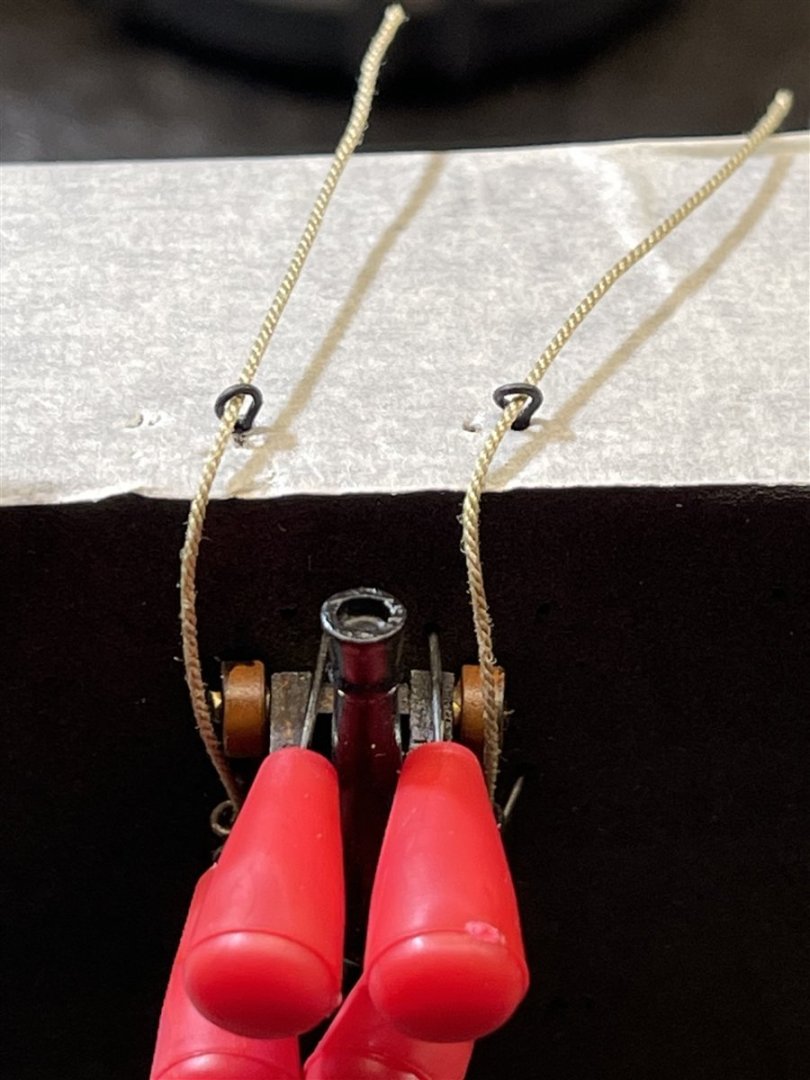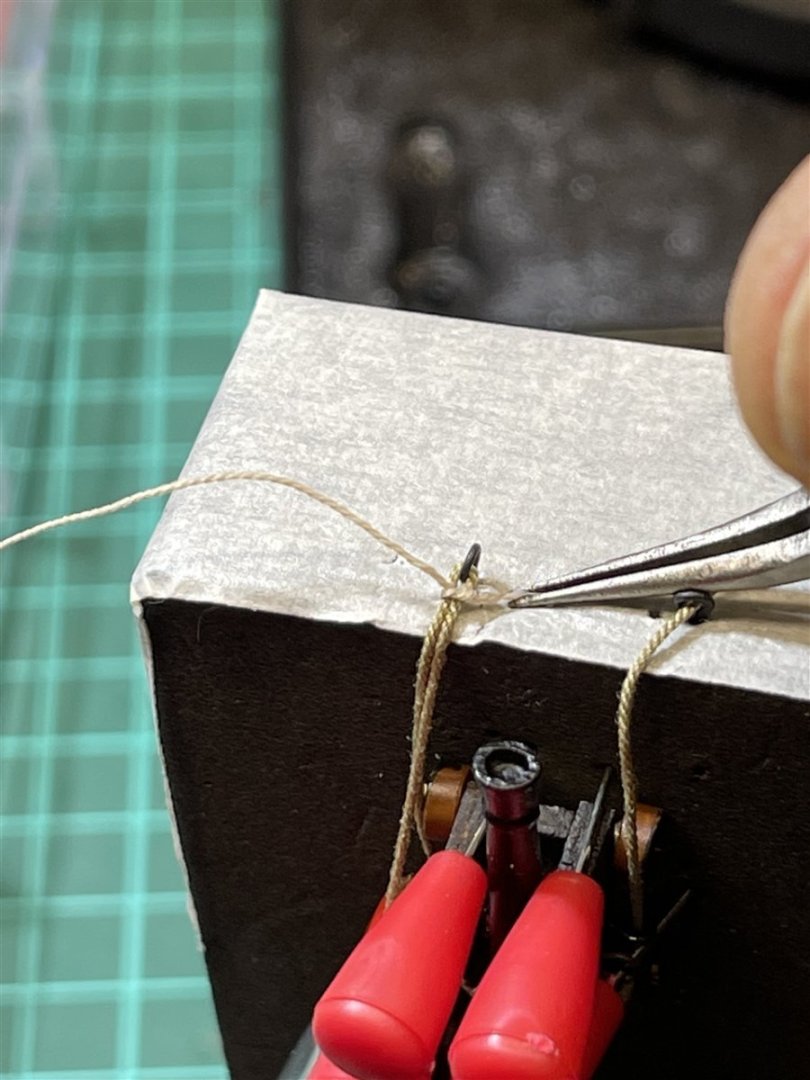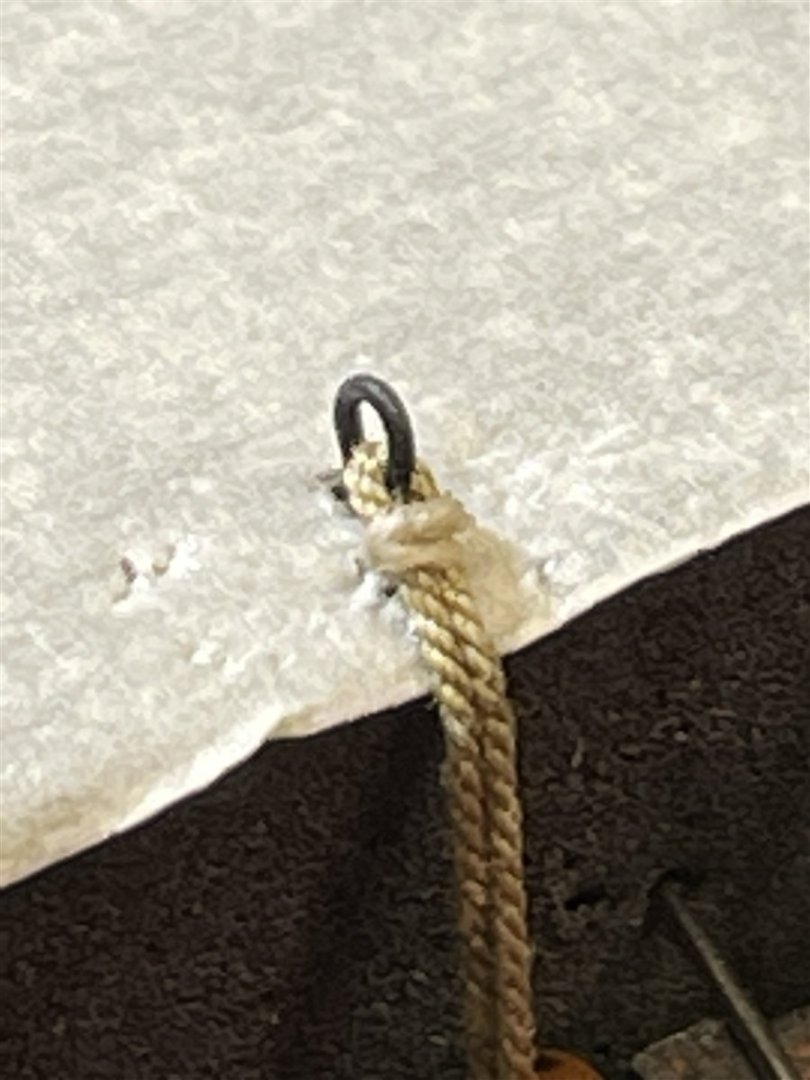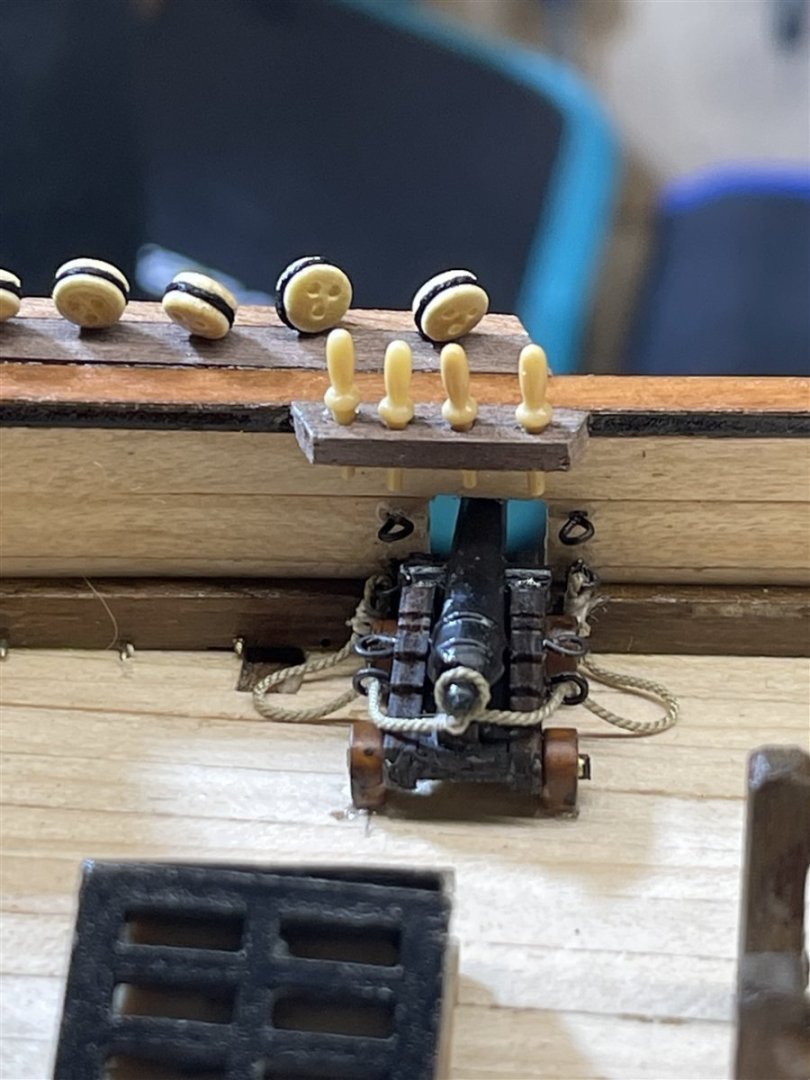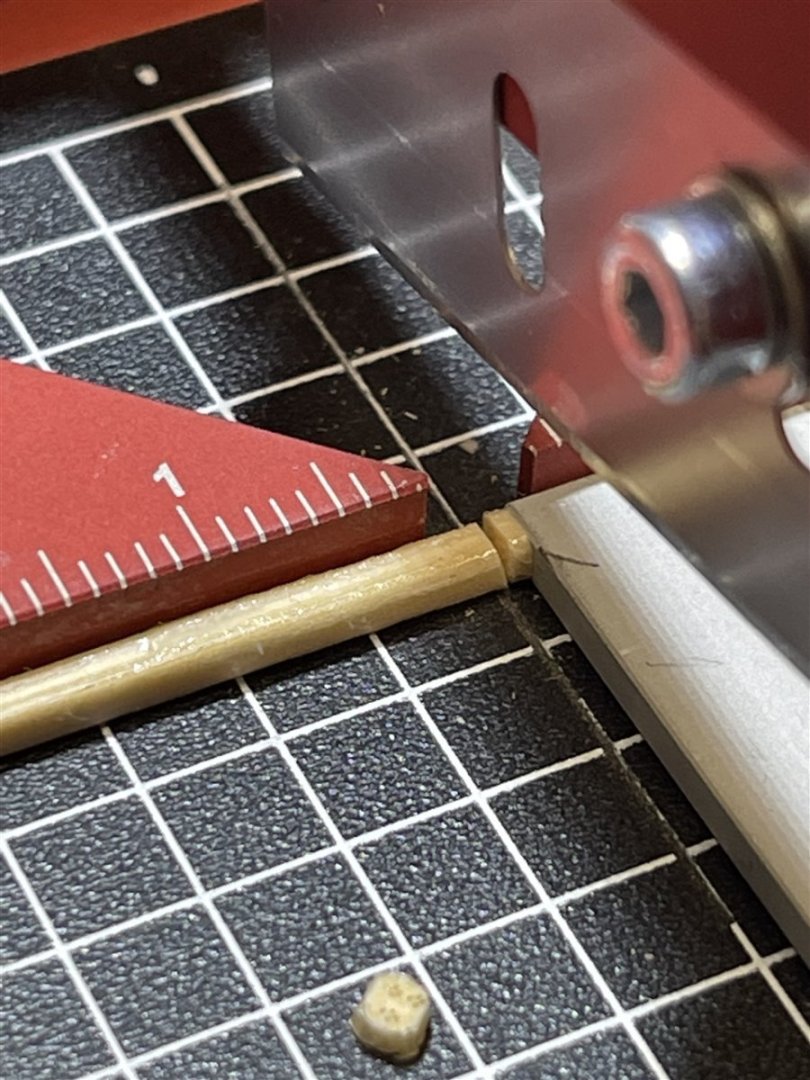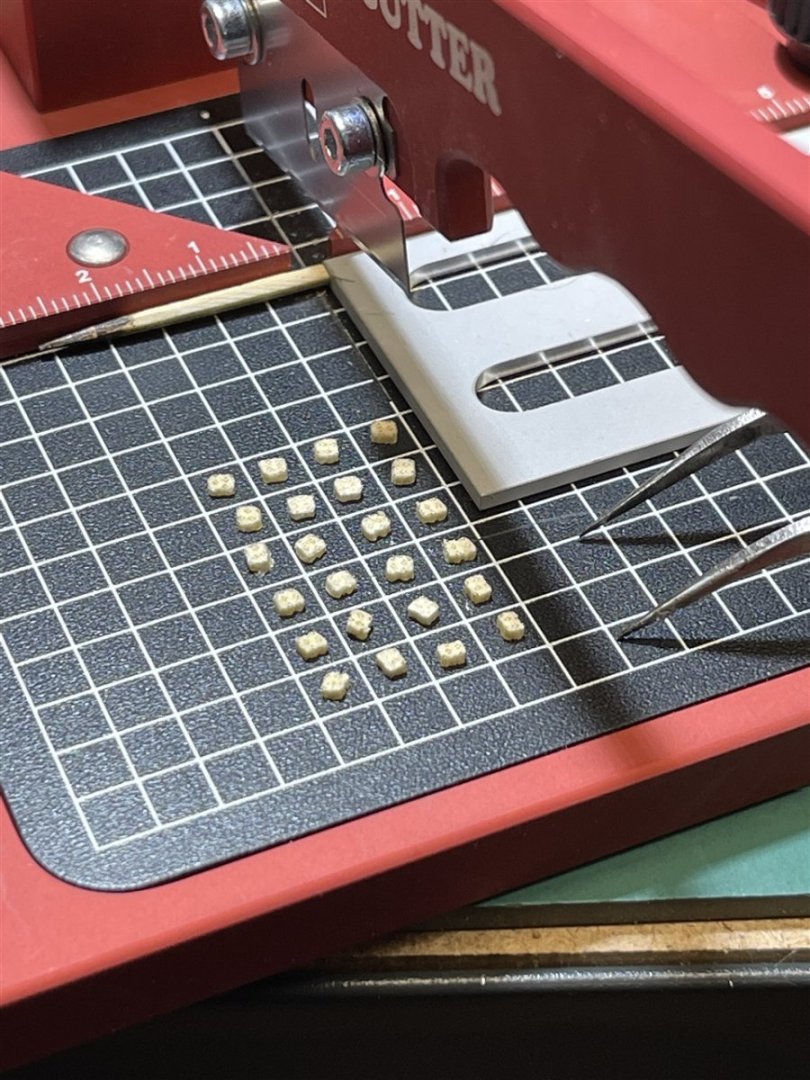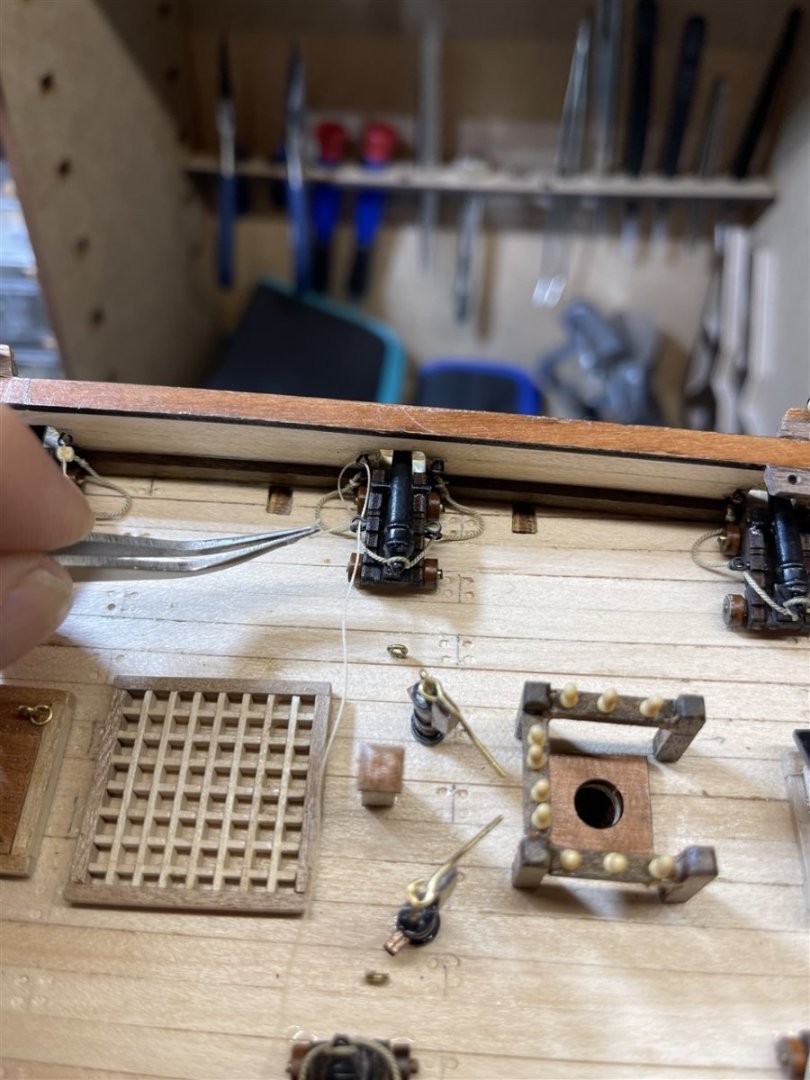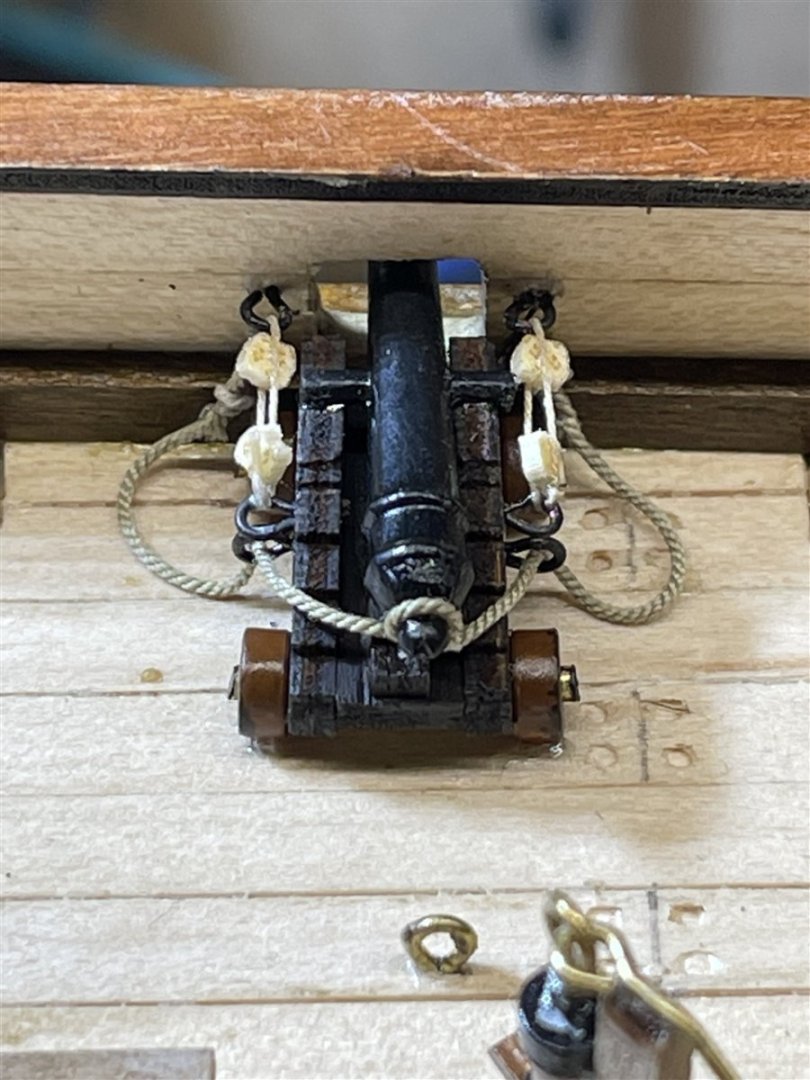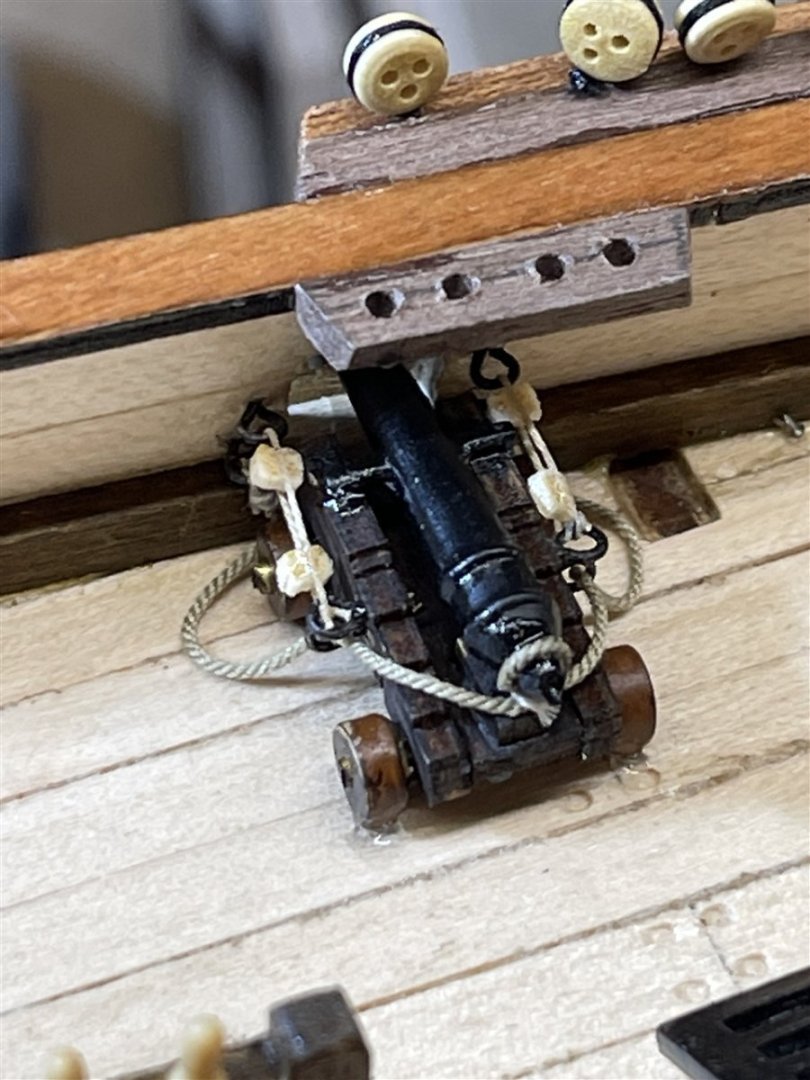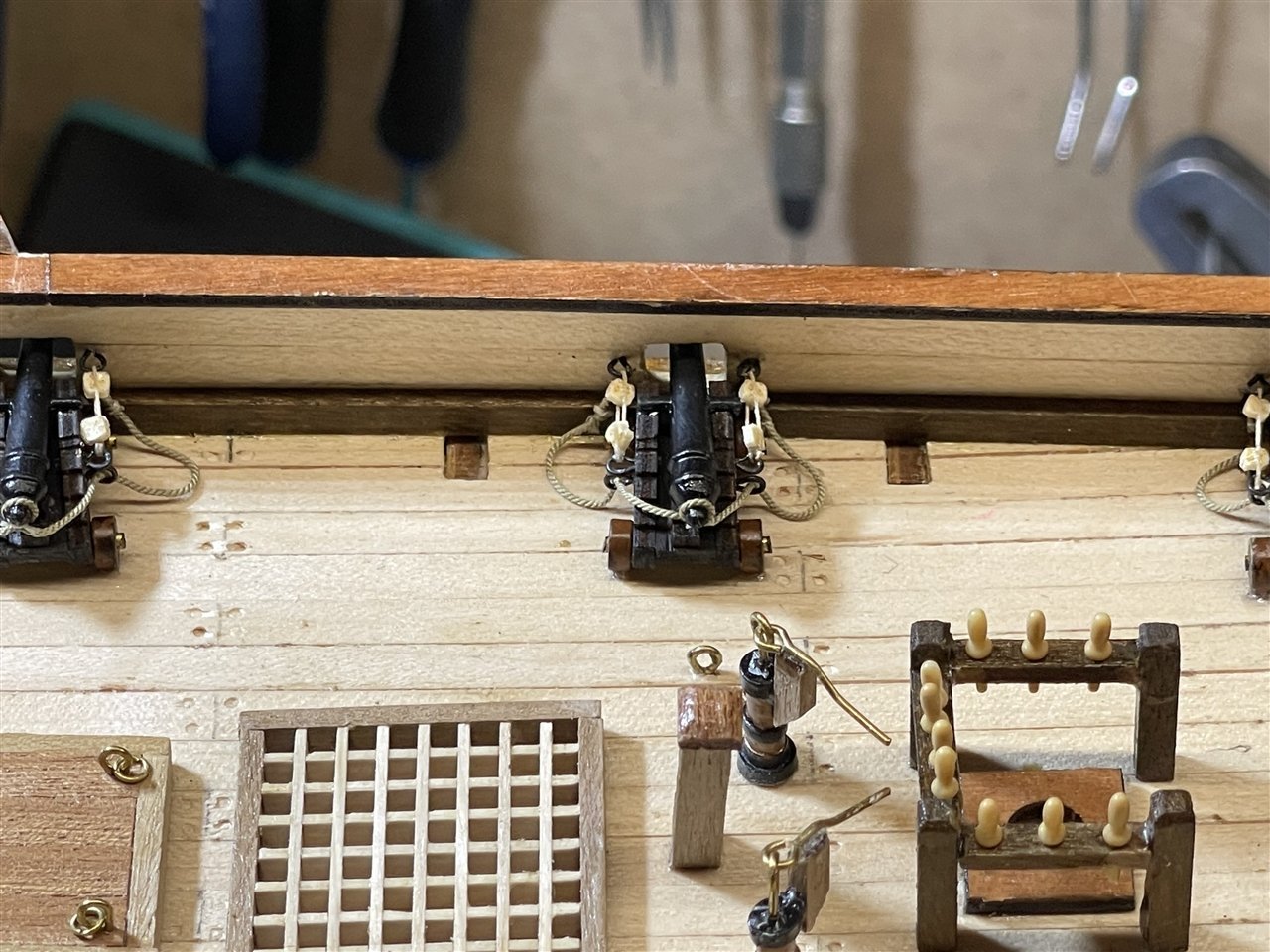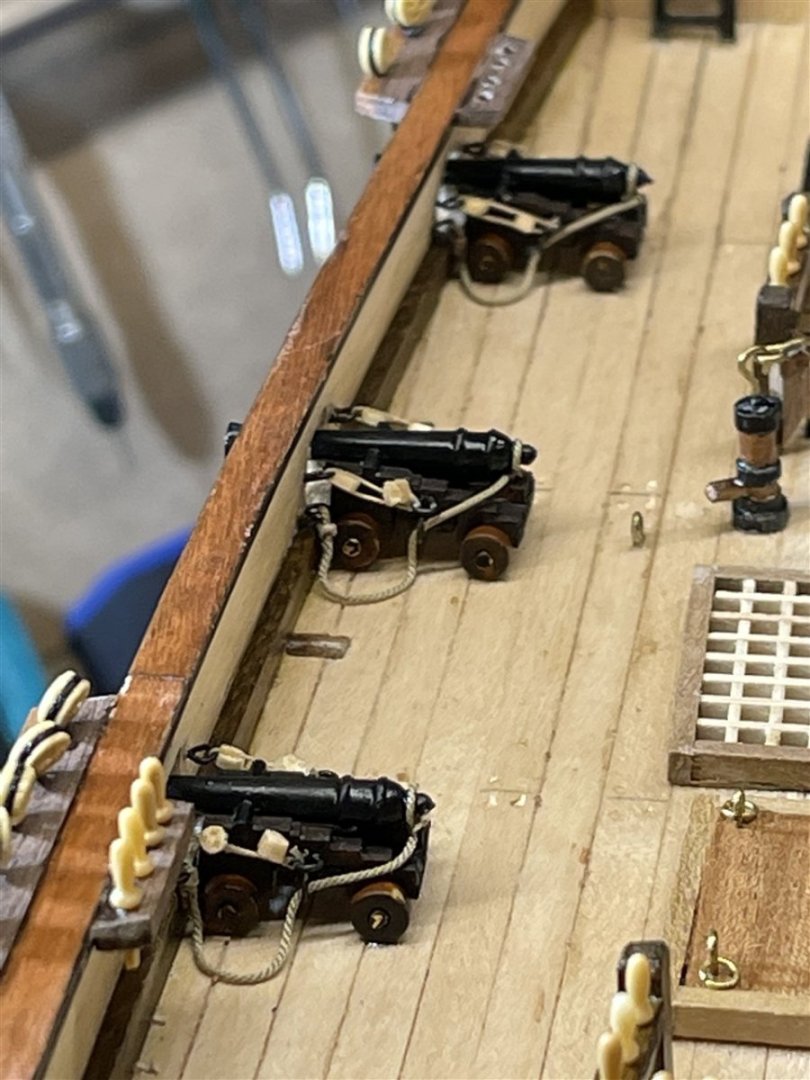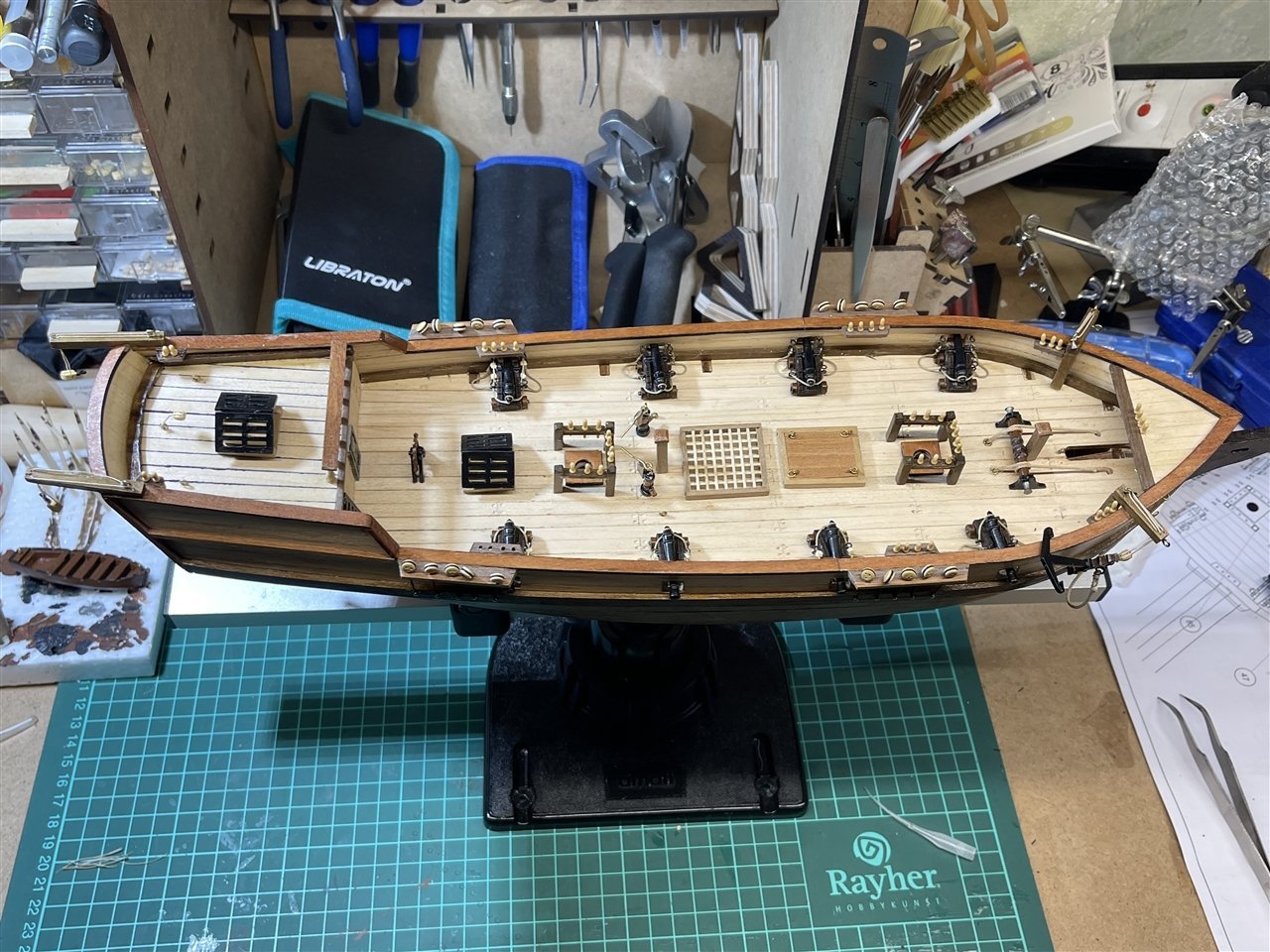-
Posts
26 -
Joined
-
Last visited
About Dulrakk

- Birthday 11/21/1965
Profile Information
-
Gender
Male
-
Location
Wiesbaden Area, Germany
-
Interests
Sailing, Model Ship Building, 18th Century Frigates
Recent Profile Visitors
-
 Taken Aback reacted to a post in a topic:
HM Armed Cutter Sherbourne 1763 - Vanguard Models - 1:64 Wooden Ship Model Kit
Taken Aback reacted to a post in a topic:
HM Armed Cutter Sherbourne 1763 - Vanguard Models - 1:64 Wooden Ship Model Kit
-
 Paul White reacted to a post in a topic:
HM Armed Cutter Sherbourne 1763 - Vanguard Models - 1:64 Wooden Ship Model Kit
Paul White reacted to a post in a topic:
HM Armed Cutter Sherbourne 1763 - Vanguard Models - 1:64 Wooden Ship Model Kit
-
I did not have finished it yet. My father passed away and I had to take care of my mother to get everything set up for her „Single“ life. I will continue the build after my summer holidays.
-
 Clark reacted to a post in a topic:
HM Armed Cutter Sherbourne 1763 - Vanguard Models - 1:64 Wooden Ship Model Kit
Clark reacted to a post in a topic:
HM Armed Cutter Sherbourne 1763 - Vanguard Models - 1:64 Wooden Ship Model Kit
-
 Nirvana reacted to a post in a topic:
HM Armed Cutter Sherbourne 1763 - Vanguard Models - 1:64 Wooden Ship Model Kit
Nirvana reacted to a post in a topic:
HM Armed Cutter Sherbourne 1763 - Vanguard Models - 1:64 Wooden Ship Model Kit
-
 Nirvana reacted to a post in a topic:
HM Armed Cutter Sherbourne 1763 - Vanguard Models - 1:64 Wooden Ship Model Kit
Nirvana reacted to a post in a topic:
HM Armed Cutter Sherbourne 1763 - Vanguard Models - 1:64 Wooden Ship Model Kit
-
 catopower reacted to a post in a topic:
HM Armed Cutter Sherbourne 1763 - Vanguard Models - 1:64 Wooden Ship Model Kit
catopower reacted to a post in a topic:
HM Armed Cutter Sherbourne 1763 - Vanguard Models - 1:64 Wooden Ship Model Kit
-
 Dulrakk reacted to a post in a topic:
Chris Watton and Vanguard Models news and updates Volume 2
Dulrakk reacted to a post in a topic:
Chris Watton and Vanguard Models news and updates Volume 2
-
 Dulrakk reacted to a post in a topic:
Chris Watton and Vanguard Models news and updates Volume 2
Dulrakk reacted to a post in a topic:
Chris Watton and Vanguard Models news and updates Volume 2
-
 Dulrakk reacted to a post in a topic:
Chris Watton and Vanguard Models news and updates Volume 2
Dulrakk reacted to a post in a topic:
Chris Watton and Vanguard Models news and updates Volume 2
-
 Dulrakk reacted to a post in a topic:
Medway Longboat 1742 by MajorChaos - 1:24 scale
Dulrakk reacted to a post in a topic:
Medway Longboat 1742 by MajorChaos - 1:24 scale
-
 Dulrakk reacted to a post in a topic:
Chris Watton and Vanguard Models news and updates Volume 2
Dulrakk reacted to a post in a topic:
Chris Watton and Vanguard Models news and updates Volume 2
-
 MajorChaos reacted to a post in a topic:
Albatros by Dulrakk - OcCre - 1:100
MajorChaos reacted to a post in a topic:
Albatros by Dulrakk - OcCre - 1:100
-
 MajorChaos reacted to a post in a topic:
Albatros by Dulrakk - OcCre - 1:100
MajorChaos reacted to a post in a topic:
Albatros by Dulrakk - OcCre - 1:100
-
Some small things needed to be done in order to get them ready before rigging can start. Belaying pins These needed to get painted. I have used a spare limewood plank 5 x 2 mm as it is the same thickness as all pinrails and fifie rails aboard the Albatros. I had to drill some 50 holes. I have made them 0.1 mm smaller then the pins diameter to hold them tight and firm. To paint them I asked my "helping hands" to assist ... I did it myself ... priming ... painting ... lowbrainer Shrouds To make the shrouds out of my yarn I needed tu use my vertical rope making machine as I needed to have 3 x 2 strands to achieve the right diameter as the 3 x 1 stranded rope has been a little too thin using the Gütermann E382 yarn. The machine is attached to the head of a wooden bord and the strands looped around the hooks At the bottom end all strands are tied together to a weight. In this case I have used one 50 gram calibration weight. Two minutes later 1,4 m of shroud rope had been done In comparison to the kit provided rope (upper one) the time an effort spent in self made ropes pays off Cleats and gun tackles Last but not least I have startet to finish the gun rigging befor I can put the masts in. There are all the loose ends of the gun tackles to do. As I do not want to get them layed down on the deck I had to build some cleats to attach them to the bulwarks. I have used a spare limewood plank again. Using a vice to hold it and a 4mm / 220 grit rounded rasp I started to file a little curve into the woodstrip Then I have used a square file to shape the profile that it kind of looks like a cleat I have set my cutter to make 1mm slices ... 8 Guns thats 16 cleats Some dye and they are ready to get attached to the bulwarks By far not perfect but macro lenses do not hide anything ... To make the rope hanks I have used some pins, a foamboard and diluted PVA glue ... Finally the first cleat got attached and the rope hank placed into position That's it so far ... 15 more to do and then I will place the masts and start the rigging ... Have a nice week, Kai
-
 GrandpaPhil reacted to a post in a topic:
Albatros by Dulrakk - OcCre - 1:100
GrandpaPhil reacted to a post in a topic:
Albatros by Dulrakk - OcCre - 1:100
-
 GrandpaPhil reacted to a post in a topic:
Albatros by Dulrakk - OcCre - 1:100
GrandpaPhil reacted to a post in a topic:
Albatros by Dulrakk - OcCre - 1:100
-
 Dulrakk reacted to a post in a topic:
HM Gun Brig Adder 1797 by DB789 - FINISHED - Vanguard Models - 1:64
Dulrakk reacted to a post in a topic:
HM Gun Brig Adder 1797 by DB789 - FINISHED - Vanguard Models - 1:64
-
 Dulrakk reacted to a post in a topic:
Chris Watton and Vanguard Models news and updates Volume 2
Dulrakk reacted to a post in a topic:
Chris Watton and Vanguard Models news and updates Volume 2
-
Main mast, Main boom & Main gaff yard Building the main mast is very similar to the fore mast. There are the main and main top mast, the main gaff yard and the main boom. Few images and two 1/1 scale plans give you all the informations you need to build the parts: All dowels have been cut to size and tapered. This time I have used the power drill. Then all parts needed got prepared for the assembly. These are the cross- and trestle trees, the mast cap, the cheeks, 7 eyebolts, 7 single and 6 double blocks, main boom jaws and gaff yard jaws. I don't know the english term for the little collar and its supports (part numbers 131 and 132 on the plan above) : After painting or blackening all parts got assembled. The crosstrees and doubling section: The "collar & supports": Next step ... adding all the metal parts ... eyebolts and jaws: Then again ... the fun part having blocks and clamps or frogs and lobsters: For the two blocks at the tip of the gaff yard I have used the clamps to assist me by measuring the correct length of the ropes so that both are identical. I then tied them together to make it easier fix them onto the right position. Finally all frogs got some hair: Then all blocks got tied to their positions: Gaff yard: Main boom: Main mast: Dry fitting the main mast ... great And now both masts together ... I love it: I'm still not sure when to mount the yards on the mast ... before or after glueing them to the ship? But now I have to do some minor work first to add the cleats for the gun tackle ends and I will remake the door and ladder out of wood to get rid of the metal parts. After that, I have to assemble my serving machine to make the seizings for the shrouds. I wish you a happy easter weekend ... Kai
-
 Dulrakk reacted to a post in a topic:
HM Gun Brig Adder 1797 by DB789 - FINISHED - Vanguard Models - 1:64
Dulrakk reacted to a post in a topic:
HM Gun Brig Adder 1797 by DB789 - FINISHED - Vanguard Models - 1:64
-
Fore Mast - Yards It has been a lot of work and a lot of fun making the yards. There are 4 yards: Fore course yard Fore lower topsail yard Fore upper topsail yard and Fore gaff sail yard To cut the 4mm limewood dowels to size you have to use the 1/1 scale plans: As you have to taper both ends of the yards down to 1mm / 2mm I didn't use the power drill this time because I was afraid to break something off. So I used a small plane to give the dowels a rough taper and the finished them using 120, 180 and 220 grit sanding paper. For the first time builder there are always some challenges waiting. So the tips of the yards took some time scraping off Jack Aubrey's golden curls: The upper topsail yard ones down to 1mm: The lower topsail yard and fore course yard ones down to 2mm both: Finally the gaff yard had to be trimmed to fit to the gaff jaws: And done: Then the yards have been painted, the eyebolts blackened and all the blocks have met their clamps again. Somehow it reminds me of the episode of Hornblower "The Frogs and the Lobsters" ... To make the assembly easier, I use a small vice and my clamps of course ... Fore upper topsail yard: Fore lower topsail yard: Fore course yard: Fore gaff sail yard: And finally all yards are done: I will attach them to the fore mast as soon as the shrouds are done. Next up are the main mast and yards. Hopefully I get it done during this week so that I can start doing the shrouds next weekend. Have a nice week, Kai
-
 Dulrakk reacted to a post in a topic:
HM Gun Brig Adder 1797 by DB789 - FINISHED - Vanguard Models - 1:64
Dulrakk reacted to a post in a topic:
HM Gun Brig Adder 1797 by DB789 - FINISHED - Vanguard Models - 1:64
-
Hi Dan, nice to See the Adder here on the forums. I will start my line of Ships from VM with the Sherbourne before getting the Adder. I‘m looking forward following your build log as I will have a reference to Look after as soon as I will start with my Adder. Kai
- 146 replies
-
- Adder
- Vanguard Models
-
(and 1 more)
Tagged with:
-
 Dulrakk reacted to a post in a topic:
Frigate Diana by RossR - FINISHED - OcCre - 1:85
Dulrakk reacted to a post in a topic:
Frigate Diana by RossR - FINISHED - OcCre - 1:85
-
Foremast I have started to make the fore mast : Limewood dowels tapered, cut to size and painted ... All other wooden parts have been painted and the crosstrees glued together. 6 eyebolts needed to get blackened and 12 single sheaved blocks have been picked out of their box to accomplish all the parts needed ... Dowels, mast cap and crosstrees glued together ... I do like the 1/1 scale plans as they help me a lot to check my parts regarding size and position ... First dry fit of the fore mast ... the mast rake is clearly noticable but it is not uncommon to see this on schooner-type ships I think ... Now comes the fun part ... preparing the blocks. To make it easy I use my "2-clamp-method" First step is to secure the block using the first clamp and place the block in the direction that you can put the thread around it ... The clamping force of the 2" clamps is strong enough to hold the blocks in place without damaging them. the blocks are so nice that everyone deserves his own clamp and so all the blocks accompanied by 0.16 homemade thread got prepared for step number two ... You then put a piece of precut thread through the clamp and secure the loose ends of the thread with a second clamp. The second clamp is positioned over the index finger. The design of the clamp and its weight keeps the thread in position and nice and straight. I do make the strings 18 cm long. This provides enough length to tie the blocks without the need of using tweezers or any other rigging tool easyly around the mast or to the eyebolts and the cut off ends of the thread are still long enough to make the rope hanks I will place after the rigging is completed. So there is no waste. I start to twist the thread by turning the block-holding clamp clockwise until the twist starts to look like a seizing and the thread fits tight around the block ... The clamps prevent the assembly from untwisting so you can hold it very relaxed as long as you need to set your drop of glue to secure everything ... As soon as the glue has set you can untwist the unglued parts of the thread ... rinse and repeat until all blocks are done ... Now its time to leave your clamps behind my dear blocks ... All eyebolts glued to where they have to go ... To tie the blocks to the mast and eyebolts the clamps are joining us again. I clamp the mast horizontally in a vice and put one 2" clamp to each of the loose ends of the blocks ropes. This allows me to place the blocks on the mast in such a way that I can tie and glue them in place at my leisure. All blocks in place ... Now she starts looking more and more like a ship ... To complete the fore mast I have to make 4 yards next. I'll get back to you when I'm done. Thank you for reading and have a nice week ... Kai
-
Thank you for your nice reply. The gammoning I did according to the instructions (lower right): I have found an image in the book "The Anatomy of Nelsons Ships" that looks similar but you can see that there is a wooden saddle on top of the boom having these cutouts. I fully agree that cutting the boom itself would weaken it so that surely was no option. Kai
-
I think at least all Albatros builds after watching the instruction videos 😂 To be fair it is correct in the written instructions but I didn't pay the necessary attention to them after watching the videos. Kai
-
Thank you for your reply. I have already been contacted by Chris and a replacemnt is arranged. Kai
- 9 replies
-
- vanguard models
- cutter
-
(and 1 more)
Tagged with:
-
HM Armed Cutter Sherbourne - 1763 1:64 Vanguard Models Part Number - VM - 16 Available from Vanguard Models for £149.00 (around €175.00) History From the publisher’s website: HM cutter was a 6-gun cutter of the Royal Navy. She served in the English Channel for her entire career, operating against smugglers. She was sold in 1784. Sherbourne was built at Woolwich Dockyard under the supervision of Master Shipwright Joseph Harris, to a design by Sir Thomas Slade, and was launched on 3 December 1763, having cost £1,581.8.9d to build and fit. Sherbourne was commissioned under Lieutenant John Cartwright, later to become a prominent parliamentary reformer, and was assigned to support the work of the Board of Customs by operating against smugglers in the English Channel. Cartwright commanded Sherborne from 7 December 1763 to 14 May 1766. His area of responsibility was the South Coast of England, including Dorsetshire and Devon. His brother George, when at loose ends, went with him in Sherborne on a cruise out of Plymouth to chase smugglers. Lieutenant Christopher Raper succeeded Cartwright in 1766 as Sherbourne’s commander for the next three years. Between 1769 and 1777 the cutter was commanded successively by Lieutenants Stephen Rains, Thomas Rayment and Thomas Gaborian, all the while remaining based in the Channel. Her final commanders were Lieutenant Arthur Twyman, from September 1777 until May 1778, and then Lieutenant Arthur Hayne until September 1779. She was then laid up. In 1783 Sherbourne participated in William Tracey’s unsuccessful attempt to raise HMS Royal George, which had sunk in Spithead in 1782. Although the dockyard rated Sherbourne as unfit for service, Tracey conducted some repairs and she was of some use. She was finally sold at Portsmouth on 1 July 1784. Tons burthen – 85 Length – 54 ft 6 in (16.6 m) Beam – 19 ft (5.8 m) Complement – 30 Armament – 6 x 3-pounder guns + 8 swivel guns The Kit Designed by Chris Watton this kit is aimed for the novice builder. This skill level is defined as follows (text from publishers website): "NOVICE: We have pitched this level at the absolute beginner, whilst still providing a good basis for more experienced modellers to make their own individual mark on the project. Kit design and techniques are all aimed to make this project as easy for you as possible, guiding you in every way to create a successful and beautiful model that you can be rightly proud of." The kit includes (text from publishers website): Laser cut and engraved parts in MDF and pear wood. Laser etched and cut lime wood deck with treenail detail 2 sheets of photo etched brass High resolution 3D-printed parts. Double planked hull in limewood for first planking and pear wood for second planking. Walnut dowel for masting. Multiple sizes of both black and natural rigging thread along with all necessary blocks and deadeyes Comprehensive, full colour instruction manual, along with NINETEEN plan sheets which include all masting and rigging drawings. The rigging drawings are designed to allow the novice to successfully complete a rigged ship. Features laser-engraved treenails on both inner and outer bulwarks. Dimensions of the finished build: Length Overall – 512mm Hull length – 284mm Height Overall – 484mm Width Overall – 202mm The Box The kit comes in a sturdy nice looking box covered with an A3 printed product label which is affixed to the lid of the box. Inside the box everything is very well protected by either plastic bags or wrapped in bubble foil. None of the parts arrived damaged, warped or bended. Instructions / Plans After opening the box you will see the instruction manual and the plans: The instruction manual is of high quality paper, fully coloured and has a spiral binding which is very practical if space on your workbench is limited. In addition you always can download the instructions from the website and have it ready on your iPad or other digital device. In the manual you have step by step instructions from the very beginning up to the rigging as well as a lot of useful informations regarding e.g. recommendations for tools, colors and glues you can use to get the best out of your kit. The instructions are supplemented by 19! A3 plans. Some examples of informations you can get from them: Overview of the laser cut parts: Detailed drawings of the model, parts and assembly: Parts needed for the shown assembly phase, clearly marked so you can identify them easy and fast: Some detailed instructions on how to assemble parts with all the measurements given: And finally the rigging instructions in such a high level of detail that rigging this model will be pure fun and excitement ... From leading the threads through the blocks ... and where to belay them ... and last but not least ... how to do the belaying ... The Parts As mentioned above, all parts are well packed and secured. From top to bottom we first have the display stand made of clear acetate protected with a thin foil; The stand has two engraved nice looking name plates ... Next there are three bundles of wood: Lime wood for the first planking, pear wood for the second planking and walnut dowels for the masts, yards and other parts like the hand pumps: The wood strips and dowels are of high quality, no scratches, bendings or fuzzy edges as the macro shots show: All the rest of the parts is precut/prefabricated. Laser Cut Sheets - Pear Wood Upper sheet: parts for the anchors, stern frames, keel and prow Lower Sheet: parts for keel and prow, rudder, stern counter and transom parts, companionway as well as some fittings ... Upper sheet: Rails, transom parts and counter, main wales and gunwales, Lower sheet: Rudder parts, channels, pin rails, timberheads, catheads, gun carriages, gratings and more fittings Upper sheet: Bulwark patterns and port lids Lower sheets: Left: Mast caps, posts for the swivel guns, pawl posts and bitts / Right: Spirketting planks, bulwark ladders and tiller arm The cuts and engravings are really impressive: Treenail details: Photo Edged Parts There are two small sheets with photo edged parts. Upper sheet: Mainly parts for the Chain plates, handpumps, eyebolts, hooks, belaying pins, stanchions, swivel guns, gun carriage center booms, anchor rings and lower boom cradle Lower sheet: horse shoe plates, fish plates, rudder straps and depth markings As well as all of the prefabricated parts the level of detail and quality of manufacturing is very very good: MDF Parts There are two MDF Laser Cut sheets mainly holding the parts for the skeleton. 2mm sheet: Building cradle, deck beams, false keel and keel/bow parts, support patterns, locking pins and the lower deck 3mm sheet: Bulkheads Plywood Parts There are three parts out of plywood. These are the left and right side bulwarks as well as the sub deck. The bulwarks have markings on it to help align them as well as to ease the process of fitting the bulwark patterns: This image shows the sub deck and the engraved lime wood deck which will be glued on top of it: Again the level of detail and the manufacturing quality is astonishing: Fittings and Materials These are provided in a little box so nothing is rolling around in the big box. All items are clearly marked and waiting for assembly in their plastic bags ... There are 3 sizes of natural coloured thread (0.1mm/0.25mm/0.5mm) and 4 sizes of black coloured threads (0.25mm/0.5mm/0.75mm/1.0mm). The threads are of good quality as well as all parts in this kit: The kit comes with wooden blocks and deadeyes in different sizes: Thimble blocks (2.5mm), Deadeyes (3.5mm), single blocks (3, 4 and 5mm) and double blocks (4mm) The 3 D printed parts are the 3 pounders, swivel guns, anchors, the chimney and the main winch drum: Finally we have the anchor hawse rope, parrel beads, brass pins and a small piece of black cardboard for the anchor stock: Conclusion It is hard to believe that you can get this kind of quality for so little money. The manufacturing quality is of the highest standard across all components of the kit. Following the instructions step by step and making use of the plans should enable everybody to achieve the goal of finishing the build of an extremely well looking ship model with a high level of detail regarding its size. As there are a lot of prefabricated parts the potential for frustration should be very low and that's what I am looking for as a beginner. Just looking at the parts and the really good instruction manual as well as the plans is so much fun that you can draw all your motivation from it alone to start and finish the model. In addition the build time will not be hundreds of hours so you can see the light at the end of the tunnel as soon as you start your build. If you are a beginner this kit will for sure get you addicted to ship modelling. For experienced modellers it must be pure fun as well and if this will be your first Vanguard Models ship kit I think it will not be your last one.
- 9 replies
-
- vanguard models
- cutter
-
(and 1 more)
Tagged with:
-
Bowsprit - Finished After successfully dry fitting the bowsprit everything was glued in space. Then the gammoning was done ... Some pictures of the current state of the build ... She looks beautiful and I really enjoy the building experience but still have a lot to learn ... That's it for the weekend. Now I will start doing the masts. Same principle as the bowsprit but many more parts. Let's see how far the week will let me go for it. Have a nice one, Kai
-
Bowsprit - Assembly After painting the booms and the cap the assembly started. Parts needed: 1 double and 1 single block, 1 eyebolt, 1 ring, the brass rod as the dolphin striker, the tapered dowels and 0.5 and 0.15 mm threads. I stropped the blocks using two 2" clamps to hold the block and the thread into position These two clamps are just as useful to position the stropped block on the boom. So you have enough time to place it and to glue it into position Finally the second block, the dolphin striker and the front part of the bobstay were added before the foot of the jib boom was tied firmly to its rest (don't know the right expression for this little wooden part between jib boom and bowsprit) Lust but not least the gammoning fish was carved ... The finished bowsprit ... Dry fitting the bowsprit ... Little sanding needed to get the bowsprit laying flat ... Kai
-
Bowsprit - Preparing the Parts Besides the two booms there are some smaller parts to get prepared before the bowsprit assembly. Blackening the brass parts: Then I used a rounded file to file the holes in the bowsprit cap to the right angles that the booms will fit in according to the instructions: To make the booms one lime wood dowel need to be tapered from 6 to 4 mm and another one from 4 to 2 mm. Before tapering the 1mm hole was drilled at the top of the jib boom. To taper them I used an electric drill and 80, 180 and 220 grit sanding paper. Don't forget to use gloves as it can get very hot. To protect the end of the boom I have added one additional cm to the measurements and wrapped some tape around them. It took me about 20mins to taper them as it has been the first time I did this so I constantly was rechecking the booms with the drawings. These 1/1 scale plans are really good to check the dimensions and alignements. But finally everything fits to the plan ... Alignement of the booms ... Coming next ... Assembly of the bowsprit. Kai
-
Guns/Cannons It's been a busy week but I managed to get the remaining gun tackles finished. Port battery done ... I'm still not sure how to make the loose ends of the tackle lines but I'm leaning towards applying cleats to the bulwarks and wrap the loose ends around them. I have found some useful information how to do it here (post #11, last image). Next step in the build is the bowsprit. Not too much to do so hopefully I get it done this weekend and then can start doing the masts. Have a nice weekend, Kai
-
Guns/Cannons The last items to put on the deck are the guns ... or do you say cannons? They are cute little ones ... The cannons are supposed to be placed on the deck as the next image shows: This in my eyes looks "wrong" so I have deceided to do some gun rigging to let it look more interesting. First I have added 4 eyebolts to each carriage and tied a breech rope around the knob at the cascable using a half turn and secured it with a little seizing. Then I had to tie the breech rope to the eyebolts which will be set into the bulwarks. To do this I have built a little jig to ensure the correct length of the rope and helping by securing the rope to the bolts with small seizings. As you can see I have already started to blacken the brass parts ... and finally the breech ropes are done: Then the cannons were placed onto the deck and the eyebolts set into the bulwarks ... nice look I have added additional 2 eyebolts to each gunport to make the outhaul tackles. The training tackles I will not do as there is no space to avoid any hassle with the already installed bolts for the rigging. Unfortunately I do not have any blocks to scale. Even if I would have them there is no space between the bolts (8 mm) to do it correctly using stropped blocks with a hook and the rope connecting them. So I had to make some fake blocks. To start the tackles I have looped some 0.1 mm rope through the bolts and secured them with a simple overhand knot. Next step was to make the fake blocks using a toothpick and cutting it to 2 x 2 x 0.7 mm pieces Then I had to put the blocks to the tackle rope. I started by putting them on top of the ropes ... not satisfying ... then I have put the block at the bulwark side between the ropes and the one at the carriage side on top of the ropes ... better ... finally I have put them all between the ropes ... best result I was able to achieve so far. If you look at the tackles of the starboard battery you can follow this process of evolution from the bow to the stern and looking at it I will always remember it. Nice little battery ... Starboard battery done and one on the port side ... three more to tackle ... Next week I will finish the tackles for the three remaining cannons and then I have to decide what to do with the ends of the tackle lines ... I think there are two options. One is to lay them as a rope coil onto the deck and the other is putting cleats to the bulwark and then making rope hanks and put them onto the cleats ... I will let you know ... next update will follow on friday. Kai
About us
Modelshipworld - Advancing Ship Modeling through Research
SSL Secured
Your security is important for us so this Website is SSL-Secured
NRG Mailing Address
Nautical Research Guild
237 South Lincoln Street
Westmont IL, 60559-1917
Model Ship World ® and the MSW logo are Registered Trademarks, and belong to the Nautical Research Guild (United States Patent and Trademark Office: No. 6,929,264 & No. 6,929,274, registered Dec. 20, 2022)
Helpful Links
About the NRG
If you enjoy building ship models that are historically accurate as well as beautiful, then The Nautical Research Guild (NRG) is just right for you.
The Guild is a non-profit educational organization whose mission is to “Advance Ship Modeling Through Research”. We provide support to our members in their efforts to raise the quality of their model ships.
The Nautical Research Guild has published our world-renowned quarterly magazine, The Nautical Research Journal, since 1955. The pages of the Journal are full of articles by accomplished ship modelers who show you how they create those exquisite details on their models, and by maritime historians who show you the correct details to build. The Journal is available in both print and digital editions. Go to the NRG web site (www.thenrg.org) to download a complimentary digital copy of the Journal. The NRG also publishes plan sets, books and compilations of back issues of the Journal and the former Ships in Scale and Model Ship Builder magazines.

